June 2013.
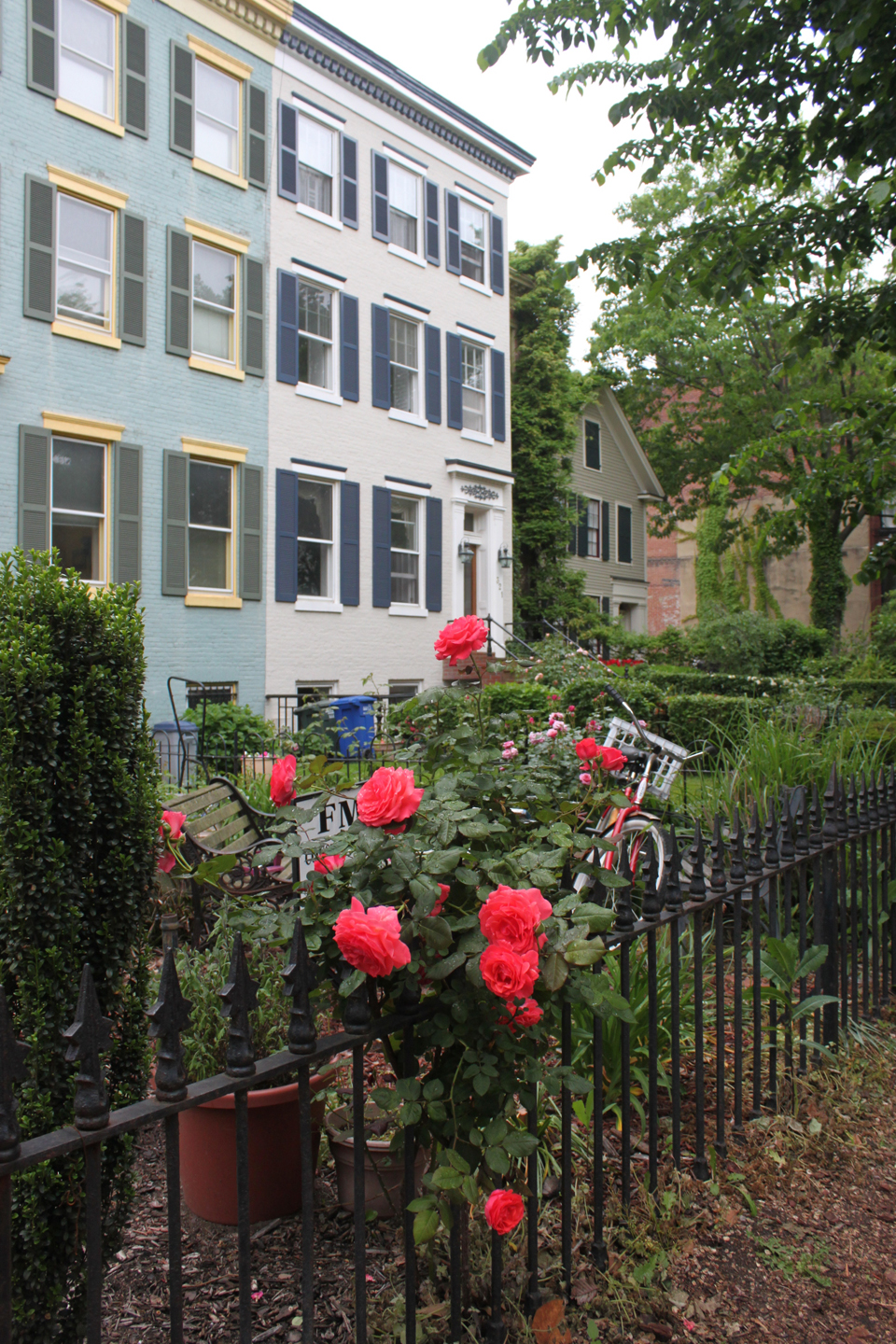










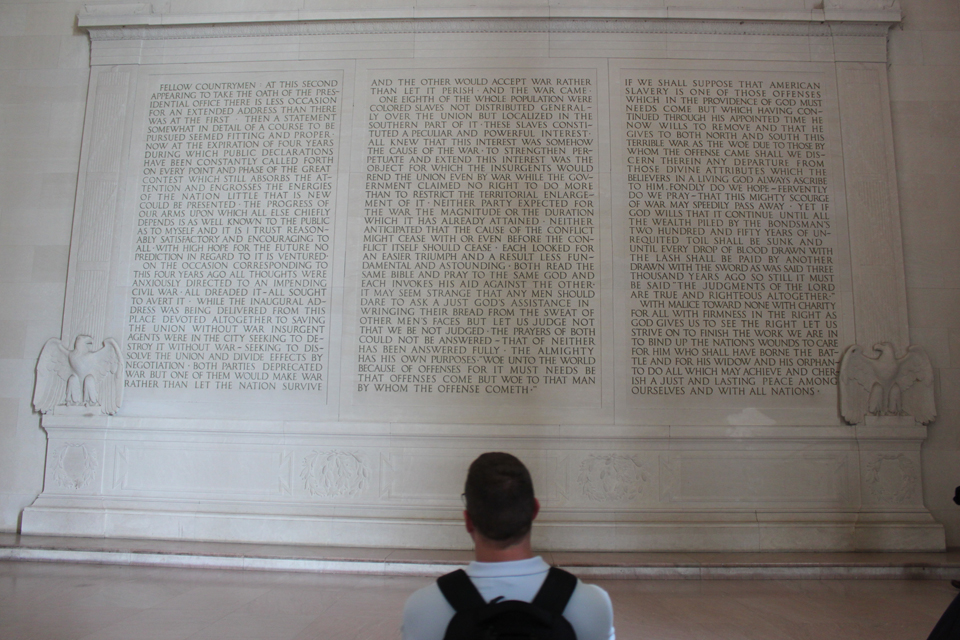
















June 2013.



























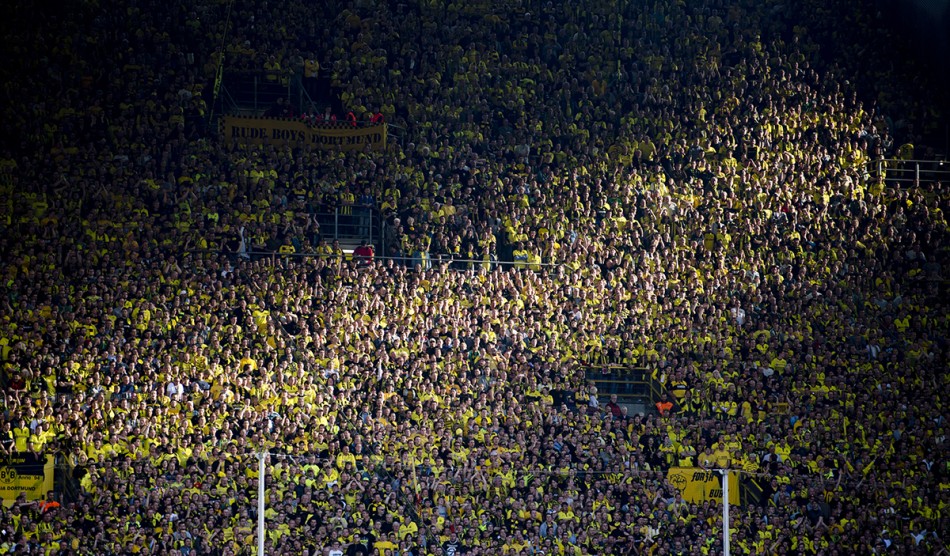
As you will not need reminding, next week’s Champions League final between Bayern Munich and Borussia Dortmund will be the first such game to involve two teams from Germany. The emphatic nature of both clubs’ semi-final victories has caused the media to focus on the fact, although it is already the fourth time teams from a single country have disputed the final of Europe’s most prestigious cup competition. Spain, Italy and England had each achieved the same distinction prior to this weekend’s upcoming Battle of the Bundesliga. In 2000 Real Madrid beat Valencia in Paris, in 2003 Milan overcame Juventus in Manchester and in 2008 Manchester United defeated Chelsea in Moscow. On each previous occasion the league in question had truly dominated that year’s competition: La Liga, Serie A and Premier League provided three semi-finalists in ’00, ’03 and ’08 respectively, making a one-country final almost inevitable. (The “foreign” fourth semi-finalist was made to seem like an interloper who had stumbled into a domestic cup competition, determined to break the monopoly but destined to fail.)
A less well known fact is that Bayern Munich and Borussia Dortmund were also the first clubs from the same country to meet at any stage of the European Cup back in 1998, the first season UEFA allocated a place in the Champions League draw for domestic league runners-up as well as champions.* For many, at the time the new ruling seemed a perverse distortion of the European Champions’ Cup’s original ideals, although such an occurrence had long been common-place in the UEFA Cup (now known as the Europa League), into which Europe’s top leagues have traditionally been granted several entrants. The final of that competition has been disputed by teams from a single country on nine separate occasions.
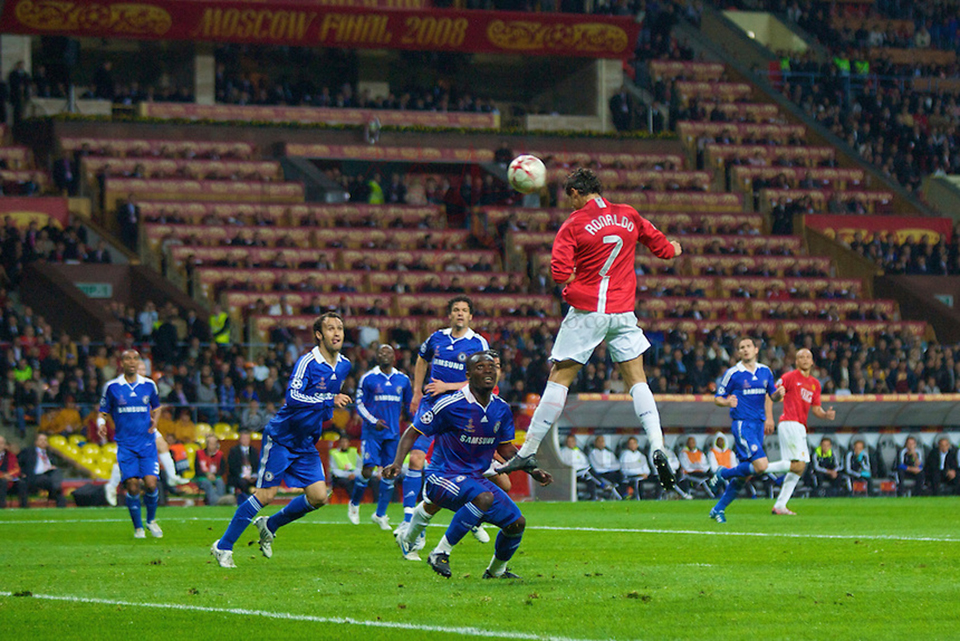
Manchester United’s Cristiano Ronaldo opens the scoring with a free header against Chelsea in the 2008 Champions League Final in Moscow. United were victorious in a penalty shoot-out (in which the Portuguese winger missed).
In the modern-day Champions League, if a country still has more than one representative involved come April, commentators are invariably led to conclude that it signifies that league’s current overall strength, often resorting to militaristically-charged terms like “shift of power” or “changing of the guard”. On the surface, a one-country final does provide a good advertisement for that domestic league, but in Spain and Germany in particular, the gap between the top two clubs and those directly below them has probably never been wider.
There are also other, less immediately apparent aspects surrounding this change in the competition that are rarely discussed. I have always been confused by those that choose to root for a club in European competition based on the country whose league it represents. This feeling however does not extend to those involved: players or fans on the losing side at Wembley will certainly not be consoled by the fact that the trophy has been won by a German club besides their own. Historically, club football has never had anything to do with national identity, but everything to do with regional or even hyper-local pride. Yet more recently, the increasingly international fan-bases of Europe’s top clubs have further diluted what traces of national identity were there to begin with. Football may have always been a global game, but today kids on Fifth Avenue are just as likely to be wearing Messi shirts as those on La Rambla.
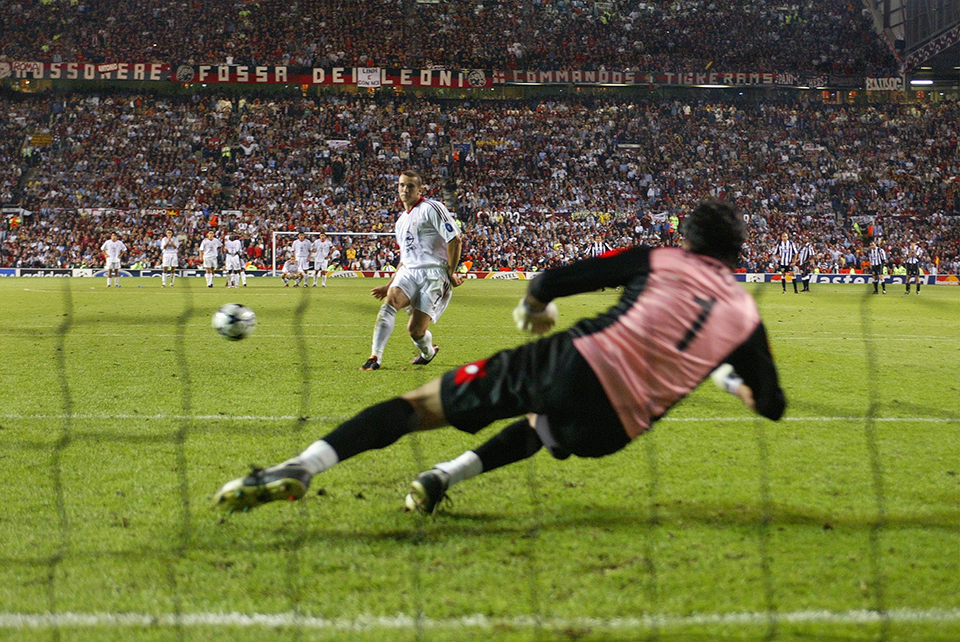
Andriy Shevchenko sends Juventus goalie Gigi Buffon the wrong way to seal Milan’s victory on penalties in the 2003 Champions League Final at Old Trafford.
By definition, national team football is bound by political borders: for a tournament such as the World Cup, each coach has only the best players from his team’s country available for selection. In club competition there are no such confines in assembling a squad — any limitations are purely financial. Consequently the European Cup is a parade of wealth in the form of global talent dispersed across the continent. For these reasons it has always been synonymous with a certain glamour and sophistication. When two teams meet in the Champions League we are taken on a vicarious return trip across Europe, a mid-week city break amidst cafes and bars, even if we only get to see the inside of a football stadium. Whether it’s the passion of a mid-sized industrial town or the grandeur of an elegant capital, over the course of two legs the tie becomes a cultural, linguistic and tactical exchange that extends to fans, players and those watching on TV.
Though it does not detract from their achievement, this element is essentially lost when two teams from the same country meet in the final of the competition. What is conceived as a showpiece for European football instead reverts to a particularly intense version of an already fiercely contested local derby. This factor undoubtedly provides an added dimension, due to a supposed mutual dislike and over-familiarity. Yet today’s top European clubs are equally accustomed to facing foreign opposition as they are any domestic opponent, by virtue of the simple fact that they compete in European competition almost as frequently. The expansion of the Champions League has allowed the continent’s most successful sides to forge pan-European rivalries akin to those between domestic adversaries. Though the format might differ, for Europe’s elite the tournament has now become a second league (just as it was conceived), and is consequently treated as such. What results is a competition in which nationality and borders are essentially meaningless.
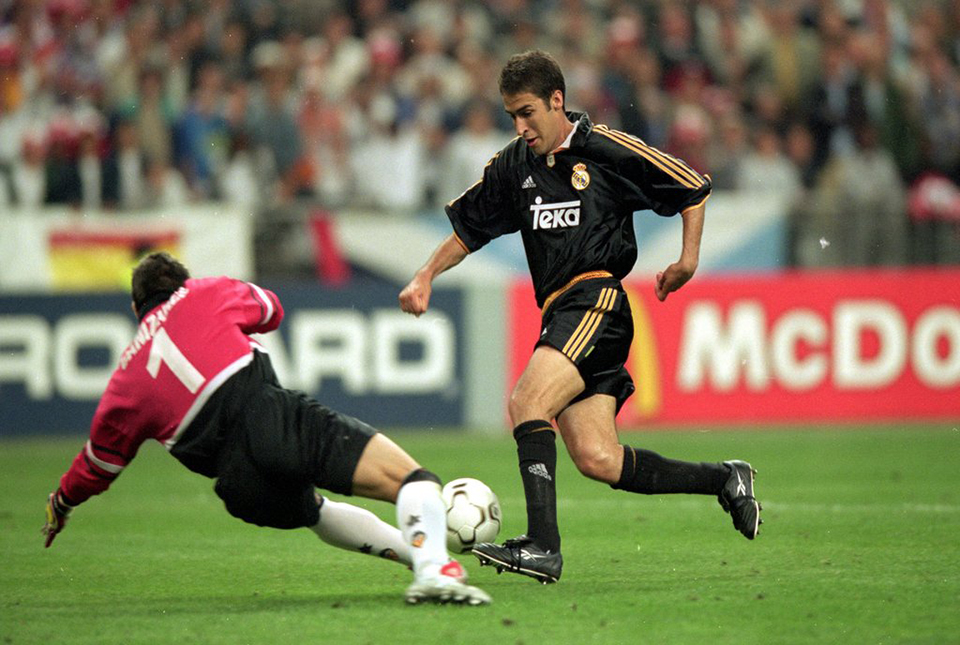
Real Madrid’s Raul rounds Valencia goalkeeper Santiago Canizares to score his side’s third goal in the 2000 Champions League Final, the first such game to feature two clubs from the same country.
The same applies to fans, now just as likely to follow games elsewhere in Europe as they are those taking place in their own country. As a brand the Champions League has become the most successful football competition in the world, but those watching have been spoiled. This season’s competition alone saw several clashes between some of the giants of the European game even before the semi-final stage – Milan-Barcelona, Manchester United-Real Madrid, Juventus-Bayern Munich –- all heavyweight showdowns that would have once been savored for a potential final. Besides a scheme to increase corporate revenue, the nature of the modern Champions League is highly indicative of our society’s more-is-more attitude and insatiable demand for instant gratification.
In the old European Cup, less fashionable clubs frequently reached the latter stages, such was the slim structure of the tournament. But it’s hard to imagine Steaua Bucharest or Red Star Belgrade lifting the trophy again any time soon. The last team outside England, Spain or Italy to win the Champions League was Mourinho’s Porto in 2004. (The team they beat, Monaco, currently find themselves stuck in France’s Ligue 2.) This cycle will be broken on Saturday when for the first time in twelve years the trophy will be awarded to a club from Germany. Whether that team hails from Munich or Dortmund is, in the end, irrelevant. What matters to the winner is that they will have been crowned champions of Europe.
*Prior to the 1997-98 season, the possibility of two teams from the same domestic league qualifying would only arise if the team that won the European Cup did not also win their domestic league, resulting in two representatives from that country in the following season’s competition that were, however, deliberately kept apart in the draw.
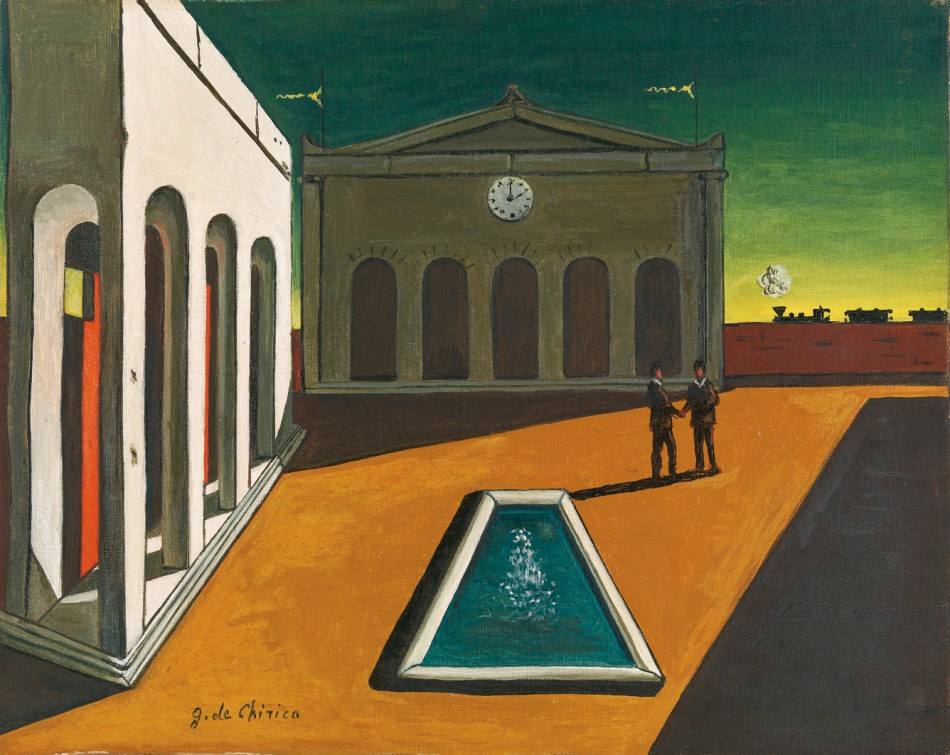
As David Byrne once pointed out, from time to time we’re all inclined to ask ourselves, Well, how did I get here? It’s a universal feeling that strikes the hearts and minds of most adults as soon as they realize that their life is hurtling at a rate beyond their capacity to fathom. Yet as the past begins to stretch away behind me, the easier it becomes to recognize and make sense of the answer. I can pinpoint a moment in my life — a chance meeting with a total stranger over ten years ago — that rapidly sent my life in a certain direction. I can state with some confidence that the ensuing years would have been quite different had this apparently innocuous event never taken place. The funniest part is I wasn’t even there.
The unlikely setting for this encounter was Pisa Airport, officially named Aeroporto Galileo Galilei, where my parents were waiting to catch a return flight home having just spent a long weekend in Florence. If you’ve ever traveled from Pisa you’ll be aware that there’s not a lot to do there besides down an espresso or two and wait to board your plane. My parents were doing precisely that when my father happened to notice a young man across the departure lounge, for the sole reason that he was wearing a Juventus tracksuit. Dad kept his eye on him from afar, and soon discovered he was on the same flight. Though he didn’t recognize his fellow passenger as a player for the bianconeri, he wasn’t about to rule it out either. In any case he presumed he must have something to do with the famous Turin club to be dressed that way. The man in the tracksuit was traveling with another man of similar age. A teammate? A journalist? An agent? My dad usually needs little incentive to strike up a conversation with a stranger, and now his curiosity had been suitably piqued he proceeded to do just that.
Much to my father’s surprise (and perhaps disappointment), the young man did not play football professionally for Juventus, nor did he have anything to do with the club. He wasn’t even Italian. His name was Jamie and he was a former footballer from Wales who had been forced to give up the game because of injury. Now he and his plain-clothed partner, Lee, ran a football academy that offered custom soccer tours to fans and amateur youth teams. They were returning from a visit to Italy where they’d met with former Juventus striker and club director Roberto Bettega. That explained the tracksuit.
This sparked a chat about Italian football, which is when my dad happened to mention me. Evidently intrigued by my apparent interest in calcio and Italy, Jamie gave handed my dad his card and told him to tell me to get in touch. I’d graduated the previous summer and was living back at home without a job or much clue as to how to go about getting one. After hearing Dad’s story I didn’t need much prompting to pick up the phone and rang Jamie’s number. Quite what the purpose of the call would be I didn’t yet know, but the conversation quickly took on momentum when Jamie explained that he might be able to offer me some work in Italy.
A couple of weeks later Jamie and Lee came to visit me at home to fill me in on their project and discuss the idea further. They explained that they had people working for them in Milan and Rome, but their agent in Florence had little time to devote to the project now that she was raising a young family. The pair suggested I go to Florence to help her out, with a view to eventually taking over the operation throughout Tuscany. Having studied in Italy I’d been itching to move back ever since; now I had an excuse in the form of a real opportunity. I could hardly believe my luck that after months of boredom and frustration I was now being handed the possibility of a football-related job in the country I loved.
There was no game plan. Nor had there been any mention of money. Jamie had essentially done little more than ask me to go to Italy and introduce myself to his agent in Florence. Precisely what would happen after that nobody seemed to know, but with appealing alternatives not forthcoming I went along with the idea. Though completely aware that the whole thing could very possibly turn out to be a big waste of time, that wasn’t enough to deter me from finding out.
* * *
Less than two months later I found myself living in semi-rural Tuscany as the semi-permanent guest of a family-friend. When I wasn’t giving ad hoc art history lectures at the local high school or hanging out with the ragazzi at the bar in town, I was attempting to find a real job and a real apartment in Florence, and arrange a meeting with this mysterious agent of Jamie’s. Incidentally she was also Welsh, and her name was Rachel. What seemed a fairly straightforward task proved more complicated than expected, my elusive contact repeatedly postponing our plans for increasingly bizarre reasons. On one occasion she failed to show up at all, later sending me a text with the following as explanation: “I was in my Buddhism class and we were doing our chant.”
Eventually Rachel and I did meet. She came across as a fairly bubbly character, although I sensed an edgier side to her. How she’d ended up working for Jamie I wasn’t sure, but I don’t think it had anything to do with an overwhelming passion for the beautiful game. She seemed wholly disinterested in talking about the job, clearly preferring other topics such as how her husband had written a book about the life of Masaccio and was now in talks with RAI over the film rights.
Though I wasn’t learning much about Jamie’s football academy, Rachel was happy to help me out with other pressing issues in my life, such as accommodation. On one of our first meetings she took me to the American Church of St. James in Via Rucellai. She told me it was something of a hub for Florence’s ex-patriot community (I later found out that it was also where David Bowie married the supermodel Iman). Near the entrance was a small notice board with a smattering of handwritten notes left by people looking for work or roommates. Rachel suggested I leave one myself since I was looking for both. I remember thinking that it seemed a pointless thing to do, that no-one would see it, let alone respond. But Rachel was right. I needed a job and somewhere to live, and the sooner both happened the better. Later, over coffee at Caffé Giacosa, Rachel mentioned she had a friend who was looking to rent out a room in her spacious apartment in the affluent Campo di Marte neighbourhood. Not keen on the idea of sharing a flat with a bunch of students oltrarno I told her to put us in touch. A couple of weeks later I moved in with Rachel’s friend, a divorced doctor named Olivia.
Not two weeks had passed since I’d left small-town Tuscany behind that I received an email from an American student named Jessica. She’d seen my ad at the American church and wondered if I was still looking for roommates. I was amazed that someone had actually read my little handwritten note, and replied explaining that though I’d already resolved my living situation we should meet anyway. Jessica was working at the Biblioteca Nazionale, and the following Sunday afternoon invited me to a screening of Dali’s Un Chien Andalou. I sat through the film waiting for the infamous eyeball scene, all the while looking for my new acquaintance, who’d promised to be wearing a chartreuse sweater. We eventually spotted each other after the film, and after the inevitable exchange about what exactly constitutes “chartreuse” was out of the way) we took a short walk along Via Verdi where we ended up at a café called Riff Raff (I felt this was appropriate since clearly we weren’t). Jessica was not your typical Italian-American: quick-witted, funny and fascinated by the art world, she was a million miles from the provincial types with whom I’d spent the last six months routinely sipping coffee. For instance, during our first meeting she revealed that she slept on a Morrissey pillowcase. After some more correspondence I learned she signed her emails by turns “Jessicroix” and, most intriguingly, “The Director” (a reference that has never been explained to me).
The next time I saw Jessica was a week or two later in her part of town (a ten minute walk away), at a bar called Sant’Ambrogio. She was with her friend Kaitlin, a fashion student from California, who introduced herself however as “a semi-retired contortionist.” Several cocktails later we went back to Kaitlin’s place on Via dei Pilastri, a surprisingly spacious apartment filled with her own artwork, mannequins and various objets. Evidently an appropriate intake of Jose Cuervo was all our wiry host needed to come out of semi-retirement, and we were treated to an impromptu performance. Through the semi-darkness I was able to identify Kaitlin’s legs, which seemed to point in directions that defied anatomical logic. (I grew to discover that shows like this were exceedingly rare, but Kaitlin casually demonstrated her extraordinary flexibility in more mundane circumstances everyday.)
Jessica and I saw each other a few more times, but her period in Florence was drawing to an end. That September she was to embark on a masters degree in museum studies in New York. On her last evening we went to see the Botticelli exhibition at Palazzo Strozzi, and when we parted I became sad suddenly. Jessica had been my first new friend after moving to Florence but now, barely a month after we’d first met, she was gone. Such is the transient nature of international twenty-something relationships.
As for Rachel and the supposed football job, things hadn’t worked out quite as any of us had expected. Jamie and Lee did bring a small group of clients over that spring, a trip that I organized almost single-handedly. I booked their hotel in Florence, scored free tickets to a Serie A match between Empoli and Inter, and even arranged for a private visit to the Museo del Calcio at the Italian FA’s headquarters in Coverciano. Once the group had arrived in Italy I was quickly called upon to act as both guide and interpreter. While the trip was a success, similar occasions never materialized, and I slowly let my involvement in the project fizzle out. I now had a steady teaching gig and was also in the middle of writing a portion of a travel book about Tuscany.
Meanwhile Jamie no longer showed the same enthusiasm he had a year earlier. The previous September he’d flown with Lee and their families to Milan for a Euro 2004 qualifying match between Italy and Wales. After the game Jamie’s brother was crossing the street when a car struck and killed him. That spring Rachel had gone back suddenly to Wales, apparently to attend to some kind of family crisis of her own. My attempts to get in touch proved futile, and I never saw her again. Yet in a handful of short encounters she had — though quite unwittingly and unbeknownst to her — changed my life.
* * *
Kaitlin and I continued to see a lot of each other despite the departure of our mutual friend, and over the next two years she became one of my dearest and most loyal pals in Florence. For someone so outwardly eccentric, she was extremely organized and very responsible. She was an early riser and never stayed out too late, and her ability to always show up on time certainly made a nice change (this is Italy, remember). Even when I made an effort to be early I’d find here there waiting for me! Our meetings invariably involved an aperitivo, dinner, a movie at her place, or some combination of all three. Sometimes we’d go down a tiny side street around the corner to listen to live jazz at a dark and smoky subterranean boite, the imaginatively named “Jazz Club”.
A little over two years after I’d moved in with her, Olivia casually announced one morning that she was selling her apartment. Despite her suggestions to the contrary there seemed no possibility of me joining them in their new place. Not only was it further away from town, it would also be significantly smaller. While relieved to be moving out (domestic life had become strained) I’d been given very short notice to find somewhere new. When I relayed this development to Kaitlin she immediately suggested I move in with her. She was about to spend the next four weeks in Barcelona, leaving vacant her studio on Via della Pergola (where she’d moved the year before). That would buy me a little bit of time to find a place of my own. Yet again the timing had proven perfect, and I instantly took her up on her offer.
Though the two apartments were separated by just a ten-minute walk down Borgo Pinti, they may as well have been different worlds. Overnight, my freedom had been restored. I had regained control of both my schedule and lifestyle, and I found the novelty rejuvenating. When Kaitlin returned from Spain she didn’t kick me out. Instead she patiently tolerated my boxes of clutter and even gave up half of her bed. I was hugely thankful to her but was aware the situation could not continue forever, and I began house hunting with greater urgency.
One Sunday night, following a disappointing weekend of several fruitless visits to apartment prospects, I was feeling frustrated and decided to go for a short walk (we were also out of milk). In the hall I ran into a student stacking large boxes into a pile by the front door. Evidently she was moving out. When I asked where she had been living she gestured upstairs to the first floor, and told me that the landlady there now if I wanted to take a look. I hopped up the staircase and knocked on the open door. “Permesso?” I entered a large kitchen and dining area, where I was greeted by a woman in her late-thirties named Paola. She confirmed that the apartment was now vacant, before giving me a rudimentary tour. The place was beautiful, with high ceilings and old stone floors. It also had four bedrooms, which I would have to fill were I to afford to live there. Paola briefly explained the terms and the deal was essentially settled there and then. I returned to Kaitlin’s with a fresh carton of milk and a new apartment.
When I told her about what had happened Kaitlin asked to see the place for herself, and didn’t think twice about moving in with me. Her studio was on the ground floor and I think she was tired of living alone. We’d now have to find only two roommates. The city was permanently littered with announcements advertising apartments, which were usually designed with those little tear-off strips containing the relevant contact details. So I set about making my own. Rather than risk having our flyer become lost in the sea of tatty typed documents, I hand-drew the poster myself, describing Kaitlin as a “fashion student/contortionist” and myself as an “English teacher/writer/deejay” (I had recently begun spinning discs at a popular local watering hole). I threw a stack of freshly-printed flyers and two hefty rolls of masking tape into the basket of Kaitlin’s bike and set off, stopping every few feet to tape our ad to every lamppost, phone booth or billboard that I passed.
My supply of posters severely diminished and my hunger mounting, I returned home for lunch. I’d finished eating and was about to ignite the Bialetti when the phone rang. I picked it up and an American woman’s voice spoke to me. “I saw your poster,” she said, before quickly adding that she was interested in seeing the apartment. It worked! I asked her a little about herself. She was studying Italian Literature at the university and currently commuting from Bologna. Previously she’d lived in Barcelona, to which I immediately jumped on the fact that had Kaitlin had too. We arranged for her to come by the following day. I took down her phone number but almost forgot to ask for her name. It was Hillary. I hung up and returned to my coffee, blissfully unaware that I’d just had a first conversation with my future wife.
Hillary arrived as planned the next day and moved in the day after that. Kaitlin and I liked her immediately, and a rudimentary online search of her name (more out of curiosity than a need to background check) produced only one result: a photo of her playing jazz vibes taken in Jamaica. Such evidence was enough to reassure me that I’d made a good decision. After living with Hillary for a few days I grew increasingly happier that she’d walked into my life. Out of the rolling mountains of West Virginia she had already packed in a lifetime of exotic adventures. In addition to her recent experience in Barcelona she’d spent some of her high school years in Seville, and had also lived in Hungary and Cuba. We shared a lot of tastes: she sang opera and knew a lot about music, especially jazz. Most endearing of all was her love of cheese and preference for drinking Campari Soda straight from the bottle. As was perhaps inevitable given our shared quarters, Hillary and I began an accelerated journey towards domestic routine. It began with one making the other coffee, or a bowl of pasta for lunch. Soon we started going to the supermarket together. Then one afternoon, as I stood pressing a shirt, she dumped a stack of her own clothes for me to iron.
I was the happiest I’d been since arriving in Florence; in the space of a couple of months my life had once again changed dramatically, and for the better. We had such fun in our new place that we soon nicknamed the apartment “Il Teatro”, both as a nod to the famous theatre a few doors down and to the Felliniesque scenes of rampant intellectual debauchery to which we aspired to play host. We threw a long overdue housewarming party in October, after which Hillary and I stayed up until dawn. As we finally retired to our separate rooms she gave me precise instructions as to when she wanted to bring her coffee in the morning. She may have been only half-joking, but when she saw me place the tray down next to her bed at the requested hour it must have been a turning point.
* * *
In December Kaitlin left Florence for good to return to Barcelona, leaving Hillary and I on our own with two roommates, neither of which — for one reason or another — were the easiest of people to live with. Thank God we had each other. We retreated into ourselves, and decided to move out in the summer. We ended up moving in with an acquaintance of mine who sold leather jackets on San Lorenzo market (he’d also deejayed with me before). His apartment was on the top floor of an old building in Via Porta Rossa, literally around the corner from Piazza Signoria. Moving out of Il Teatro into the next apartment was not easy. I arrived home in the late afternoon having just got back from Rome, where I’d spent the week giving art history tours to a group of Mexican high school students. Hillary and I then spent the night carrying our belongings on foot to the new place, which was in a building so old its narrow stone staircases had been unevenly worn smooth through centuries of use, making them all the more arduous. When we eventually completed the job around dawn, Hillary immediately cracked open a beer. We then staggered into the nearby bar for breakfast. Catching a glimpse of myself in the pasticceria’s elegant mirror I was horrified: I looked like death warmed up, and began to seriously wonder what the hell I was doing with my life.
Though I still loved Florence, I felt like I’d outgrown it, and my life there was becoming a parody of itself. For as much as I enjoyed drinking Campari or reading la Gazzetta with an espresso I was barely surviving. Meanwhile, in New York, Jessica had completed an internship at the Museum of Modern Art. On a whim, I applied to the same program myself, and towards the end of the summer they called me up. The next thing I knew I was armed with a J-1 visa on a jet bound for JFK.
Somewhere over the Atlantic, as I anxiously pondered what I was in for stateside, I started to look back at where I’d been. For the first time I was able to trace the most significant events of the last few years back to that meeting between my parents and Jamie at Pisa Airport. As an ardent Fiorentina fan, it pained me almost to concede the role that Juventus had played in the proceedings:
If Jamie hadn’t been wearing a Juventus tracksuit my dad wouldn’t have spoken to him.
If my dad hadn’t spoken to Jamie I wouldn’t have gone to Florence and met Rachel.
If I hadn’t met Rachel I wouldn’t have met Jessica or Olivia.
If I hadn’t met Jessica I wouldn’t have met Kaitlin (nor would I have had the idea to apply to MoMA and therefore wouldn’t be on the plane now).
If Olivia hadn’t sold her apartment I wouldn’t have moved in with Kaitlin.
If I hadn’t moved in with Kaitlin I wouldn’t have found the apartment upstairs.
If I hadn’t found the apartment upstairs I wouldn’t have met Hillary.
Not to say that any of those things couldn’t have happened under other circumstances, but both Jessica and Hillary only came into my life because they responded to announcements I’d left in public places. The chances of either of them seeing the ad let alone responding must have been only slightly greater than zero.
While thrilled at the prospect of what awaited me it pained me to leave Florence so quickly, and I felt awful for having abandoned Hillary. Rather than join me in New York she moved to Fort Lauderdale, where she began training for a job in yachting, eventually being placed on a luxury vessel in the Bahamas, aboard which her responsibility was to cater to the whims of millionaires and clean what was already clean. That November, halfway through my MoMA experience, I went down to see her. We spent a memorable weekend in Miami staying in a cheap bed and breakfast in South Beach. I loved the colours and the laid-back vibe, but the uncertainty of our situation hovered over us like a cloud. Both of our lives had changed yet again. We didn’t know if we would stay together, or even when we’d next see each other. Two months later we were married. But that’s another story.
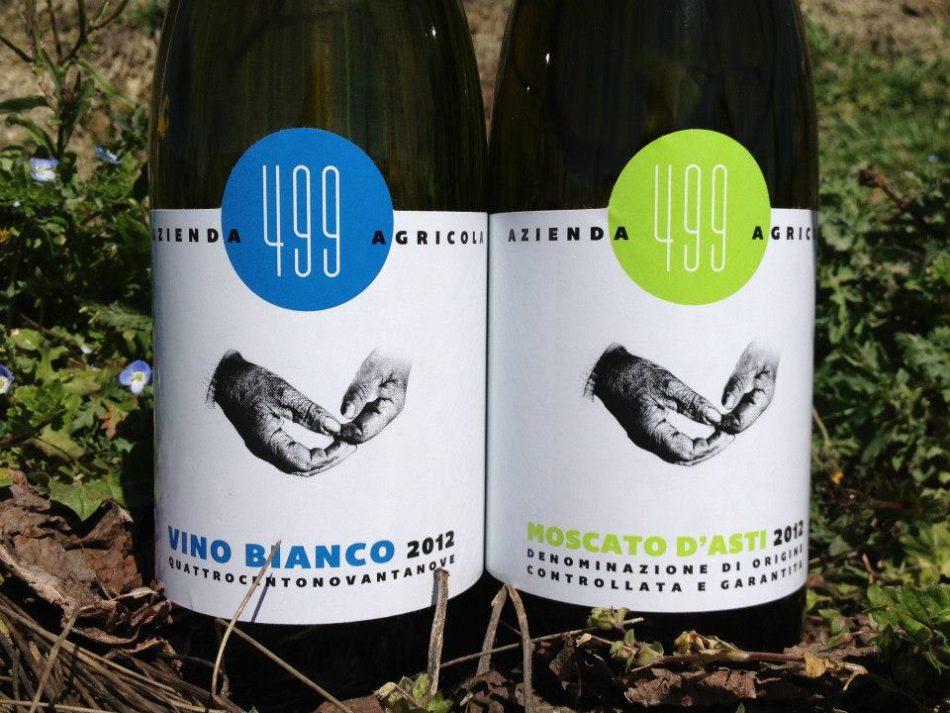
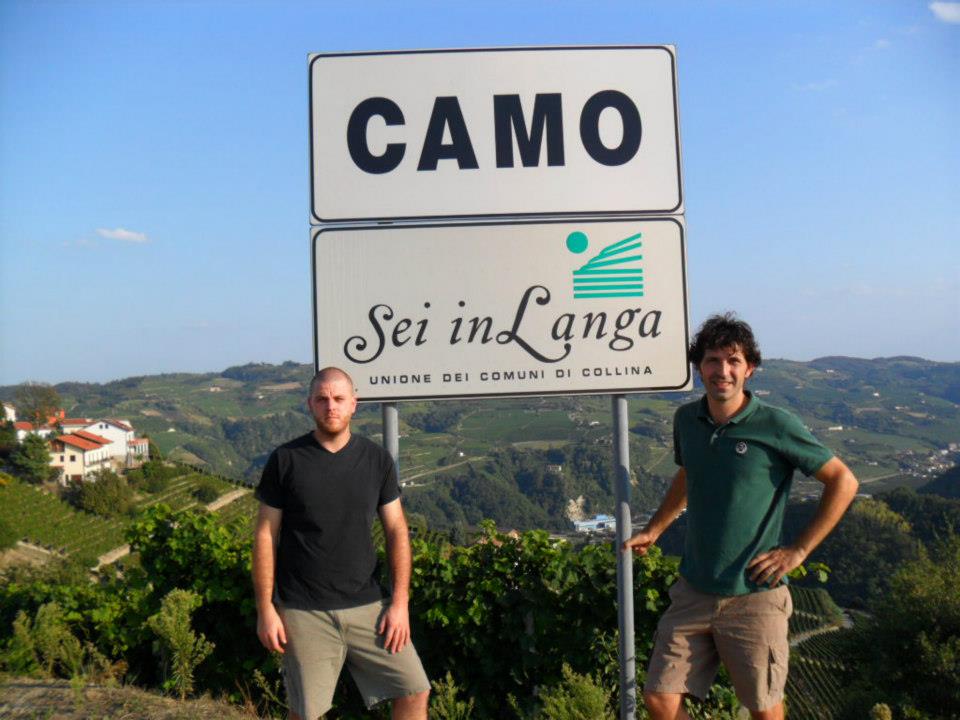
Winemaker Mario Andrion asked me to design a brand and bottle labels for his new winery, Azienda Agricola 499. I’d got to know Mario through my time working for Domenico Valentino, and consequently become a big fan of his wines. In 2010 I had the chance to visit him on the job in Italy, where for several years he has been producing exemplary wines for Castello di Verduno, one of the Langhe region’s top producers of Barolo and Barbaresco. For his new venture Mario teamed up with his friend and vine owner Gabriele Saffirio, on whose 14 acres are cultivated two outstanding indigenous varieties, Moscato and Freisa. Located in the tiny Piemontese hamlet of Camo, the company takes its name from the elevation (499 meters above sea level) of the vineyards.
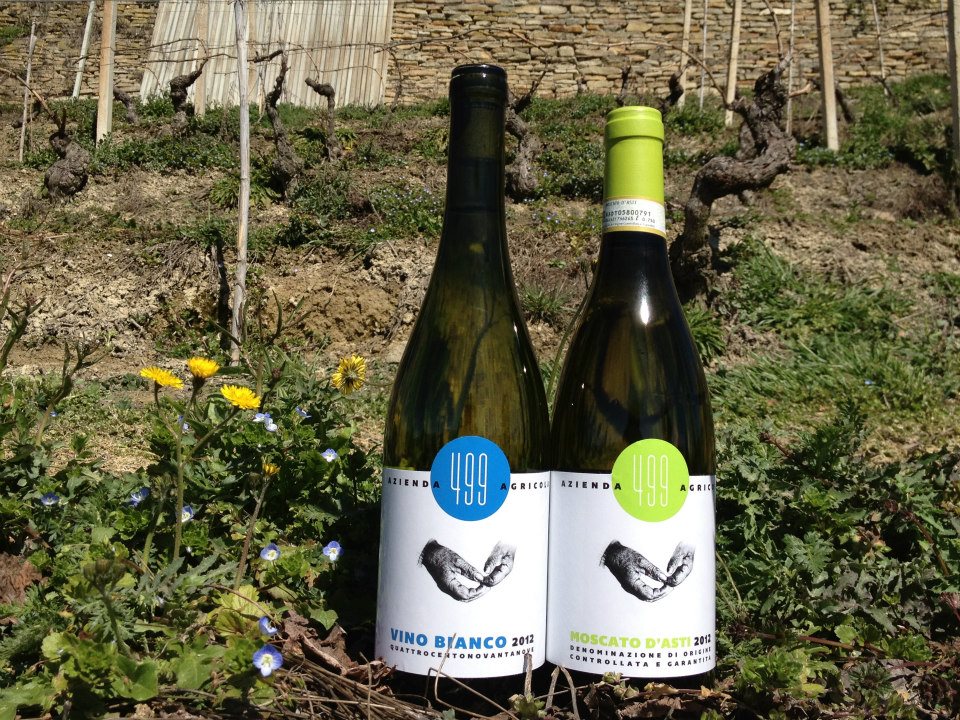
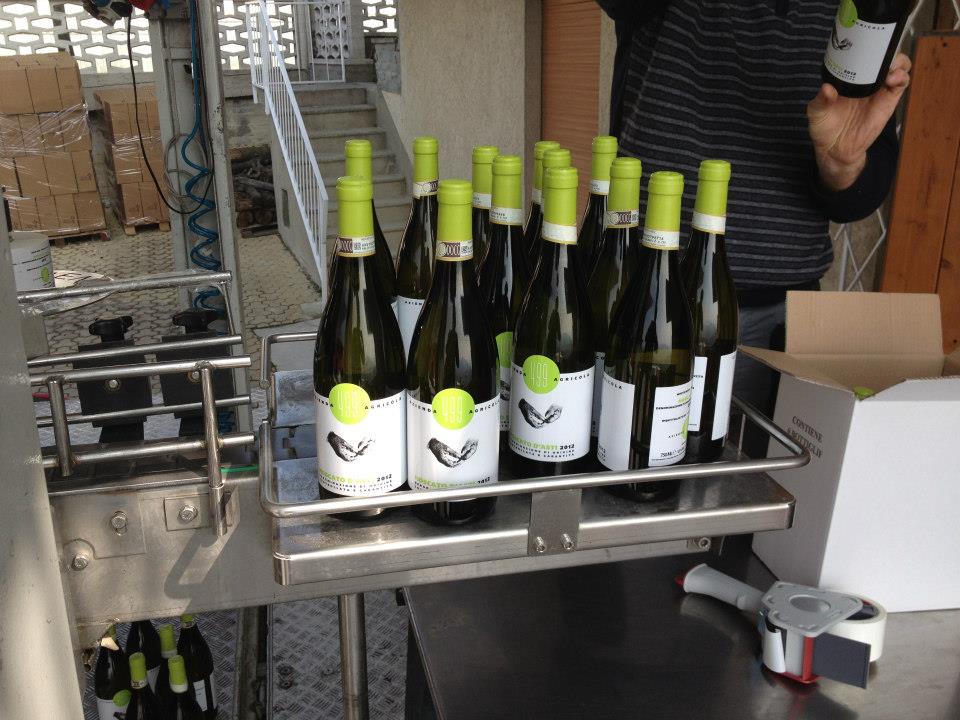
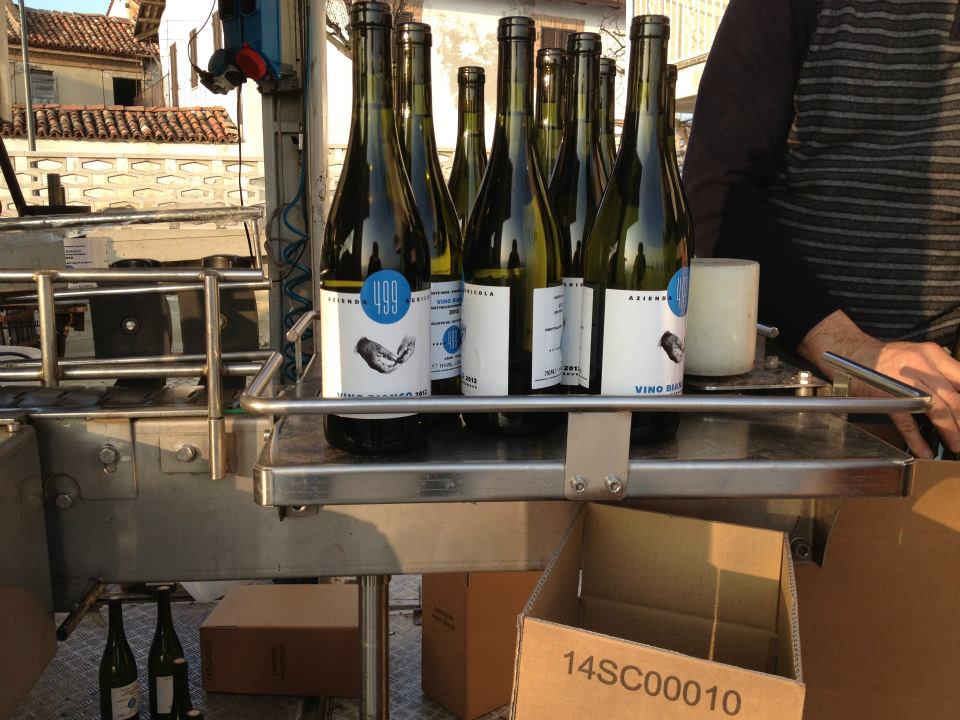
From the outset Mario told me he wanted to use the sketch of an elder winemaker’s seasoned hands, representative of his own belief that great wines come from years of passion and hard work. The image is also a respectful nod to the many men and women who elevated the Langhe out of postwar poverty by working the very same land from which he has been able to forge his own career.
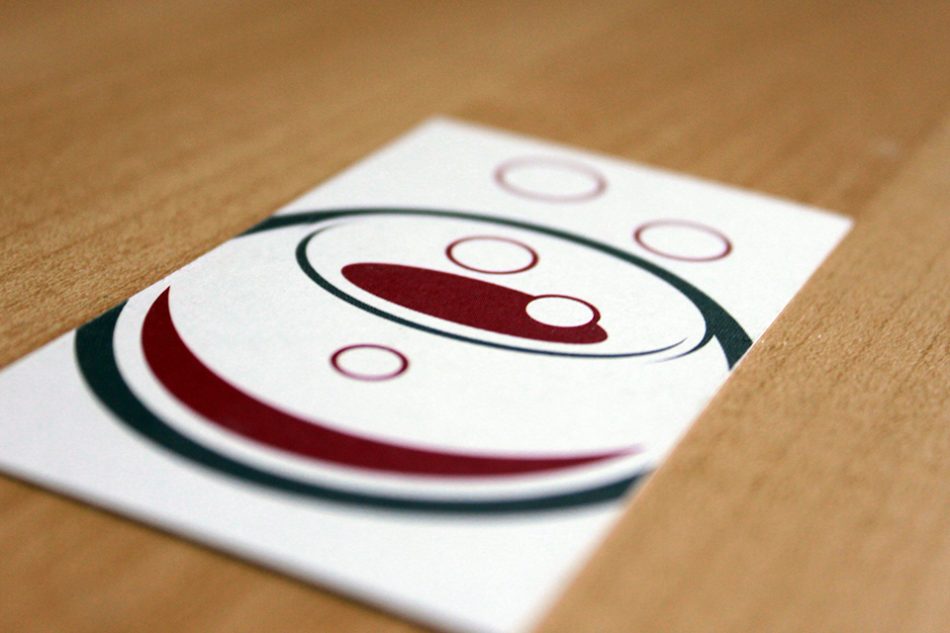

Award-winning producer Nikki Silver and best-selling author Tonya Lewis Lee were both successful women in their own right before deciding to partner to form ToniK Productions in 2012. Theirs is a film production company geared towards the development of original entertainment that is both family-friendly but also tackles the toughest issues faced by contemporary society. Some of ToniK’s most recent success stories include the Netflix series She’s Gotta Have It and the feature-length drama Monster, which premiered at the 2018 Sundance Film Festival and is now also on Netflix… finally!

While the name “ToniK” is a clever portmanteau of its founders’ names, for the company logo Tonya and Nikki were interested in using a more literal interpretation of the word “tonic”. Hence the playful “bubbling cauldron” motif, out from which rise great ideas! Learn more about ToniK’s current projects here.
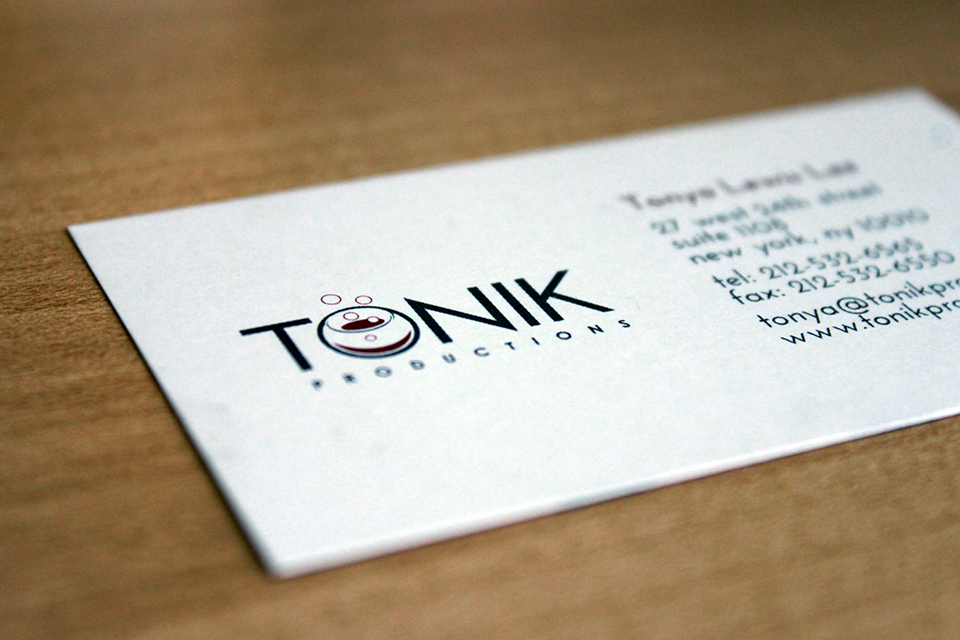
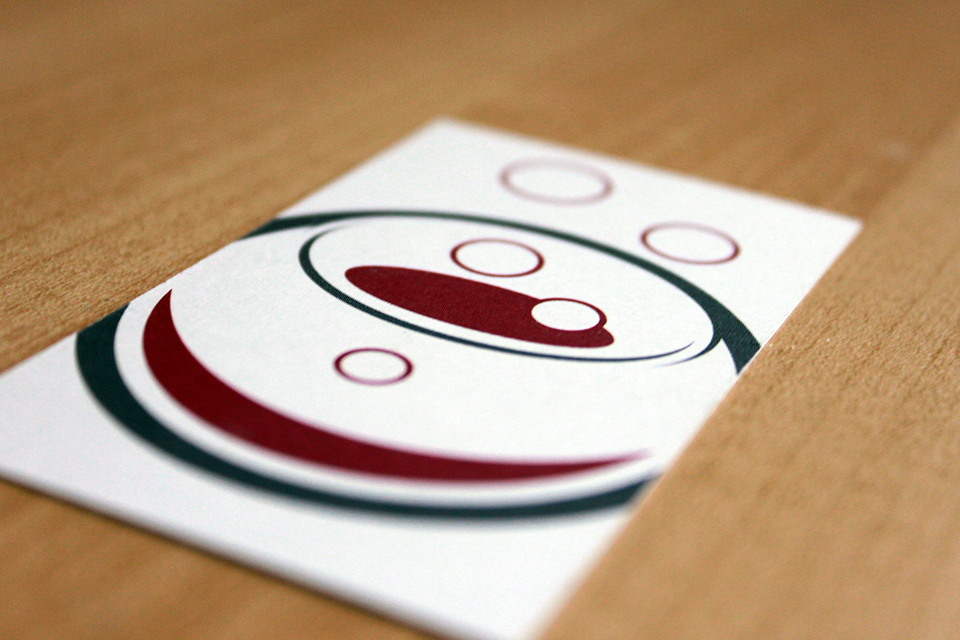


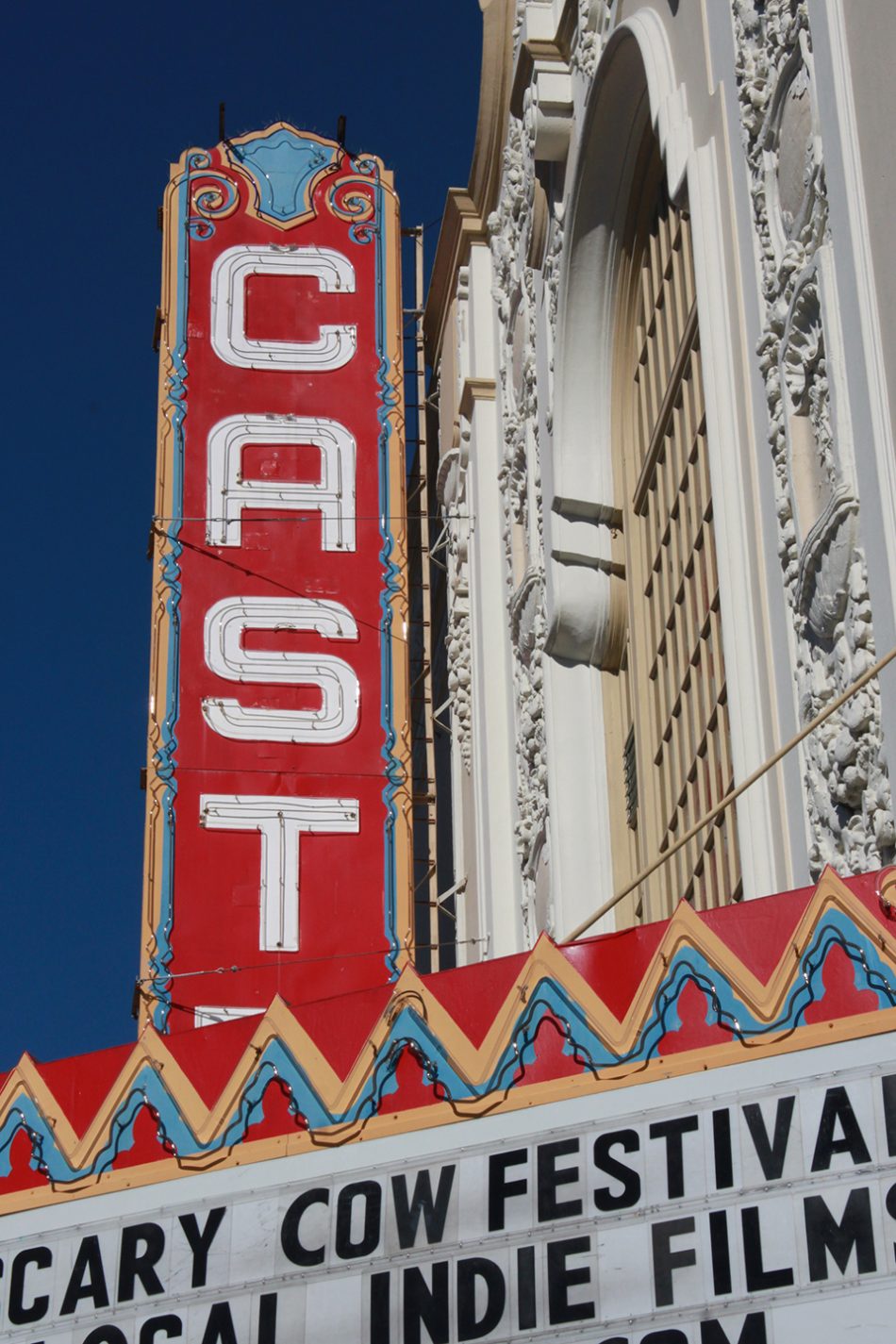
San Francisco, November 2012.
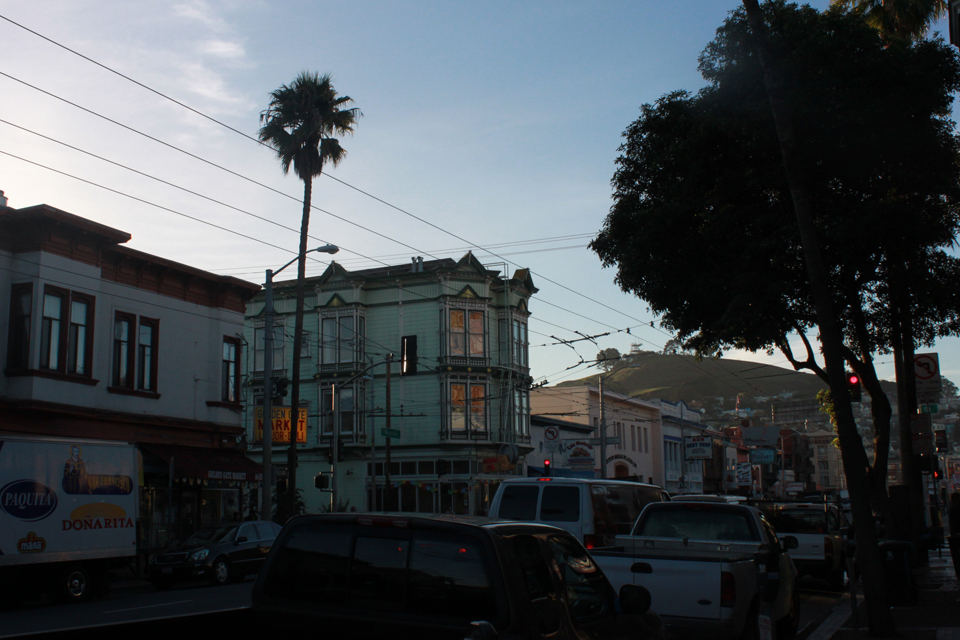
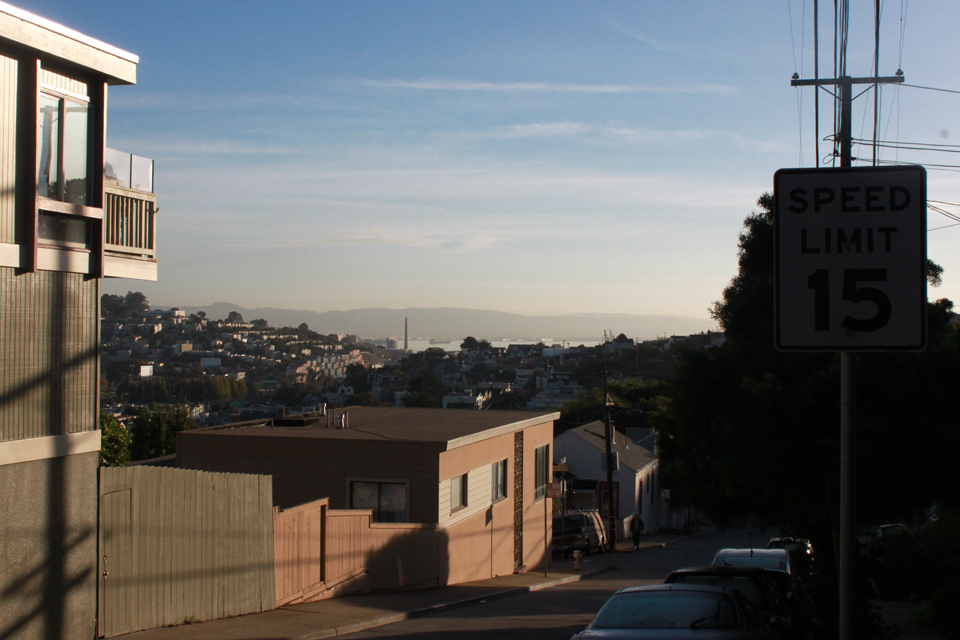

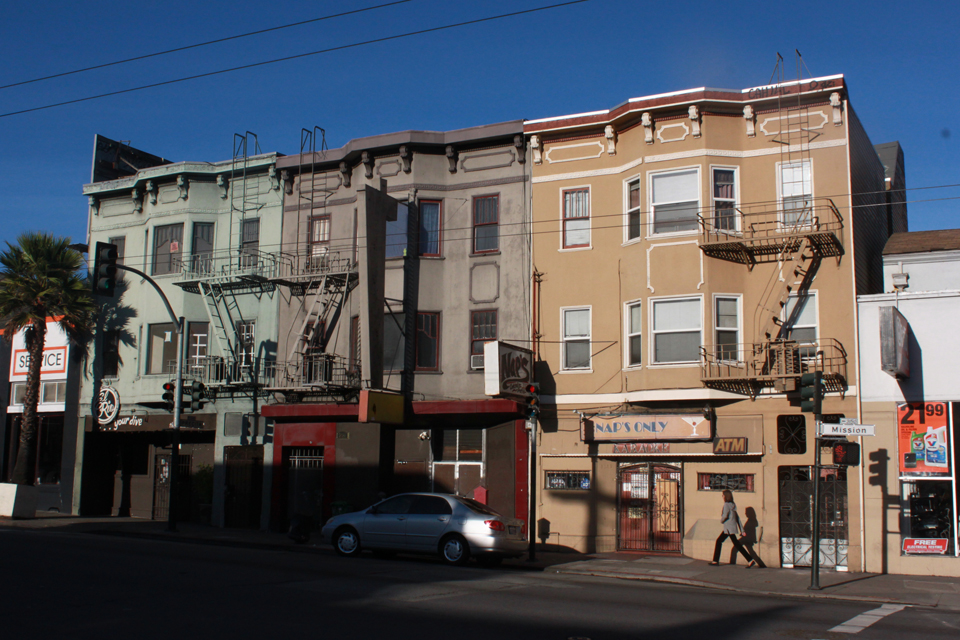

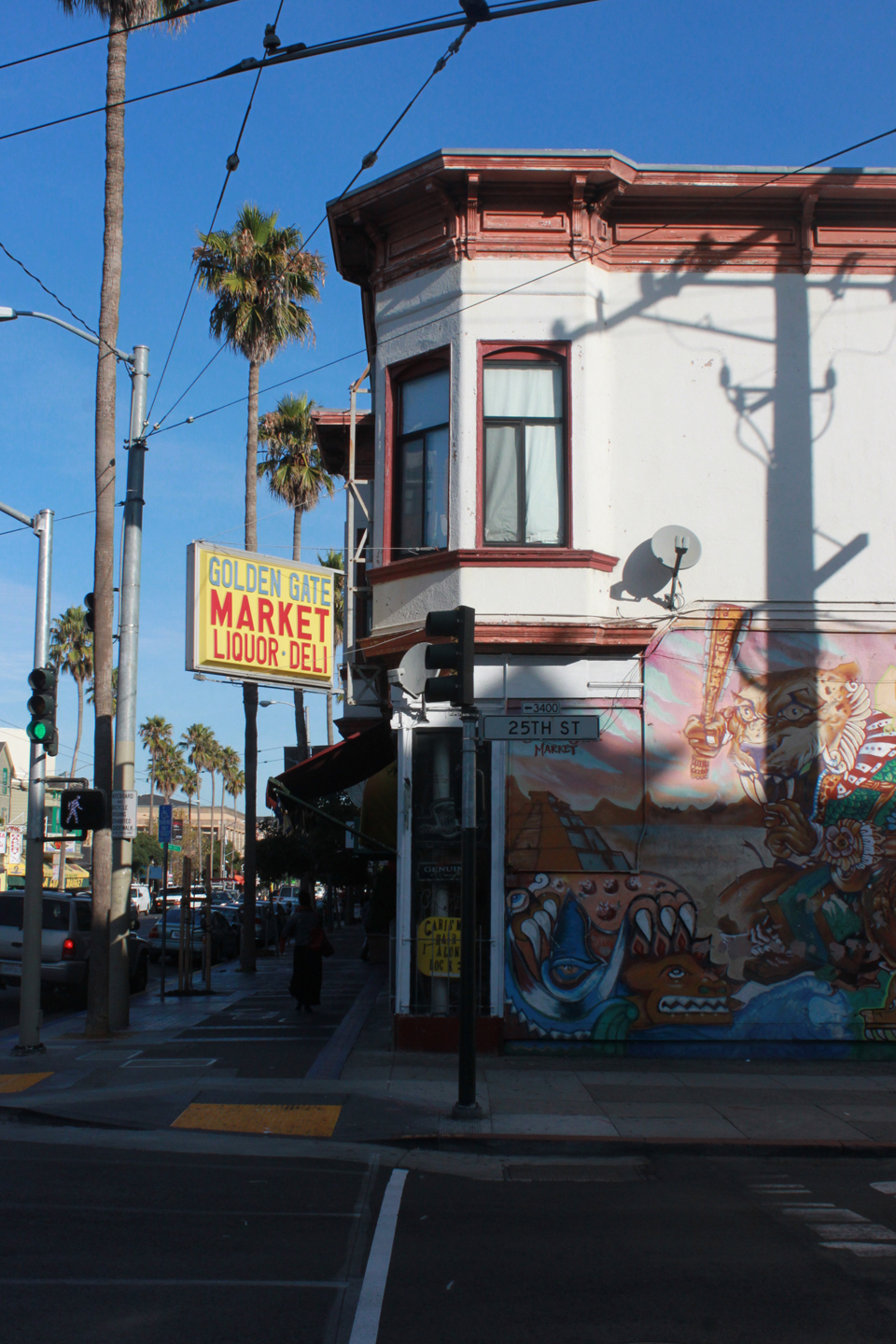
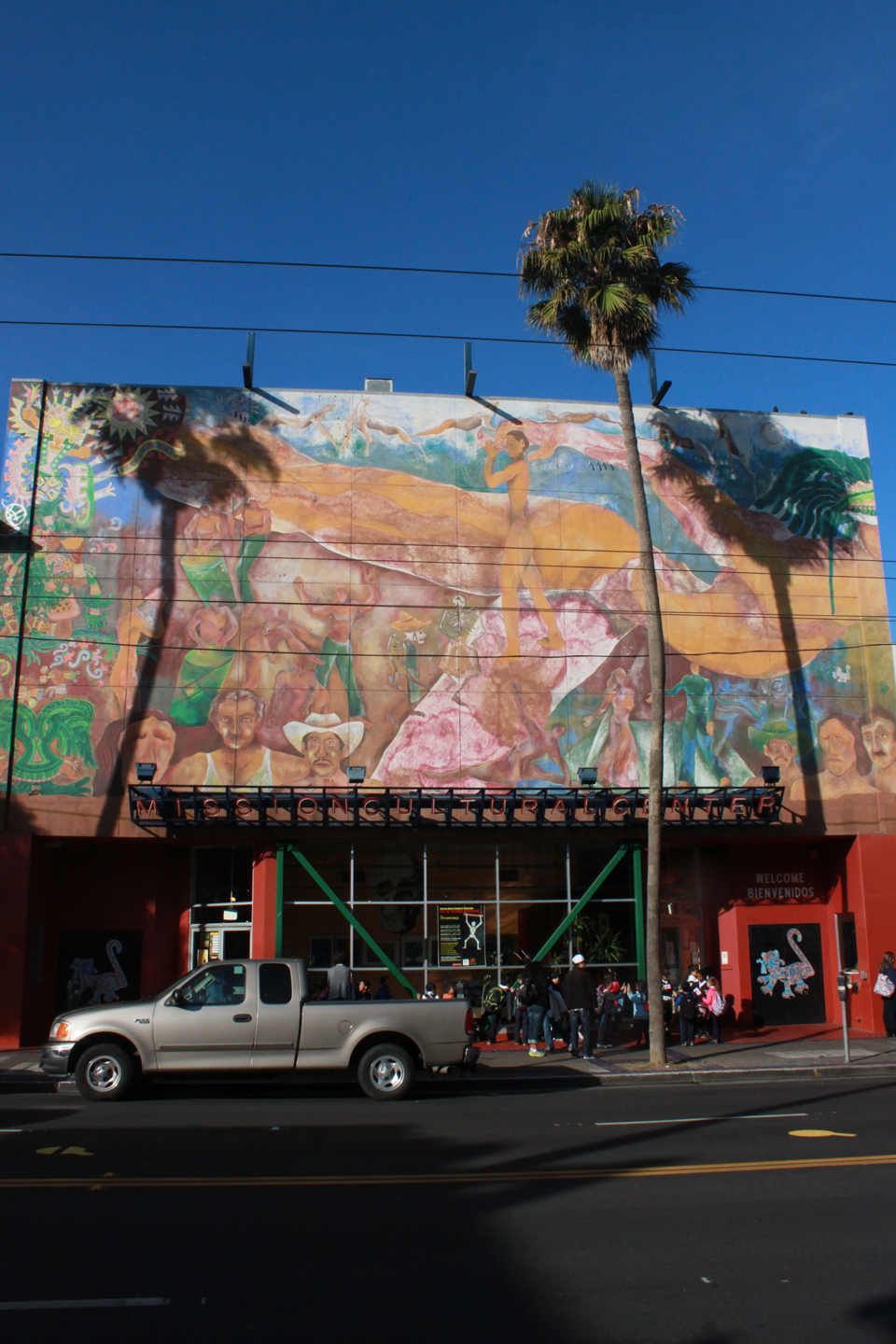
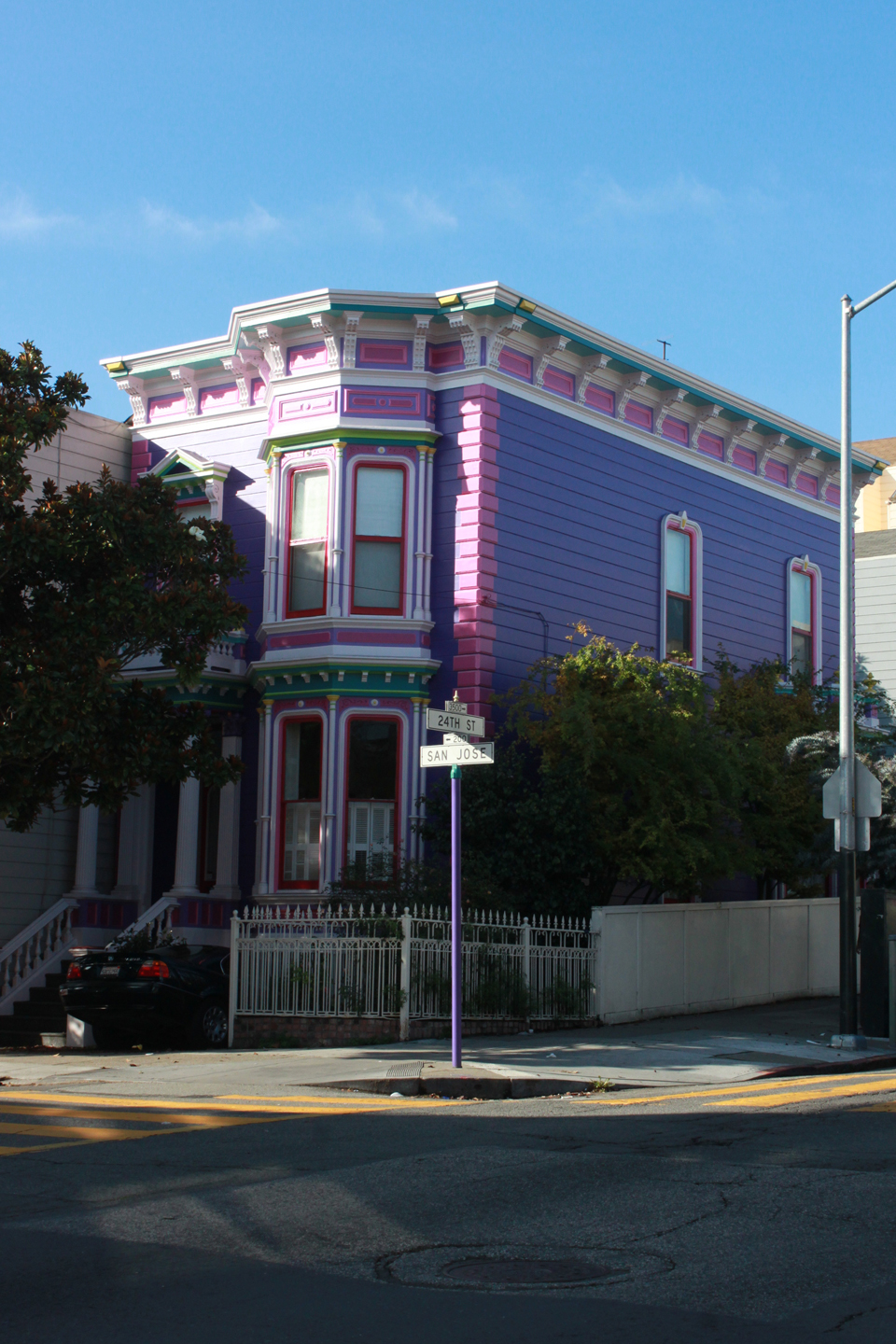
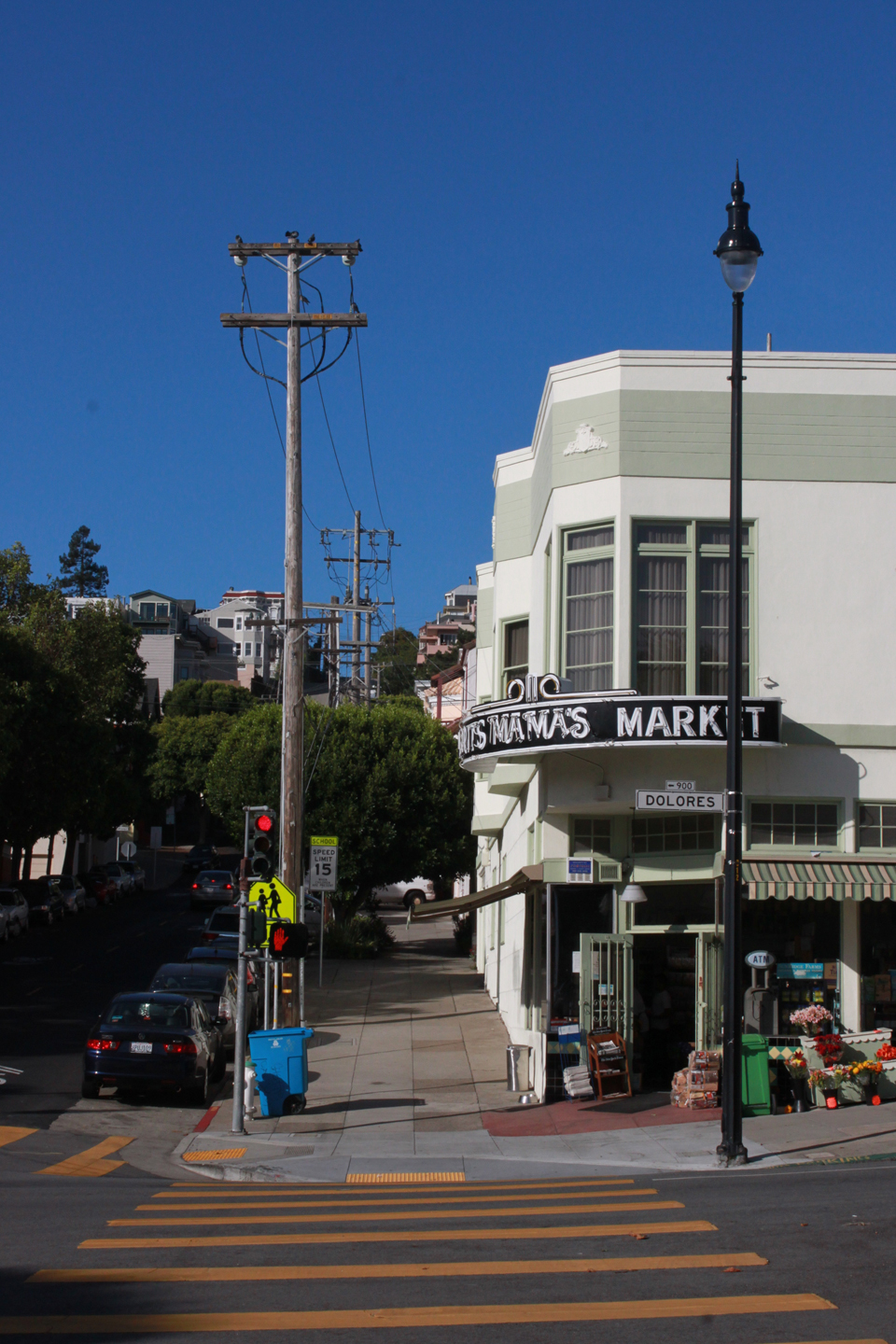
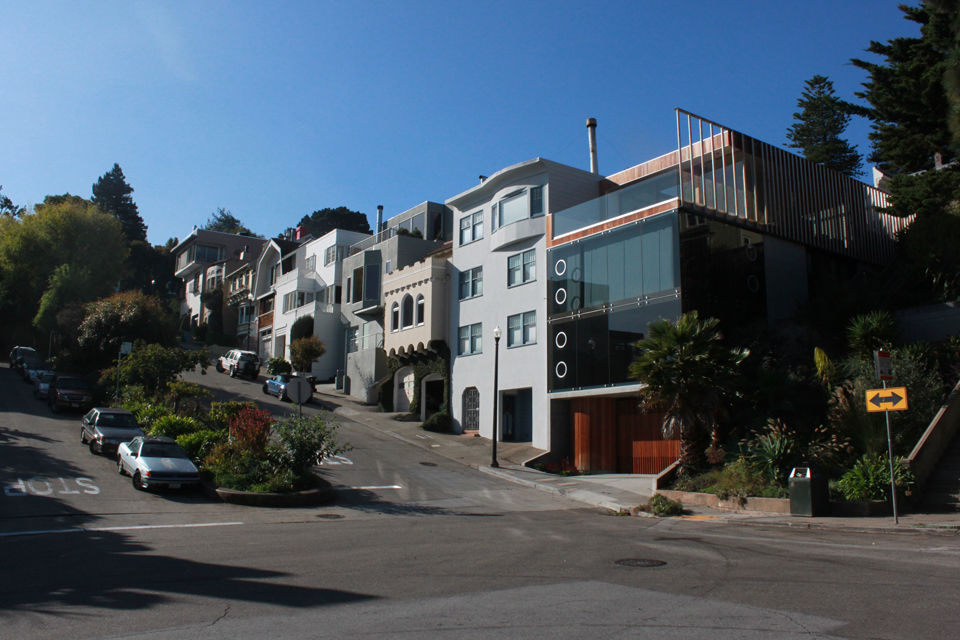
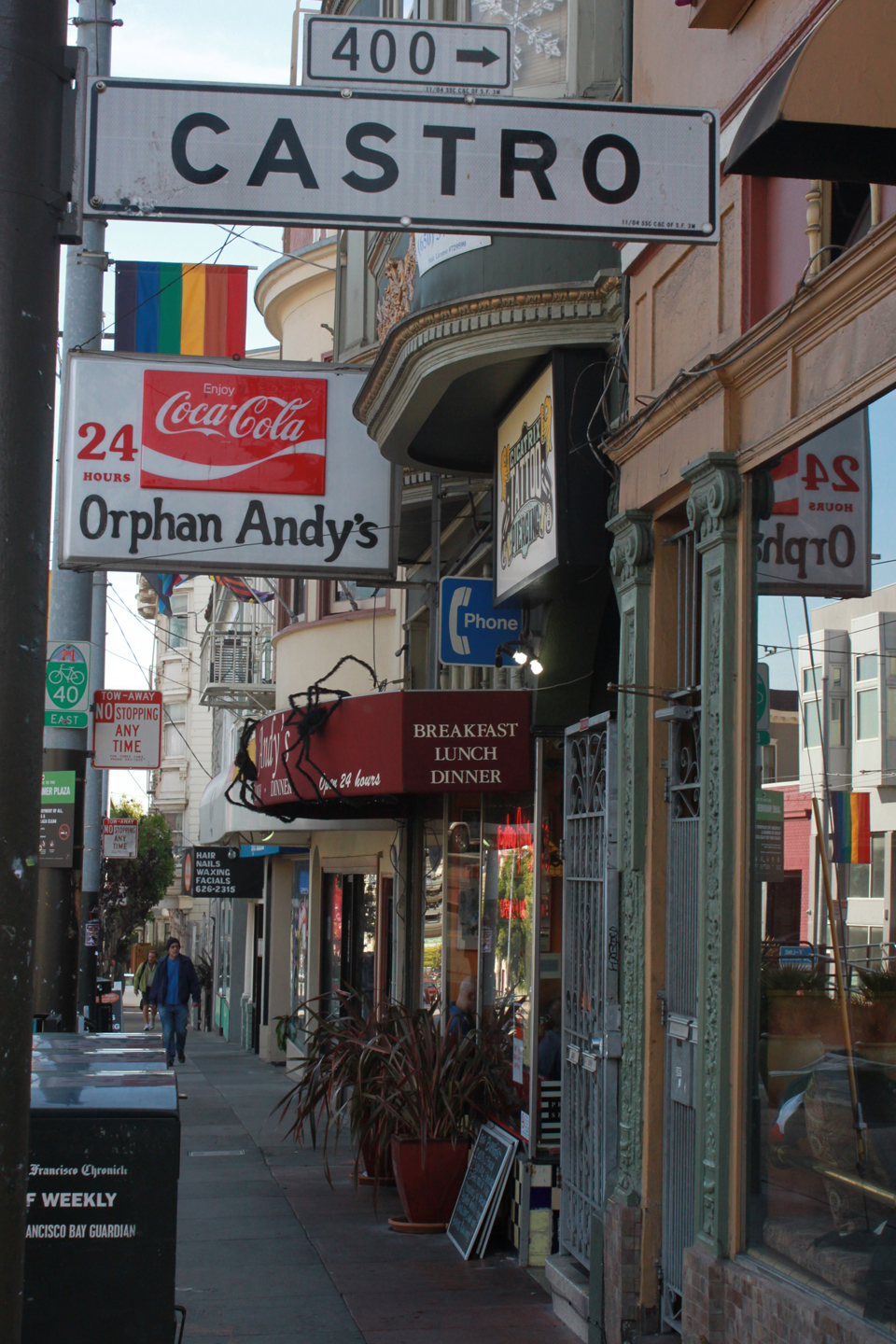
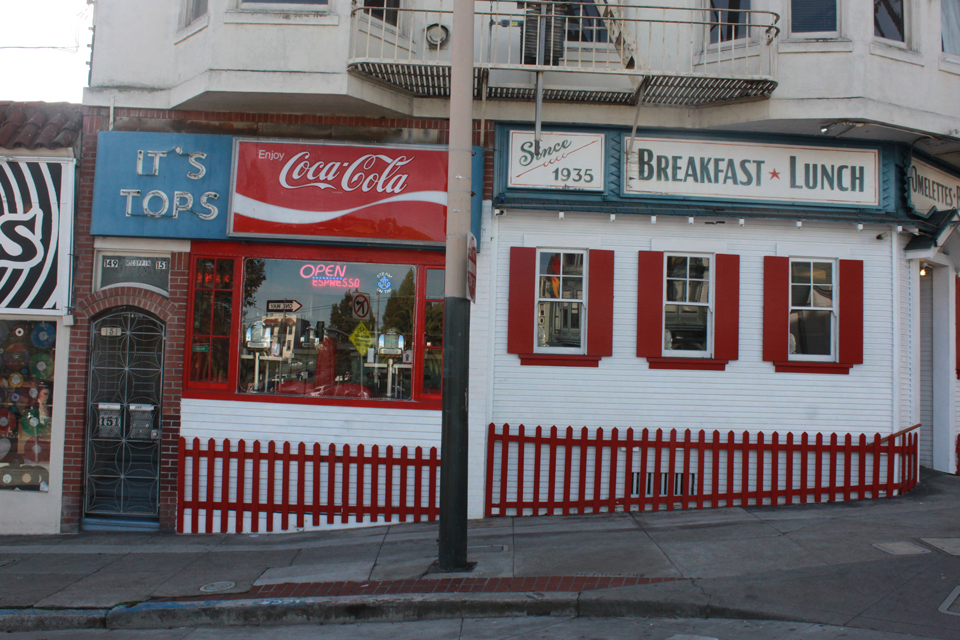
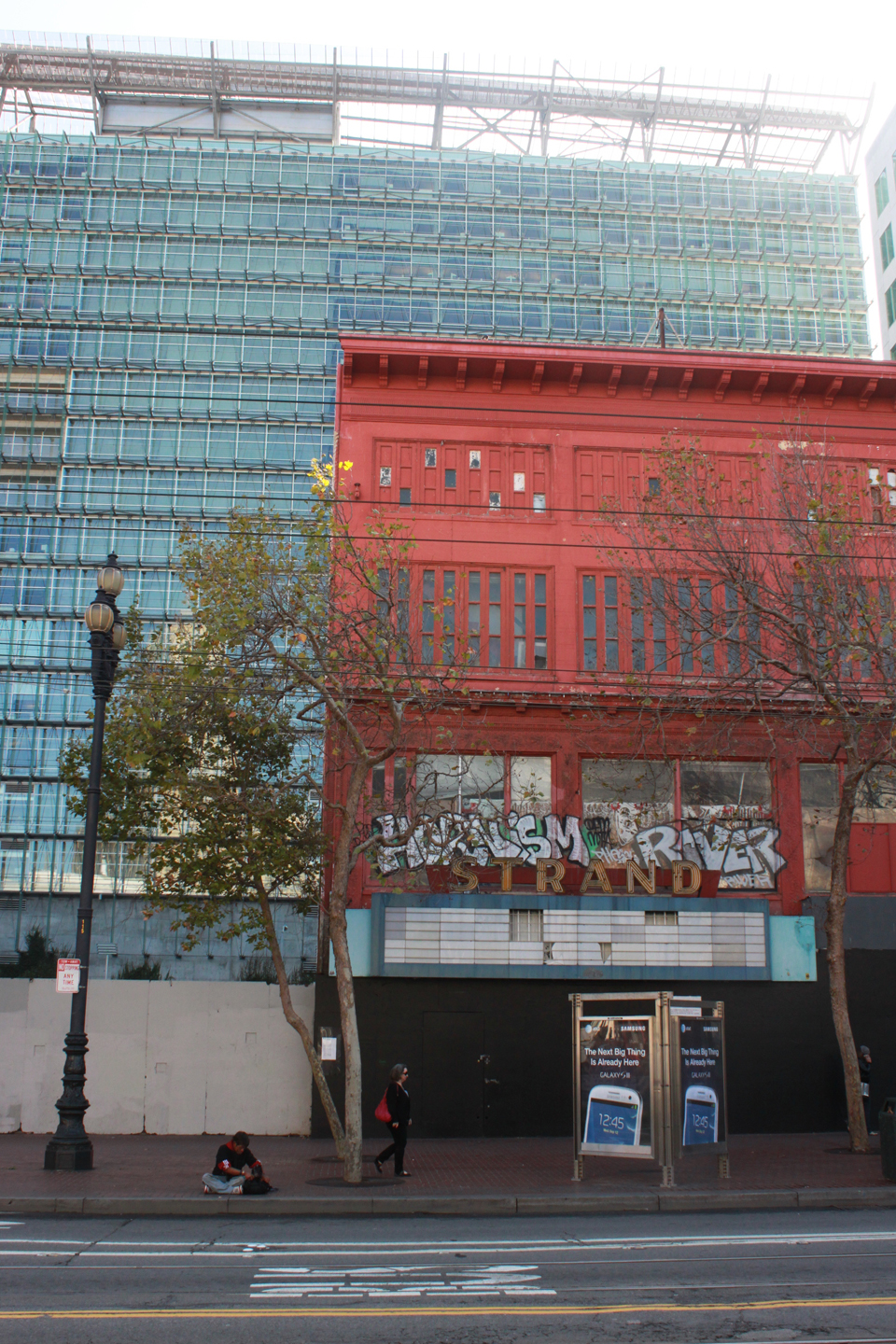
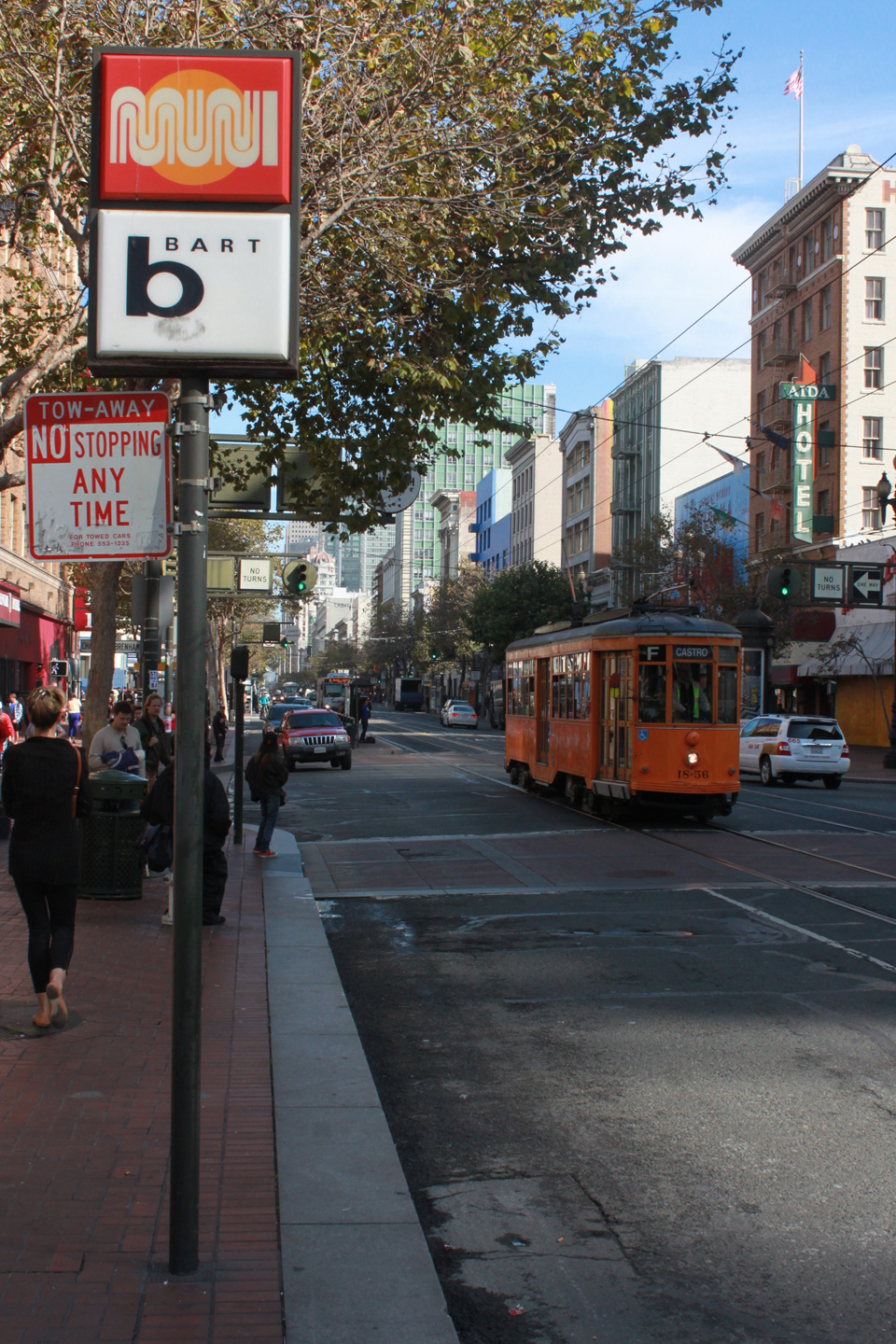
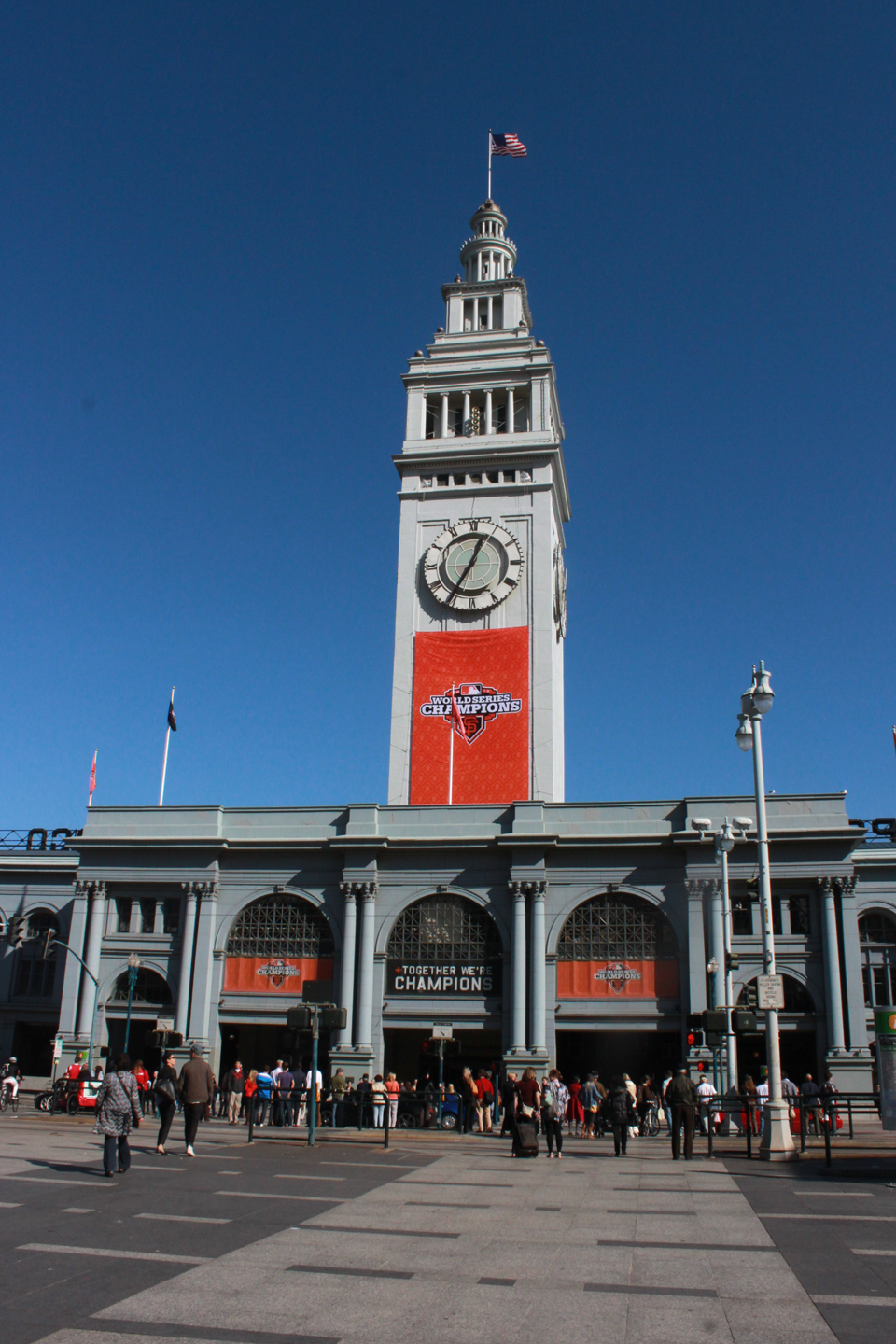
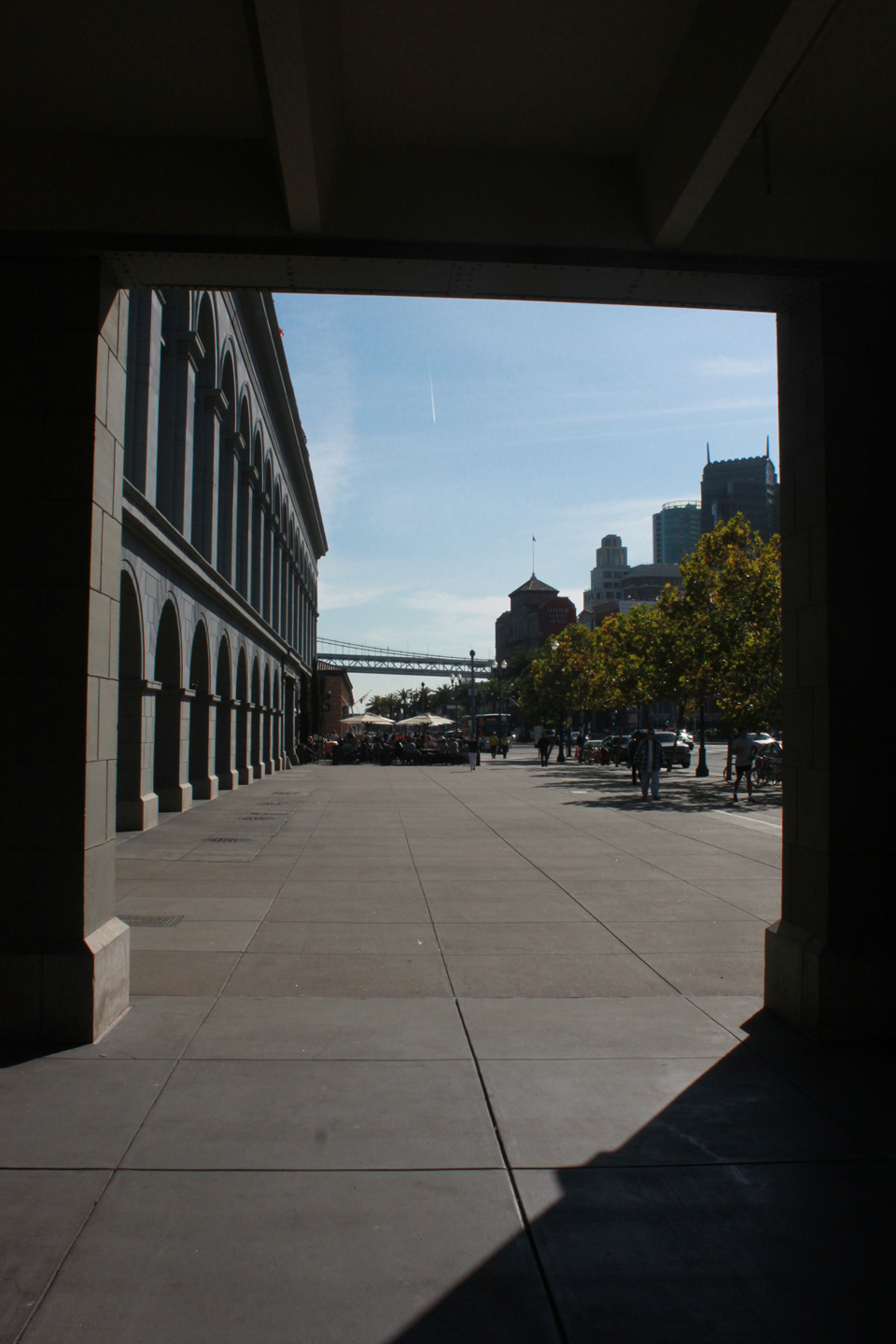
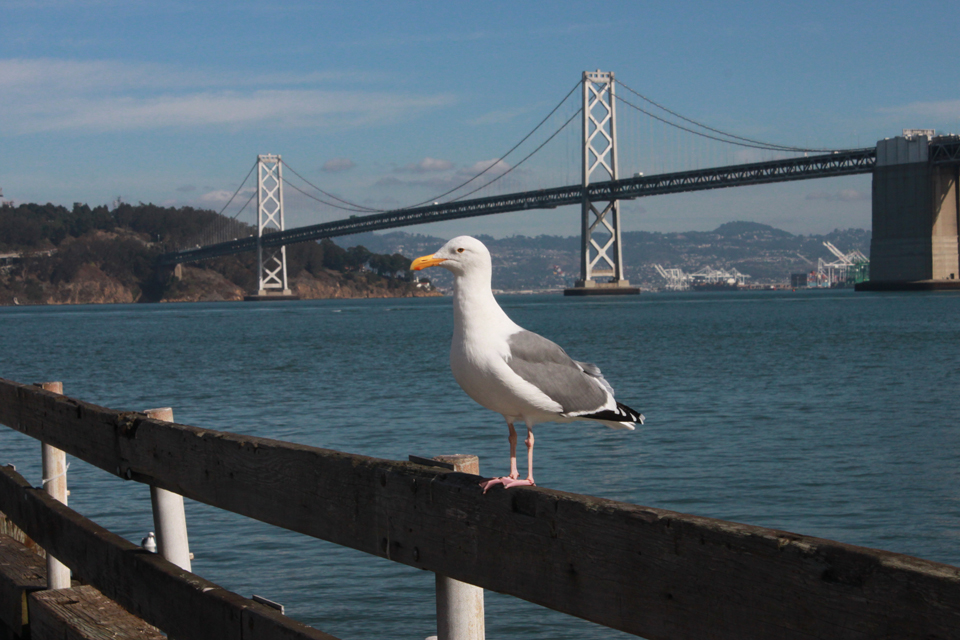
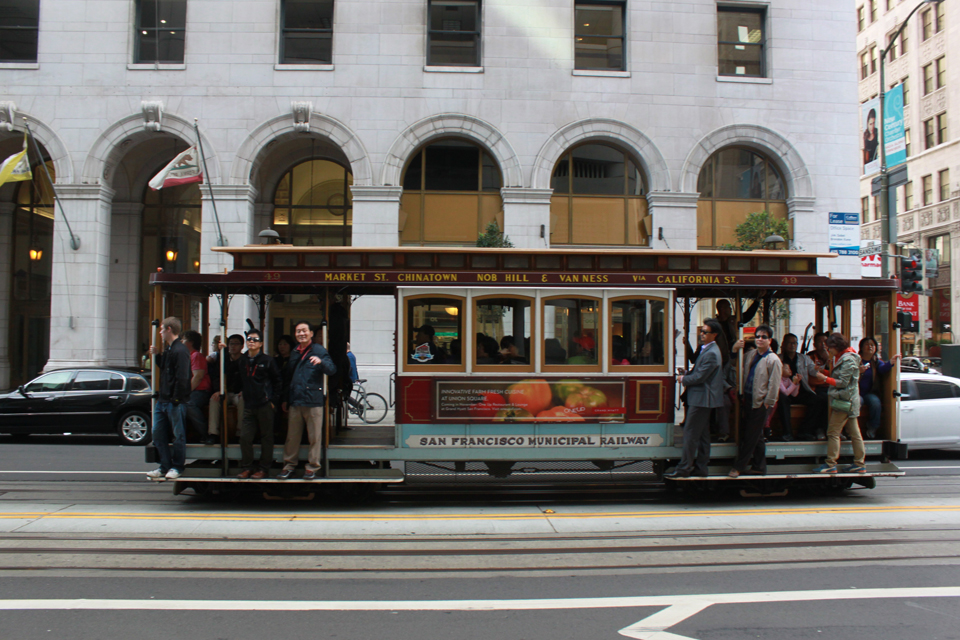
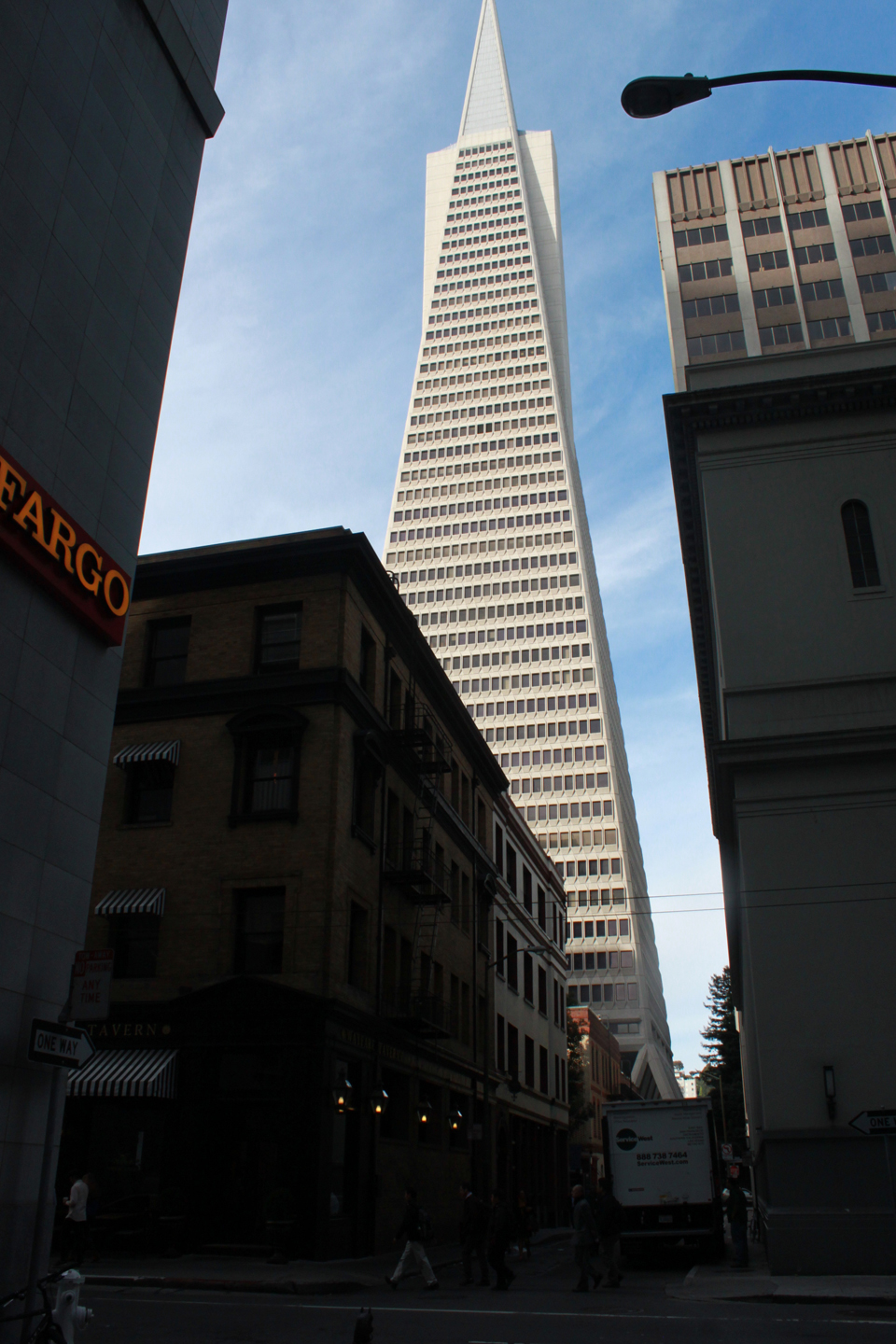
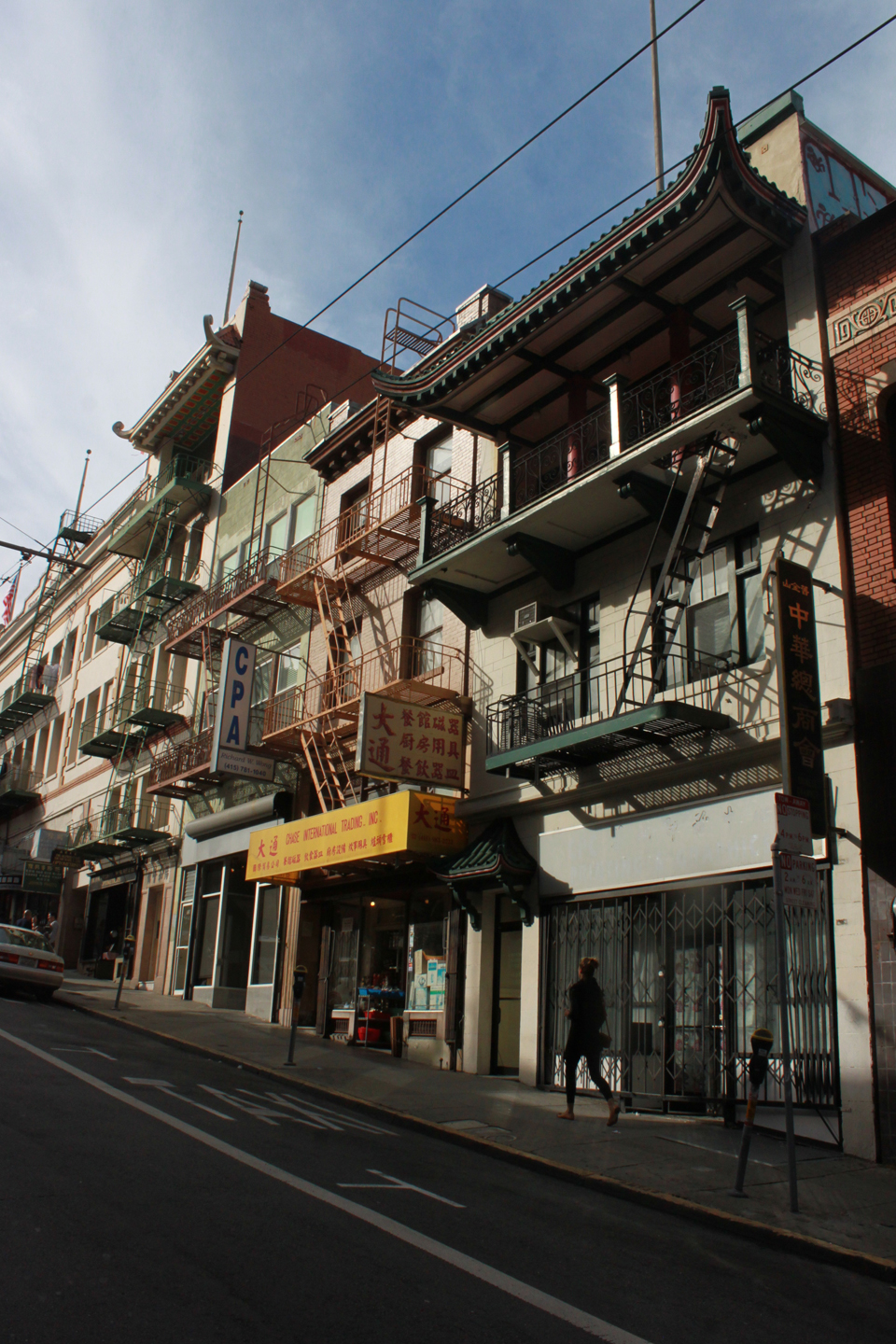
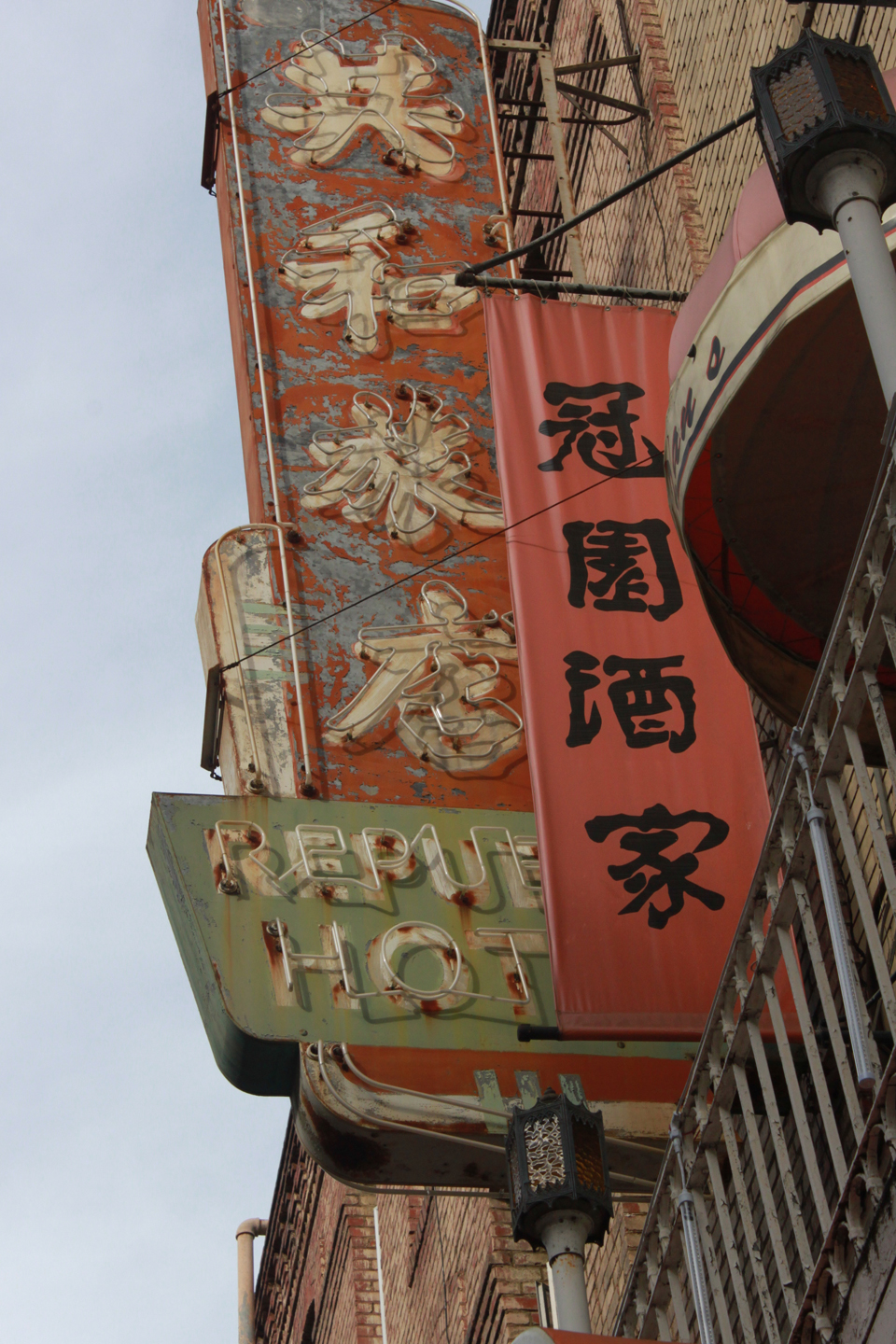
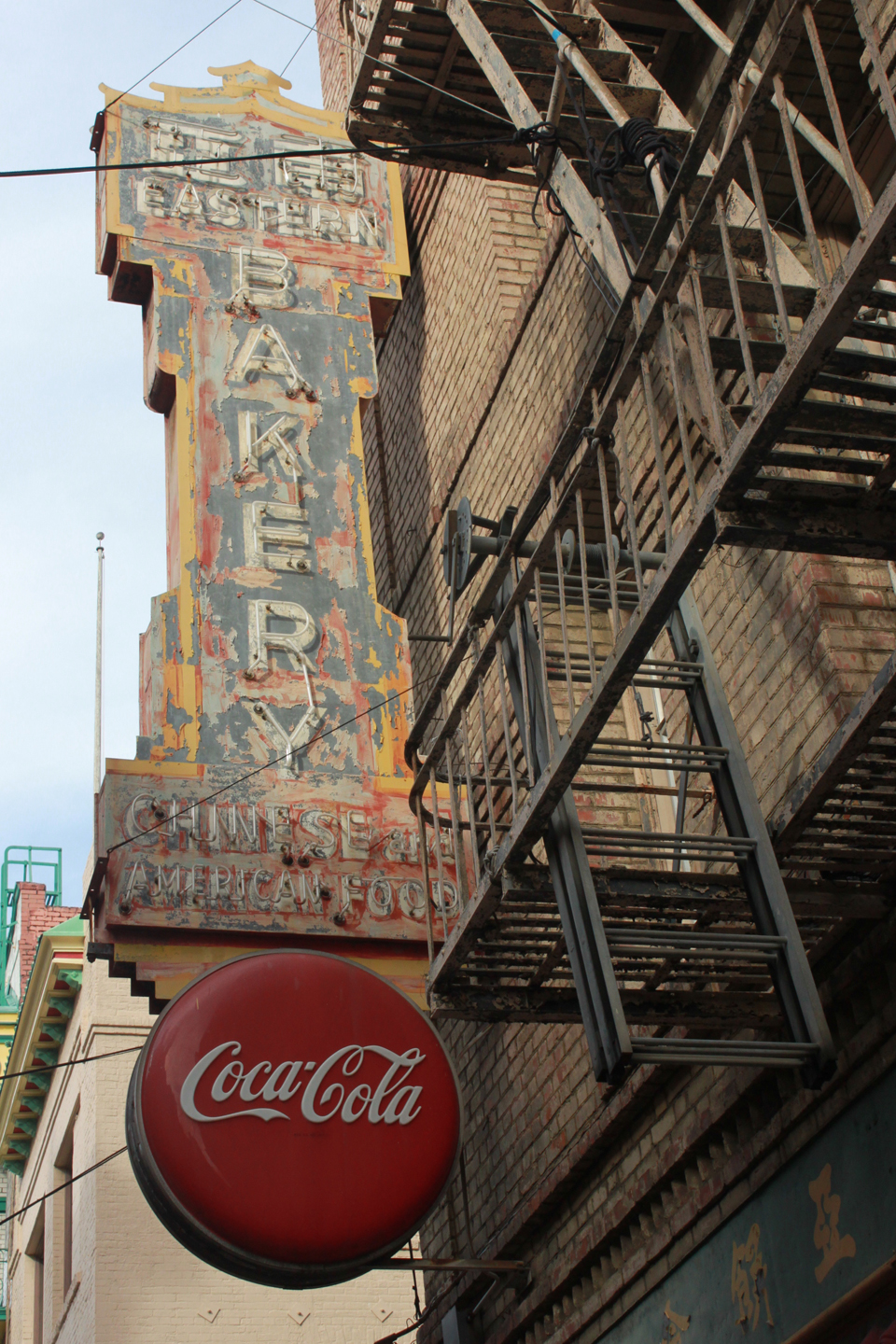
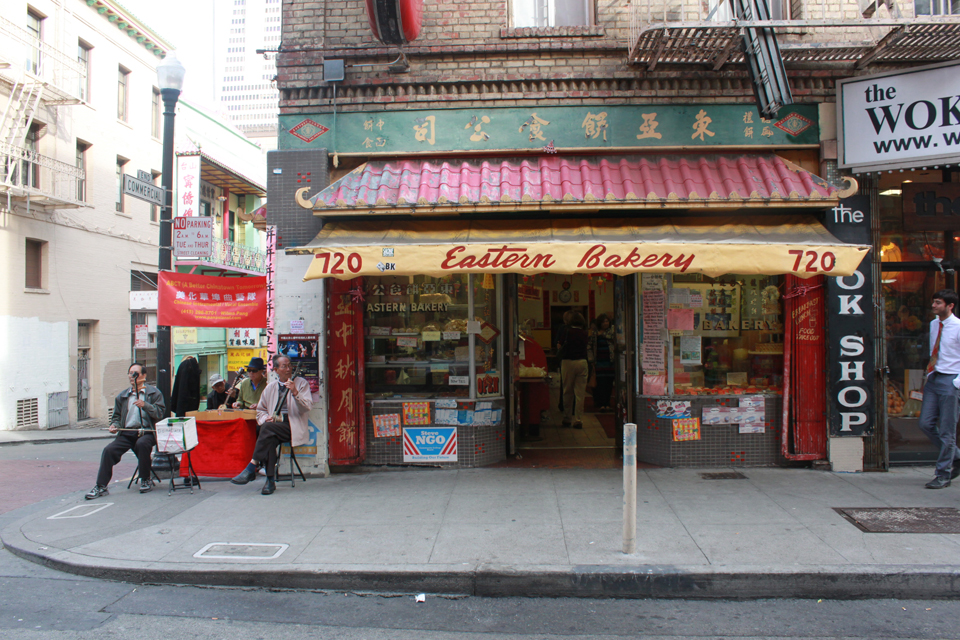
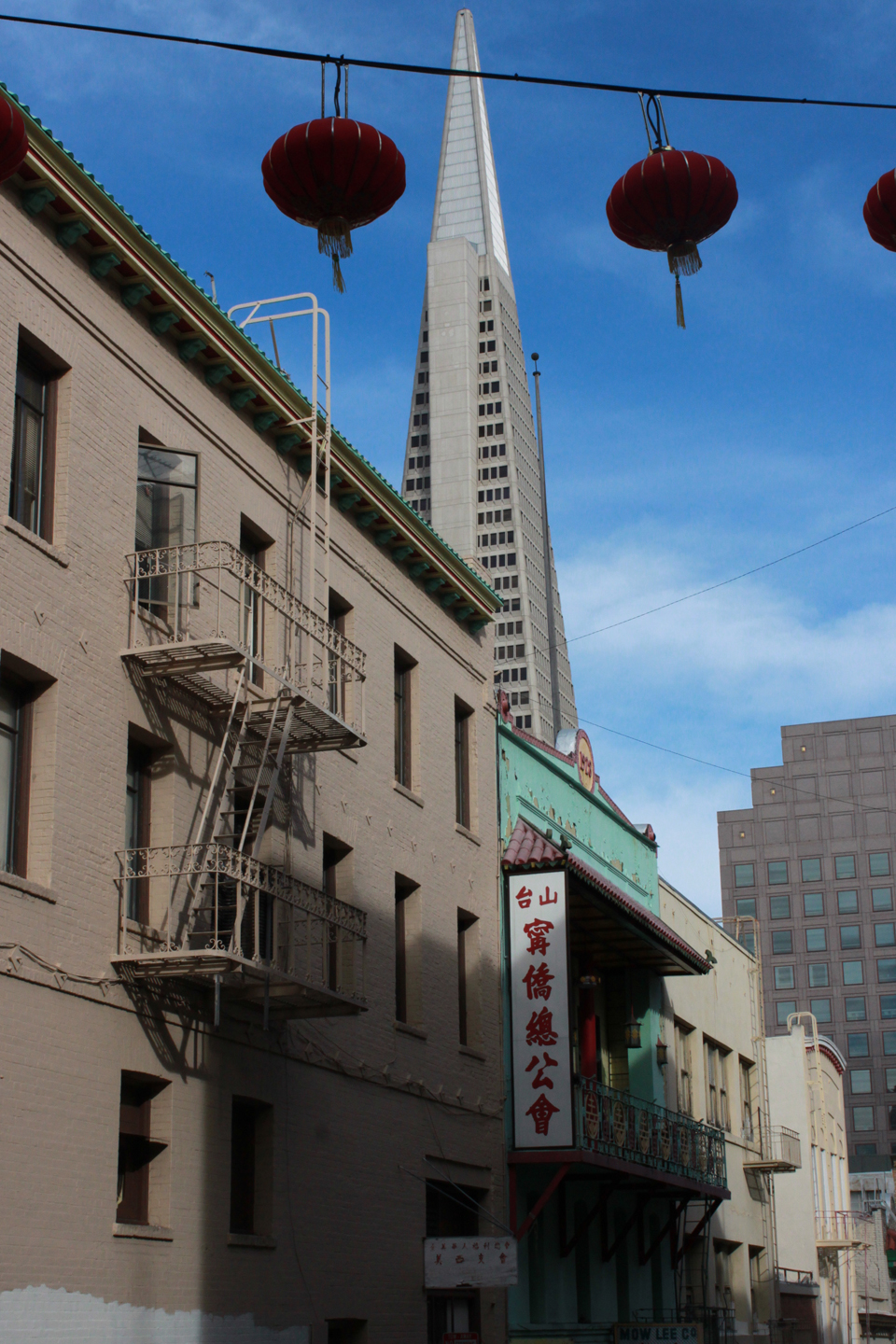
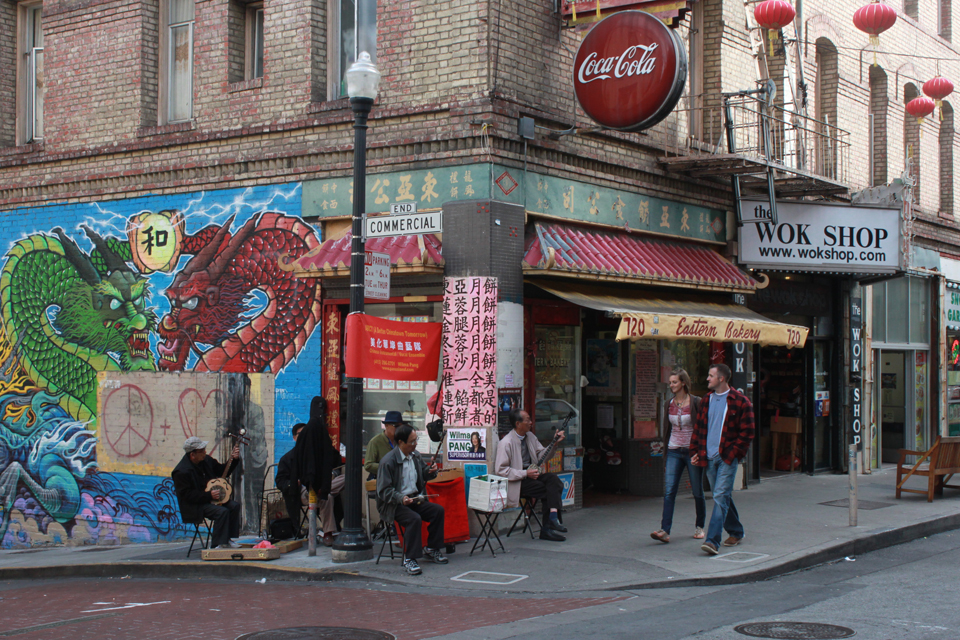
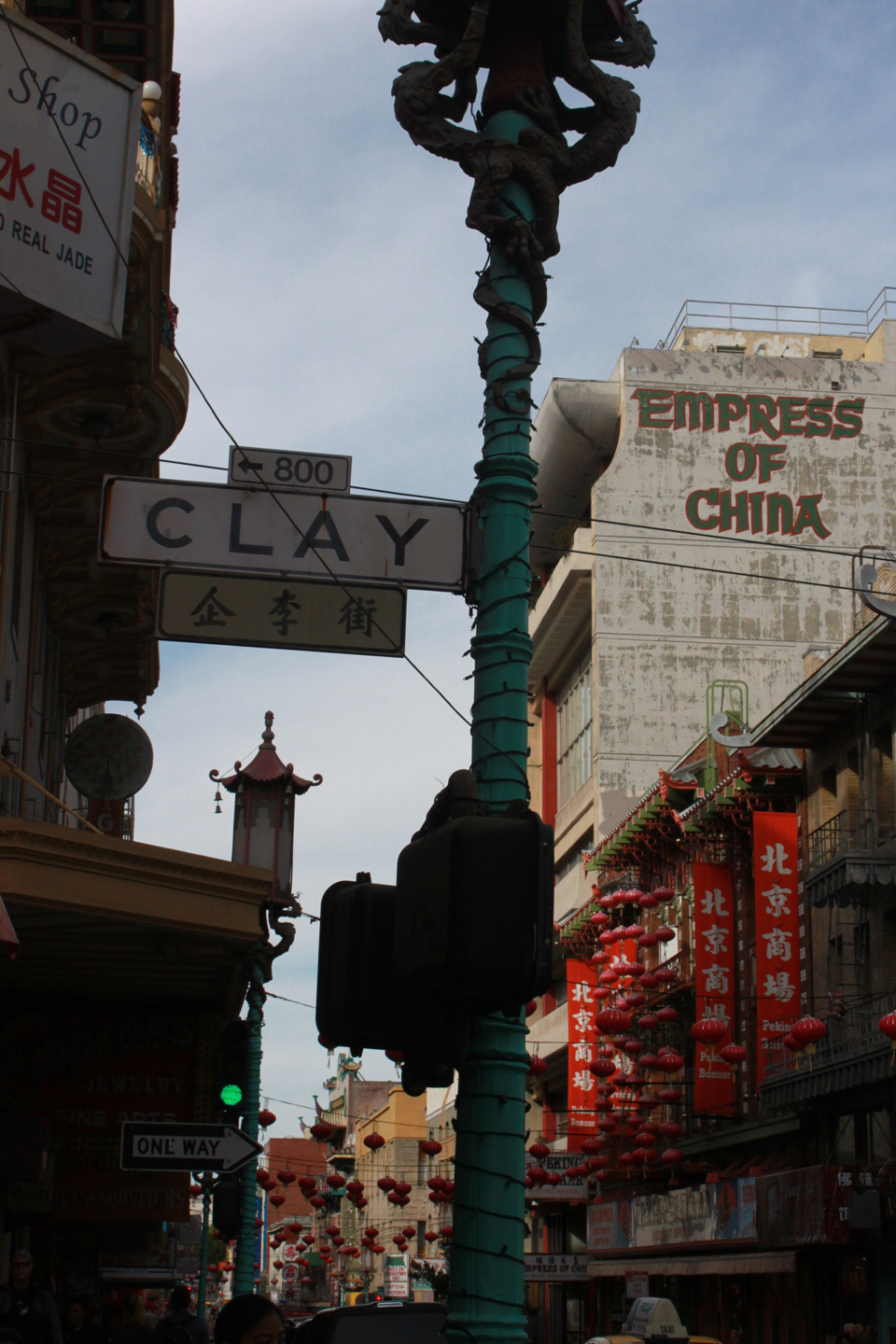
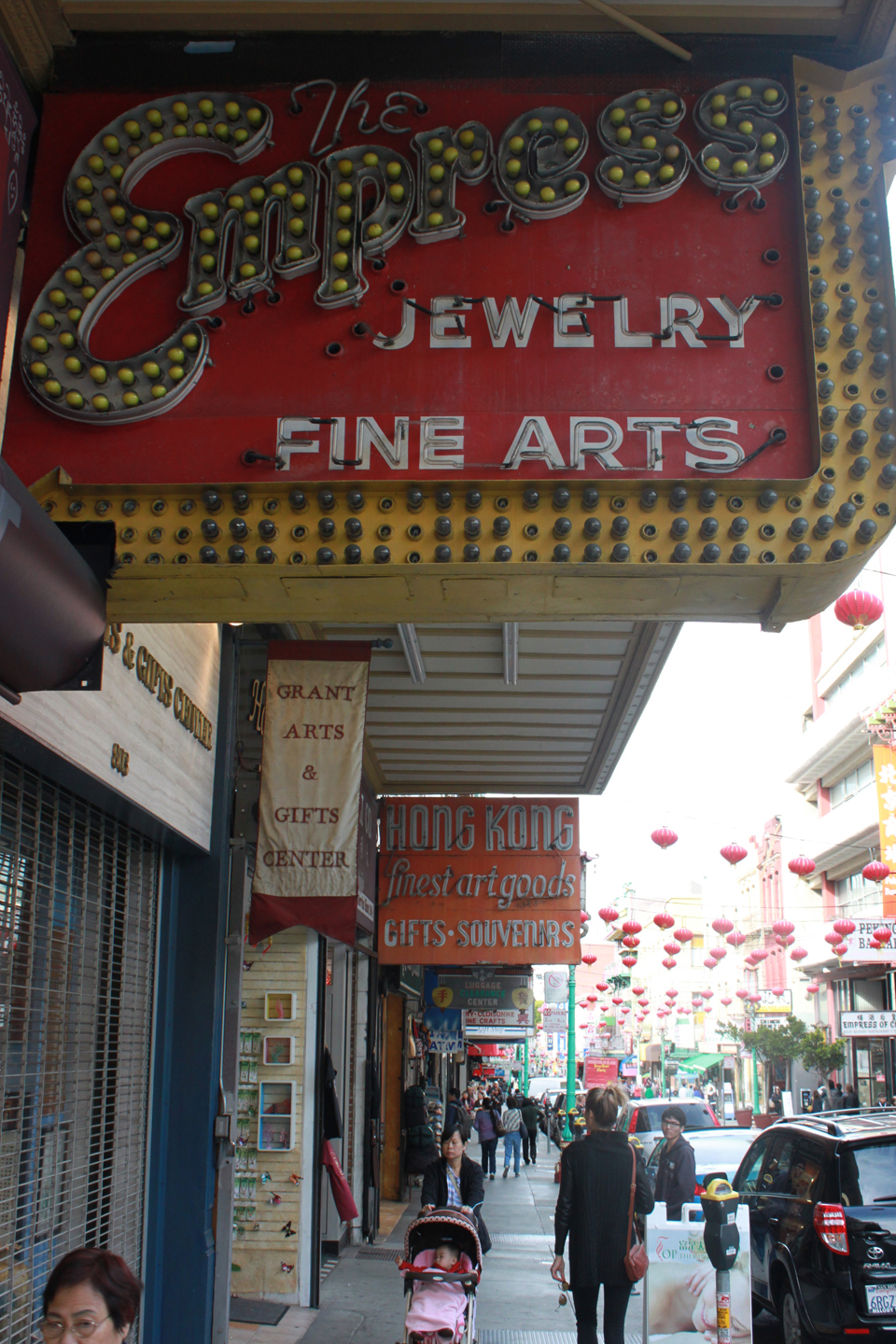
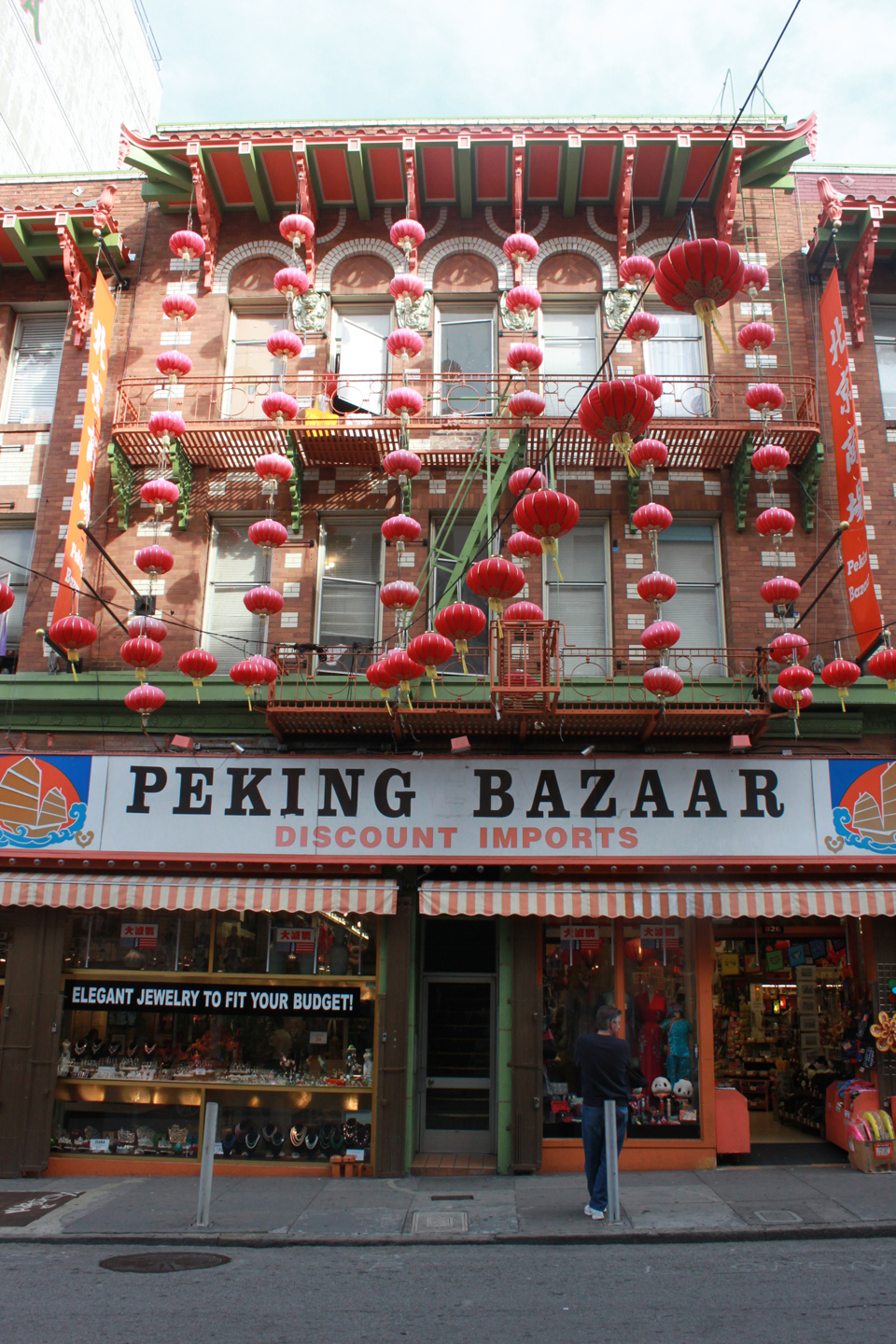
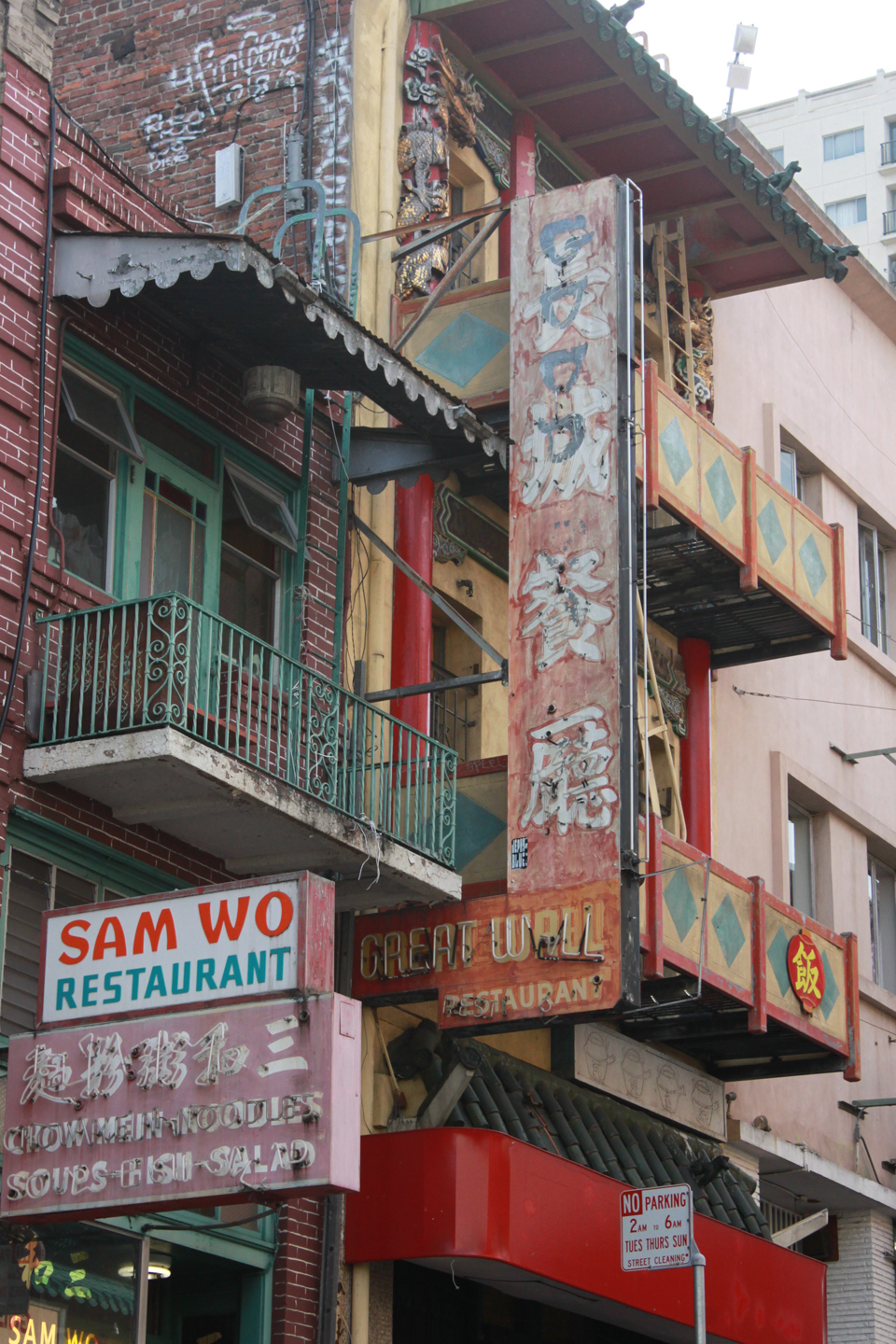
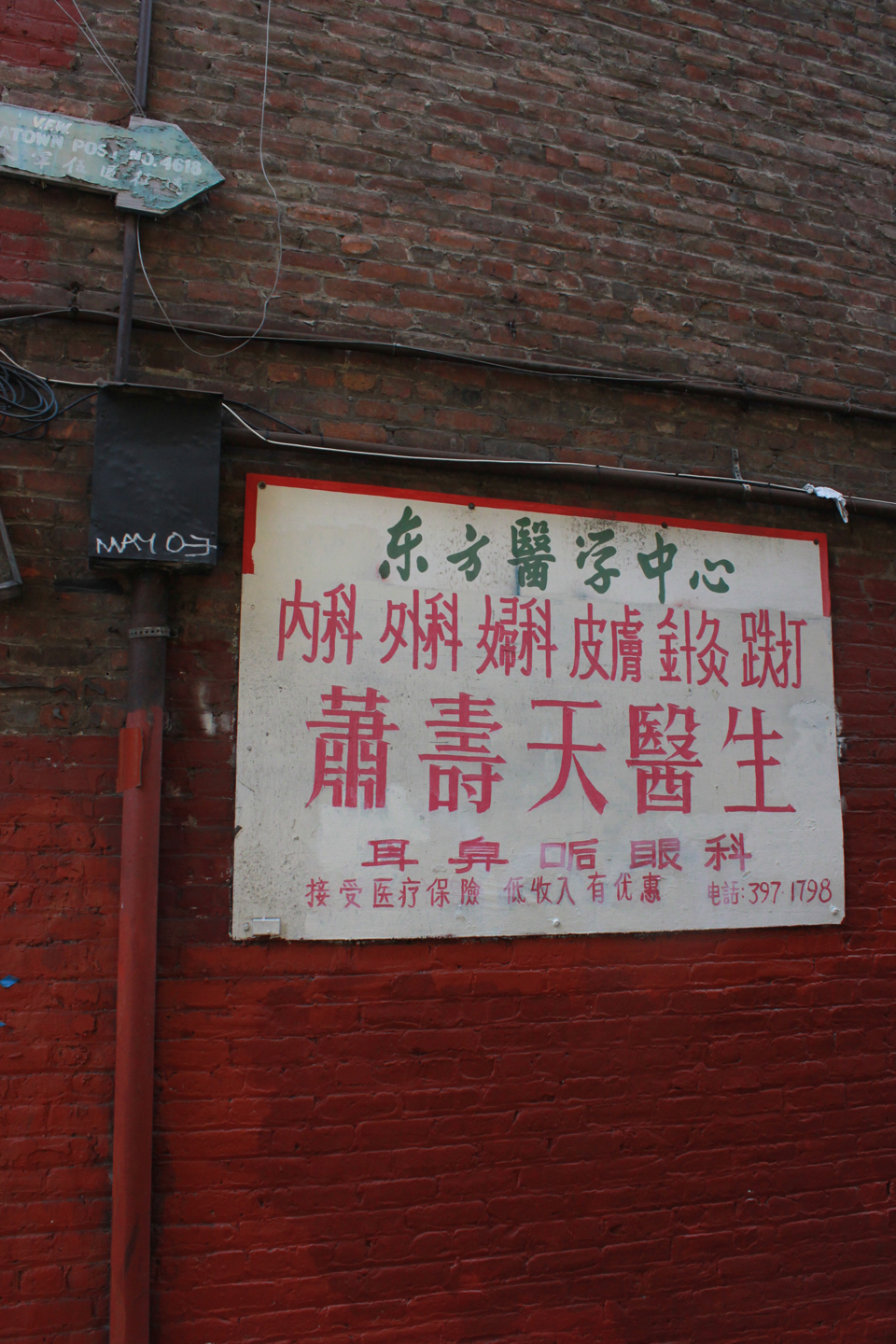
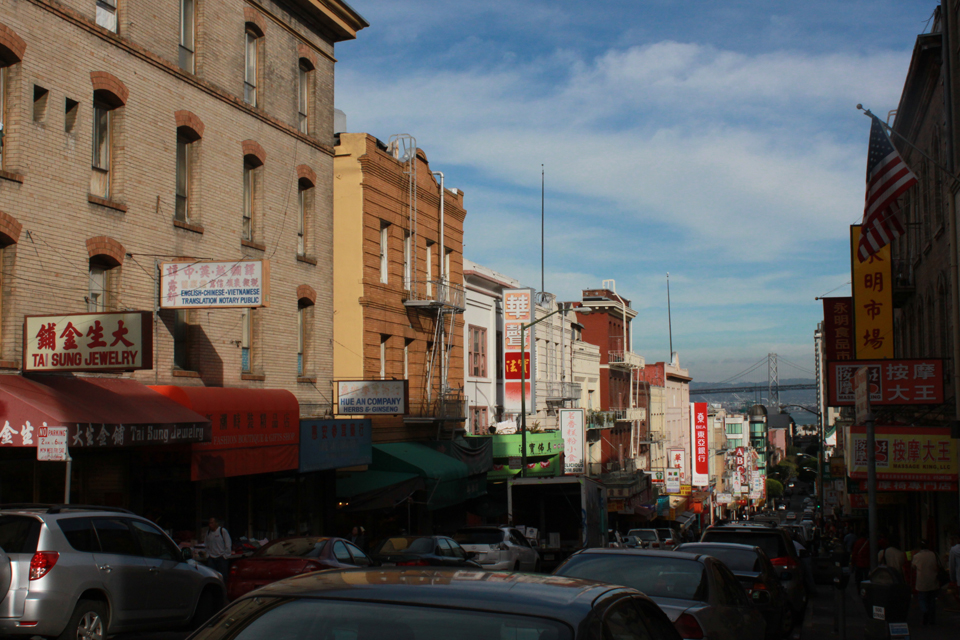
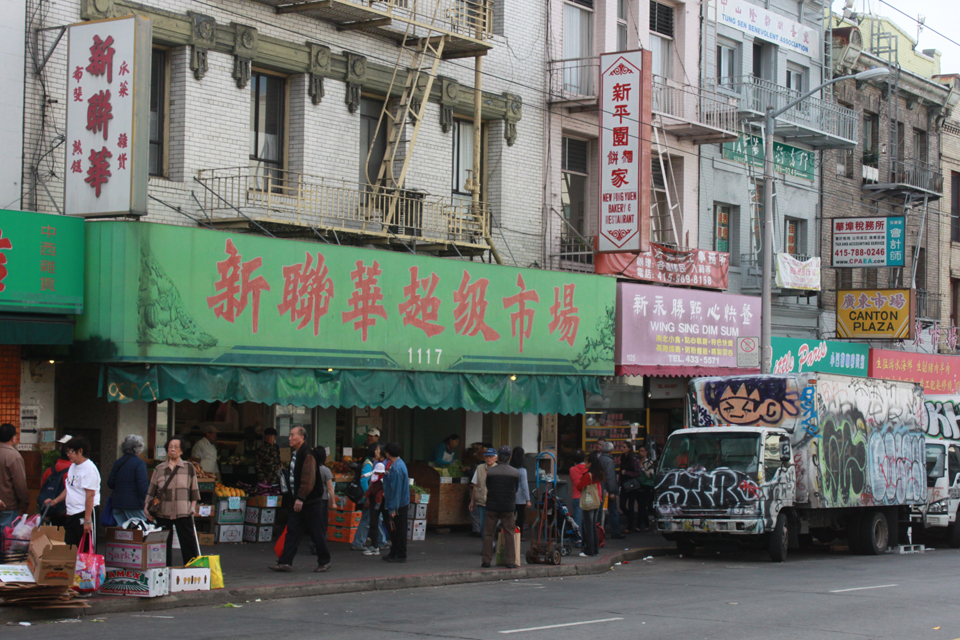
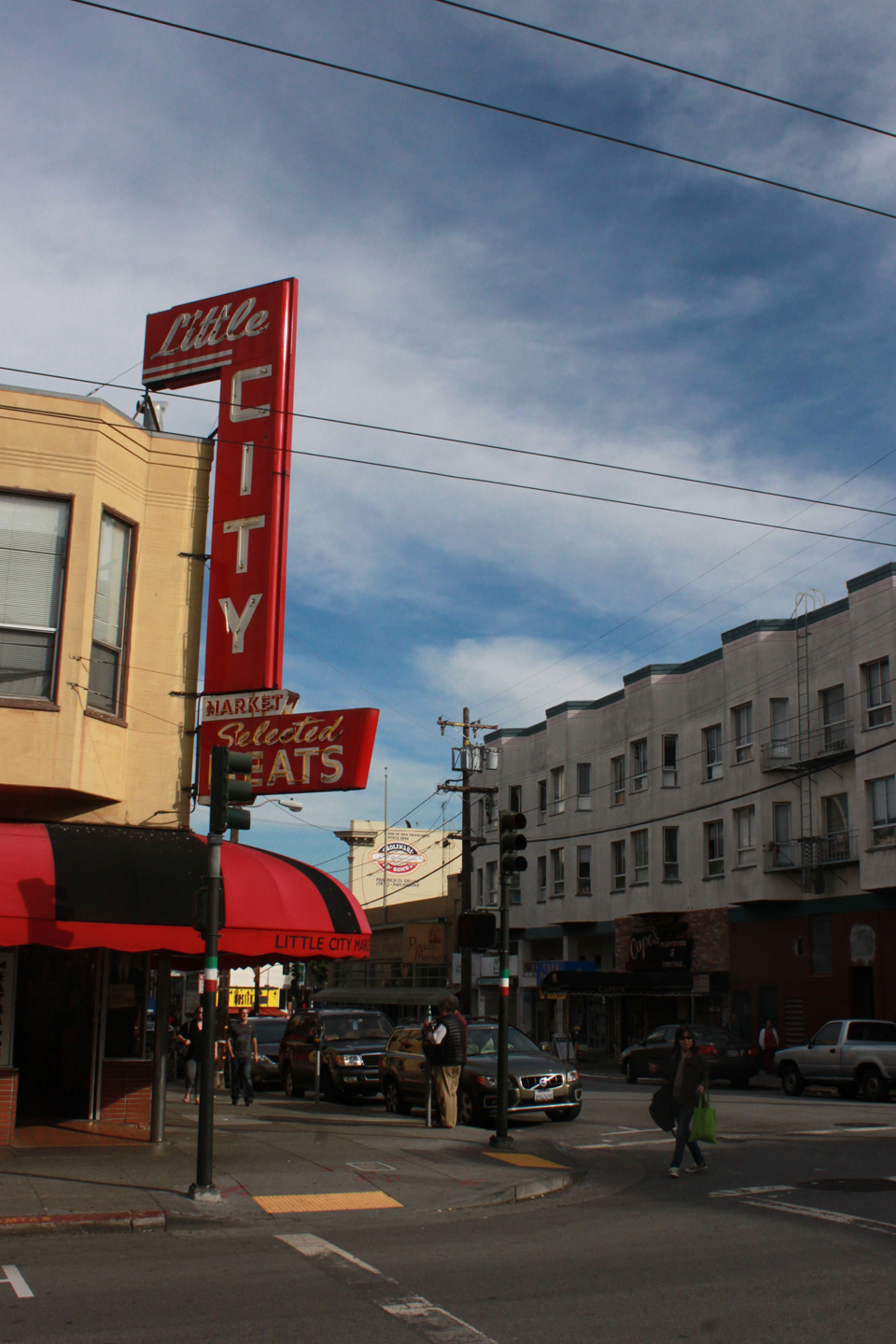
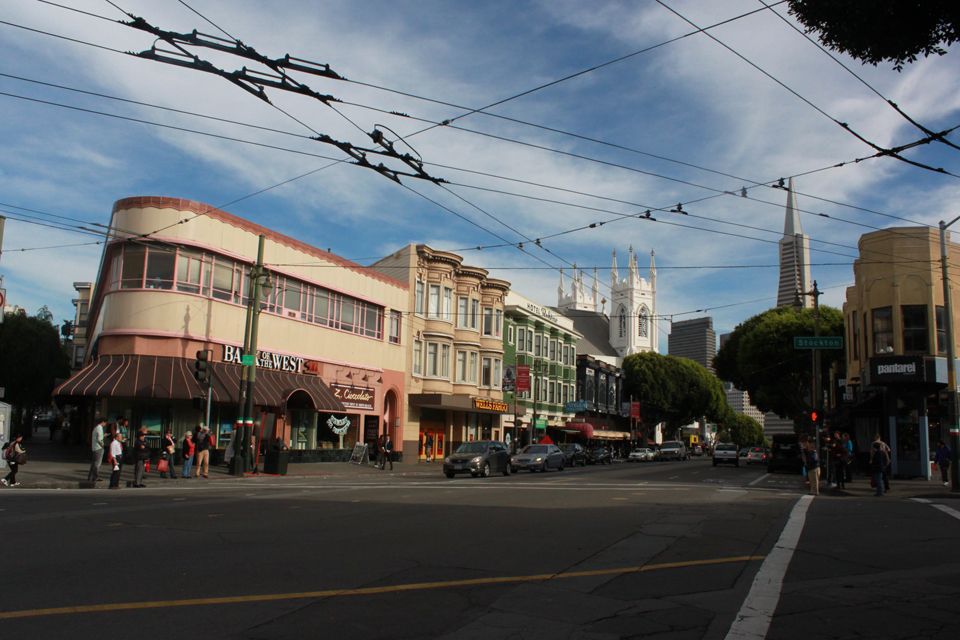
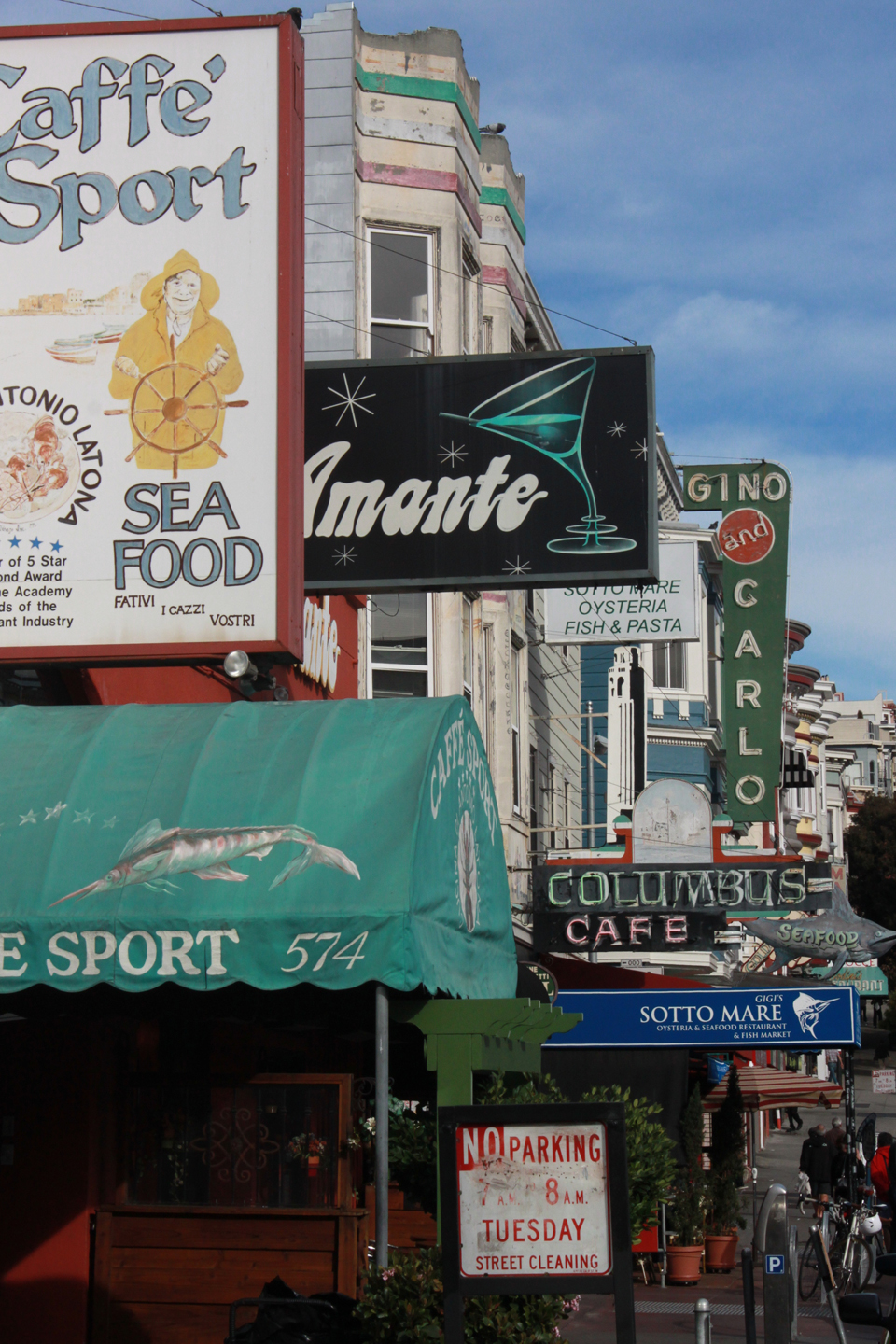
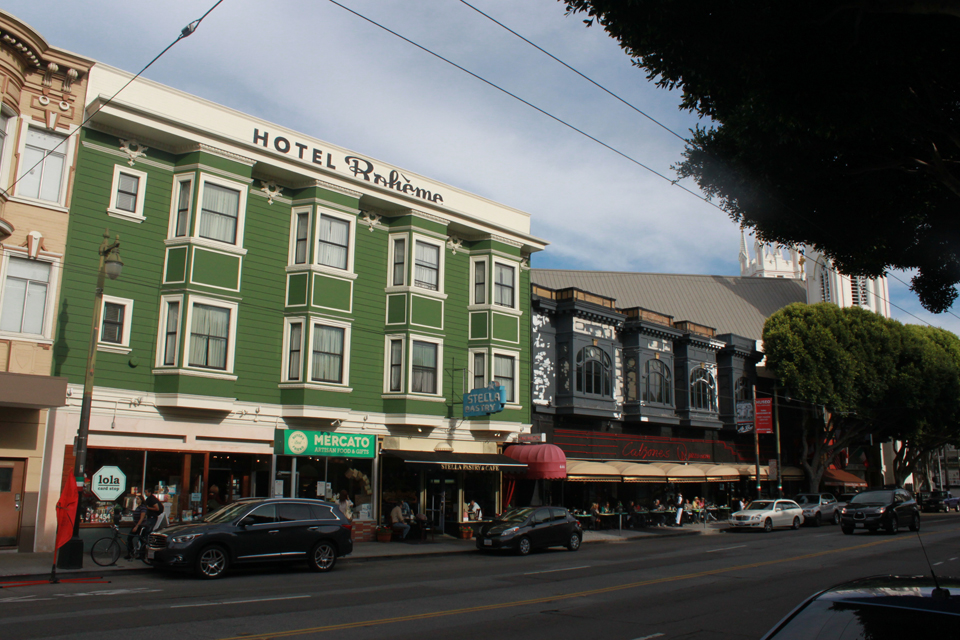
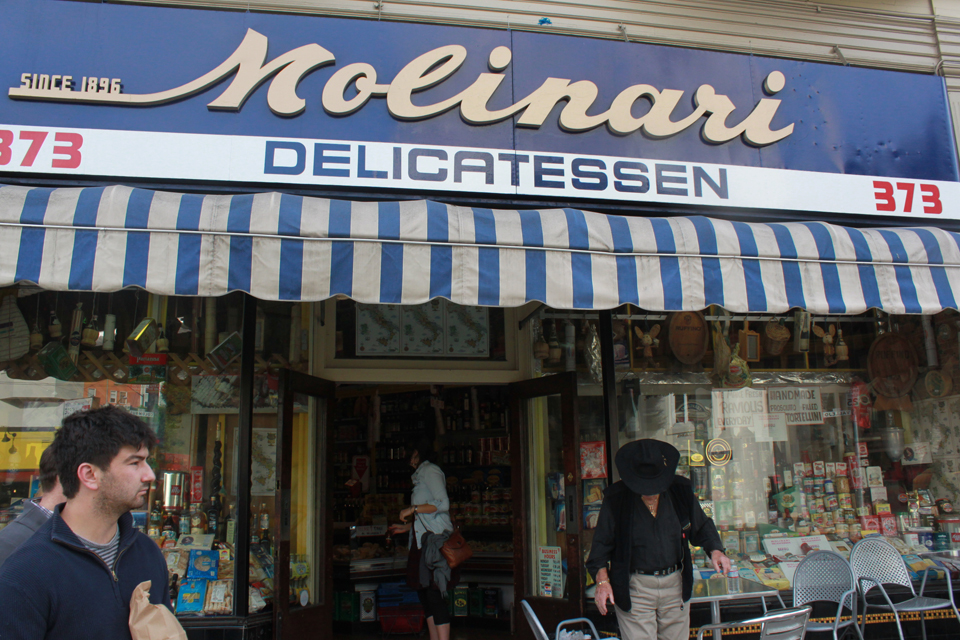
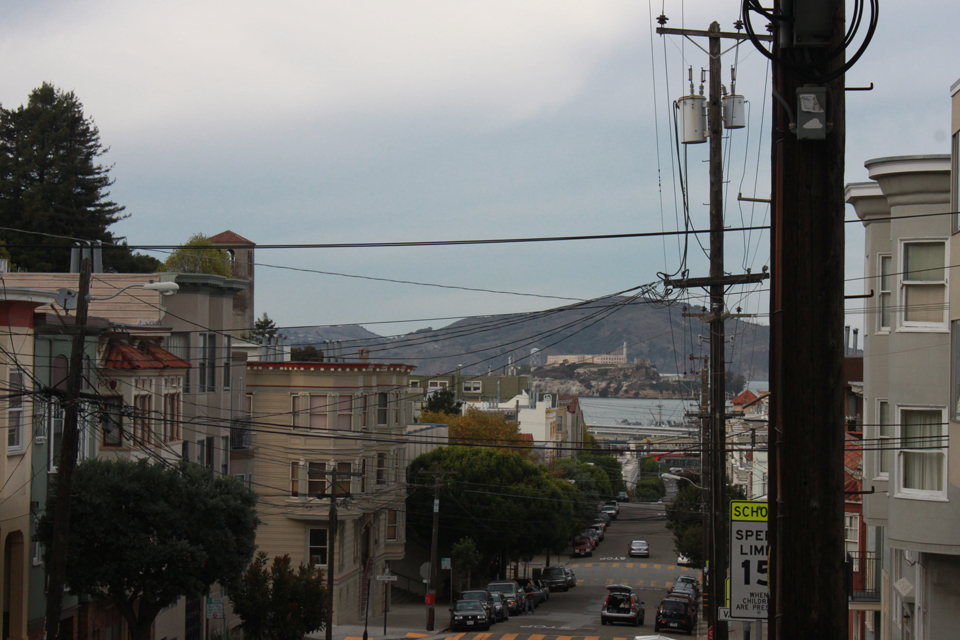
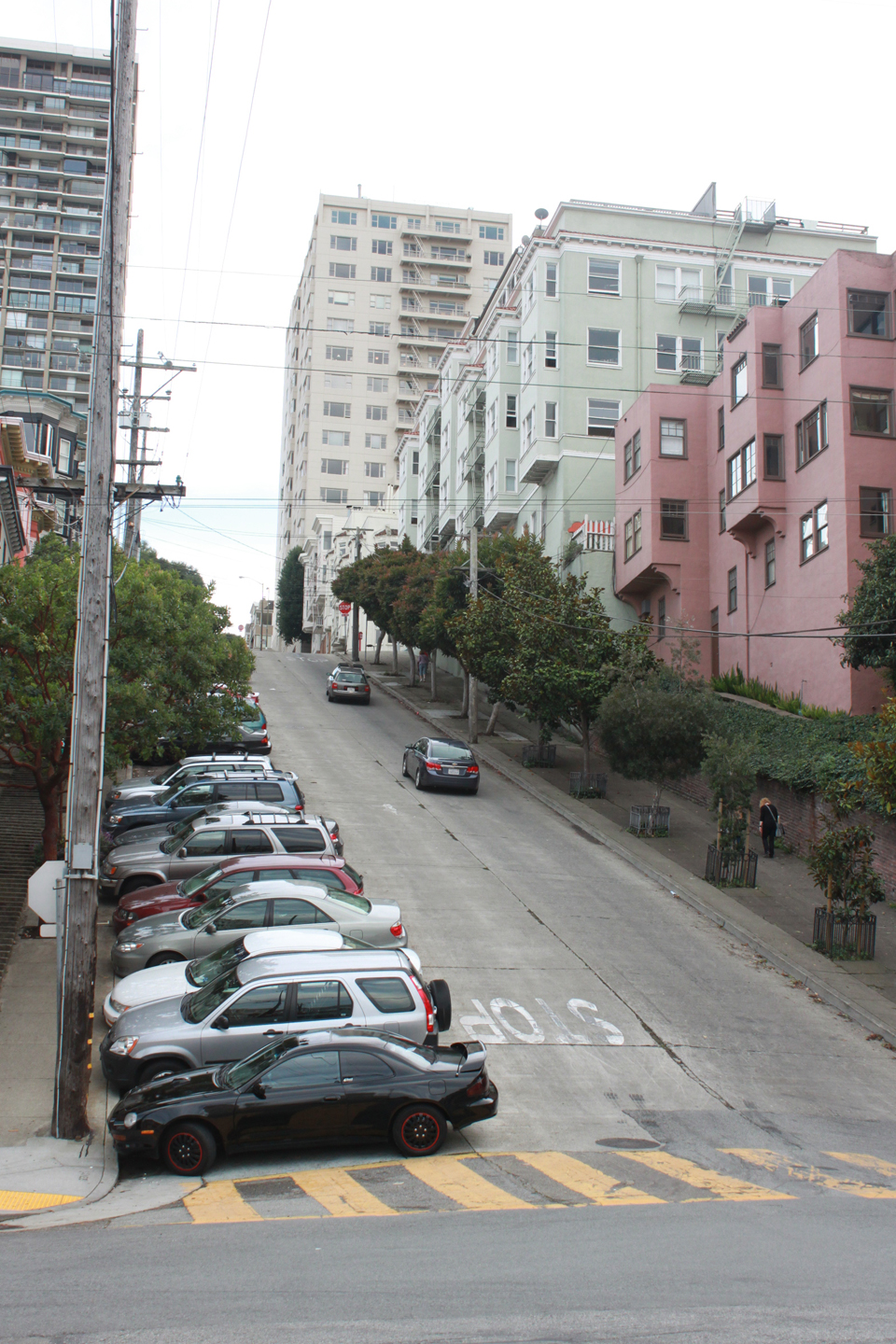
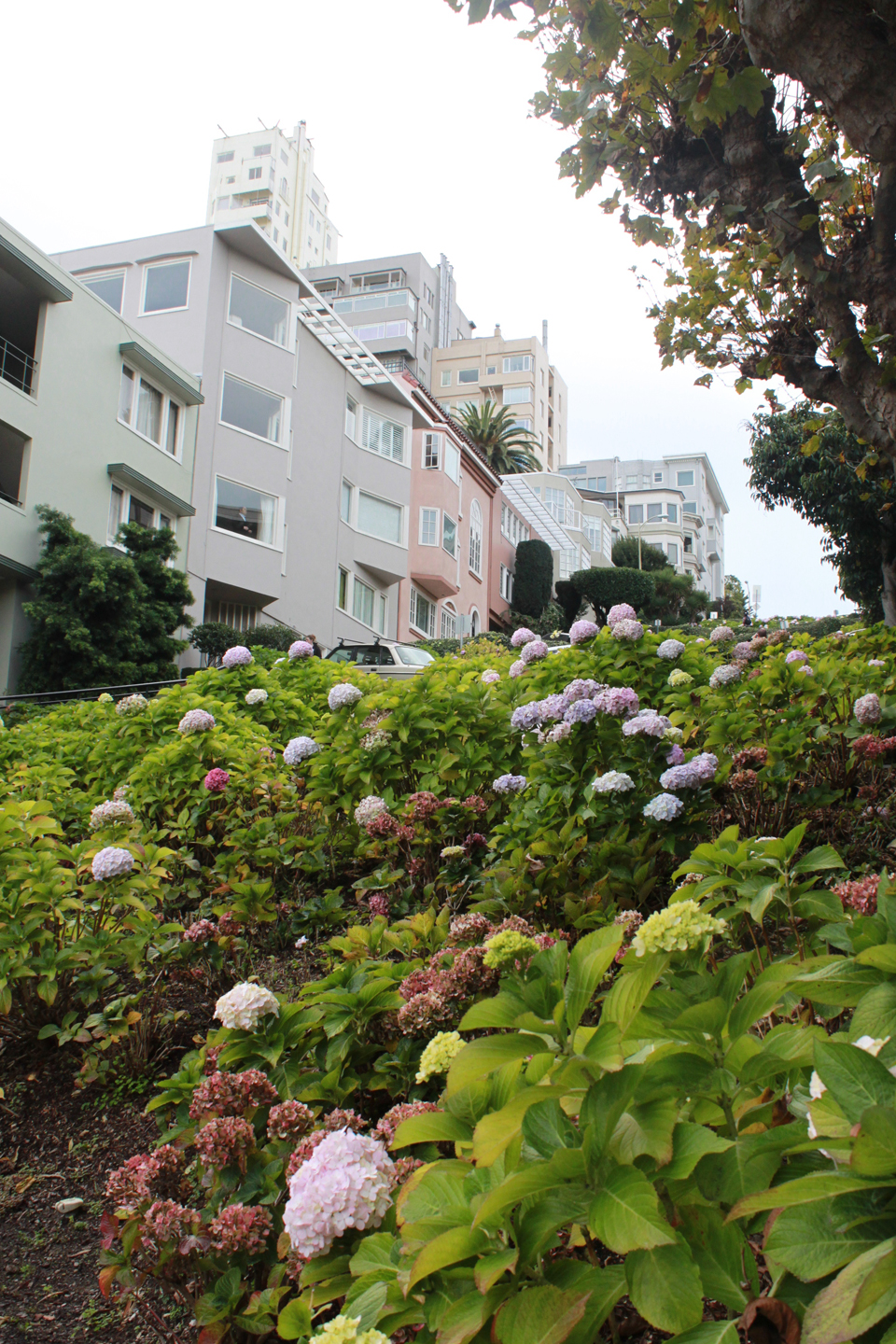

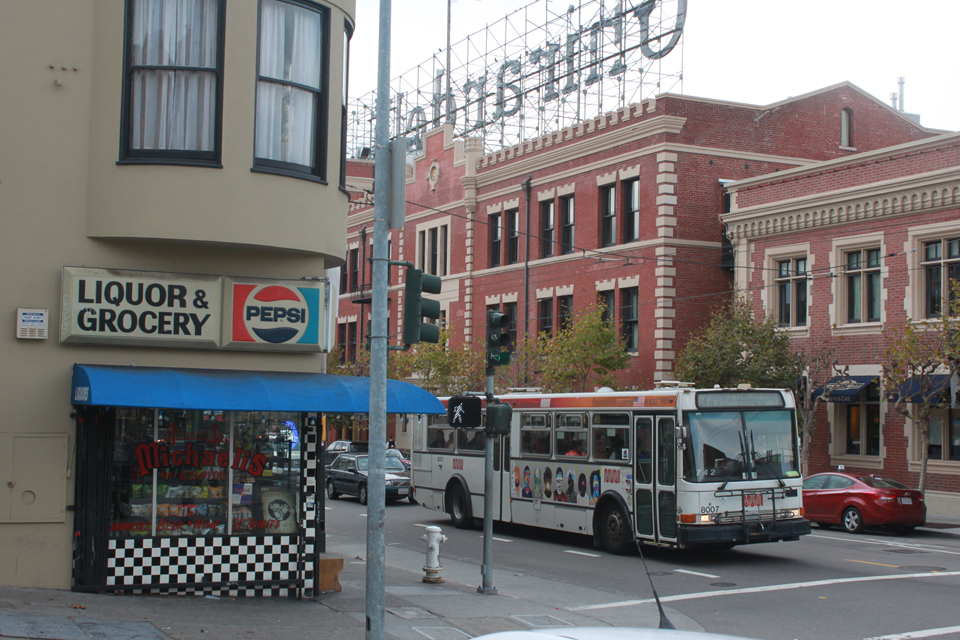
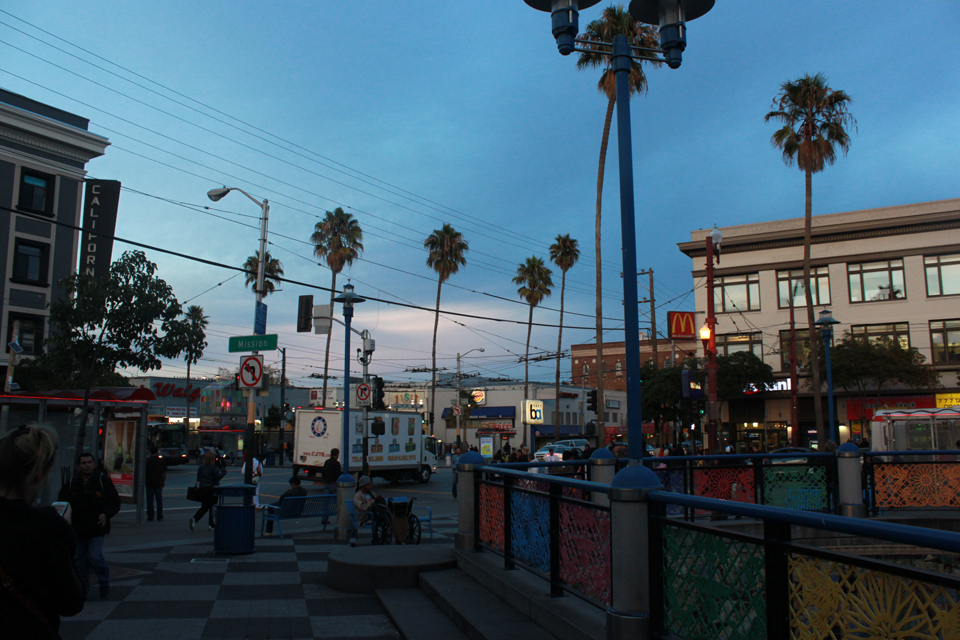
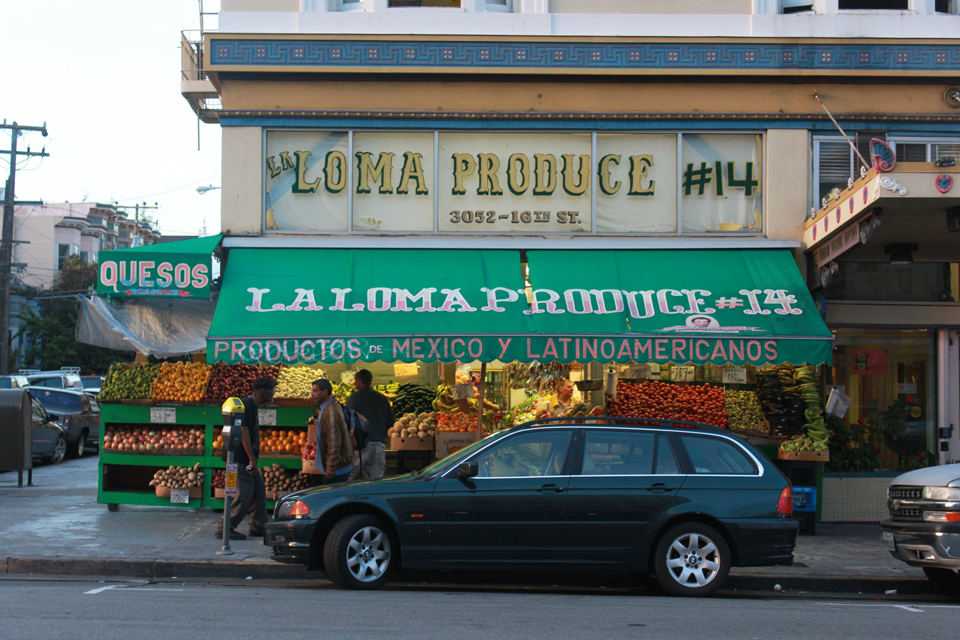



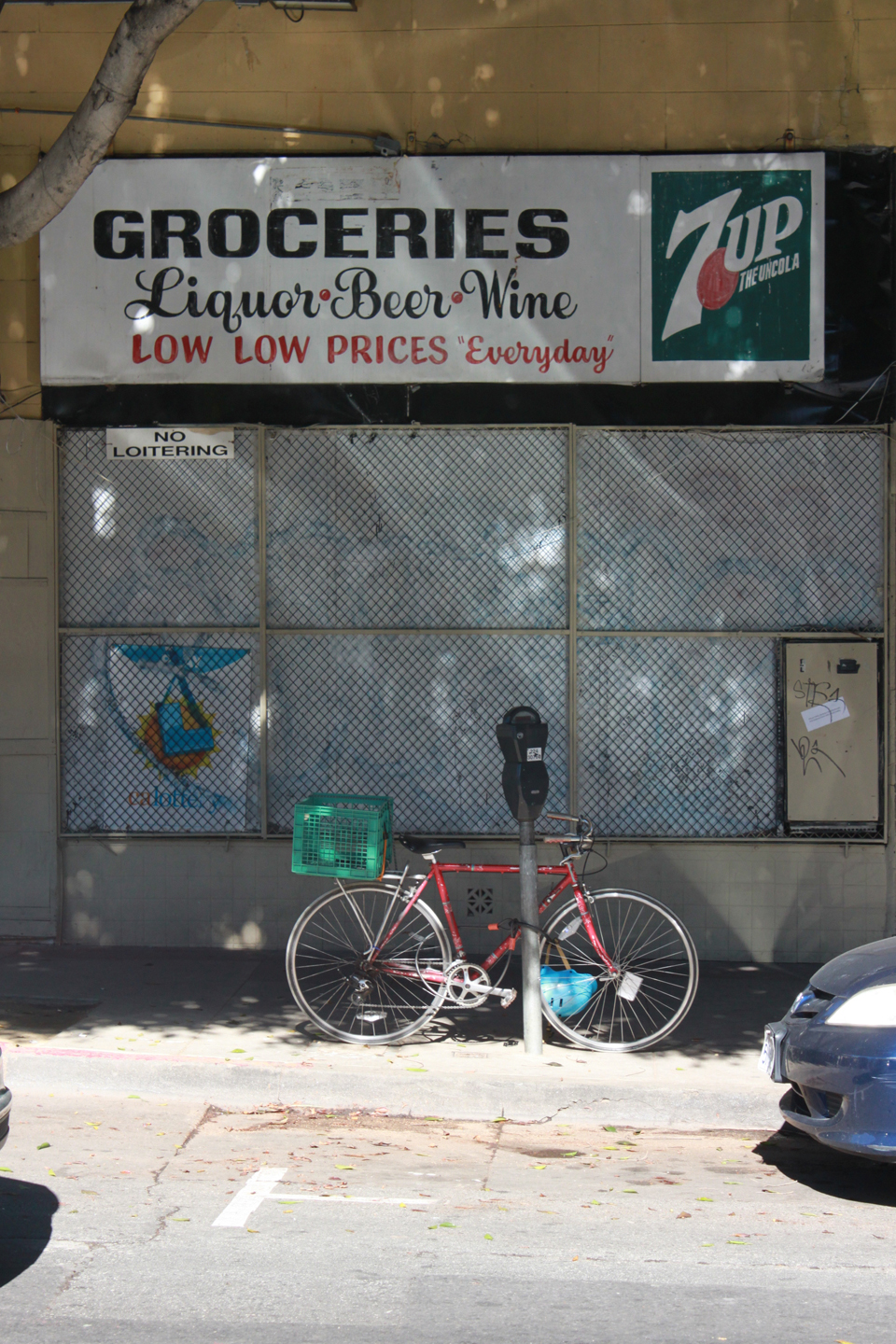
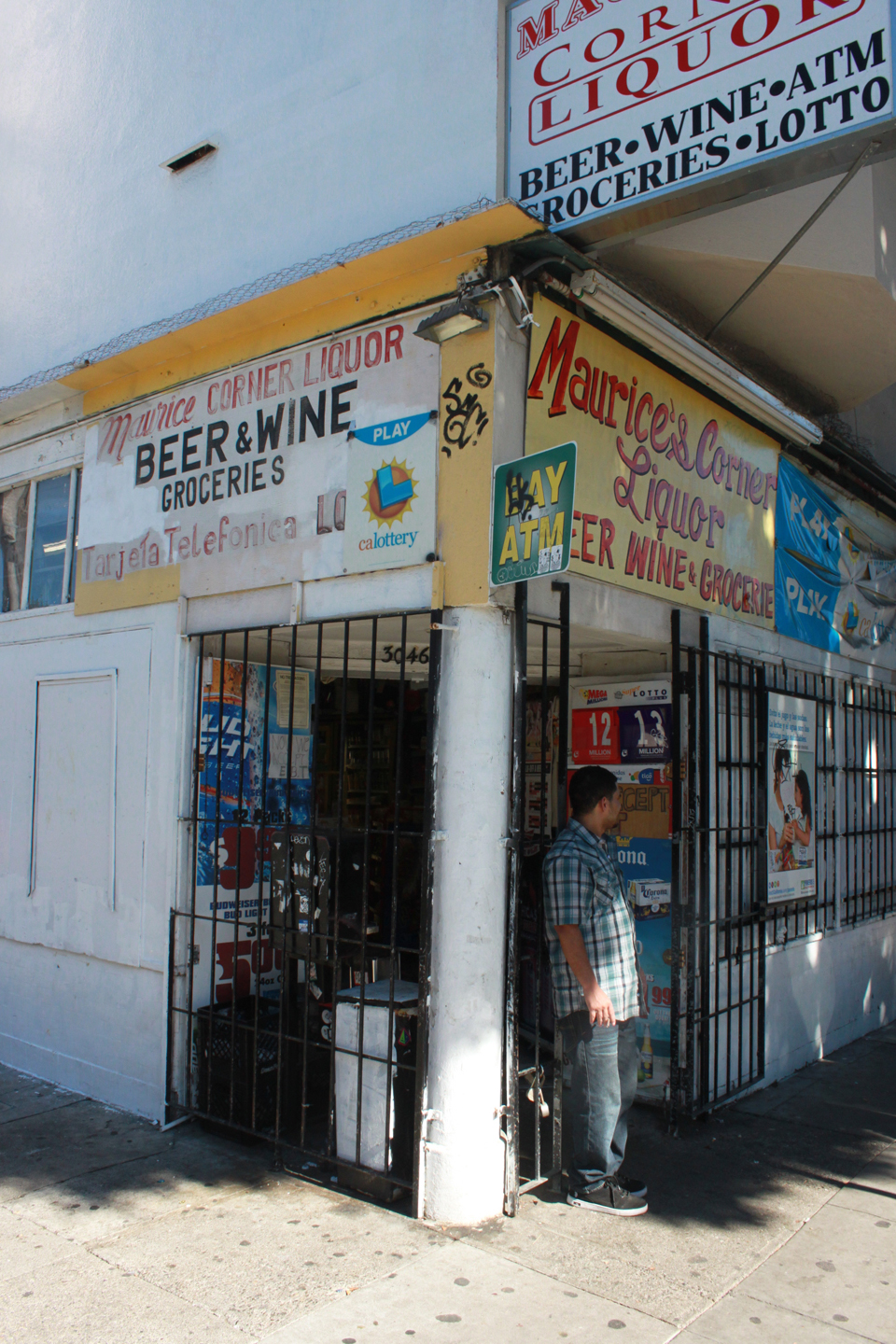
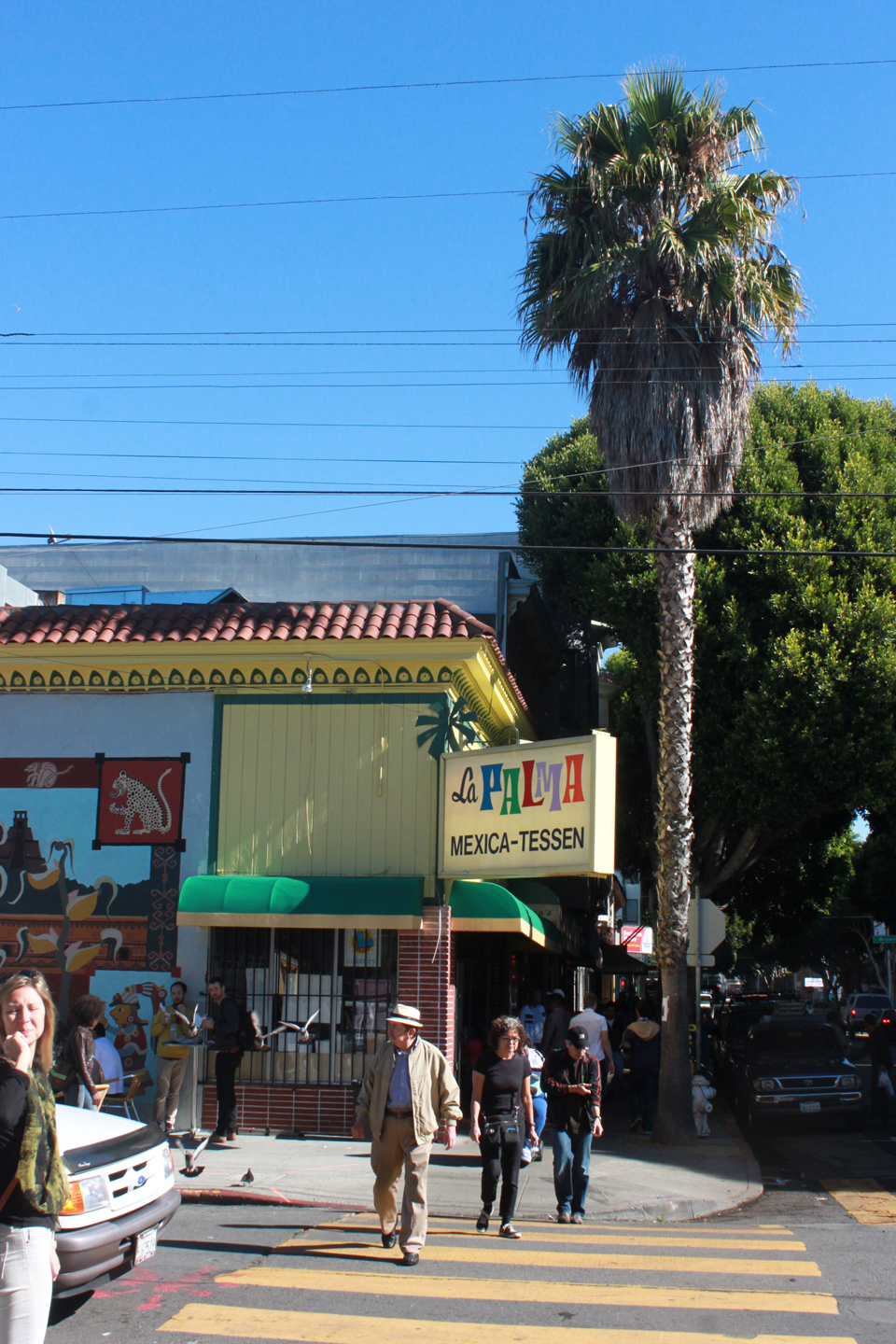
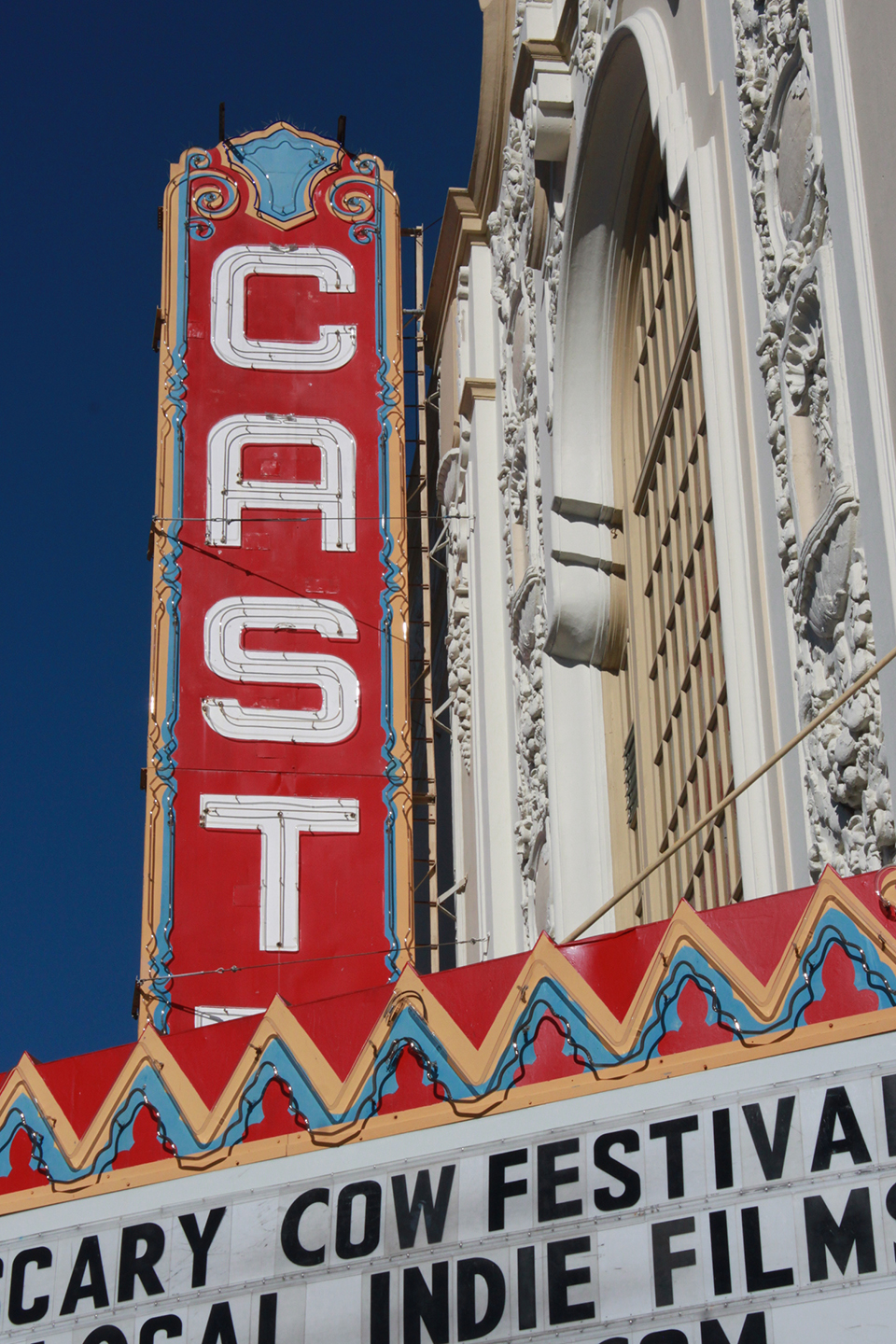


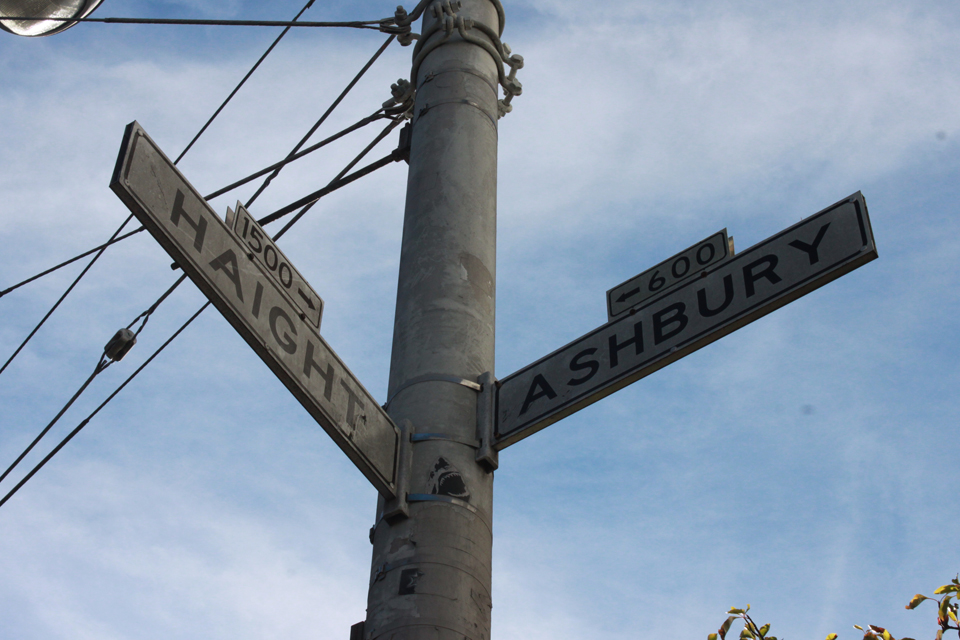

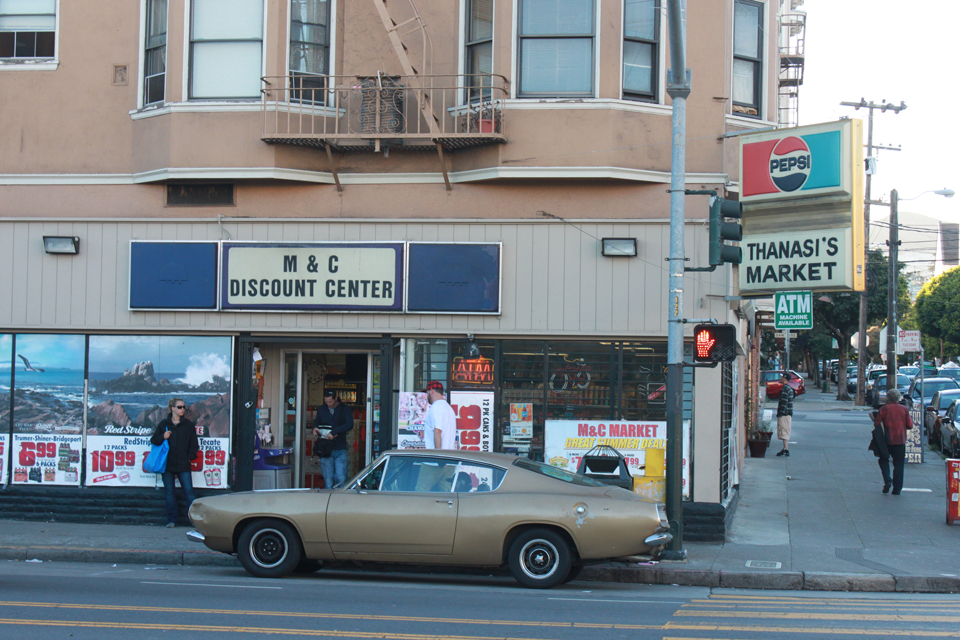


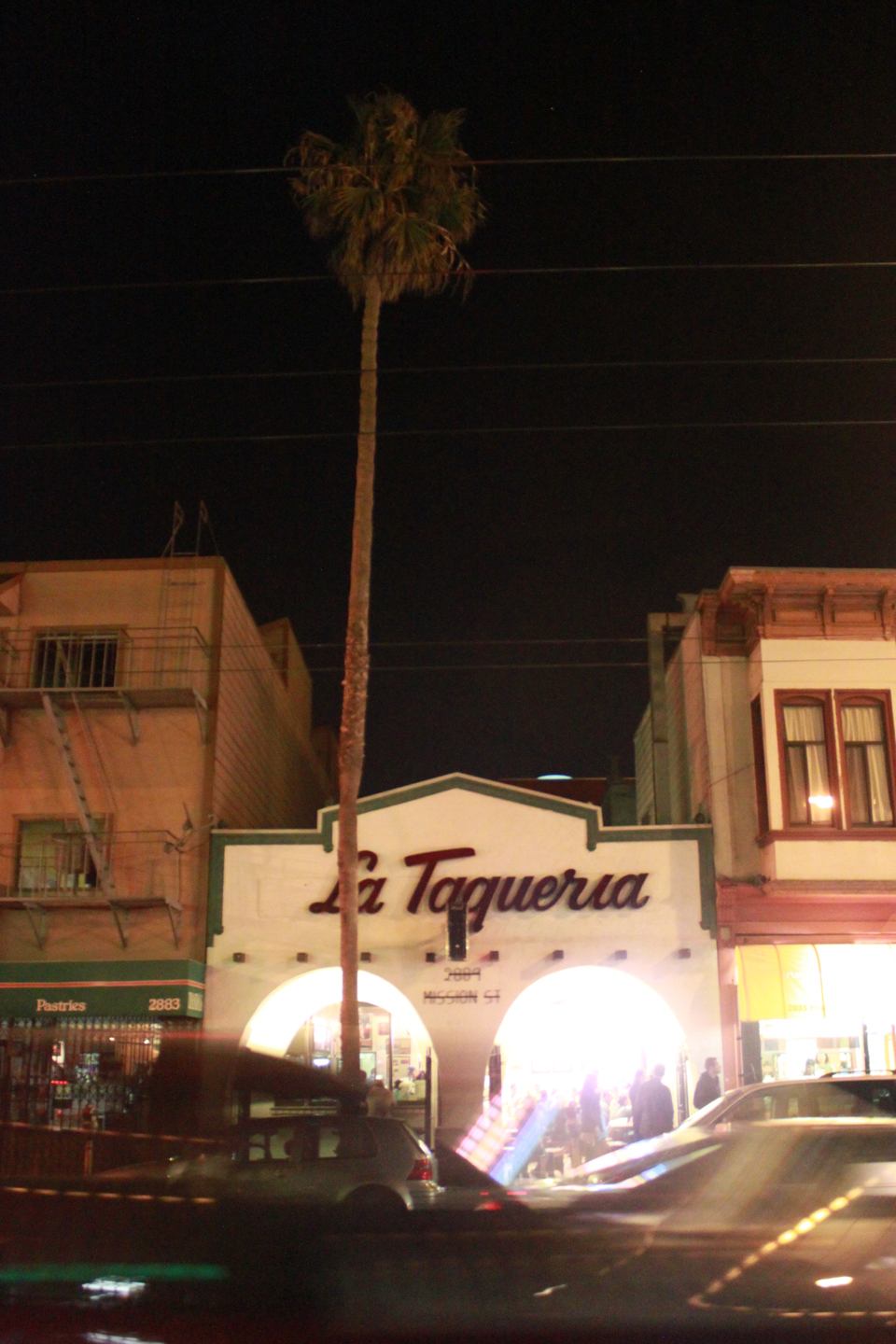


Maui, October 2012.












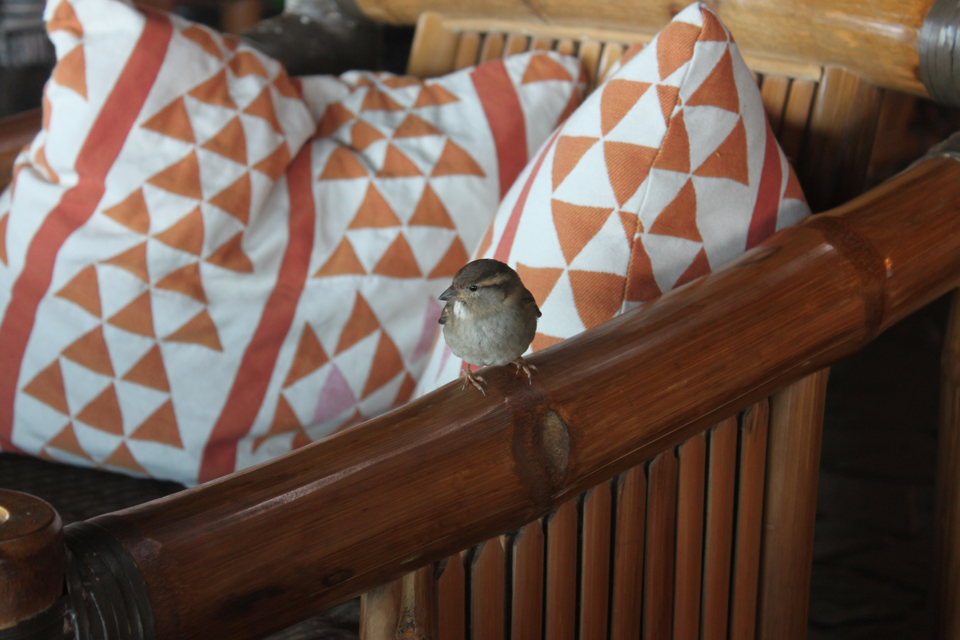














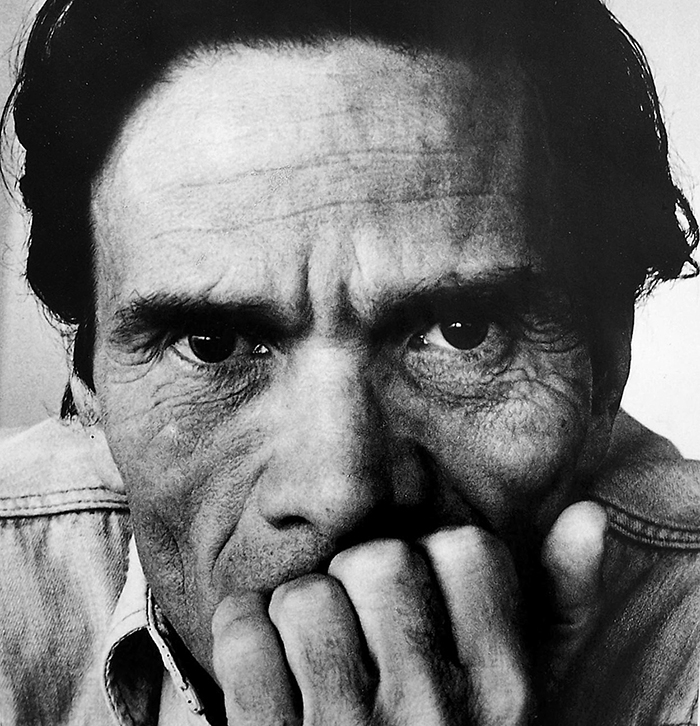
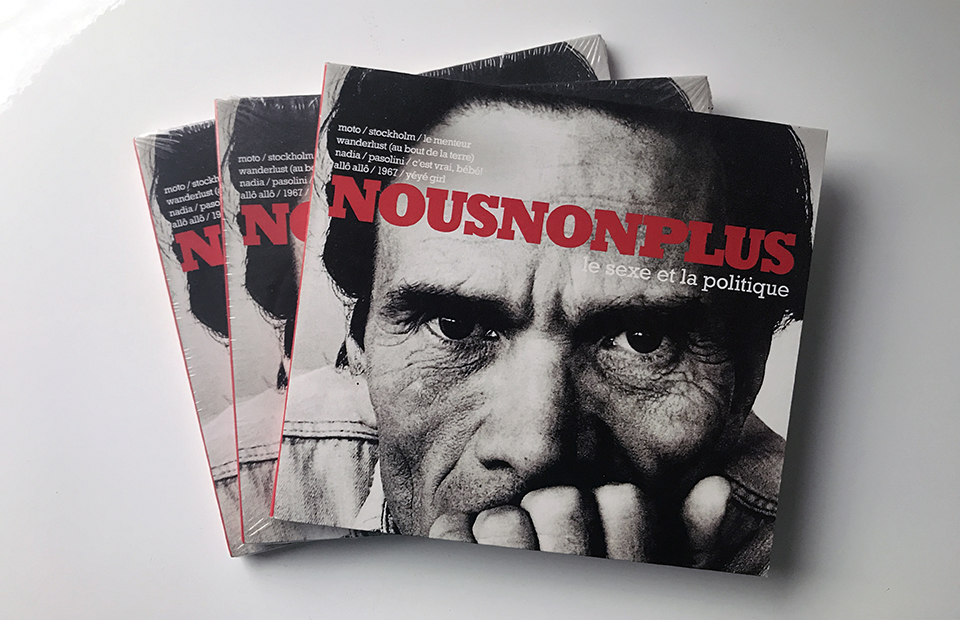
When he’s not “keeping the world safe for Italian wine,” Jeremy Parzen is a Telecaster-wielding member of faux-French indie rockers Nous Non Plus, for whom he goes by the puntastic nom de plume, Cal d’Hommage. Back in May Jeremy asked me to design the album artwork for the band’s new album, Le sexe et la politique. My path first crossed Jeremy’s in 2008 when I took over his wine marketing job here in New York after he’d returned to California. But we share more in common than just a mutual former employer. Already a fan of the band and its unique sensibilities, as a like-minded raging italophile and fellow Beatlemaniac I felt a personal responsibility to uphold my end of the deal.
Jeremy soon began sending me various rough mixes of tracks as they developed in his home studio in Austin, Texas, where he is now based. Having been afforded a peak inside the band’s inner sanctum, and aware of the personal significance of much of the material, I took my design lead from the poet-author-critic-filmmaker Pier Paolo Pasolini (1922-75). Arguably twentieth century Italy’s most controversial celebrity, Pasolini’s notoriety is highlighted by a quote on the inside sleeve, while his eclectic career and life is celebrated in the track “Pasolini”.
Using an intense portrait by photographer Dino Pedriali on the front cover, I selected vintage mid-century postcard scenes of Ostia (the setting for Pasolini’s brutal seaside demise) for the back cover and inner sleeve. The predominance of red represents both the political leanings of the man as well as the at times shockingly honest and direct nature of his personality and work.
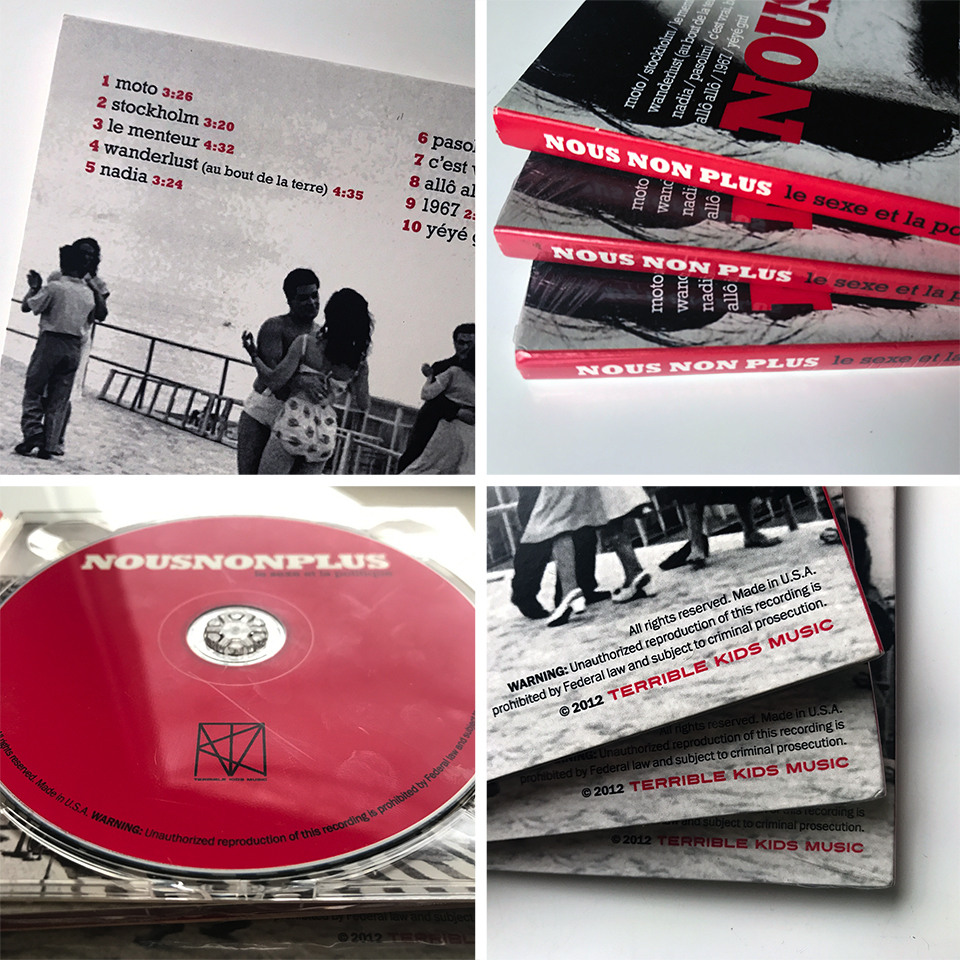
Released on the band’s own label, Terrible Kids Music (for which I also designed the logo), the record is a winning and infectious blend of avant-garde electronica and ’60s pop flourishes. Le sexe et la politique is available to buy now on iTunes, CD Baby and Amazon.
“Io penso che scandalizzare sia un diritto, essere scandalizzati un piacere,
e chi rifiuta il piacere di essere scandalizzato è un moralista.”
— Pier Paolo Pasolini, 1975
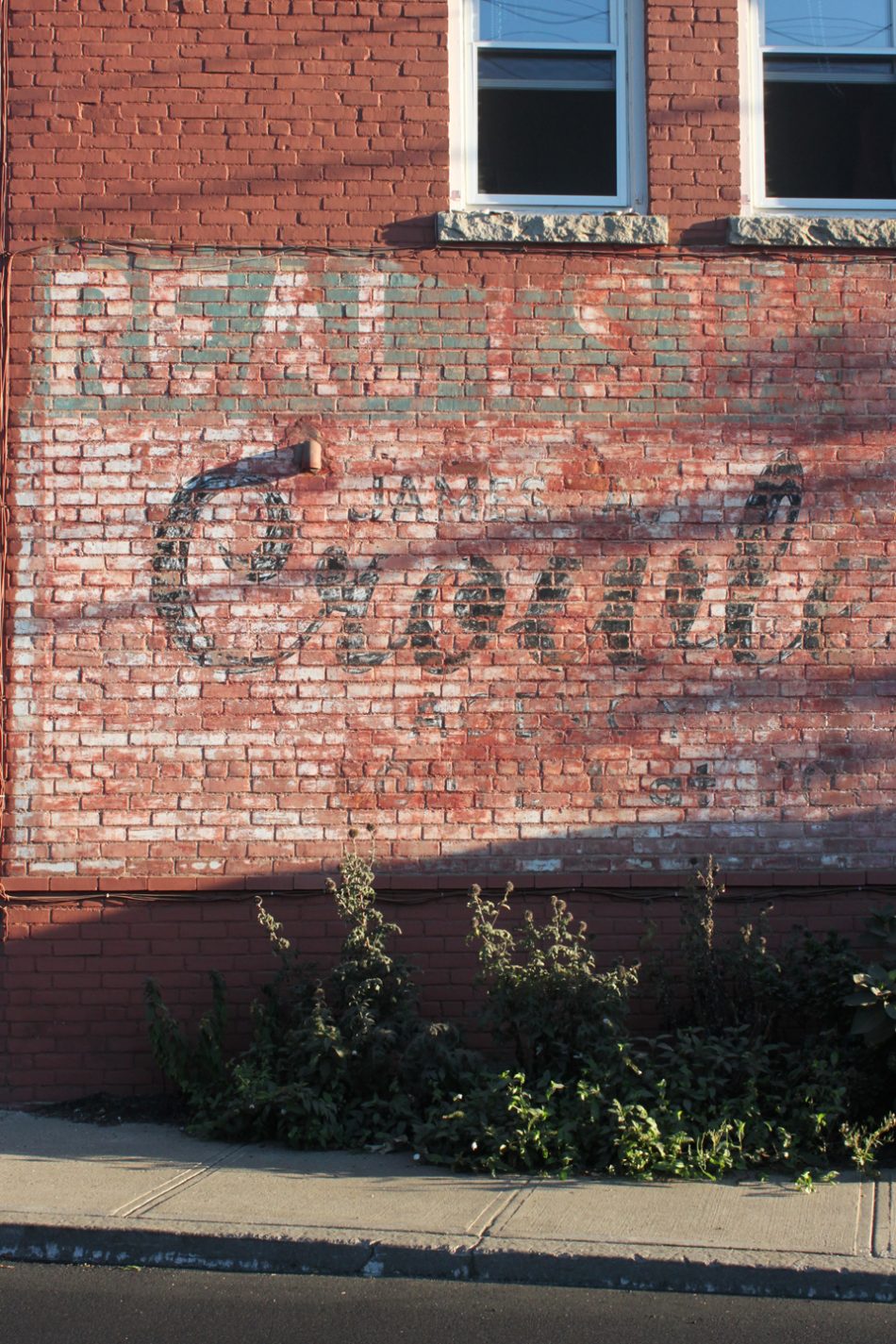
Westbrook and Old Saybrook, August 2012.









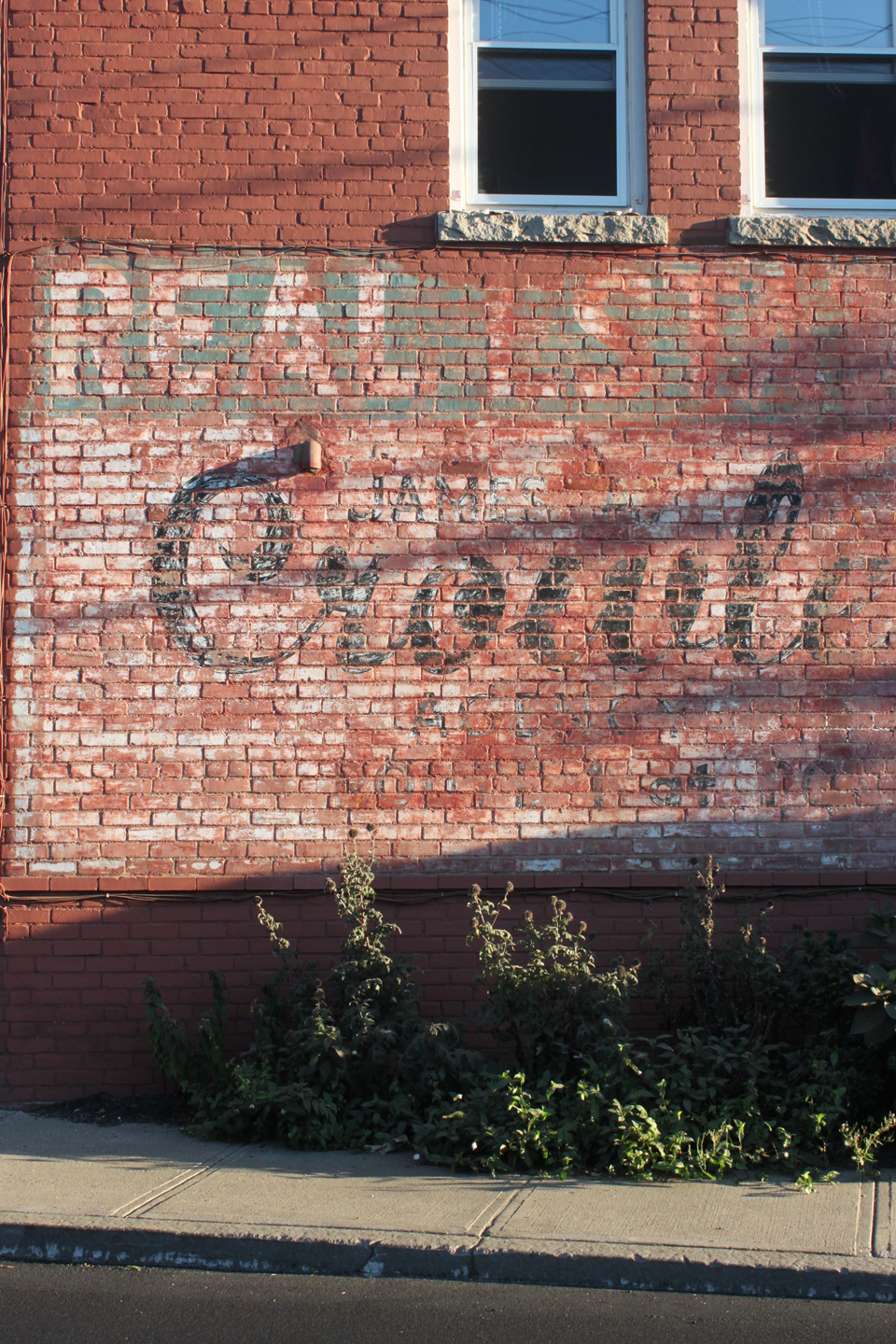



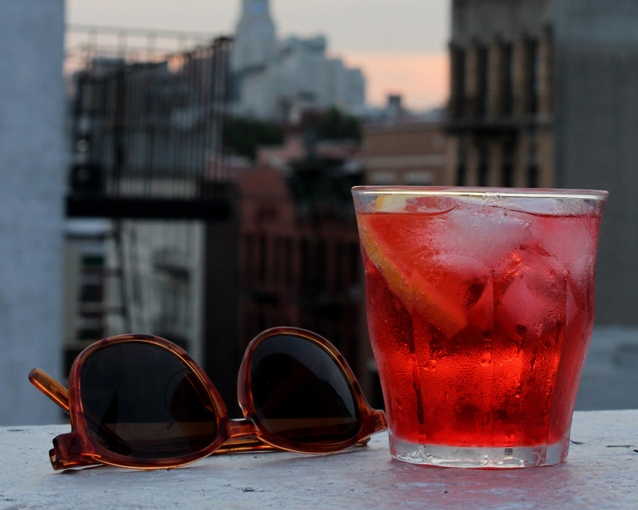
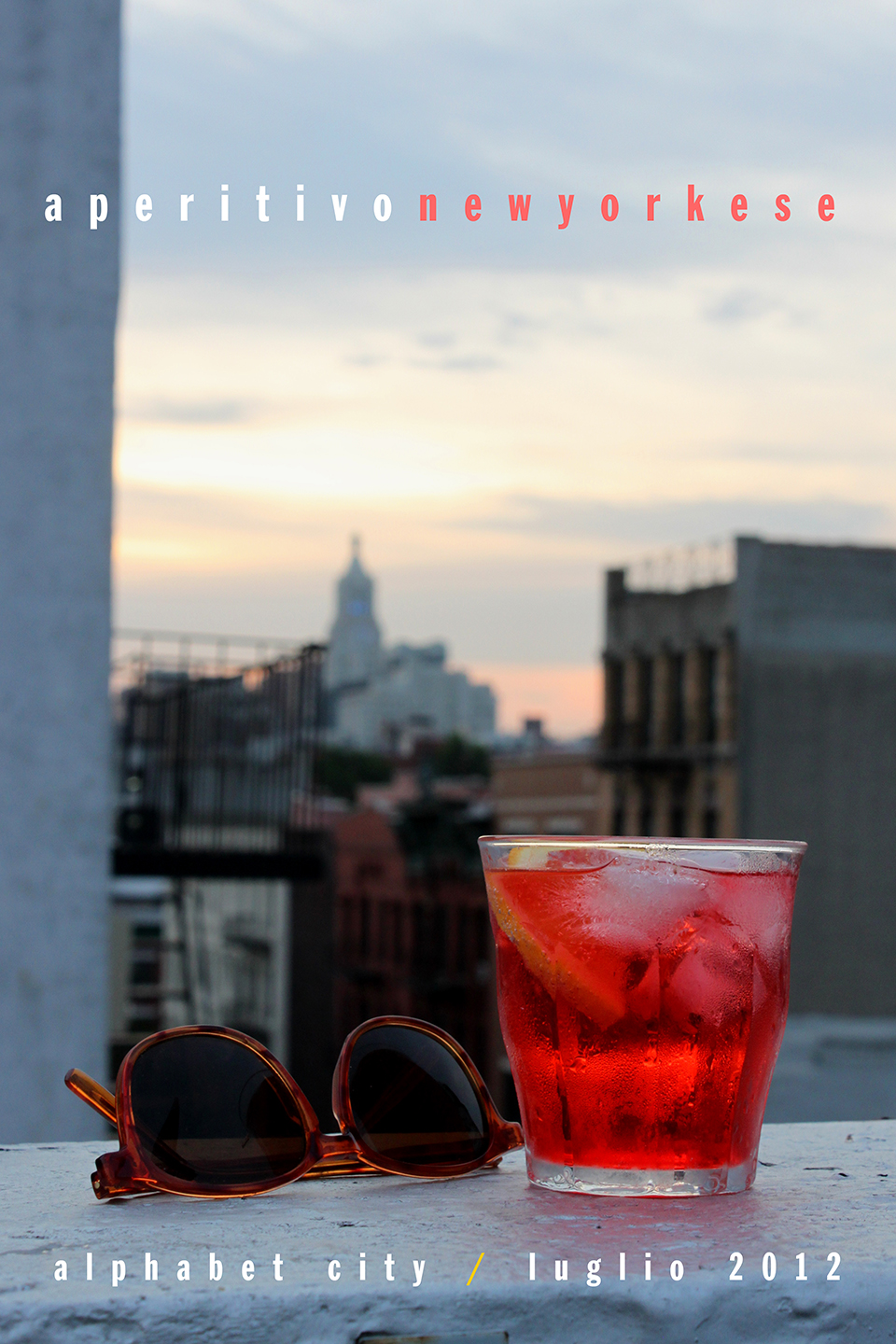
I took this photo of a Campari Soda and my sunglasses on the roof of my Alphabet City apartment building in July 2012. It was only later that I noticed the eerie resemblance to the cover of the Yoko Ono album, Season of Glass.
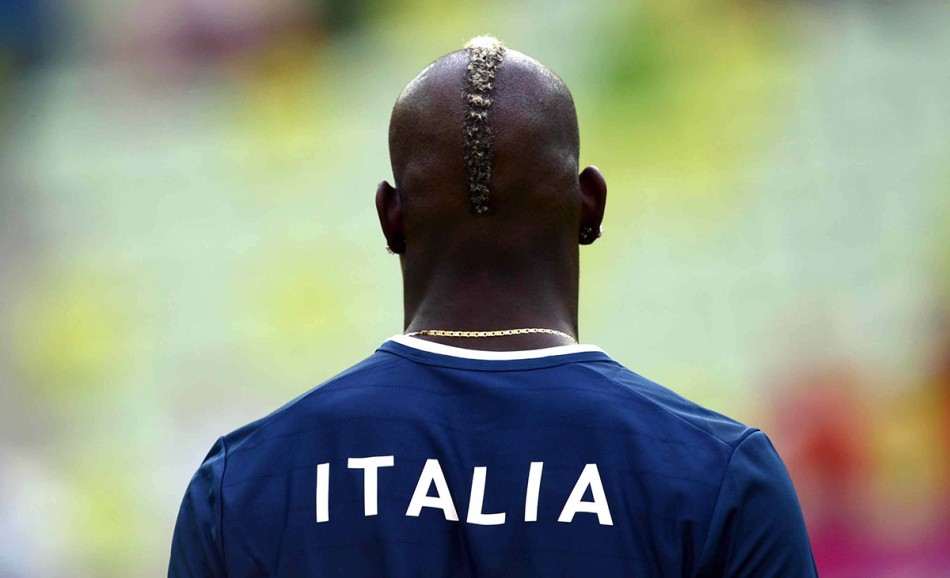
In August 1990, just weeks after Totò Schillaci’s exploits at that summer’s World Cup, a shared place of birth would have seemed the only connection between the newborn Mario Balotelli and Italy’s Golden Boot winner. Born in Palermo to two Ghanaian immigrants, Thomas and Rose Barwuah, young Mario had a difficult first few years, undergoing a series of intestinal operations as a toddler. Even after being placed in foster care with the Balotelli family in the northern town of Brescia, the idea that Mario would one day wear the blue of Italy, let alone become a national icon, would have seemed unthinkable.
Fast-forward to this summer and Mario Balotelli’s two-goal demolition of Germany in the semi-final of Euro 2012 cemented his fame and sealed his reputation as an explosive yet unpredictable talent. While a highly welcome addition to the Italian national team, his success is especially significant in a country that has often struggled with the concept of national identity as it attempts to reconcile its mixed feelings towards immigration.
Despite its epic history, modern Italy is a young country created from the merging of strictly autonomous regions, and today remains fiercely regional. During both world wars this phenomenon infamously hampered communication between “Italian” soldiers, and it is often stated that the existence of a common language in Italy is the sole result of the development of a state-run national network of television and radio.
For most of the twentieth century Italy was one of the great emigrating nations: between 1876 and 1976 the Italian diaspora numbered over 25 million. During this period the issue of immigration was essentially non-existent. Immigrants did not begin arriving in Italy until the 1960s, and only in the 1980s did their numbers start to multiply. Italy’s unique geographical position has made it a natural port-of-call for those arriving by sea from both Eastern Europe and North Africa. Today Romanians, Albanians and Moroccans make up the bulk of Italy’s legal immigrant population, which currently stands at over 4.5 million, a figure that has tripled since 2003.
The progress of the immigrant experience in Italy has suffered due to government indecision and indifference, as well as general bureaucracy. This combined with a cautious mixture of stereotyping and skepticism have naturally hindered integration and acceptance, while one-sided reporting often only perpetuates the problem. Balotelli himself has frequently been subjected to racial abuse by opposing fans, both in Italy and during Euro 2012. While many Italians recognize the complexities of the situation, many immigrants still find themselves socially marginalized. Yet statistics suggest that those who persevere are ultimately rewarded.
Indeed, Balotelli’s arrival on a global stage comes at a time when Italy finds itself at a turning point in its immigration history. As the children of the first wave of immigrants become adults, so a seismic shift in attitude is forced upon Italian society. Few Italian classrooms are without the son or daughter of an immigrant these days, a fact that can only have a positive long-term bearing on the way the matter is accepted.
The impact of Balotelli’s success with the national team is not lost on coach Cesare Prandelli. Shortly after taking control of the Azzurri he introduced a “code of ethics”, ensuring players representing their country maintained responsible conduct both on and off the pitch. The forward’s eccentric behavior has challenged this code on more than one occasion, yet Prandelli’s faith in the young talent is now being rewarded, and not only in a sporting sense.
Though he is the first black player to score for Italy (against Poland in November 2011) Balotelli is not the first player of African origin to pull on the famous Azzurri shirt. That distinction belongs to former midfielder Fabio Liverani, who was born in Rome to an Italian father and Somali mother. Yet after making his Italy debut in 2001 Liverani represented his country just twice more over the next five years, and despite enjoying a moderately successful Serie A career never became a household name. Likewise Algerian-born defender Matteo Ferrari (whose mother came from Guinea) made eleven appearances for Italy between 2002 and 2004 yet was not an international regular.
Other black athletes have represented Italy in other sports, but only after switching nationality. American-born long-jumper Andrew Howe changed allegiance after his mother’s marriage to an Italian. Similarly another long-jumper, Fiona May, was born in Britain to Jamaican parents, but enjoyed success with Italy after marrying pole-vaulter Gianni Iapichino. Following her retirement she moved into acting, and even starred in Butta la luna, a television drama series that tackled the issues of racism and social integration.
The subject of Italian identity and the national team is not a recent one. Until the 1960s the Italian national team was regularly graced by the presence of so-called oriundi, or nationalized Italians, often arriving from South America. Despite this long tradition, some still oppose the inclusion of such players, a sentiment perhaps fueled by Mauro German Camoranesi’s confession to feeling more Argentine than Italian after lifting the World Cup for Italy in 2006. Prandelli however has embraced the problem, openly welcoming several oriundi into the national fold such as Thiago Motta and Pablo Osvaldo.
But the oriundo situation is different to Balotelli’s, as these players are born with an existing connection to Italy through parents or ancestry. The French, English and Dutch national teams began featuring the sons of immigrants in the 1970s, yet these too were mostly players whose parents had arrived from former colonies. Even Germany’s current multi-ethnic squad cannot boast a player whose chances were as stacked against him as SuperMario.
What makes Balotelli’s case a rarity is that neither of his parents were born in Italy, nor grew up there, nor came from a country that had any significant historical ties to Italy, which is what makes the young Italian striker’s story all the more extraordinary and encouraging. Naturally, his parents’ nationality gave him the right to play for Ghana, but Mario instead opted for Italy, finally becoming eligible after earning his Italian citizenship upon turning eighteen. For Balotelli it wasn’t even a decision to make. Born and raised in Italy, he feels Italian simply because he is — after all, he knows nothing else.
Balotelli represents a new example of the immigrant experience in Italy. He finds himself the most high-profile of an increasing band of Italian-born players of African origin for whom the national obsession — football — is proving a medium with which to successfully integrate themselves (and thousands others) into the country’s consciousness. Torino defender Angelo Ogbonna (whose parents emigrated from Nigeria) was an unused substitute at Euro 2012, while Milan’s teenage forward Stephan El Shaarawy (whose father is Egyptian) looks set to form an unprecedented partnership with Balotelli at international level. That the pair have only one Italian parent between them can only aid the cause of numerous other Italians of African origin currently plying their trade in Italy’s lower leagues, further from the media’s glare.
Incidents of racism in Italian football often cause casual observers to misbrand the sport and its followers. Yet while the stadium is often sadly an outlet for racism, the sport itself cannot be held to blame. On the contrary, young Italians of have discovered that the democracy of the football pitch has provided them with the structure from which to build a positive future and possibly a career. What their stories repeatedly demonstrate, is that when it comes to acceptance, social integration and community, football is actually several years ahead of the rest of society.

One year on from the wedding of William & Kate, another royal event is already upon us, as Britain unites for a vapid exercise in fervent plastic-flag waving. This time the occasion is Her Majesty Queen Elizabeth II’s Diamond Jubilee, although the worthier cause for celebration, besides the ability of the grotesquely privileged to stay alive, is once again lost on me.
As is always the case with royal events, the enthusiasm of the national media and huddled masses is as baffling as it is predictable. Of course, royal appearances have always been accompanied by a sea of blinkered supporters, but among them can now be found many would-be anti-monarchists, whose attitudes appear to have veered from unwavering disapproval towards jolly acceptance. Have formerly staunch opposers of the royal family simply grown tired of Windsor-bashing? (Admittedly it’s a thankless and ultimately pointless task, and one that their European cousins are mostly spared.) Or has a rampant form of political correctness reached a point in which even the once overripe monarchy is today exempt from criticism?
In the late nineties Tony Blair’s New Labour government worked hard to enliven the country after almost two decades of bleak conservatism, but in doing so caused many heretofore disillusioned Britons to reassess the state of their own nation. One consequence was a swift reappraisal of British culture by liberal left-wing voters, and a general softening towards overt Englishness (something that had previously rarely been seen outside a sporting context). Likewise, as it limped into the twenty-first century, the royal family adopted shrewdly-timed PR savvy to smooth over the public (and private) cracks which appeared following the death of the Princess of Wales.
This genuinely shocking event had all but been forgotten by the occasion of the Queen’s Golden Jubilee, a mere ten years ago. The bloated celebrations culminated with a concert (inaccurately dubbed “The Party in the Park”) held in the gardens of Buckingham Palace and involving the usual cast of pro-establishment musical legends (and S Club 7). In a stunt as preposterous as it was spectacular, the show opened with Brian May performing “God Save The Queen” as a guitar solo atop the Palace roof, his rock god hairdo windswept by an overhead jetstream provided on cue by the Royal Air Force. This was at the height of “Cool Britannia”, a government-generated and media-endorsed movement whose manifesto was the instant approval of all things British that matched a young person’s criteria of credibility.
Credibility is not something often associated with the royal family, but some still cling to the hope. A year ago, the wedding of William and Kate again foisted the foolish expectation on the nation that the good-looking newlyweds would haul the monarchy out of whatever bygone century it wallowed in and somehow lend it relevance. Yet shortly thereafter the happy couple faded into the usual royal state of general invisibility, ceding the tabloid spotlight to Kate’s sister Pippa and her ample derriere (which undoubtedly sells more newspapers).
“It’s a great day to be British.” So we’re told repeatedly on occasions like these by those who enjoy empty displays of pageantry. But what about the next day? What happens on Monday morning, after the last commemorative paper plate has been thrown away? Similarly, royal supporters’ insistence that events like today’s help “unify the nation” is equally bewildering. As far as I’m aware, the only thing that unifies the English (besides tea) is an insatiable appetite for mediocre television. That the “telly” holds such sway over the country is less alarming than the extent to which otherwise smart individuals choose to adhere without question to its monoculture with such mindless obedience.
Perhaps the most cringe-worthy aspect of modern royal events is the mystifying encouragement of so-called “street parties”, in which the notoriously reserved English, supposedly overcome with a sudden passion and fervor for the monarchy, emerge from behind net curtains to revel with neighbors in a painfully forced ritual of false community — one that is no doubt made easier by the combined pleasures of Union Jack serviettes and Tesco Finest Swiss rolls. But beyond suburban boredom or a deeply-rooted complex of inferiority, just what is it that causes the English to harbour a hysterical desire to project the UK as a bunting-strewn utopia of national pride? At the heart of it surely lies a desperate need to cling to a cherished yet fading sense of national identity — a tenuous concept at best, and one that is almost impossible to define, let alone maintain, in a reality of multi-cultural digital globalization.
Today thousands of the Queen’s tax-paying subjects will line the Thames to cheer with blissful ignorance for a family whose defining attributes are ineptitude and immorality. Meanwhile, a once active fight to abolish the monarchy appears to have mellowed against a wall of cultural oppression (a case of “if you can’t beat ’em — join ’em”). More than ever, the UK comes off as a nation not only under the thumb, but in a state of deluded fantasy or, worse, faux-naiveté — far more serious than the real thing because everyone ought to know better. Which begs the question of which is worse: not knowing your history or choosing to ignore it?
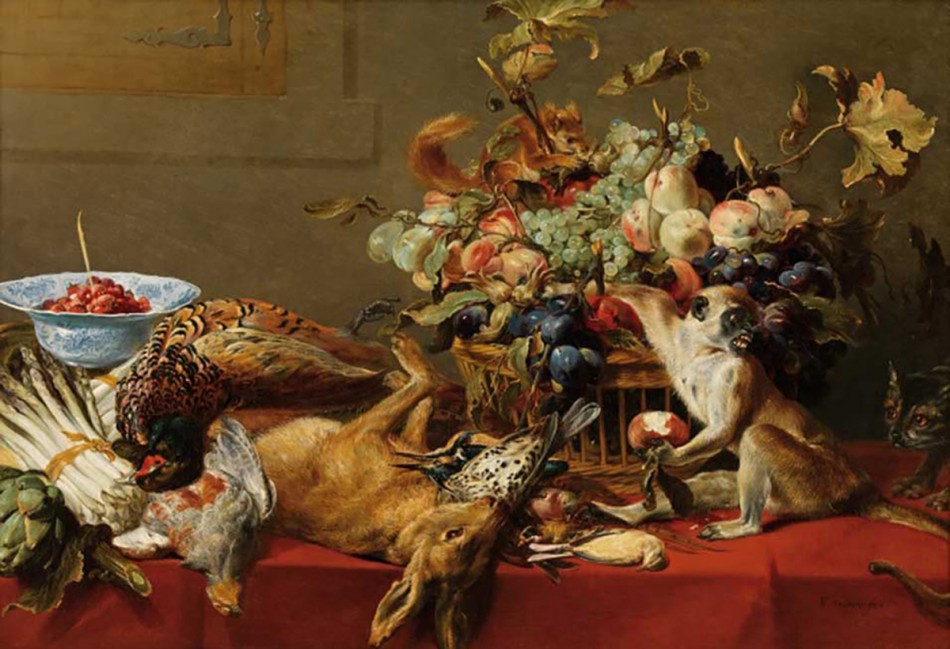
In New York, it’s often said that “everyone’s a critic.” The phrase may have had its origins in the theater world but these days is best applied to the city’s thriving restaurant industry. Every New Yorker seems to have a favorite neighborhood dining spot or an opinion on the hottest new place in town. So imagine the chance to try dozens of restaurants in one evening, all in the same location! Last night my wife and I attended “Best of the West”, the fifth annual edition of a culinary tasting event showcasing the finest restaurants on Manhattan’s Upper West Side. The event’s honoree was a real critic, and an insatiable one at that, former New York magazine restaurant reviewer Gael Greene (who, if in attendance, kept her wide-brimmed hat pulled down all evening). This is the kind of organized fun that ordinarily I would not be seen dead partaking in, but we had accepted two tickets generously offered to us by a friend. I say “generously” because I believe the offer was a gesture of genuine kindness, though having now successfully survived the evening I am beginning to wonder if the tickets were not offloaded onto our unsuspecting selves by someone who knew what they were otherwise in for.
I worked in the food and wine industry for several years, and when I finally left my feelings could be summed up in one word: relief. That may seem excessive, but last night those feelings came flooding back. I’d seen these kinds of events before, so to an extent I knew the drill. However my initial skepticism had been softened by my optimistic wife who insisted we’d have a good time, or at the very least a free dinner. I reluctantly obliged, but my fears appeared to have been justified when we arrived to find a line of people snaking halfway down 77th Street. Strips of reinforced fluorescent paper were slapped on our wrists and we sheepishly joined the back of the queue. Judging by the size of the line and the ages of the eager people in front of us I presumed that a Duran Duran reunion tour was also kicking off inside the jumbo wedding tent that had been erected for the occasion in a school playground on Columbus Avenue.
That we were clearly among the youngest attendees was no surprise since tickets for the event started at a staggering $125 per person. Surely others had also been given free passes. How else to explain the crowd of people apparently content to drop that kind of cash in order to sample dozens of two-bite portions, when a proper meal at a nice restaurant could be enjoyed sitting at a table for considerably less? I soon realized the event was the perfect marriage of big city salaries and suburban tastes (or at least where the two come to mingle). The New Taste of the Upper West Side website offers the following advice: “For those who would like one-on-one encounters with the star-chefs before the evening revs up, we recommend VIP tickets.” Those go for two-hundred bucks a pop, but I’m not sure what the extra seventy-five buys you. Just what exactly does a “one-on-one encounter” with a star-chef entail? Does he take you back to his kitchen and show you his utensil drawer?
As we were herded into the vast feeding pen (as my wife so accurately described it), stewards took wine glasses equipped with blue lanyards and placed them around our necks, presumably so we could practice the sophisticated art of hands-free drinking. From the other side of the playground’s chain-link fence I watched ordinary people going about their business in the warm May evening, on their way home from the park, or on their way out to dinner. I longed to escape and join them, but the line of cops to my left prevented me from making any sudden moves. I lowered my shades and tentatively entered the arena.
“Arena” is the most appropriate word for the venue, for this was not a restaurant, nor even a party, but rather a barbaric spectacle worthy of Ancient Rome’s notorious appetite for food and flesh. The object of the game is to sample every one of the forty-odd dishes being frantically prepared by the overworked sous-chefs hunched over fold-out tables. Faced with this incohesive smorgasboard, my wife and I took one look at each other and decided to bend the rules slightly, heading straight for the wine and liquor stand. Even at this early stage it seemed excessive alcohol intake was our only hope of salvaging the evening.
I was on my third Aperol Spritz by the time I managed to get near any food. Pushing through a pack of salivating young women in heels I was able eventually to scrounge a small plate containing two sushi rolls, which we considered a satisfactory appetizer. The next two restaurants were both serving ravioli, or as the heavyset man standing two inches behind me called them, “ravioles”. I had initially planned to plot my consumption strategically, so as to replicate as closely as possible a true dining experience. Clearly this would be an impossible task, and my plan was hastily discarded as it became evident I’d be better off taking whatever I could get. Every stand was occupied by a clamoring mob of plastic-fork wielders or an impatiently indulgent queue matched in length only by the line for the portable toilets (that’s what you get for $125). Any chance of deriving any pleasure whatsoever from what dishes I was able to sample was rendered an impossibility by the entirely unpleasant setting. I don’t care which celebrity chef made it, nothing tastes good when served on a plastic saucer and eaten while standing next to a large recycling bin.
The generally hellish atmosphere was made worse by the repulsive Europop din that pulsated incessantly from all corners of the giant marquee. When we had arrived, Joe Bataglia & The New York Big Band were midway through a cheery set of standards, but they’d swiftly taken a break, possibly due to general nausea. When I got to their end of the room I leaned over towards a saxophone player and implored him to begin their second set. Slumped in his chair, the aging musician gently lifted his hands as if to speak, then lowered them again and stared at the floor. I think he’d lost the will to live.
By now the music had been blocked out anyway by the licking of fingers and loosening of belts, as unsated customers gorged themselves in a vain attempt to ensure they were getting their money’s worth. Meanwhile, I was bombarded by inane chatter at every turn: “Omigod, this is like the best lobster roll ever!” or “Have you tried the meatballs? They’re a-mmayyyyy-zing!” The event’s website had promised “a multitude of tastings to tantalize, stimulate and motivate discerning palates.” I was motivated alright – but only to get the hell out of there. Unfortunately discerning palates rarely remain such once the term “all you can eat” has been released into an air of bloodthirstiness. I have no doubt more food was wasted than consumed last night amidst the bacchanalia.
To my bitter disappointment I didn’t spot one celebrity chef. How a celebrity chef differs from a regular chef I do not know for sure, but I think it has something to do with the size of his hat. That such a category of stardom could exist is utterly ridiculous to me, but wholly indicative of America’s twisted and complicated relationship with food. Such is this country’s insistence on equating taste and eating habits with class and education that ordinary food, the kind the rest of the world prepares and enjoys on a daily basis without any song and dance, has been elevated to something that only a television personality or top chef can possibly create. Consequently all food is expected to fall into one of two categories: “Ewwww…Gross!” or the aforementioned “A-mmayyyyy-zing!” Good food is not art nor rocket science — if it were either it is unlikely the human race would have advanced far beyond the Neolithic Era. Nor is it supposed to be a substitute for sexual satisfaction (although my wife remains convinced that none of these so-called gourmands could have been getting much action elsewhere).
Grabbing a handful of mini-pastries from the dessert zone we made our escape by heading for a side exit, just as the band returned to play “Copacabana”. The fading daylight caught me by surprise, piercing my weary eyes. We’d been inside the tent for a total of forty-five minutes: two had involved eating, the remaining forty-three were spent being shoved in the back. Having failed to find a (possibly non-existent) coffee stand we walked a few blocks down Columbus and bought our own, still reacclimatizing to the civilization we’d abandoned less than an hour earlier. We then sat in the park and sipped it as the night grew dark, still in a state of culture shock, horrified and bewildered by the grotesque scenes just witnessed. As I wrestled to remove my fluorescent wristband, my stomach began to feel like it was digesting a lead weight, even though I barely recalled eating anything besides a greasy tuna-fish slider. For the next hour the pastries sat untouched on the bench beside us, and remained wrapped for the duration of the seventy-block walk home. Frankly, I’d lost my appetite.
Frans Snyders, “Still Life with Fruit, Dead Game, Vegetables, a Live Monkey, Squirrel and Cat” (before 1657).


Shortly after Vino Fine Wine & Spirits underwent a change in ownership in 2012 I was asked to update the popular wine shop’s brand identity. According to new owner Adam Linet the store’s existing logo appeared tired and the colors, while recalling its Italian origins, looked too “Christmassy”. Having previously worked for the company that had operated the store I knew the place, its products and clientele better than most. Adam brought along some fresh ideas, including an expanded inventory of top-quality, affordable wines and free samples on tap thanks to the installation of space-age wine fridges. The new logo is more modern and dynamic, while its accompanying collateral reflects the fun and vibrancy of the new Vino. Cheers!
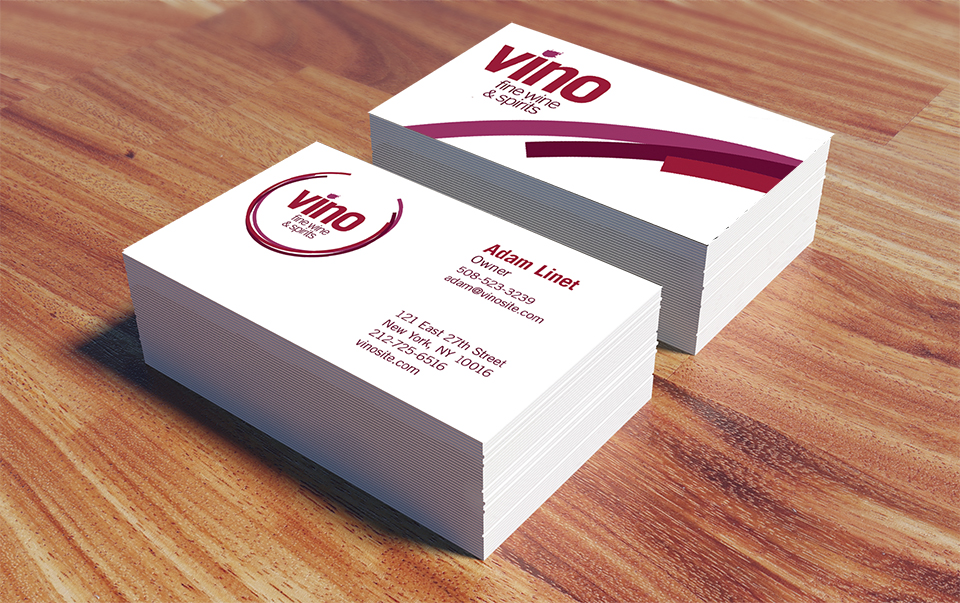
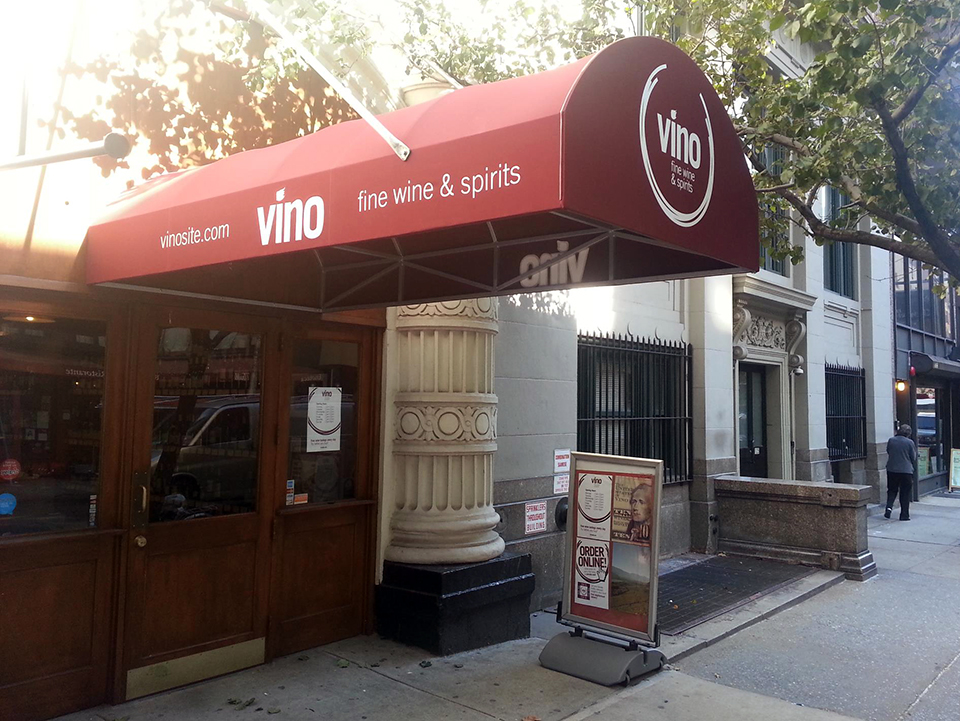
Vino Fine Wine & Spirits is located at 121 East 27th Street (between Park and Lexington Avenues) in Manhattan.
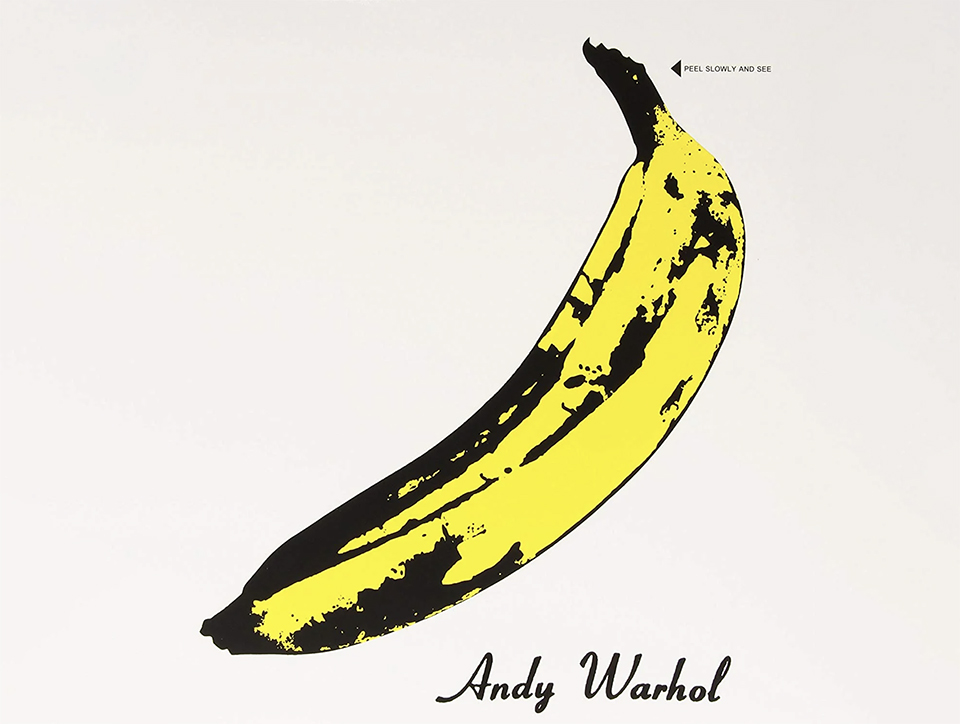
When I was a child I used to sometimes watch an after-school cartoon series on the BBC called Bananaman. The absurdist premise of this superhero parody concerned Eric, an ordinary schoolboy who, for reasons unknown, would transform into the titular character each time he ate a banana. I mention this because recently I too have undergone an unexpected transformation of the musa acuminata variety. Yes, I’ve started eating bananas.
I know what you’re thinking: big deal. Perhaps, but not for someone who had hitherto enjoyed his entire life banana-free. For the last thirty-two years I have steadfastly shunned this popular hand-fruit and onetime comedic prop with a vehemence matched only for my distaste for that vile grey fungus otherwise known as the mushroom. Indifferent to the banana’s mild flavor and wary of its unpredictably mushy texture, I had always preferred to play things safe in the fruit department, invariably reaching for a crisp Golden Delicious, or, when in season, a juicy clementine.
Now that I think about it, bananas were pretty big in the eighties. In addition to Bananaman there was also the chart-topping girl group Bananarama, while inflatable bananas were a popular accessory among British soccer fans. But none of this was enough for me to start eating them. My father and I share many common tastes, though when I was young bananas weren’t one of them. I used to watch him slice a banana onto his muesli in the morning, or add them to peanut butter and toast as a late-night snack. When he offered me some I would turn my nose up in staunch refusal. Parents are often reluctant to accept that their child might not like a certain food, and mine still persist in trying to feed me things they’ve never seen me eat. Now I know why.
I can’t pinpoint with any certainty the moment my attitudes towards bananas changed, but it must have been sometime last summer. Thanks to her experience in Cuba, my wife had already introduced me to the undeniable pleasures of fried plantains (the banana’s feisty Caribbean cousin), and I’d enjoyed eating amarillas in San Juan and tostones at Casa Adela on Avenue C. When I worked at MoMA, my penchant for banana bread from Remi To Go had earned me mockery from colleagues. I’d also opted for banana flavored post-workout protein shakes. Meanwhile, in an attempt to save money on wildly overpriced cereal I’d begun purchasing oats, flakes, nuts and dried fruit in bulk from the health food store on West 13th Street and mixing them at home. My customized muesli was an instant hit (I also drew both internal satisfaction and amusement from the fact that I’d awoken my long dormant inner bohemian).
One bright morning I was preparing my breakfast when I saw a bunch of bananas sitting in the fruit bowl, at which point something must have come over me. It was almost like I was no longer in control of my own body, because before I knew it I’d taken a banana from the bunch, peeled and sliced the whole thing into my cereal bowl. I then ate the entire contents without trepidation. A sense of rare achievement washed over me. The next thing I knew I was buying Chiquitas by the bunch at the supermarket. At first I cut them into narrow slices, so as not to risk eating too much at once, but soon this irrationality subsided, and I began chopping at the flesh haphazardly with one hand while the other tended to the simmering coffee pot.
This routine continued for a couple of weeks until one morning, half out the door, I became compelled to take a snack to work. I scanned the kitchen and immediately went for a yellow banana. Once outside, I broke the skin (with some difficulty at first), peeled it back slowly and took a bite. That strange unique texture that had repelled me as a child was no longer unpleasant to my grown-up tongue. I took another bite. Then another. I reached the end of the block and saw I was holding an empty banana skin. Tossing it into the trash can I bounded down the street with new purpose. Suddenly anything seemed possible.
Almost overnight, bananas became my snack of choice. I even called my dad to tell him the exciting news. I began eating them more often than any other fruit, in the mid-morning with coffee, or as an instant potassium boost before hitting the gym. Bananas have superficial qualities too: they make a great desk accessory and I honestly believe you automatically look cooler when eating one. Thanks to my meandering walks home from work I have memorized the locations of a dozen fruit stands, where a dollar buys you between three and five bananas depending on the day (or maybe on the weather). I have discovered that even by fruit’s lousy standards bananas have a spectacularly short shelf-life. Personally I like to let them ripen until they’re on the cusp of collapsing into your mouth.
My only regret is that it didn’t happen sooner. So why now? It’s perhaps no surprise that my new-found love for bananas coincided with a long period of severe professional frustration and personal depression, which left me seeking new experiences in places I’d often overlooked. I was like George Costanza in “The Opposite”, consciously ignoring every instinct I’d ever had in a desperate attempt to better my life and improve my situation. And it really worked.
As adults, there often comes a point where we develop a tendency to accept that we are a certain way, and of a type or mind from which we cannot deviate. It’s a common mechanism for dismissing the unknown from our experience, but with it we risk sliding into predictability. The feel-good moral to this story (besides the one about parents always being right) is that it’s never too late to change who we are or who we want to become. And there’s perhaps no sensation more terrifying or thrilling than the realization that we don’t know ourselves half as well as we think we do. I still don’t like mushrooms though.
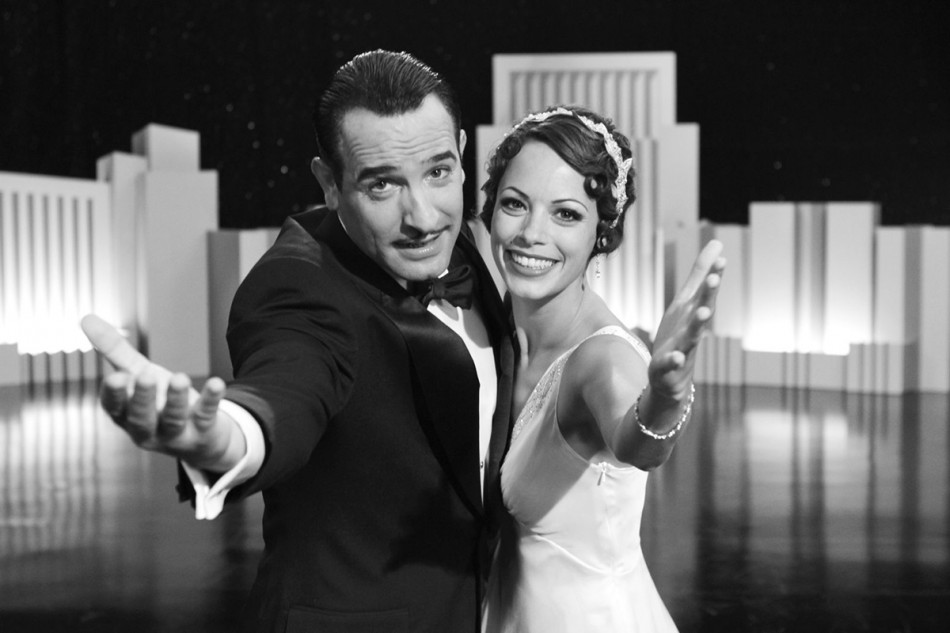
“I WILL NOT TALK!” cries silent movie star George Valentin, as we fade in on his gaping mouth. Except his screams of anguish go unheard, both by his torturers and by two very separate cinema audiences: the one enjoying his latest Hollywood adventure and the one viewing The Artist, the new film by French director Michel Hazanavicius. Valentin’s words are only understood via a title card — a delightful joke that cleverly prepares audiences for cinema’s first commercial silent release in almost 85 years.
But how would twenty-first century movie fans react to such an audacious premise? The effect of hearing nothing but Ludovic Bource’s jaunty score is initially jarring. Though sound (or lack thereof) is not The Artist’s only technical departure from today’s type of movie-making. The film was shot using a 1.33:1 screen ratio common for the time, and at a slower 22 frames per second to achieve the slightly sped-up quality of the period (most movies today are filmed at 24fps). But the biggest surprise that comes from seeing The Artist in a packed theater (aside from the shock of how much noise cinema-goers actually make) is how quickly the audience settles into the unfamiliar.
The year is 1927 (the same year The Jazz Singer was released) and Valentin, played by Jean Dujardin, is Hollywood’s barrel-chested action hero du jour, in spite of the fact that nobody has ever heard a word out of his mouth. Amidst the clamor surrounding this pencil-mustachioed matinee idol, a confident young flapper named Peppy Miller (Bérénice Bejo) manages to breach the lax security of Kinograph Studios, talking (and dancing) her way onto his next feature. On screen, the two mismatched performers share a flirtatious scene, and off it, a brief but significant meeting in Valentin’s dressing room that will drive the plot forward.
Things are shaking up in Hollywood at large, too, with the advent of talking pictures. When burly studio boss Al Zimmer (John Goodman) reveals this revolution in sound technology to a skeptical Valentin, the proud star refuses any part, effectively signaling his own rapid professional and personal decline. With deft irony, the brand new medium catches the sprightly Miss Miller on the cusp of fame, propelling her from young aspirant to starlet in her own right. Caught in a frustrated marriage to a surly and disgruntled wife (Penelope Ann Miller), Valentin’s plight is aided by the presence of his abiding chauffeur/cook Clifton (James Cromwell), as well as his one-time on-screen companion, a faithful Jack Russell terrier that more than proves his worth to the washed-up actor away from the cameras.
It is a melodrama that has already been rehashed in Hollywood once too often, but never quite like this. As both protagonists grapple with their new-found circumstances, their feelings of guilt, longing and regret resonate twice as deeply due to the complete absence of dialogue. Consequently we are forced to infer everything from each nuanced smile, stolen glance and wiped tear. A nostalgic fascination for the forgotten era notwithstanding, The Artist packs the purest emotional punch I’ve felt at the movies in a long time.
Though cinematographer Guillaume Schiffmanit shot the film in color, every frame positively shines with all the white splendor of the pre-war Los Angeles sun (before the smog set in). Every detail is recreated with unnerving accuracy. It is rare to see a period movie suggest another epoch with such meticulousness, and I repeatedly lapsed into forgetting the film was brand new. Yet the film’s extraordinary technical research would have been for nothing without the winning performances of its two leads, the dashing and handsome Dujardin — who had previously starred in Hazanavicius’ series of spy spoofs, OSS 117 — and his female foil, the dazzling Argentine-born Bejo (daughter of filmmaker Miguel Bejo and Hazanavicius’ wife). Both possess the kind of expressive faces that belong to another time, before movie stars became CGI facsimiles of each other. Would any of today’s A-listers abandon their ego enough to perform without speaking? Here the film’s principal device enables its ultimate success, which hinges on the fact that neither actor is recognizable to audiences outside France. The tale is all the more absorbing precisely for the fact that we do not know the sounds of their voices.
For the first ten minutes I found myself wondering how long this central gimmick could be maintained, while at the same time hoping that the filmmakers would have the guts not to abandon the “novelty” mid-way through. I was reminded of Pleasantville (1998), another clever film that used technical device to tell a story, allowing color to subtly infiltrate a black-and-white fifties suburbia. I expected a similar turning point during The Artist, but instead the movie itself plays on its audience’s inevitable questioning — we are repeatedly invited to second-guess the ingenious conceit only for the filmmakers to consistently have the last laugh.
Nominated for six Golden Globes, twelve Baftas and ten Academy Awards, The Artist arrives under a weight of expectation and is not without flaw. The ending feels hurried, while the score — in a supposed nod to an altogether different movie era — borrows from Hitchcock’s Vertigo, a curious decision that apparently provoked the ire of that movie’s leading lady, Kim Novak.
Just as Woody Allen’s recent Midnight In Paris implored against the perils of nostalgia, so The Artist — while clearly celebrating the bygone age it so effortlessly evokes — is more keen to address the present. The film is no doubt a subtle critique of Hollywood’s current cinema, but more importantly a timely allegory for the problems of the modern world. “Make way for the young!” Miller exclaims enthusiastically to a reporter in one scene, in a manner reminiscent of twenty-first century society’s at times all-embracing attitude to new technology. George Valentin is a man overwhelmed by the detrimental effect of our alarming advancement, that is the elimination of what went before. He risks being phased out, along with his job and industry as he knows it, a highly relevant phenomenon of which our current economic climate is a direct consequence. What lingers after seeing the The Artist is the affirmation that only by appreciating the past can we begin to fathom the present.
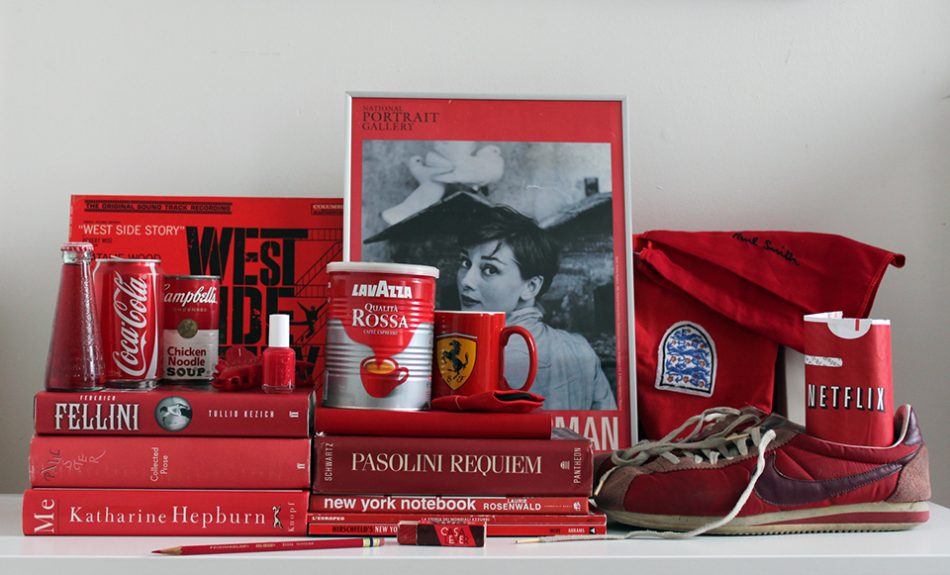
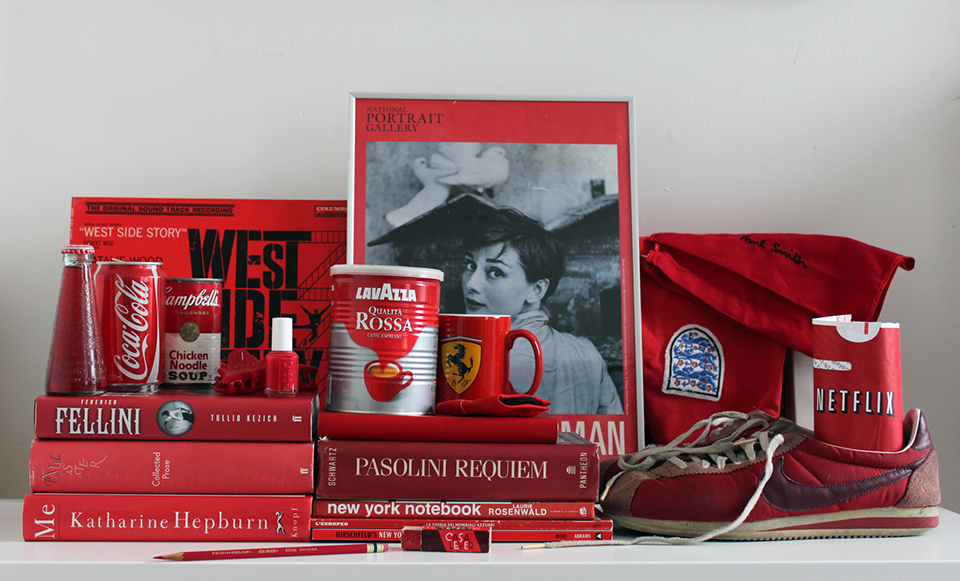
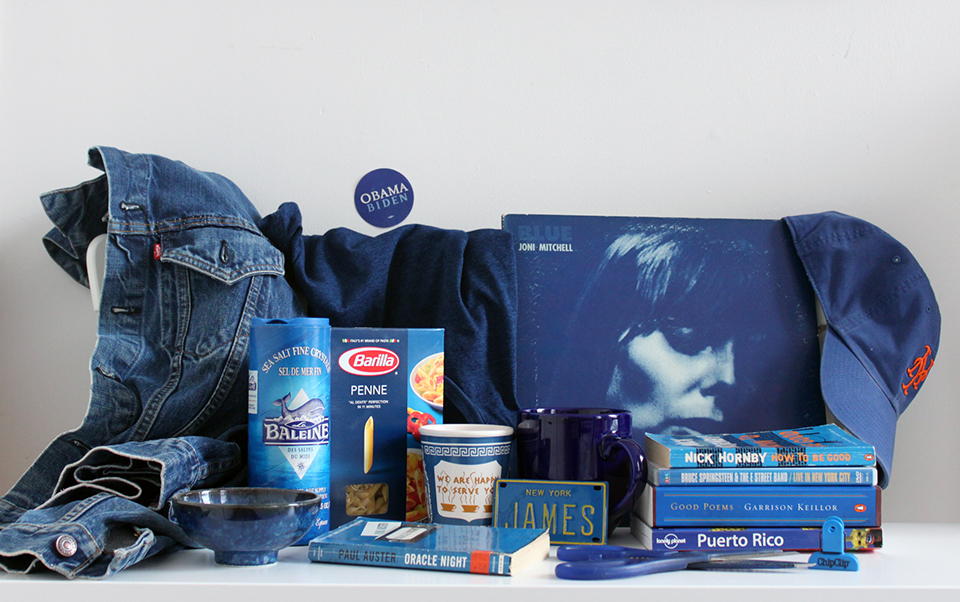
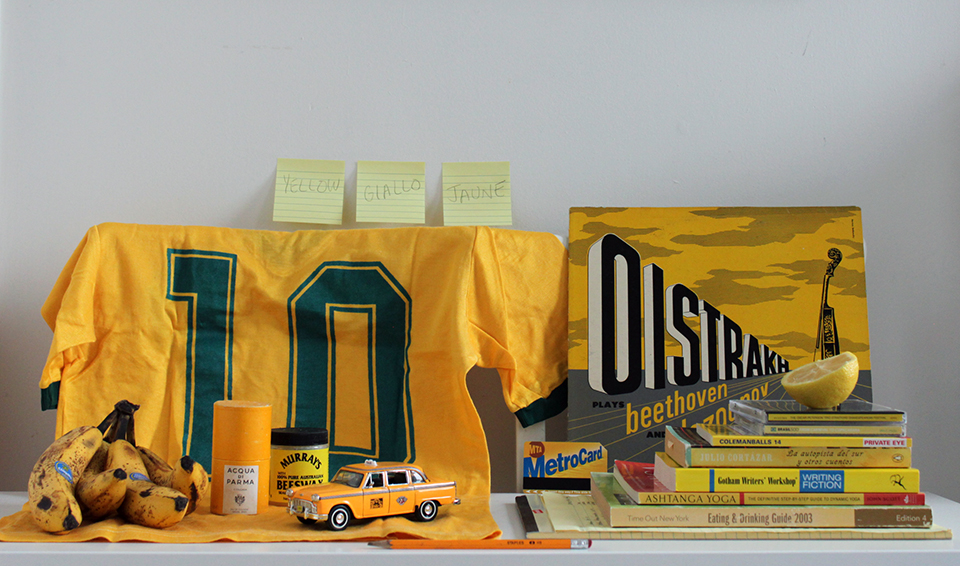
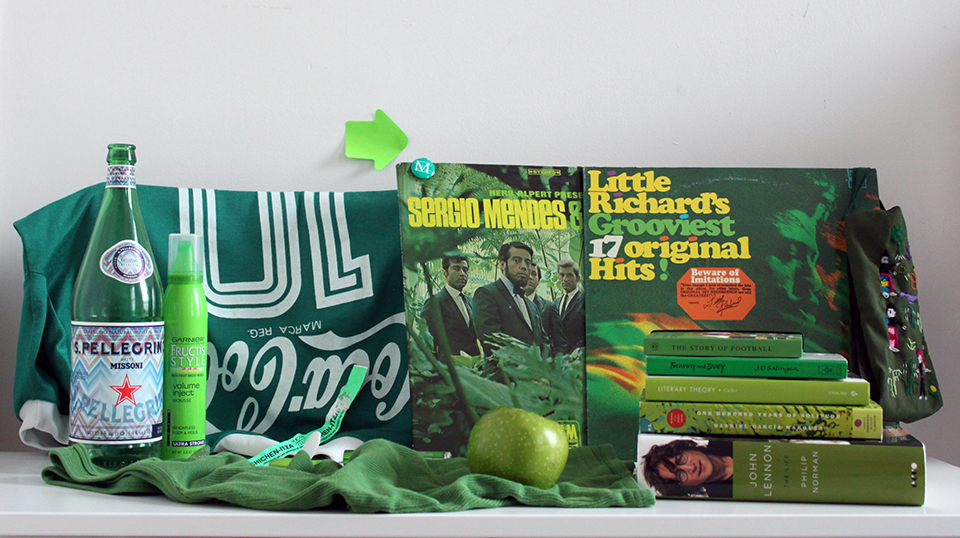
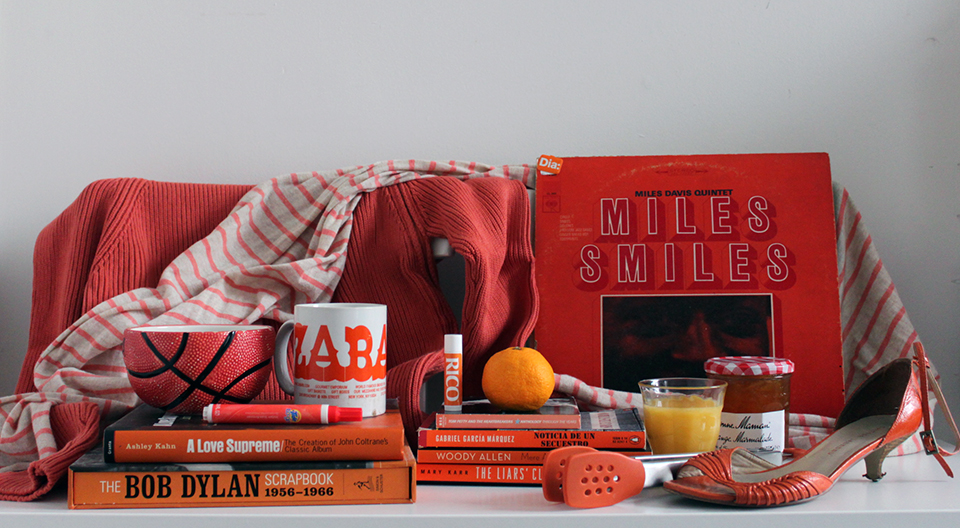
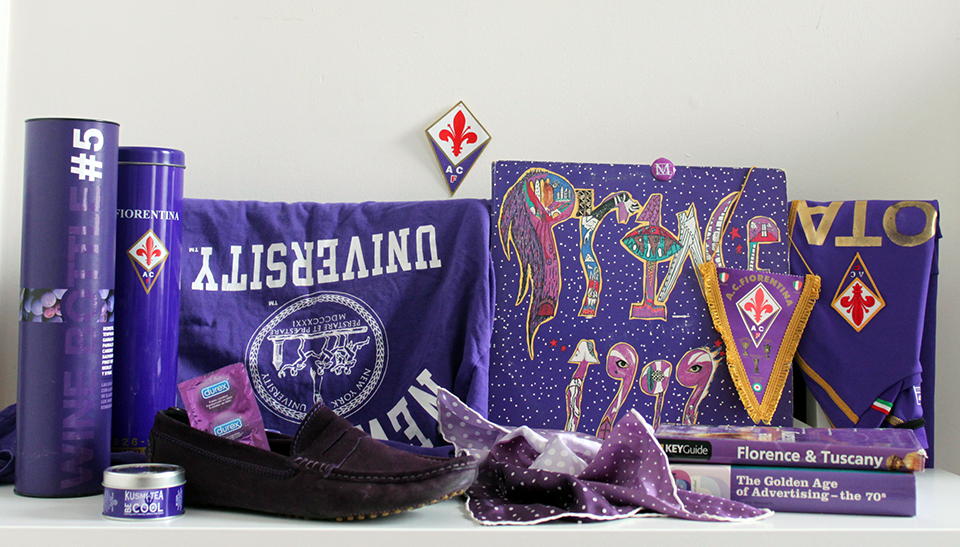
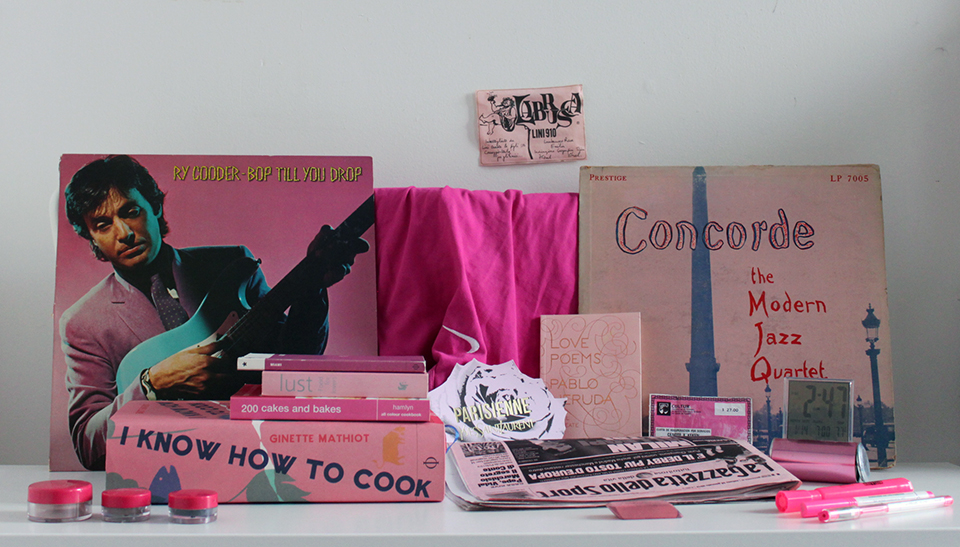
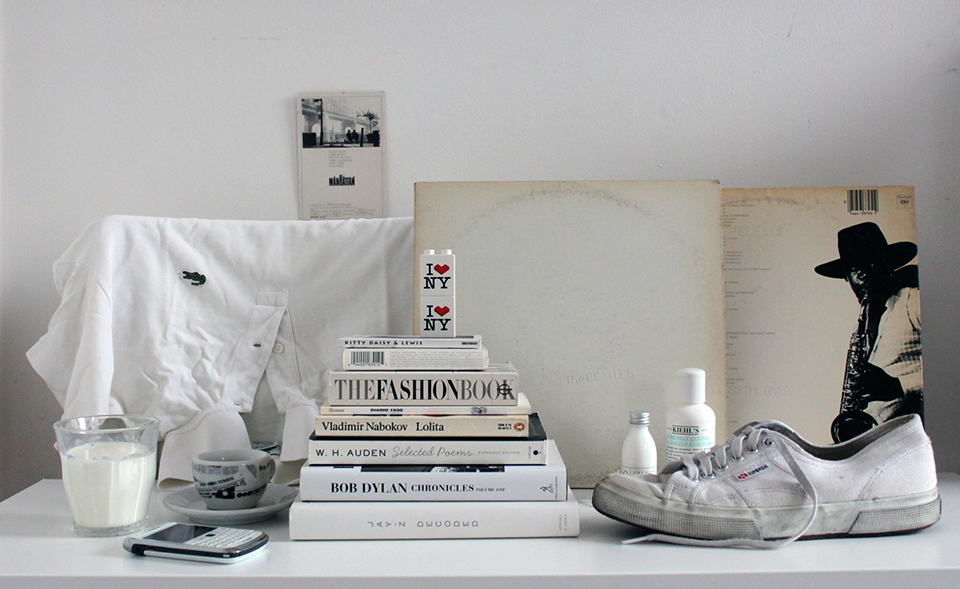
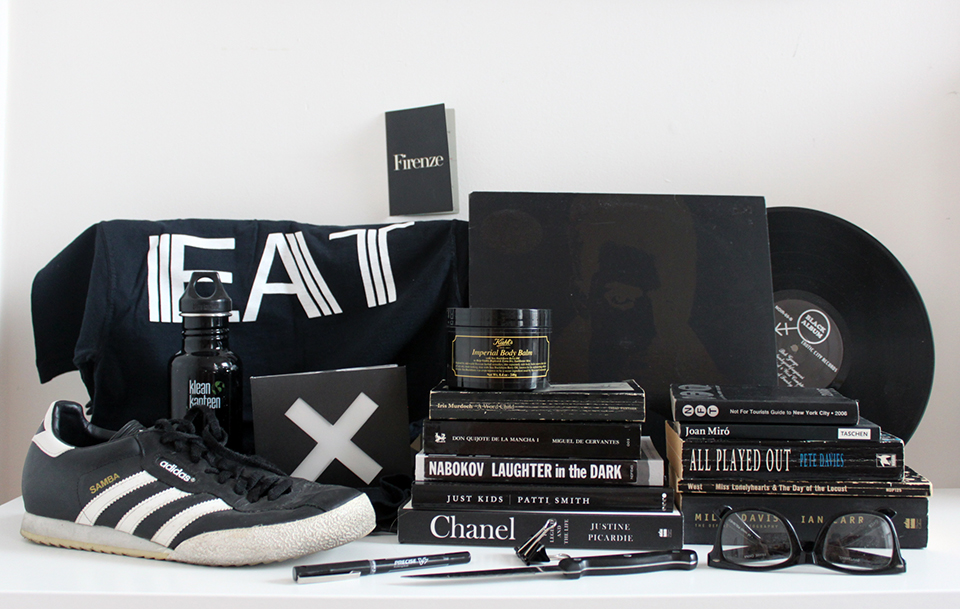
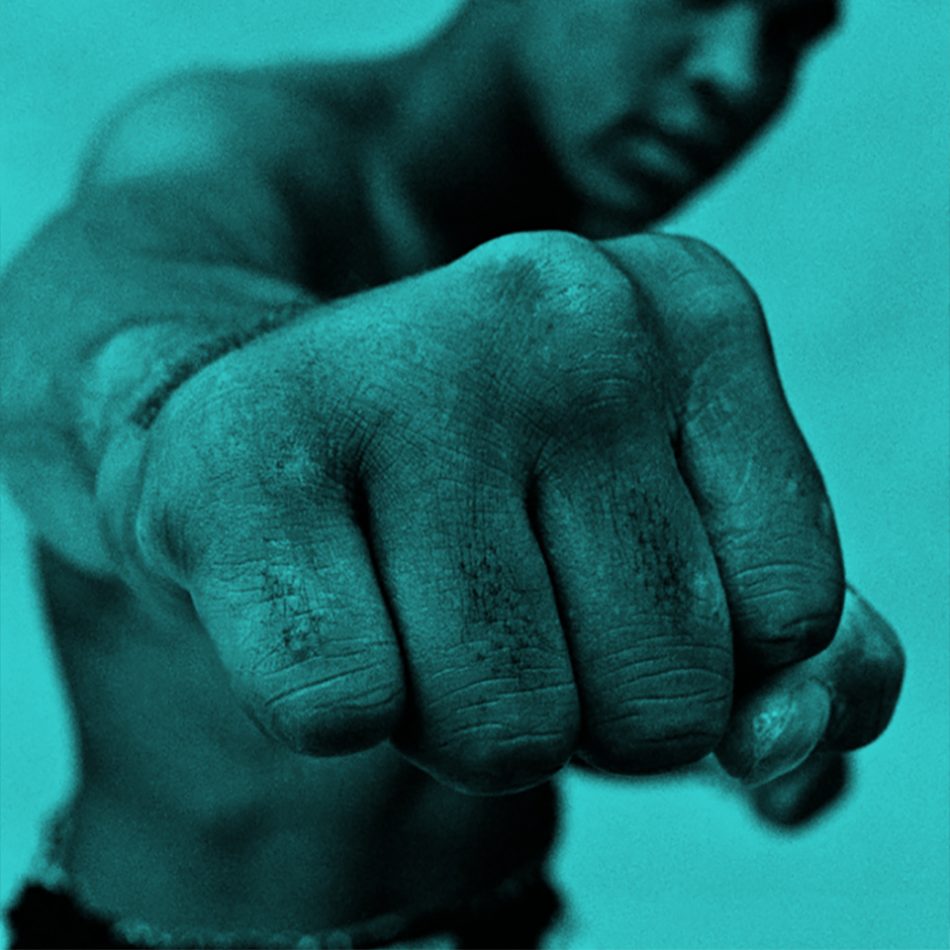

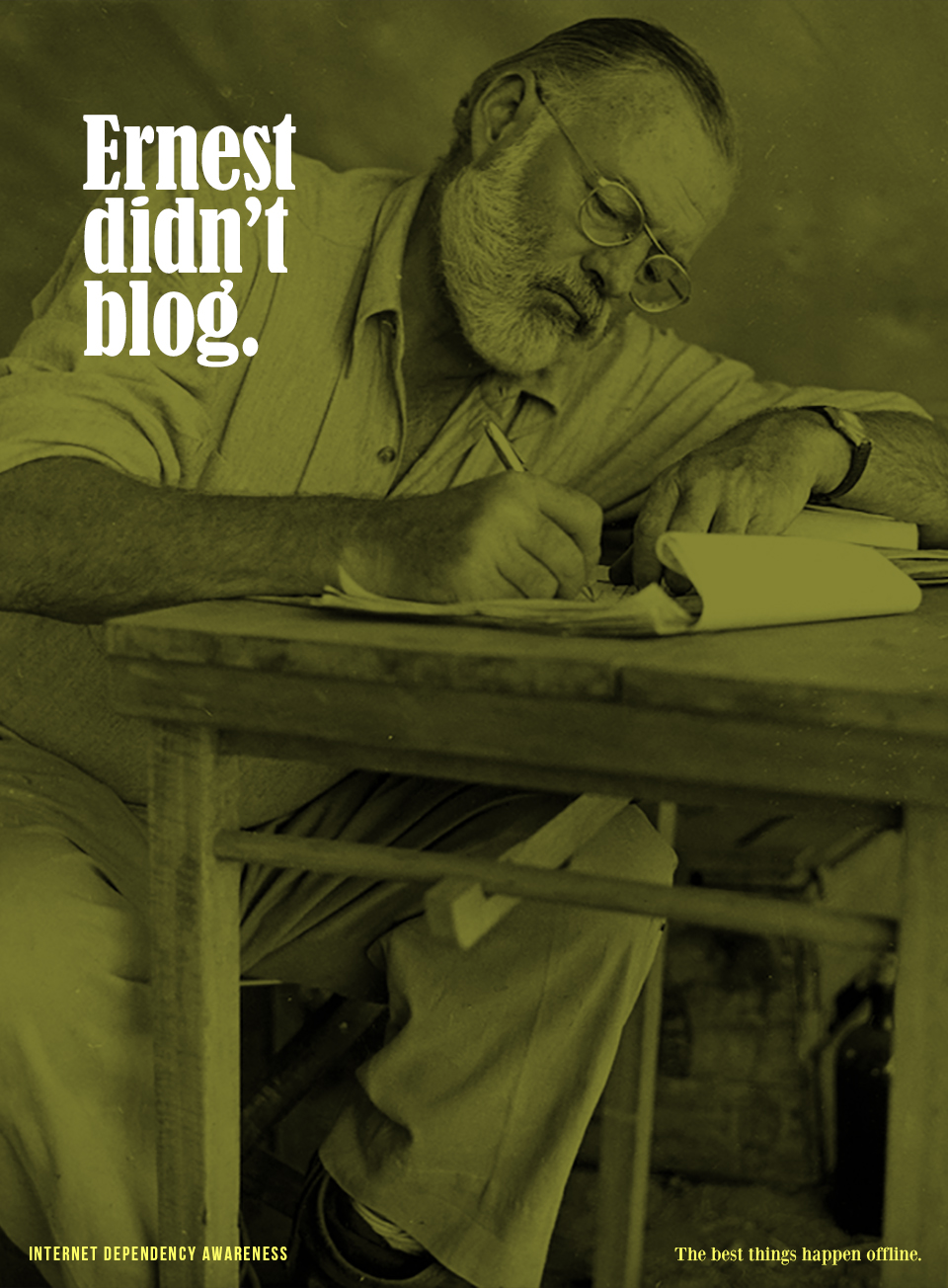

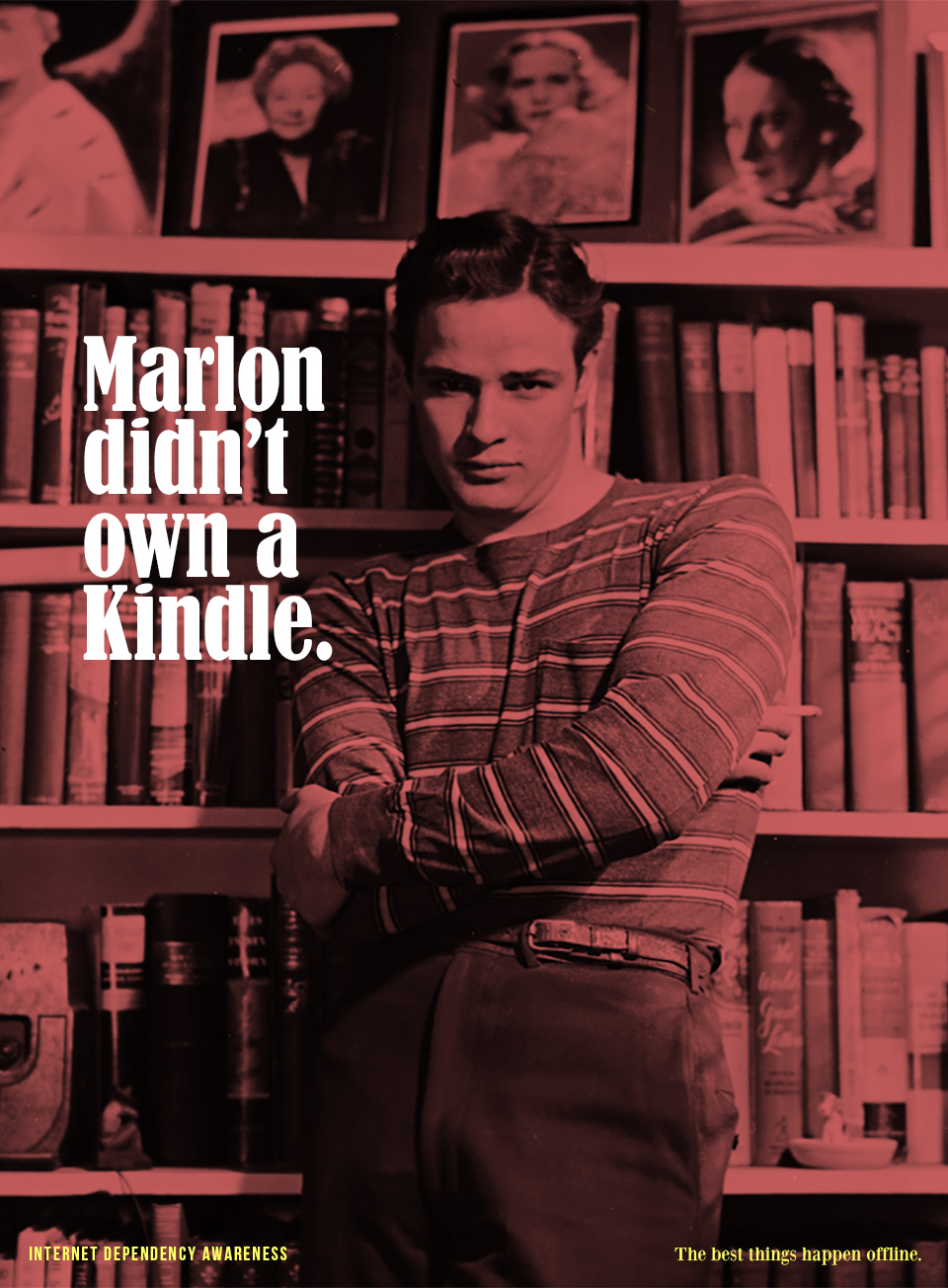





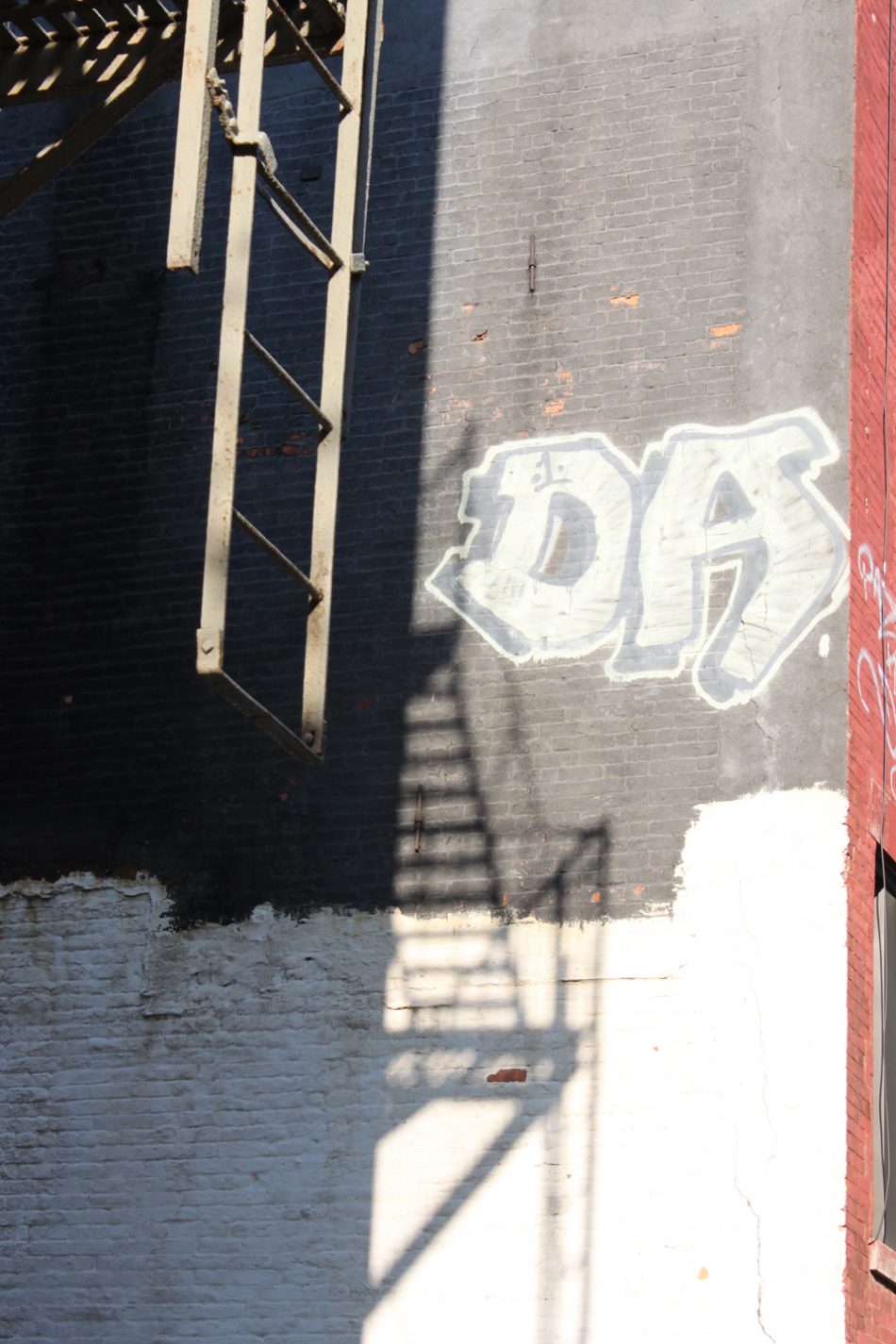
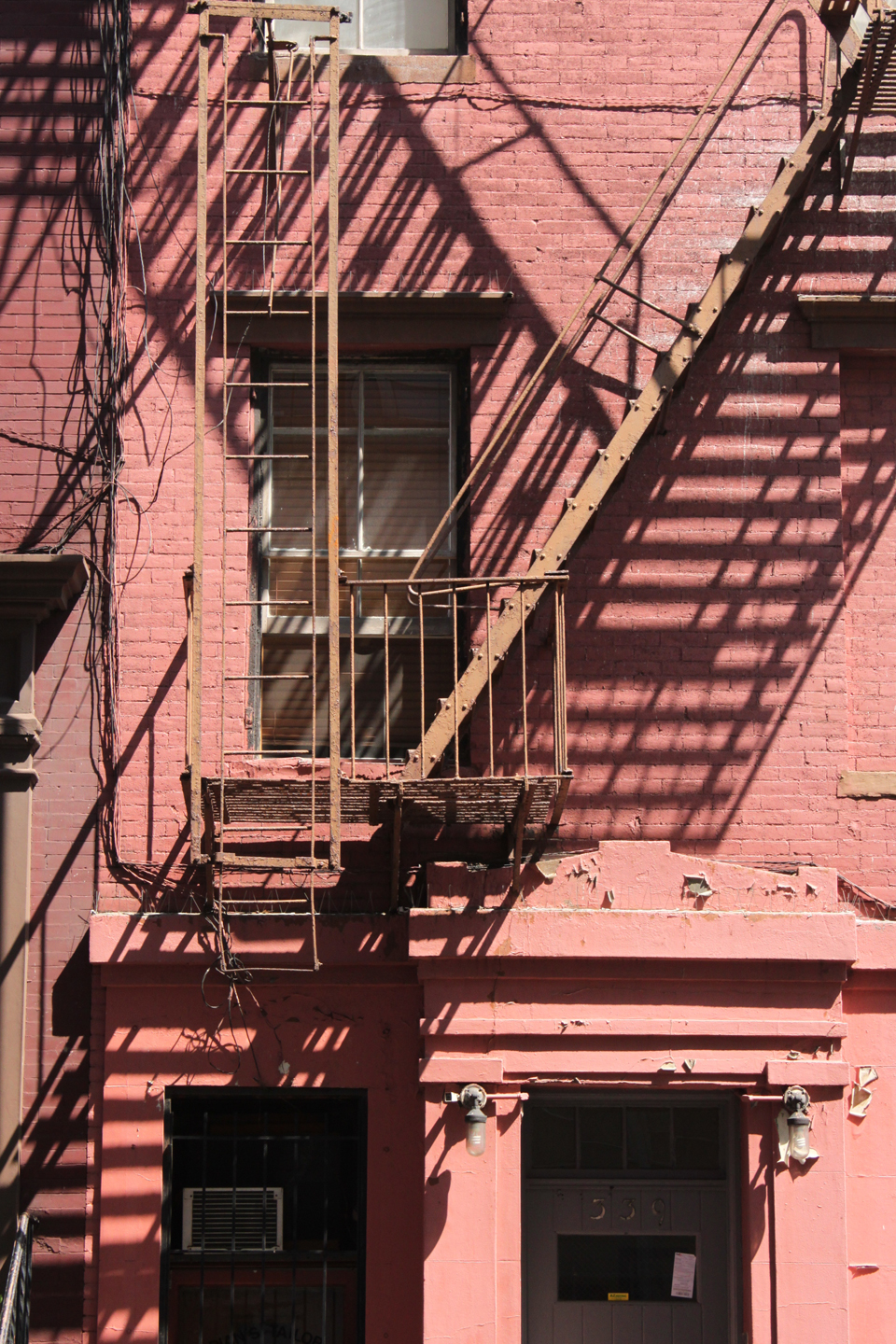




















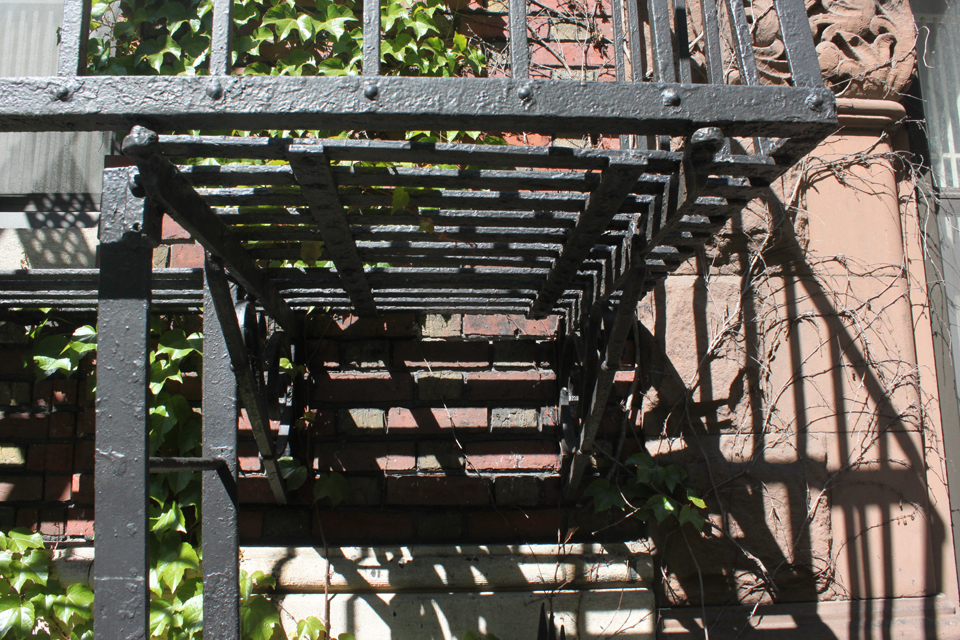



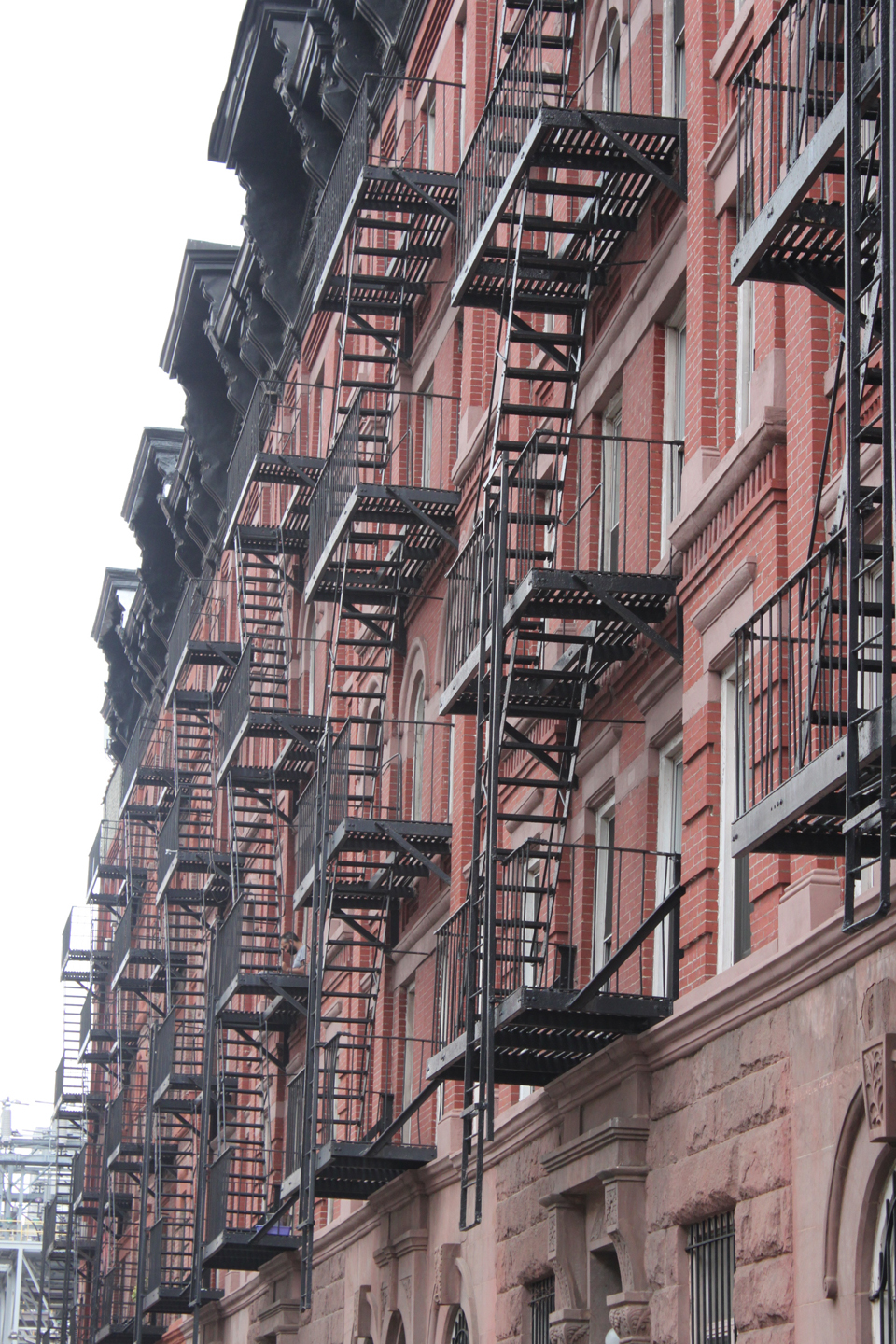
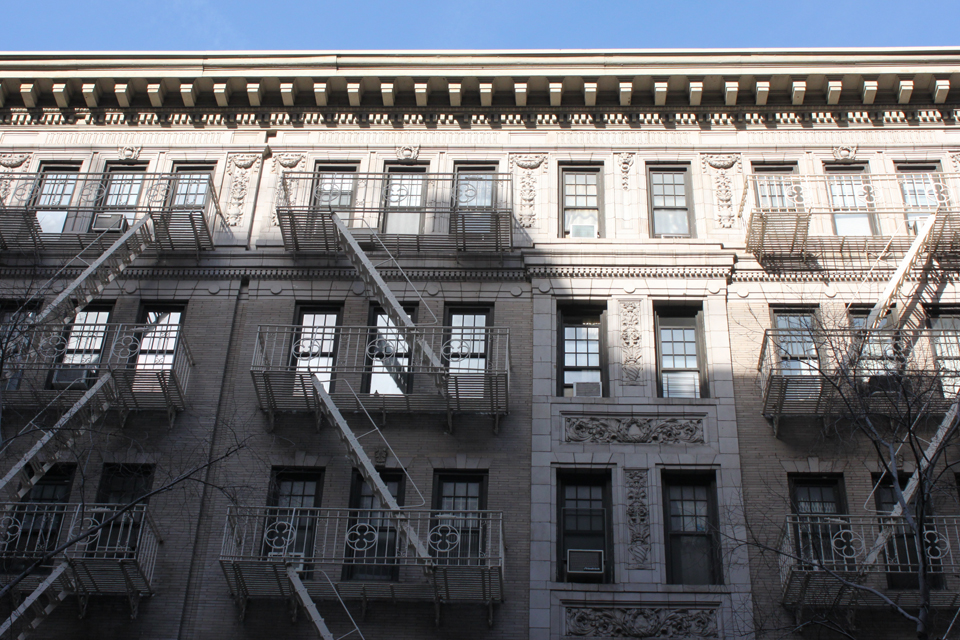
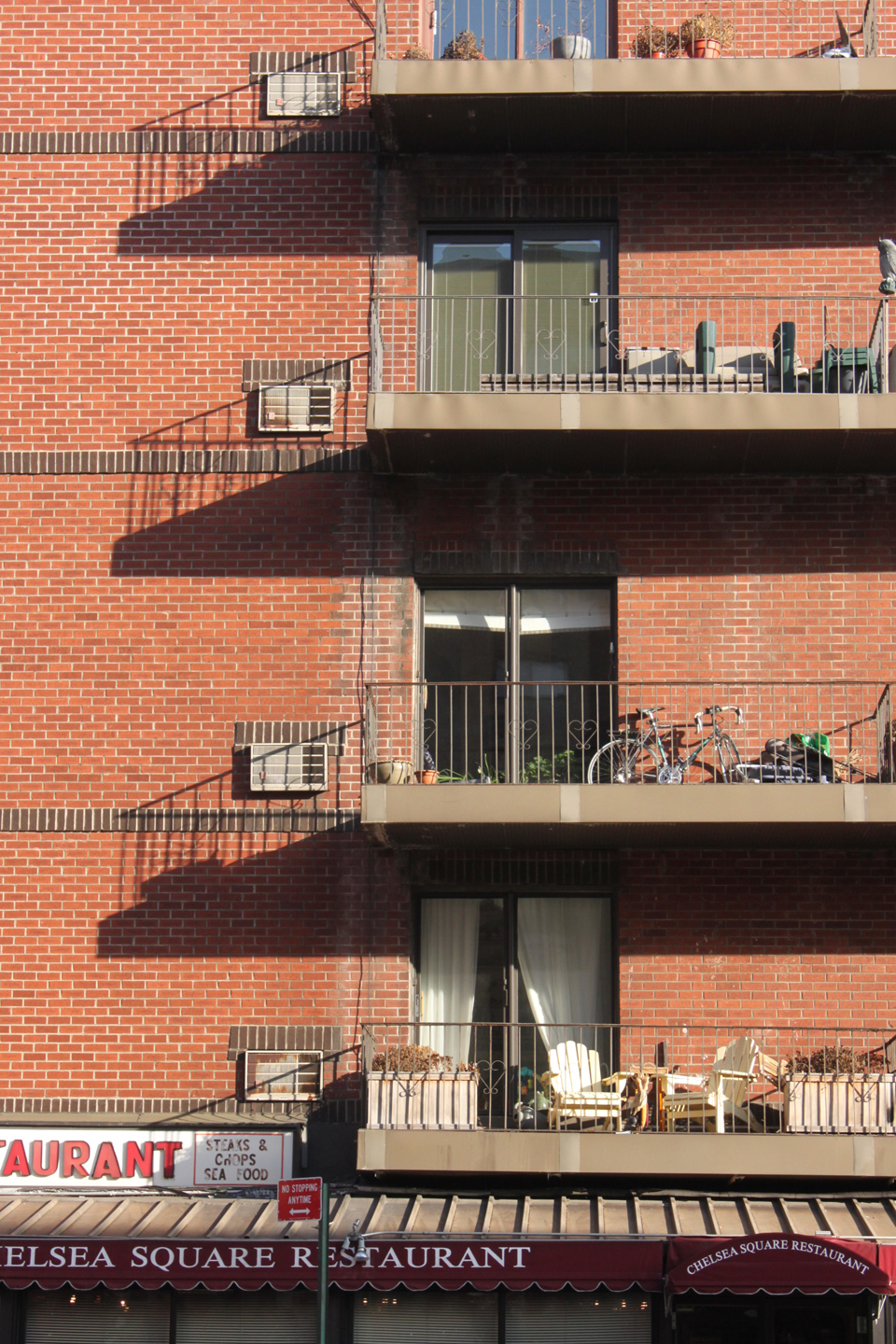




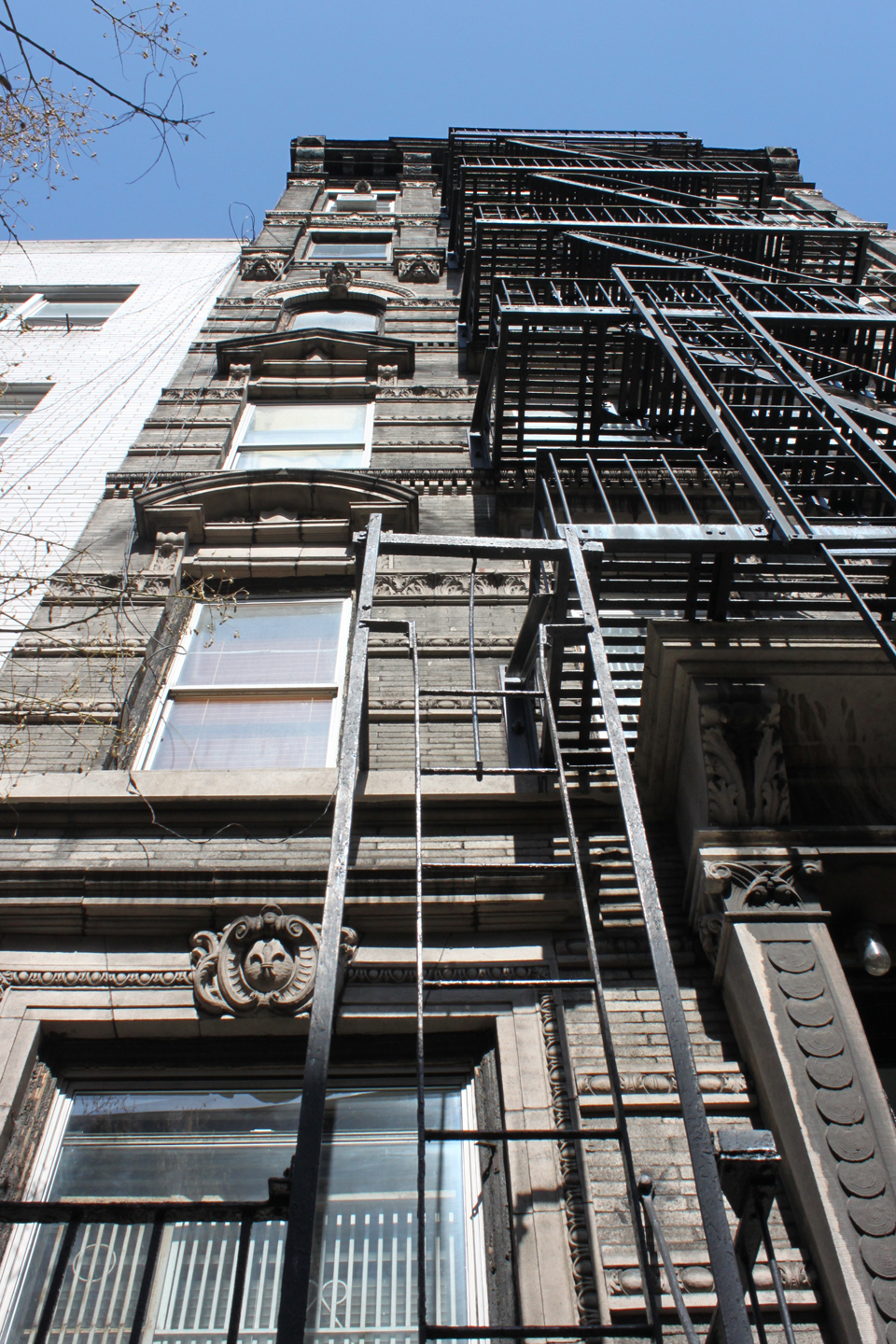

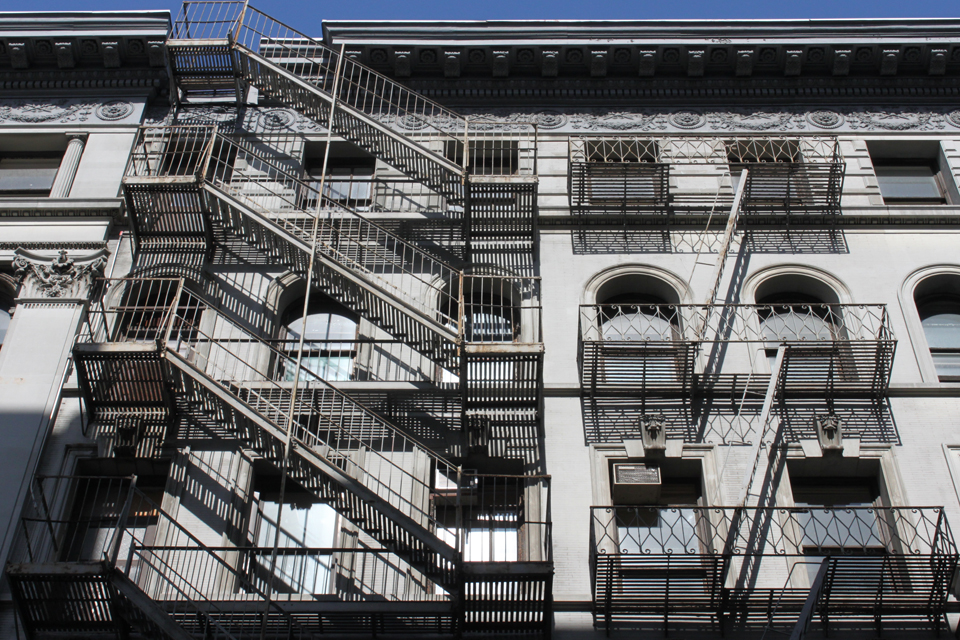


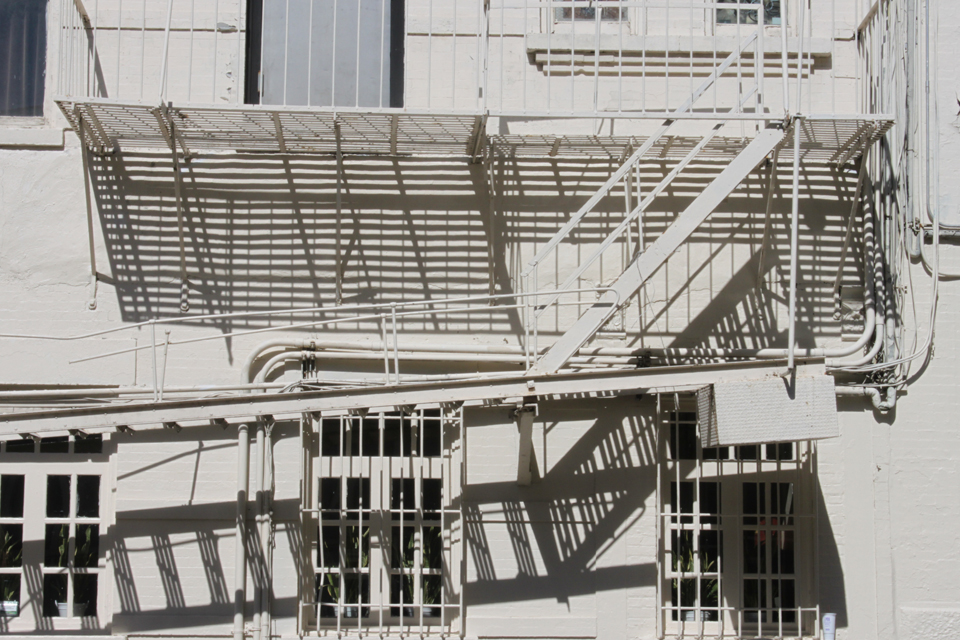

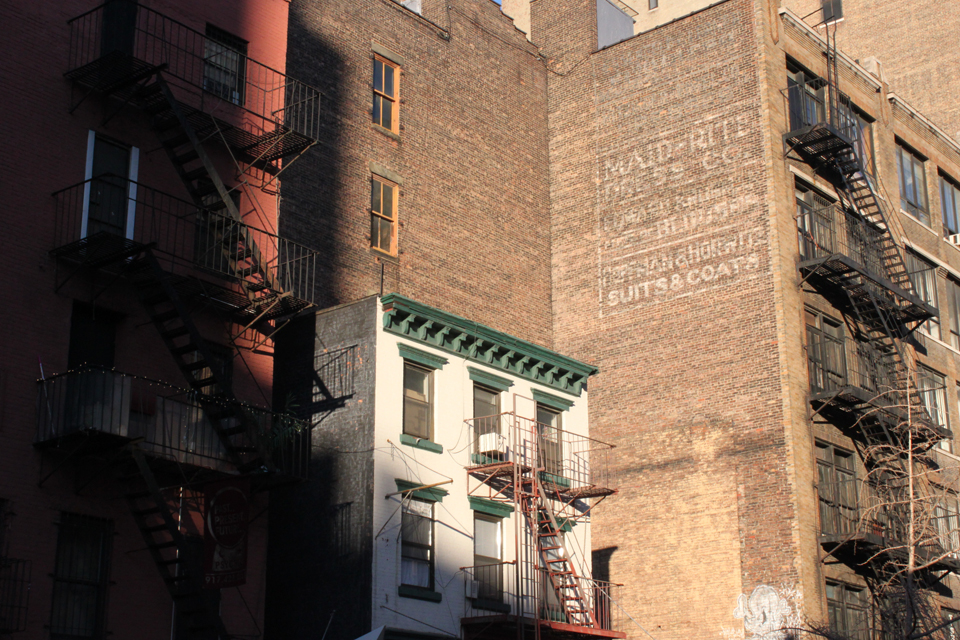



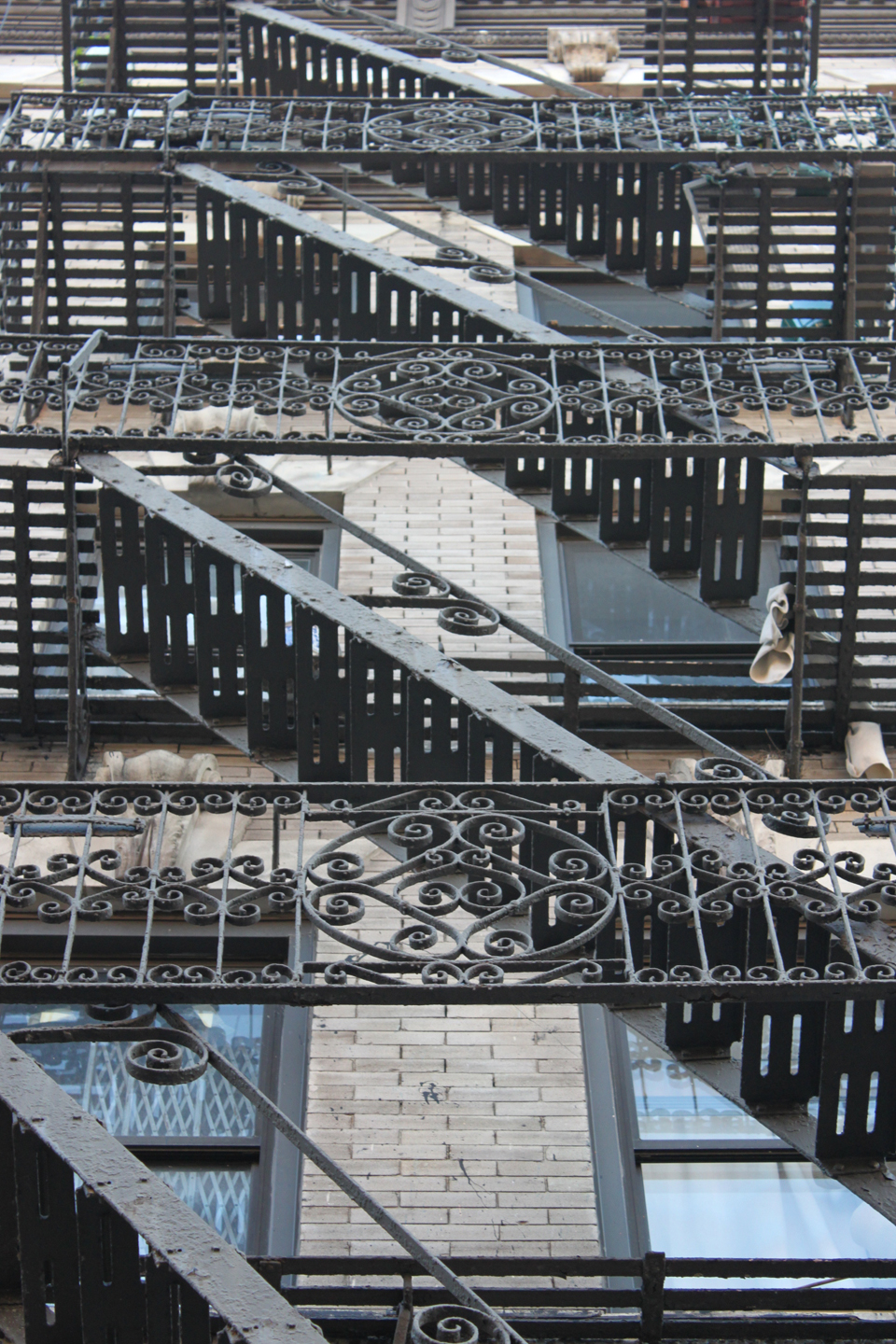





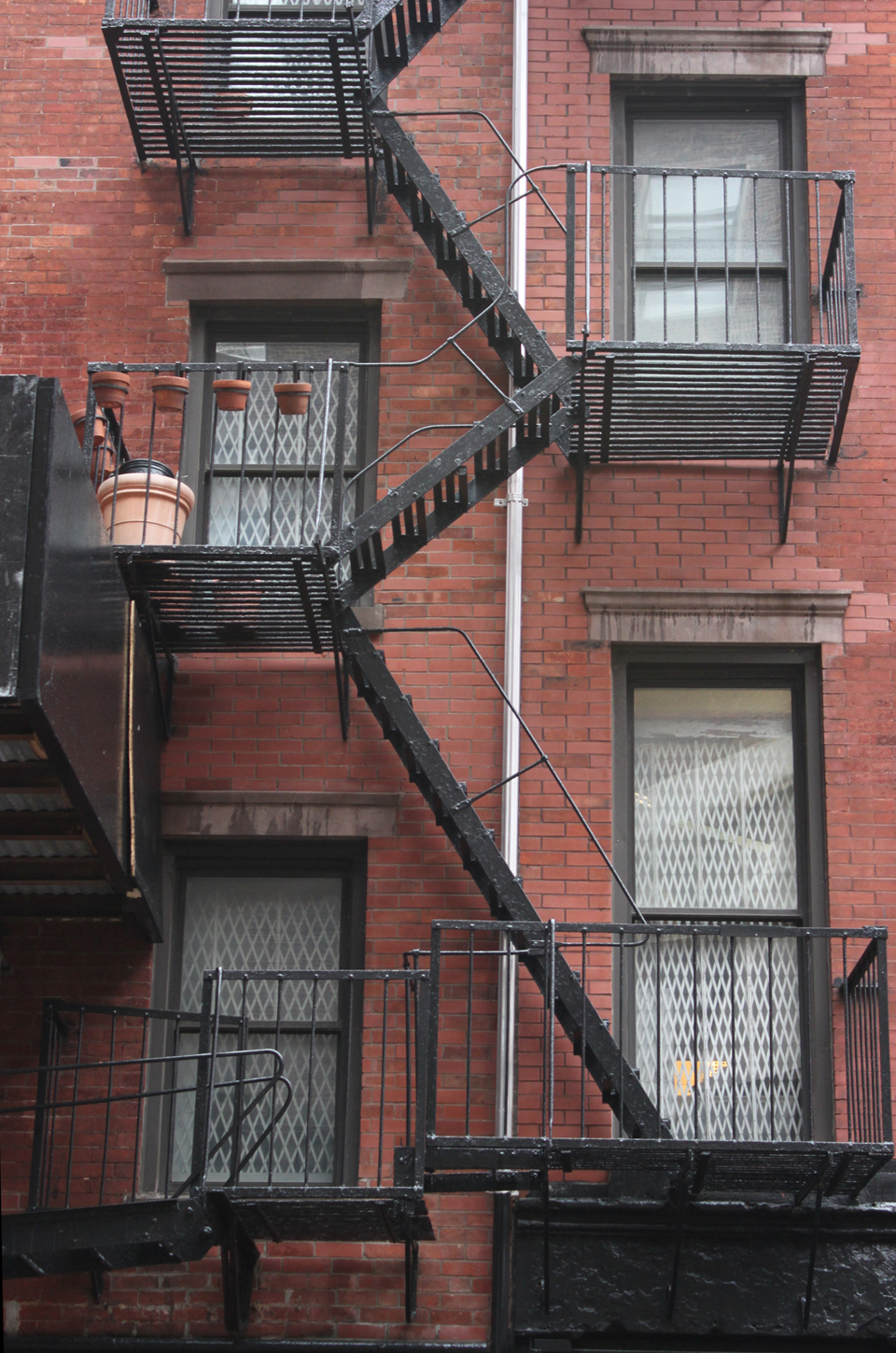

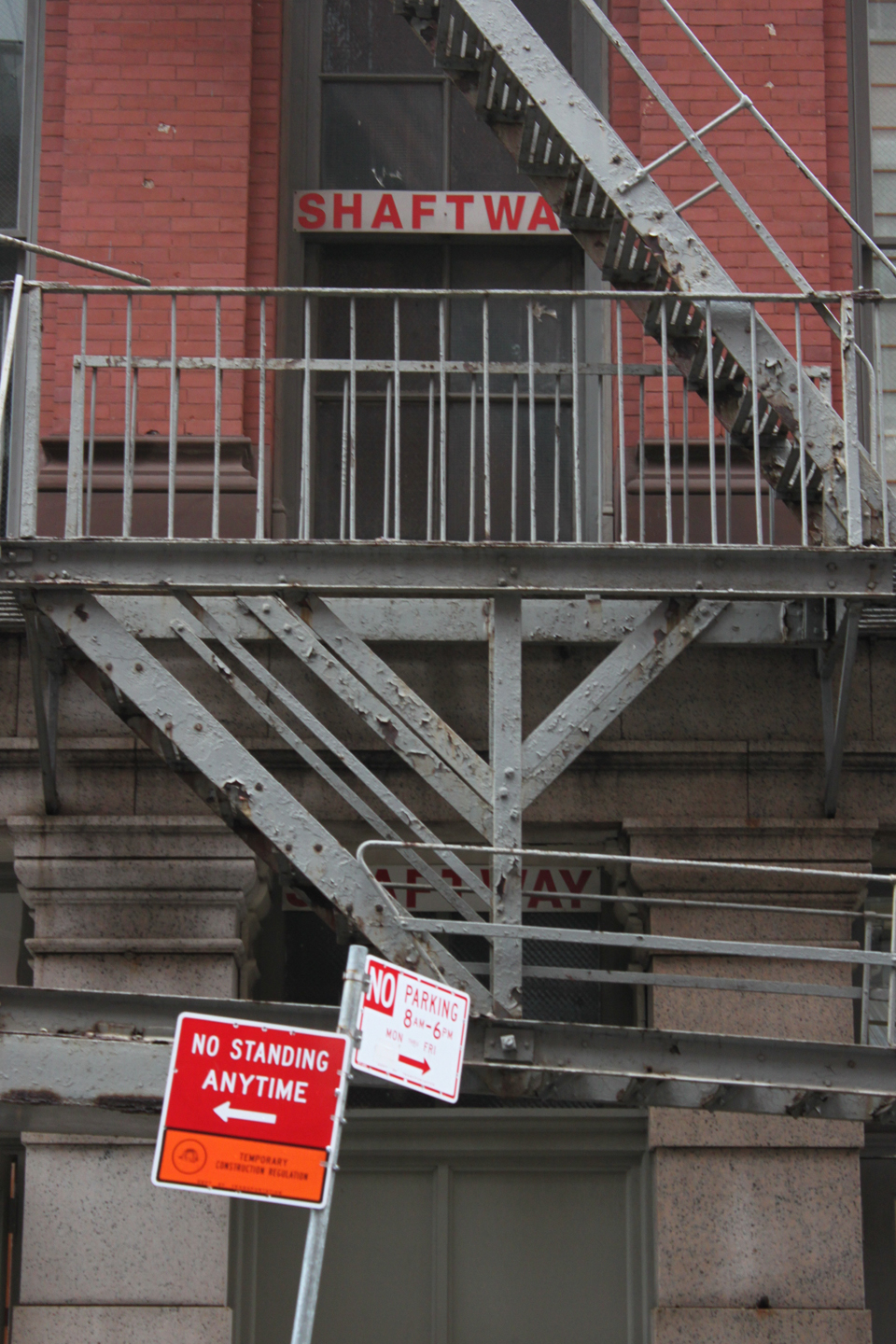


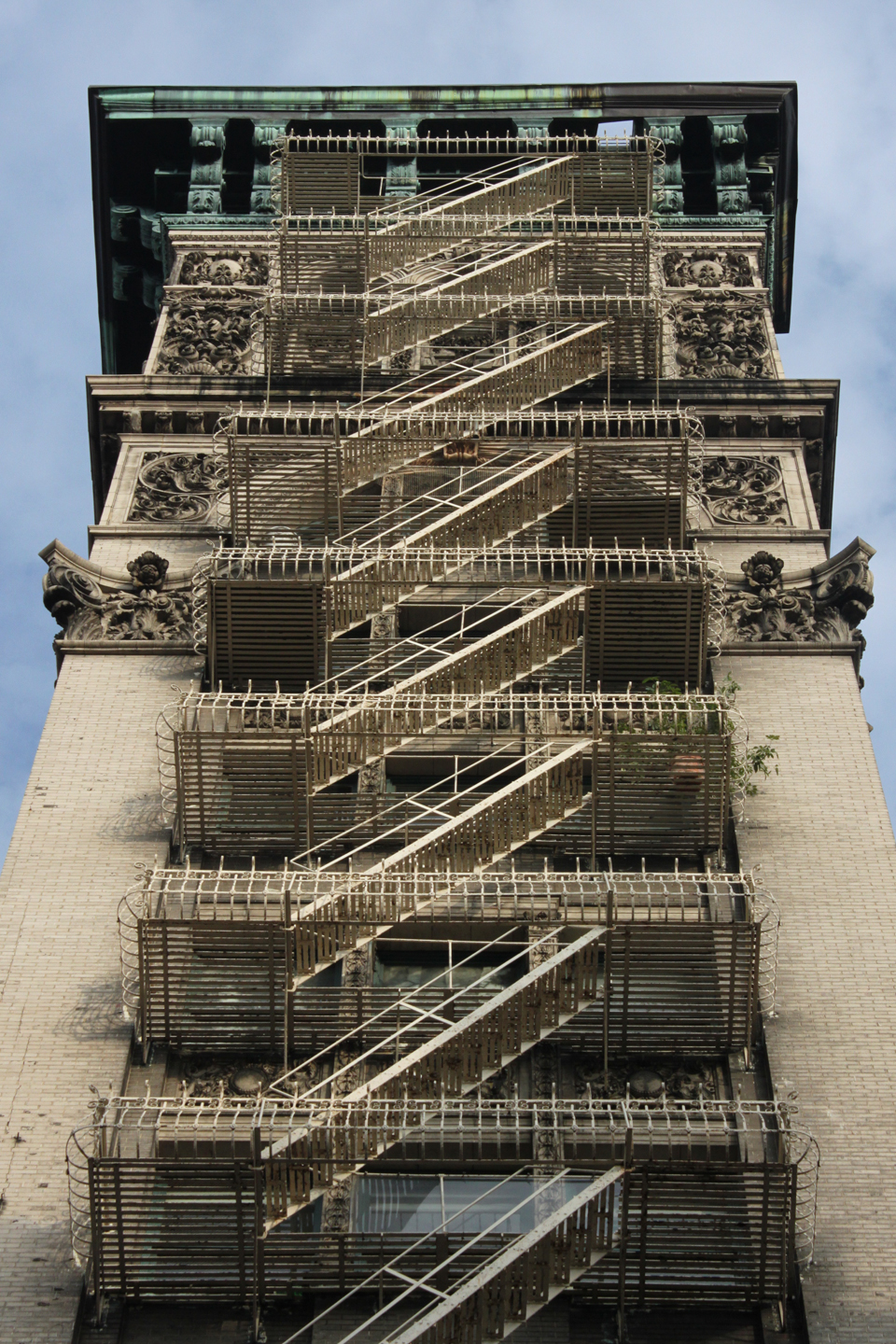
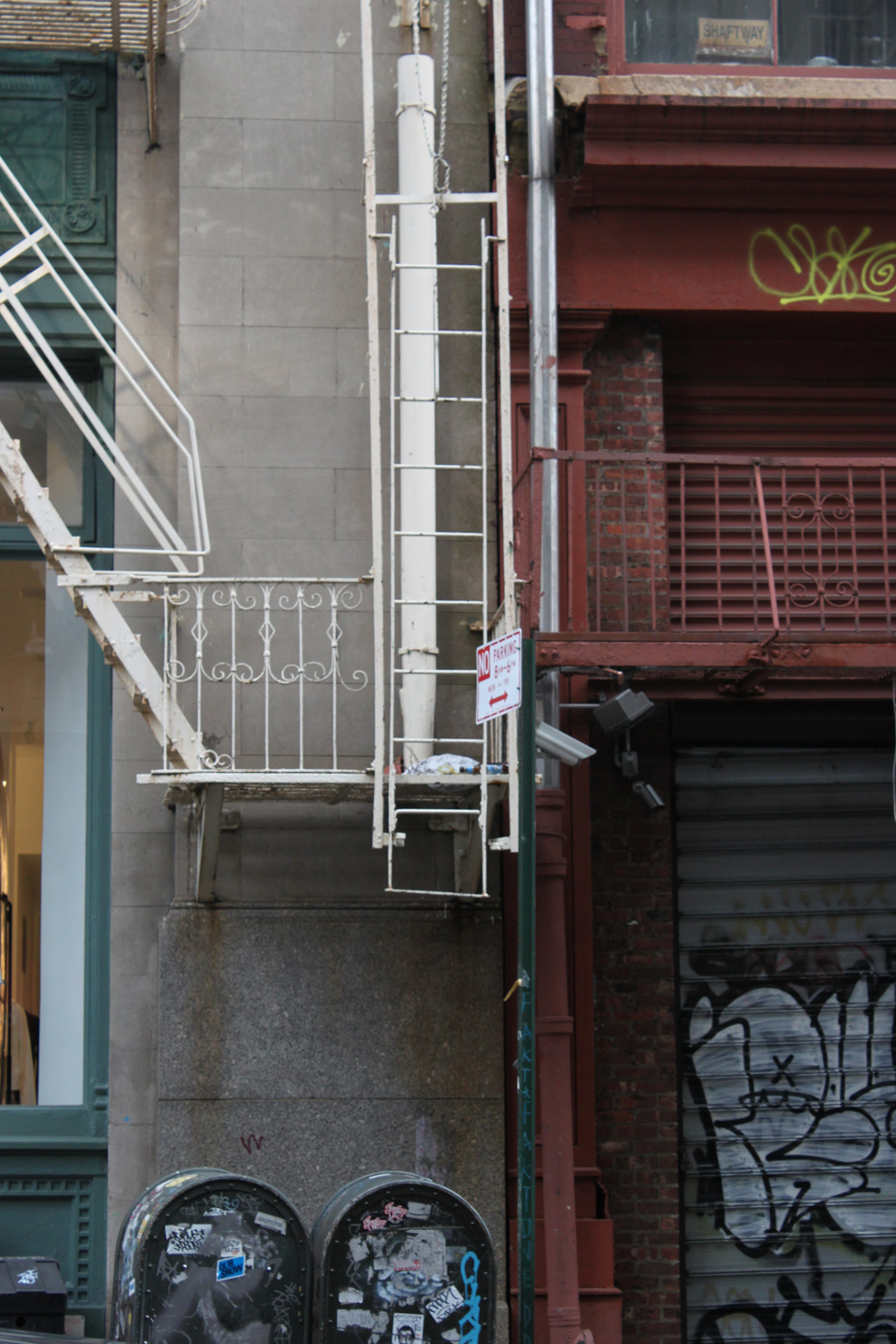

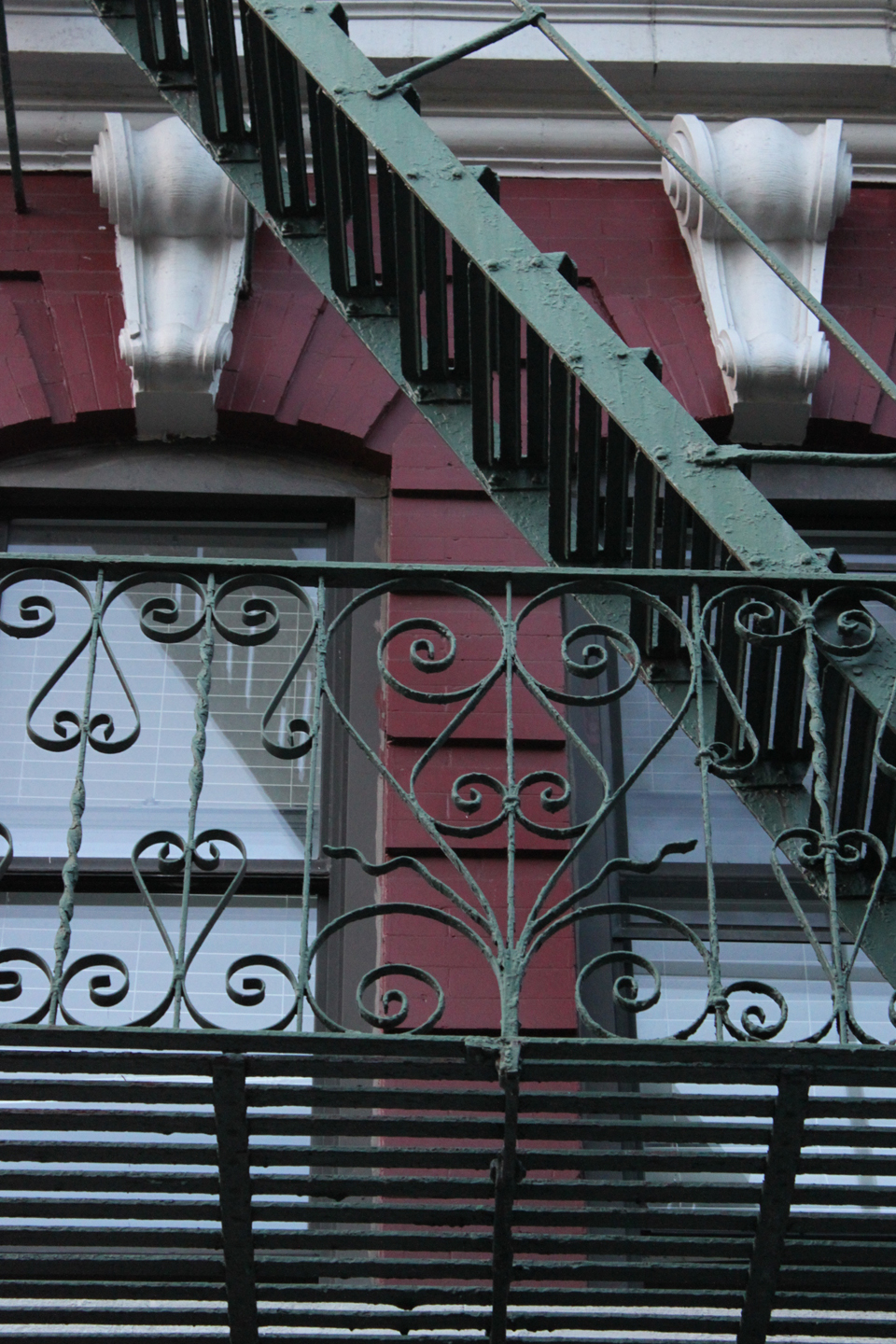
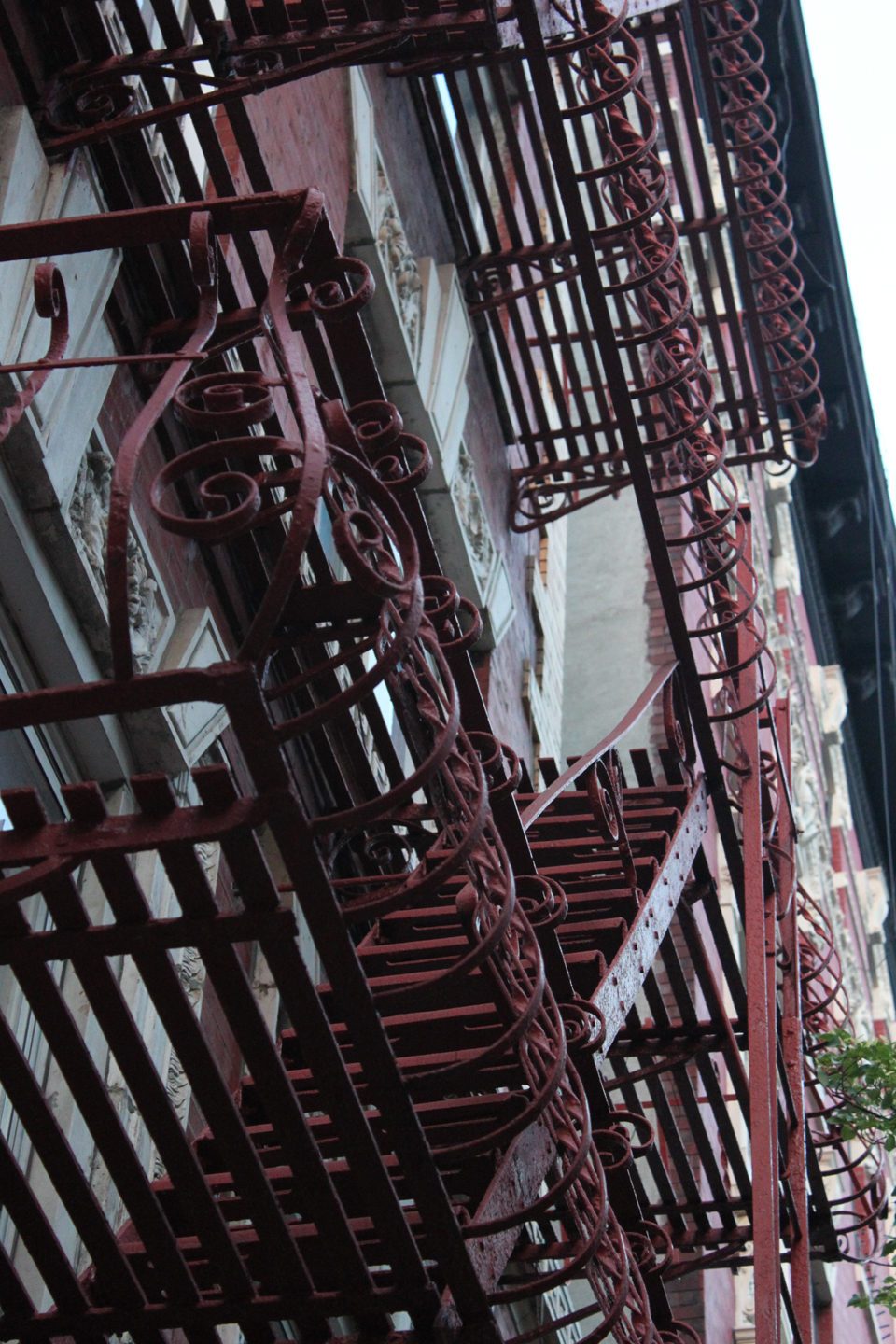
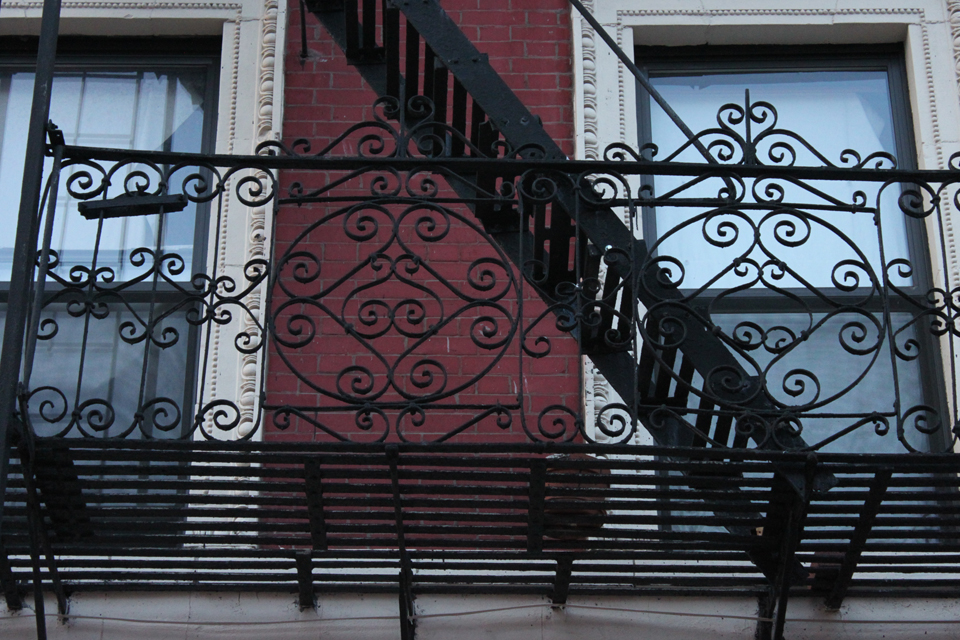
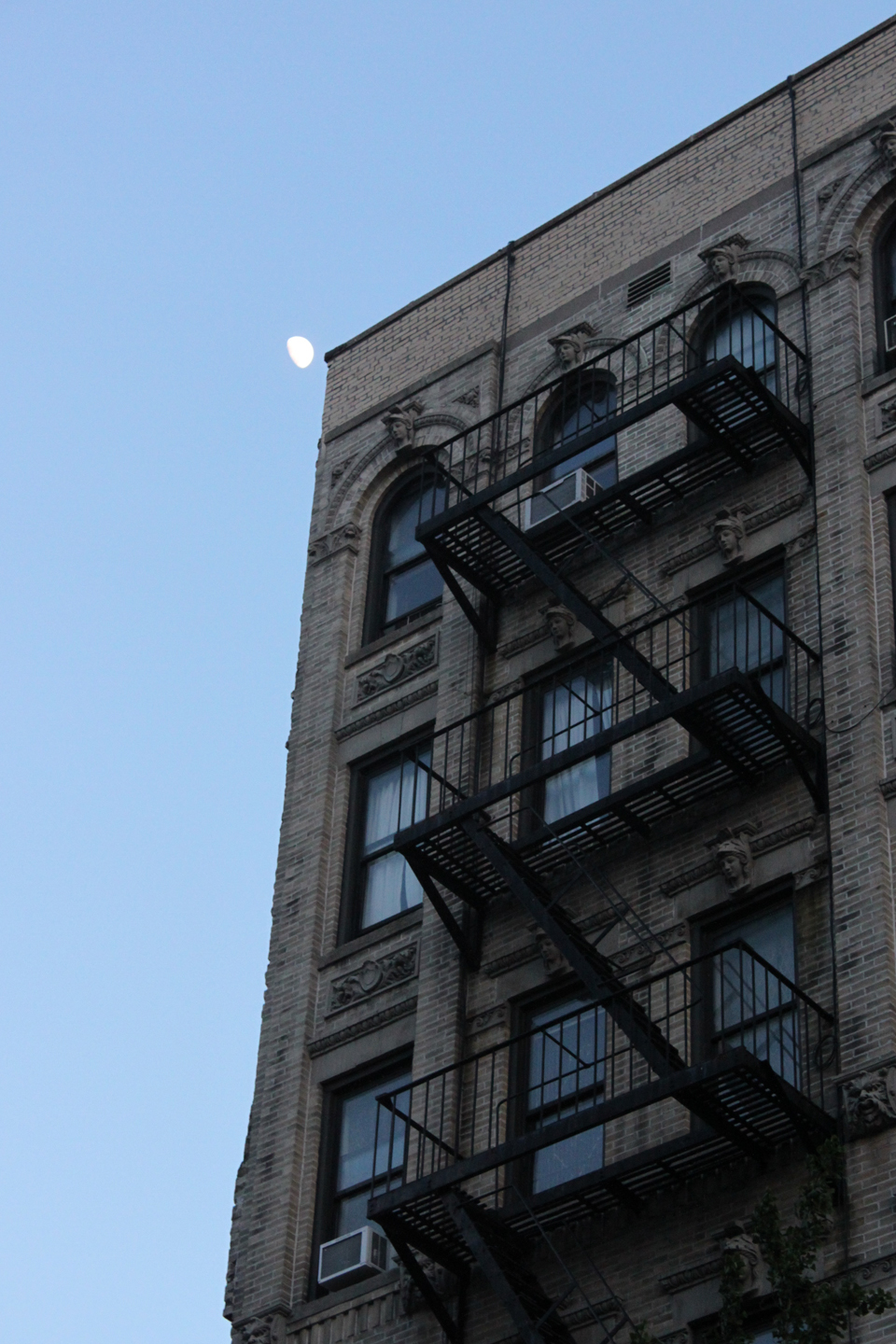

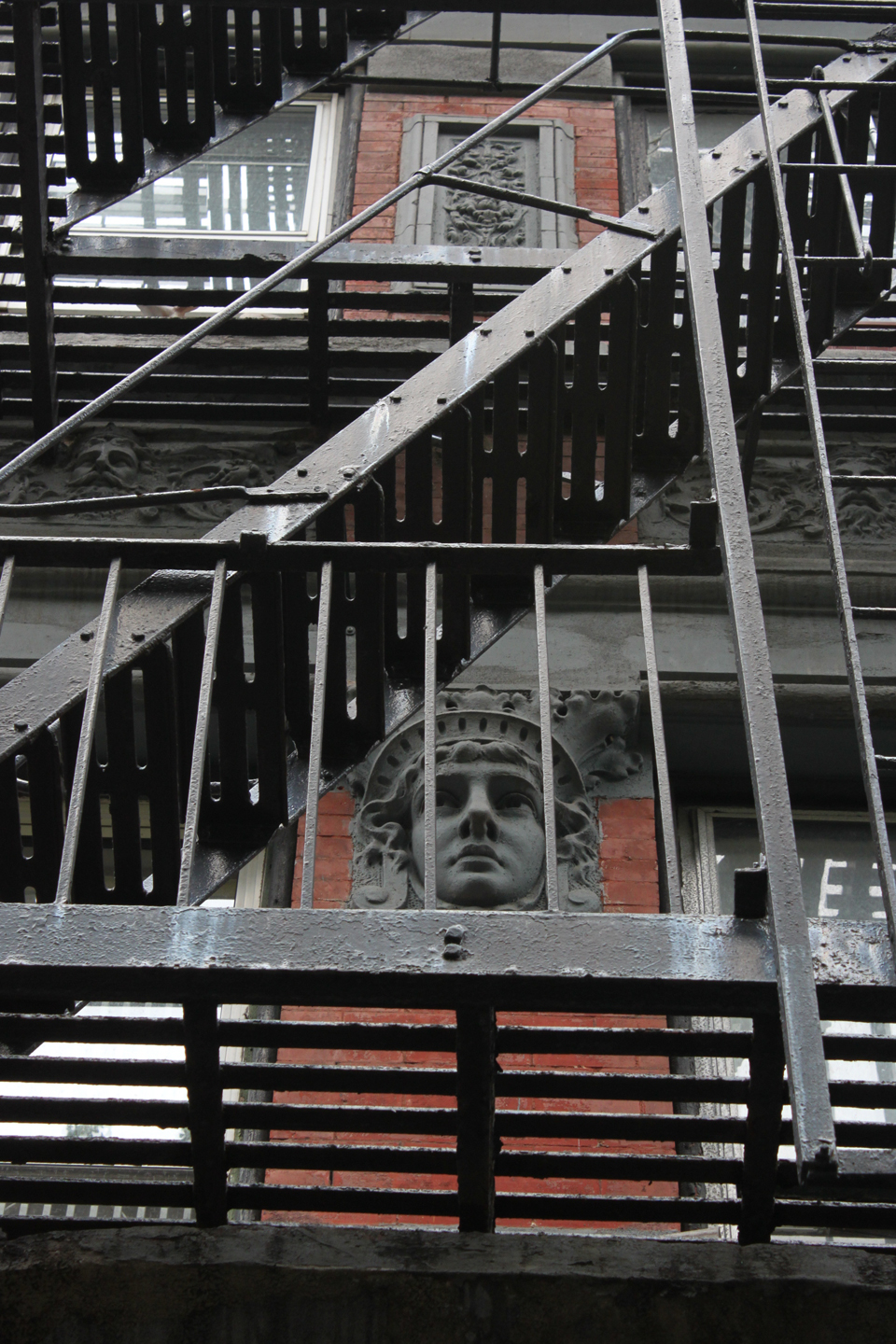

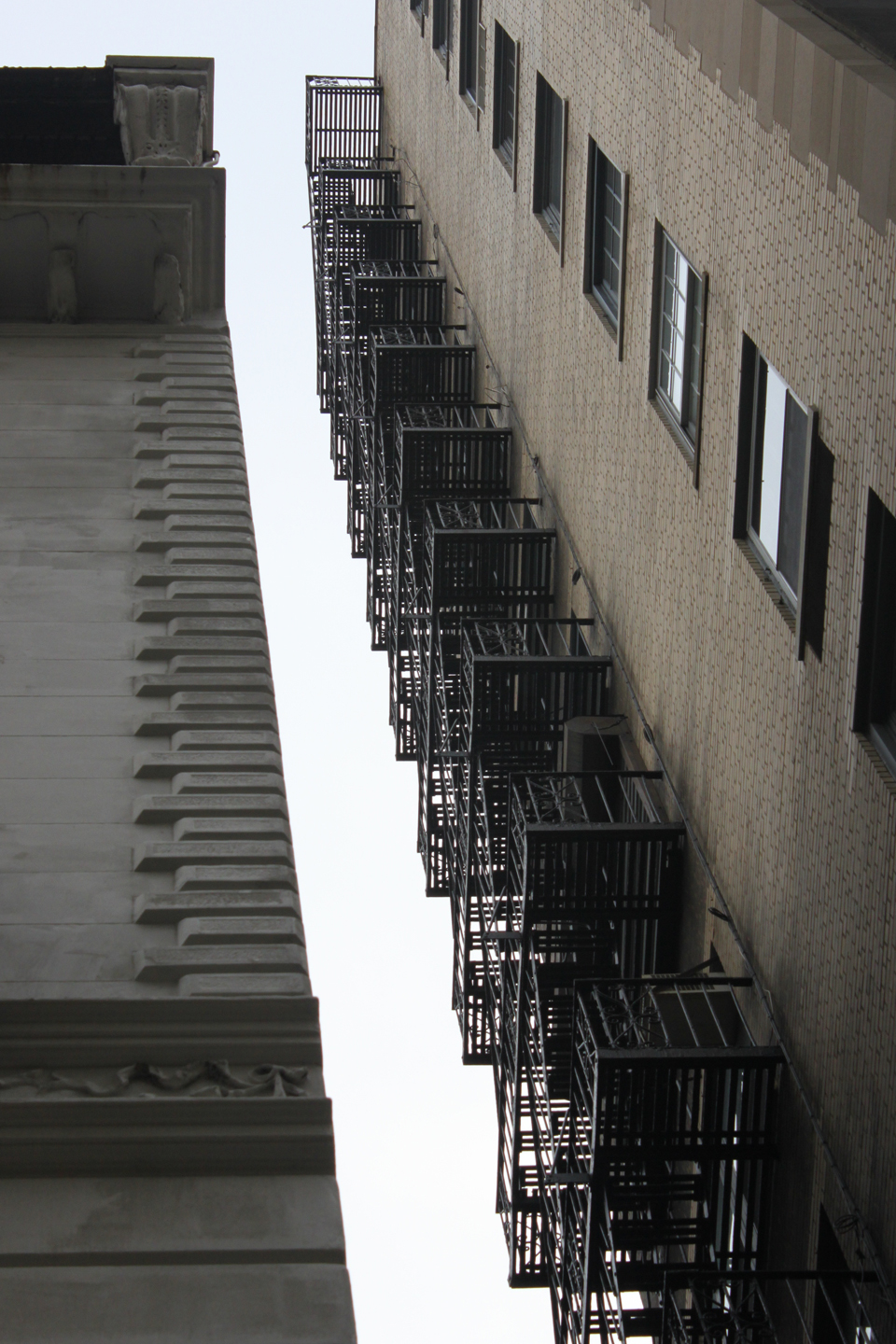
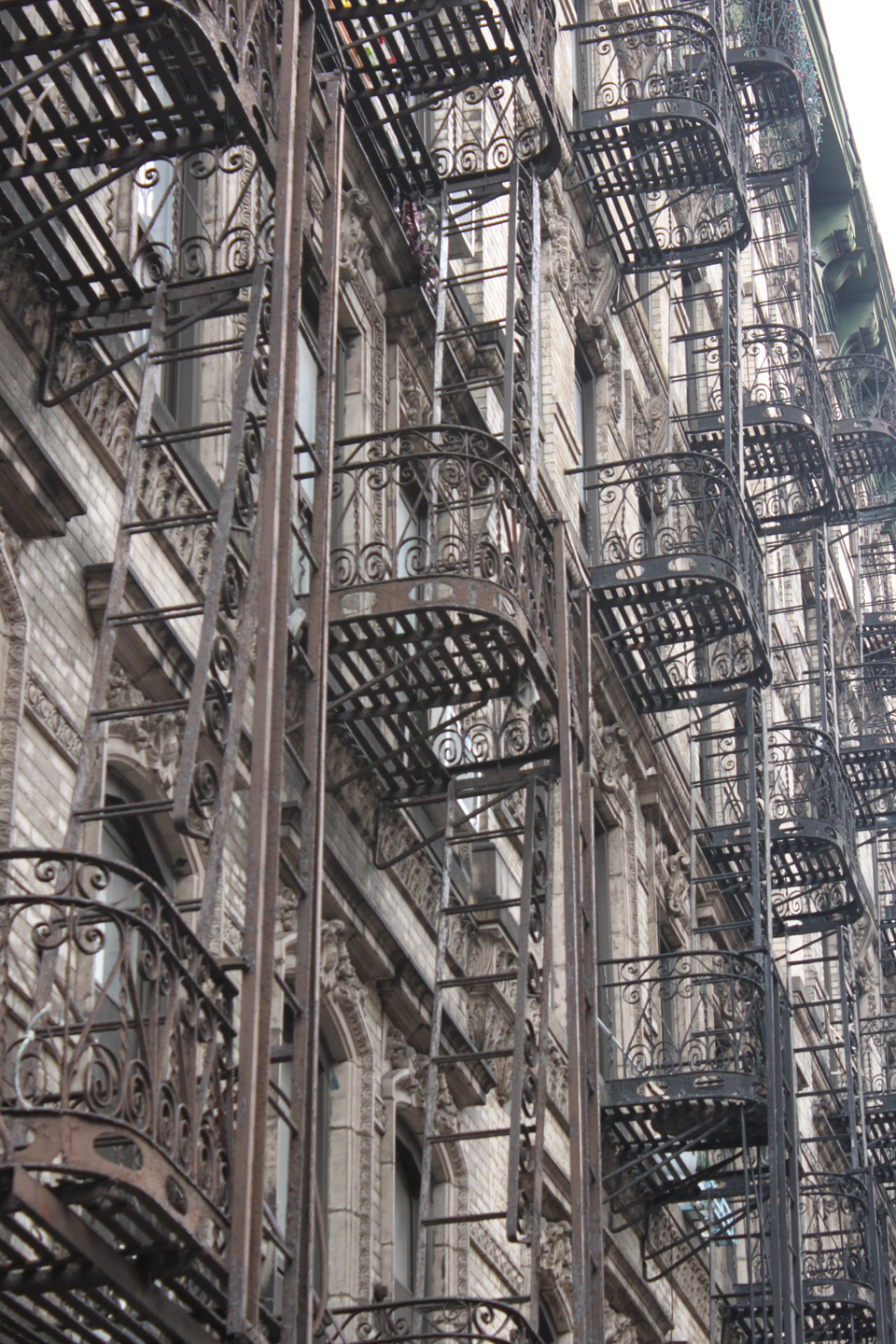

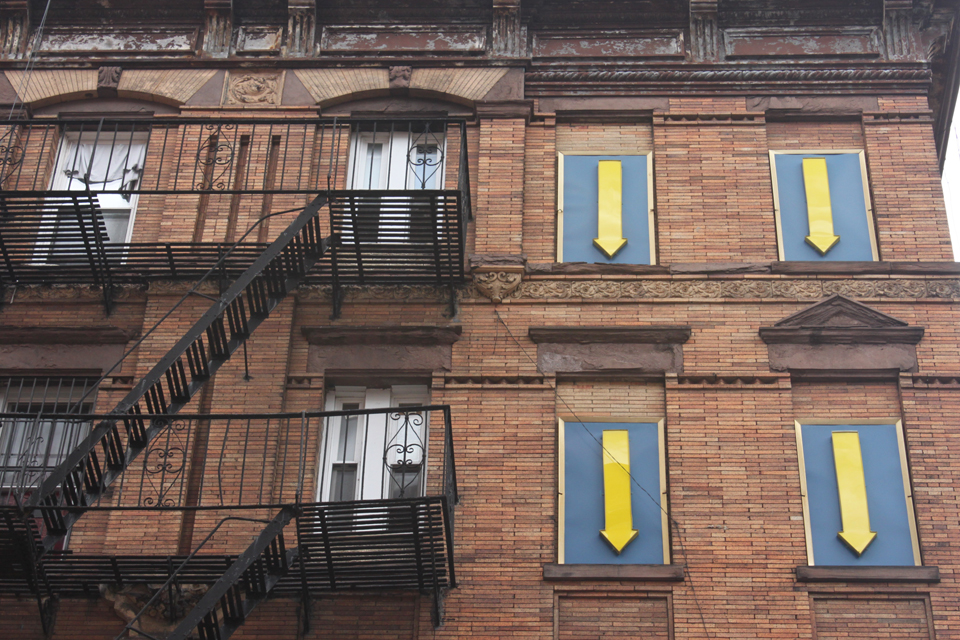
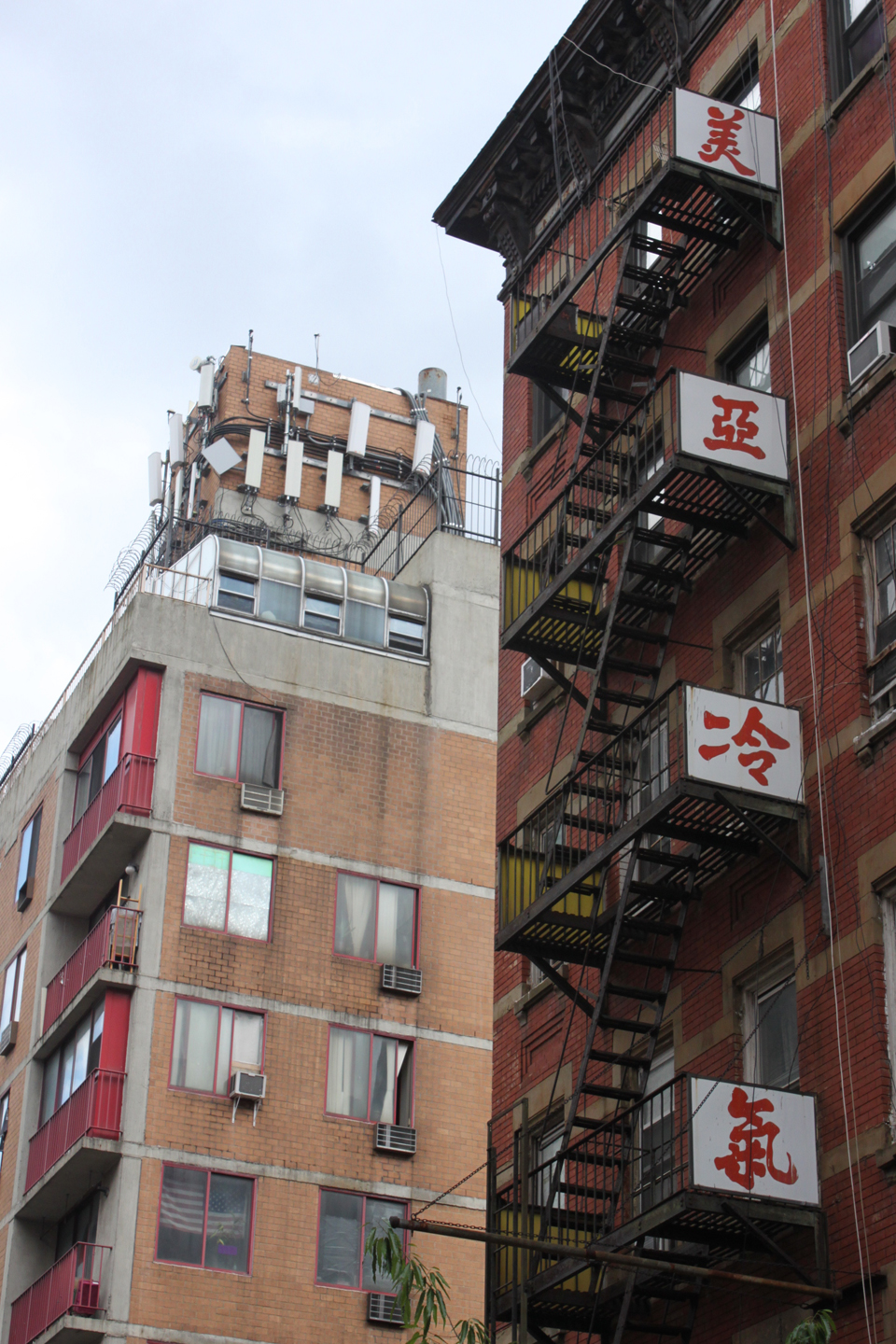
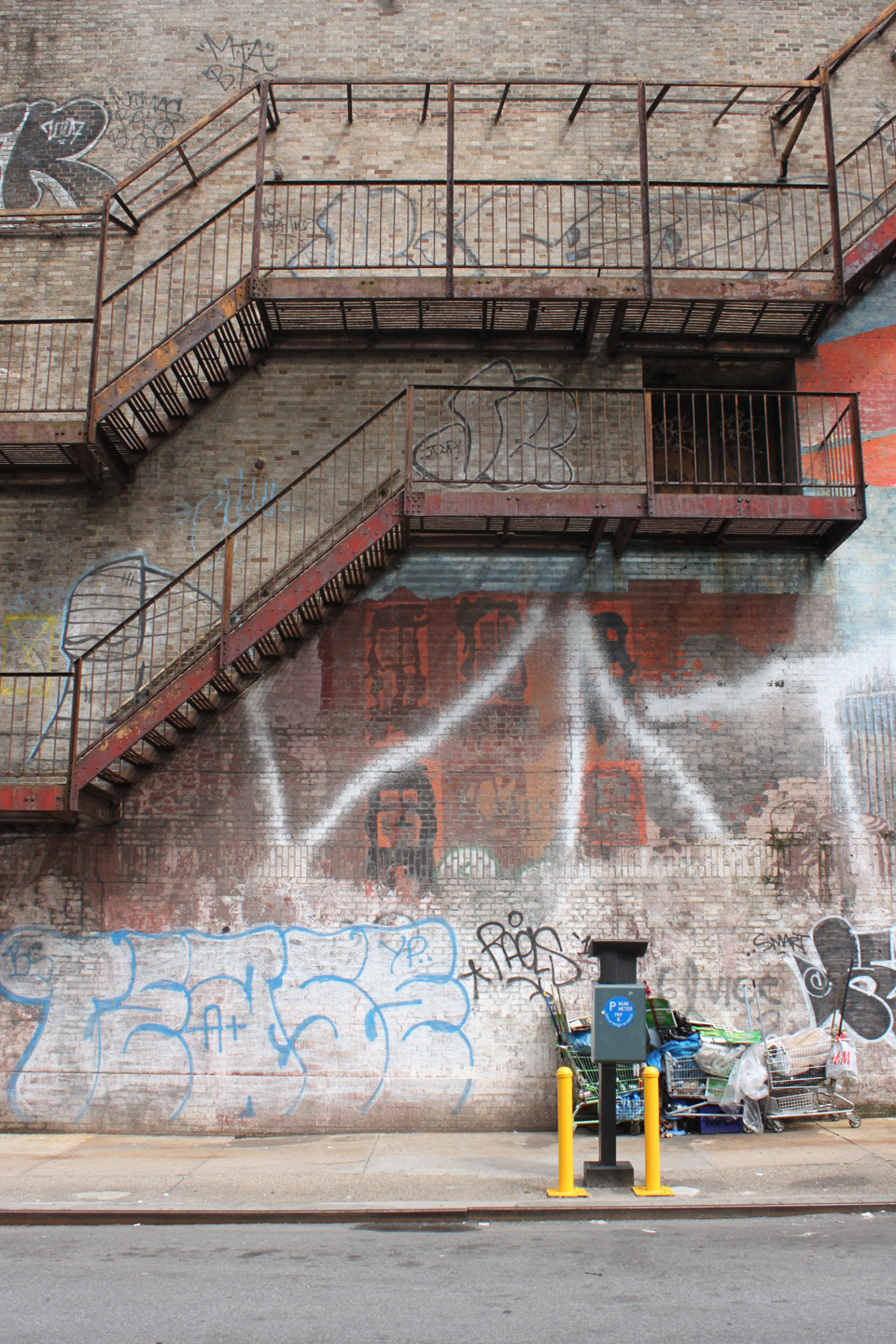
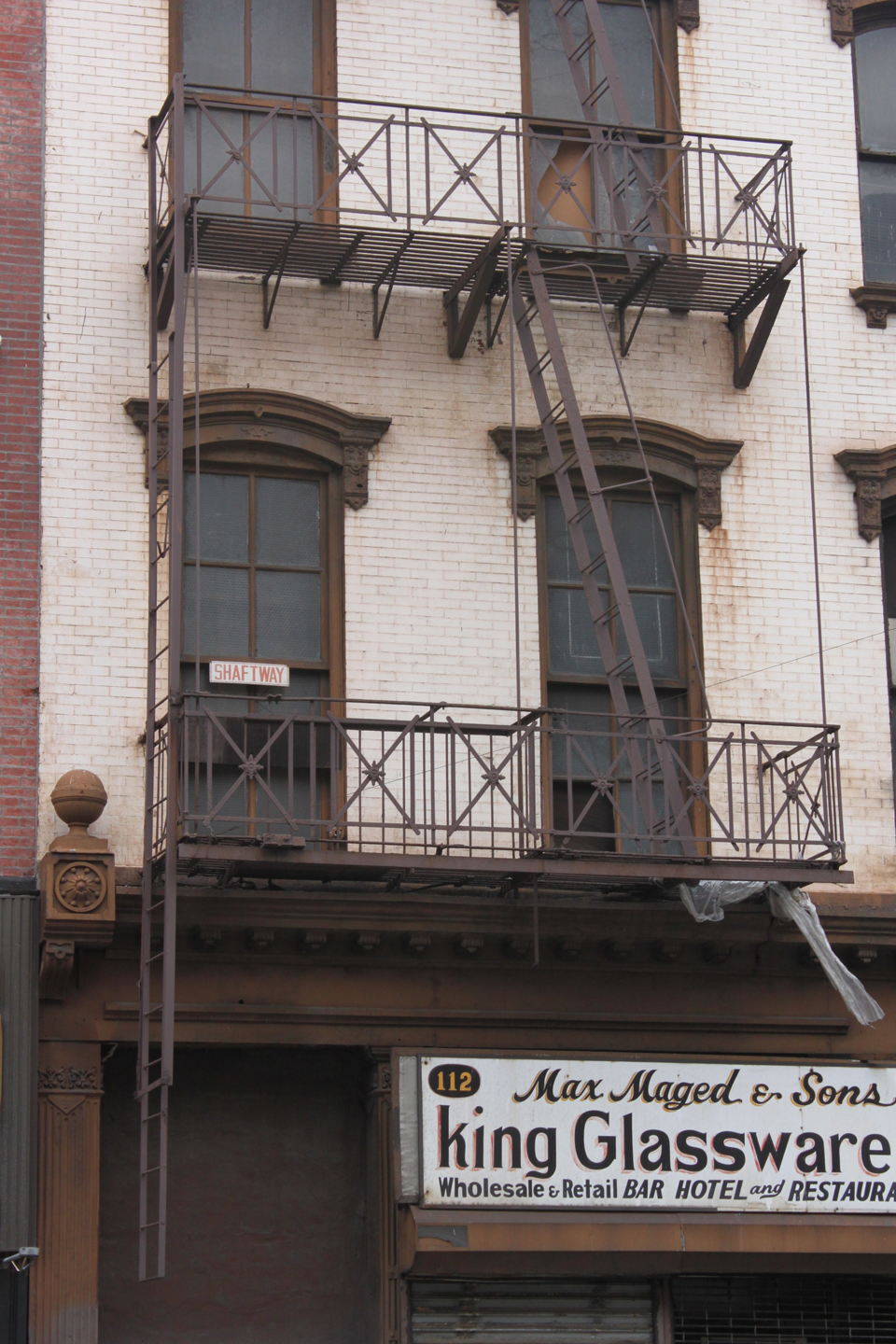
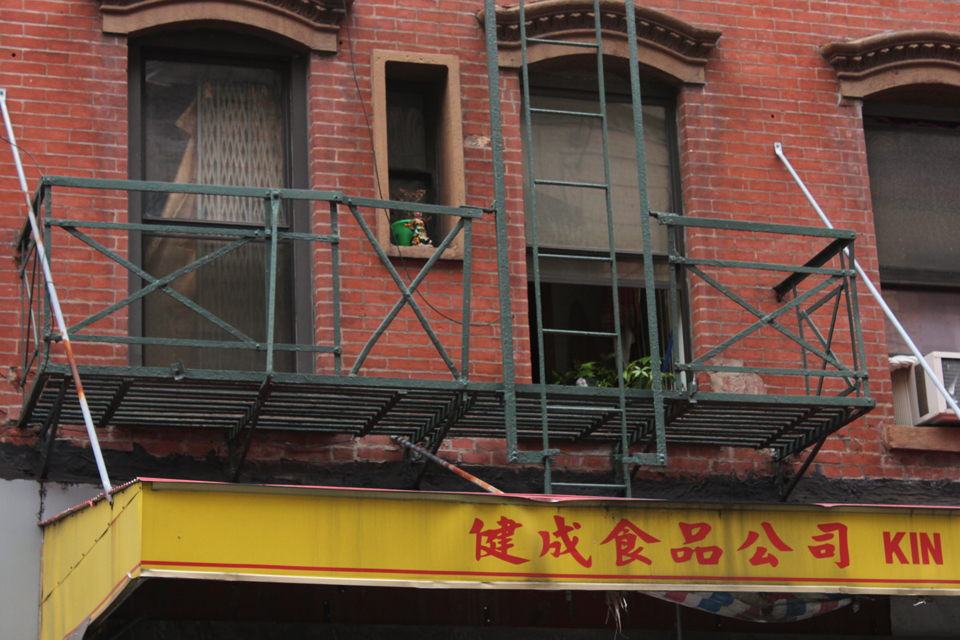
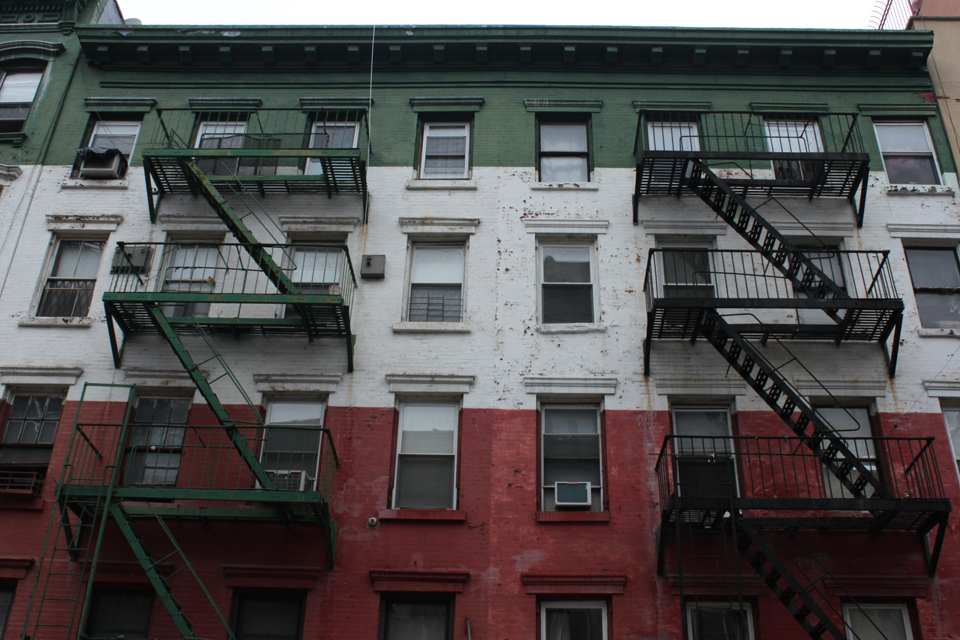

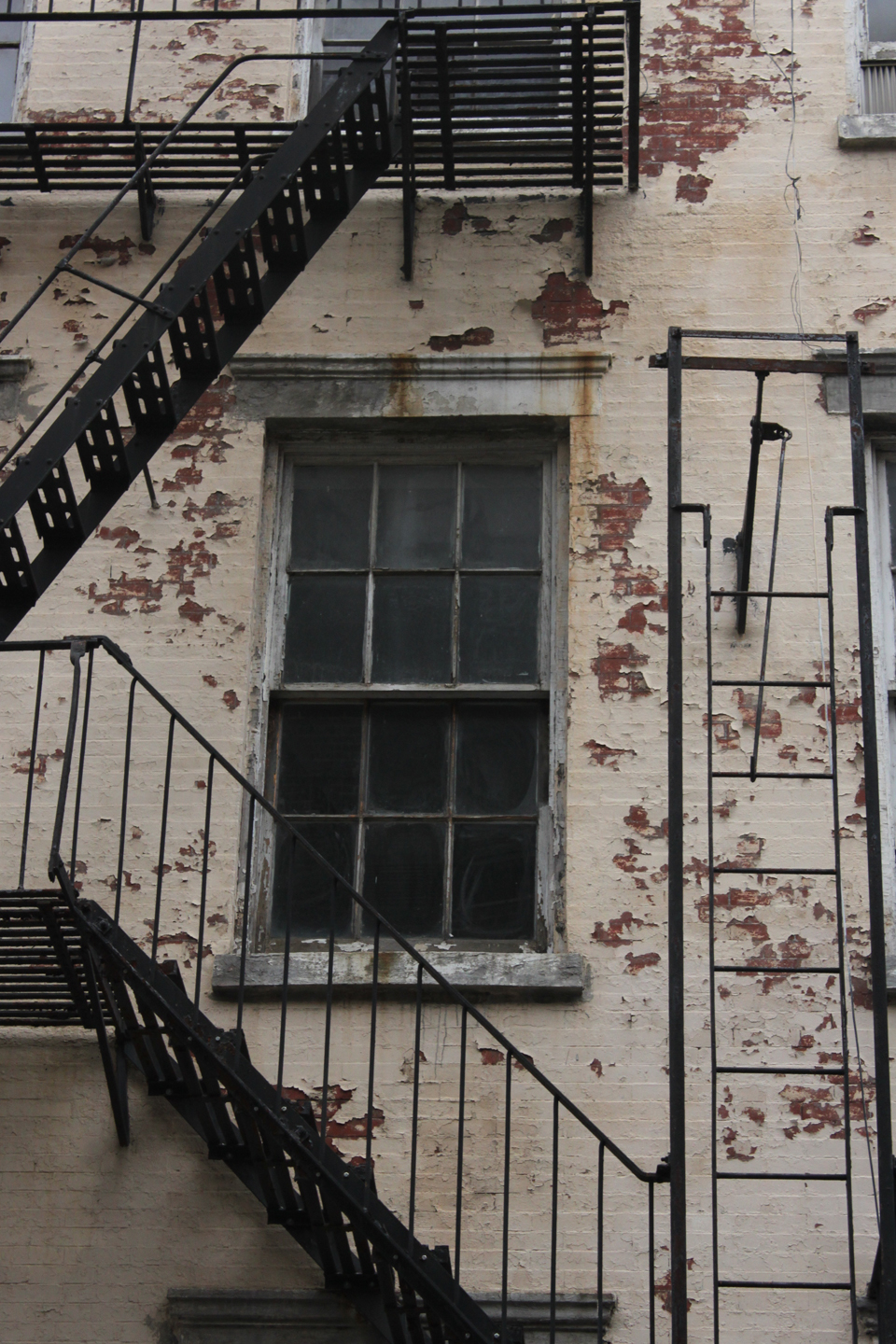
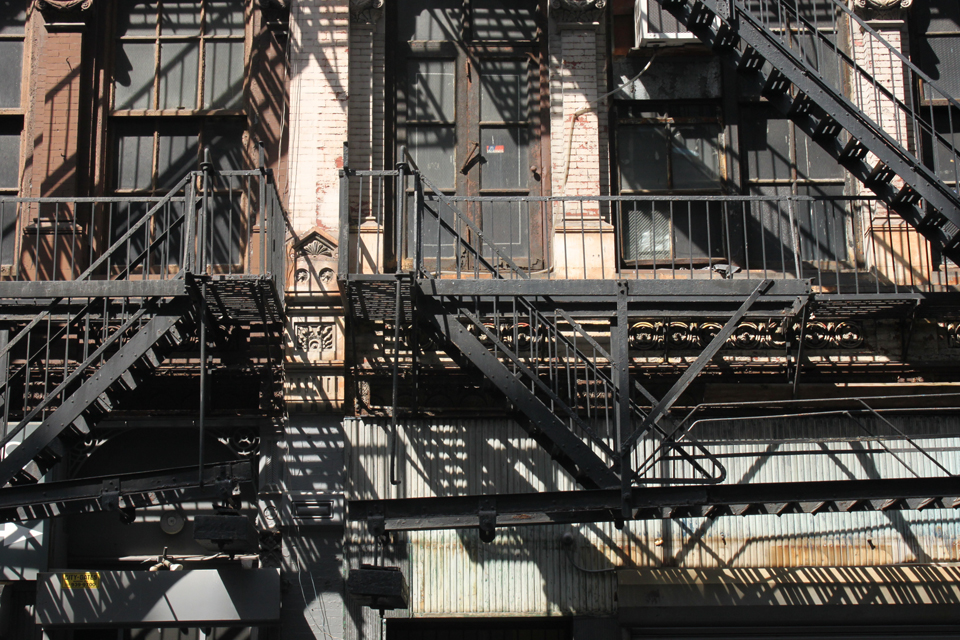
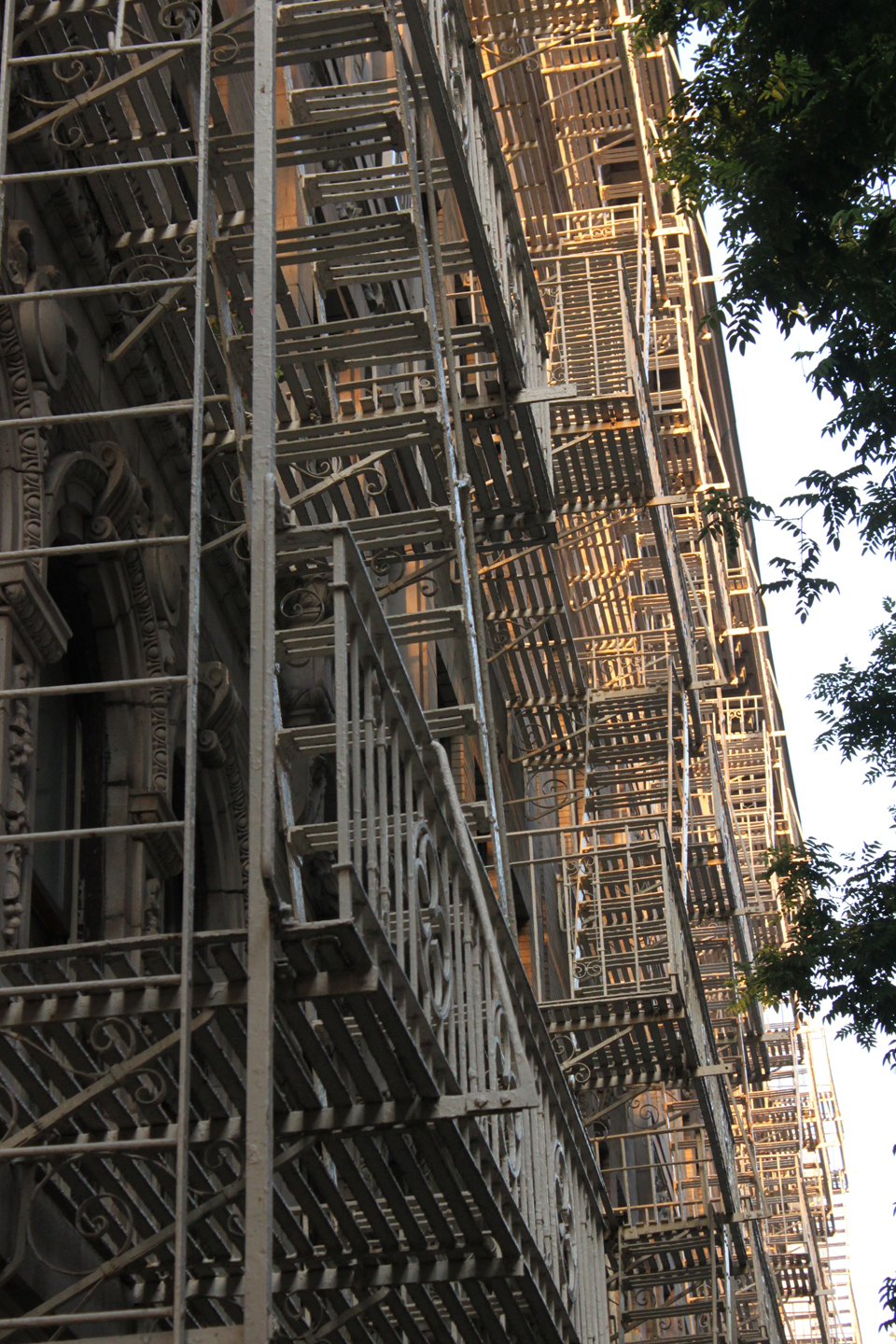

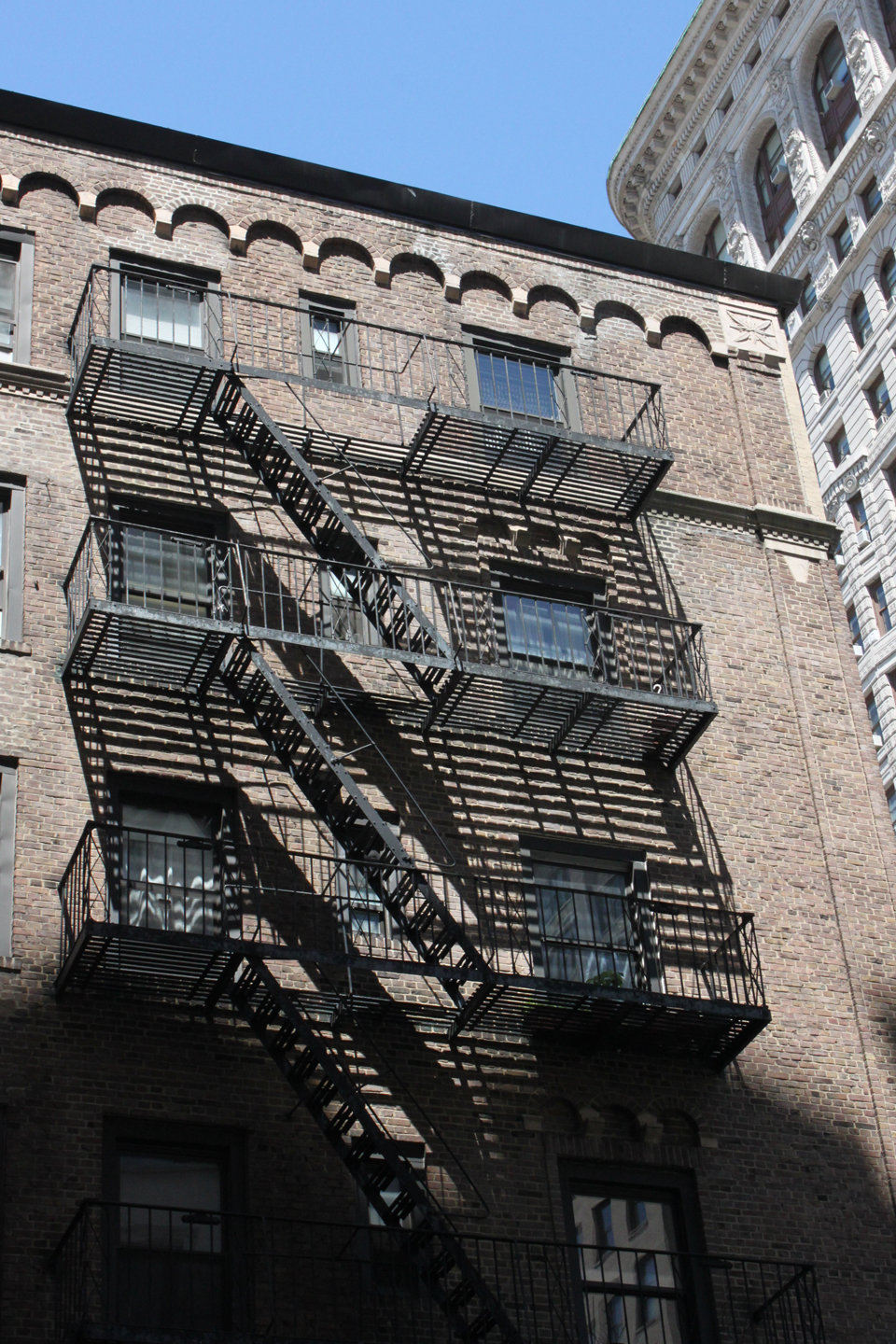
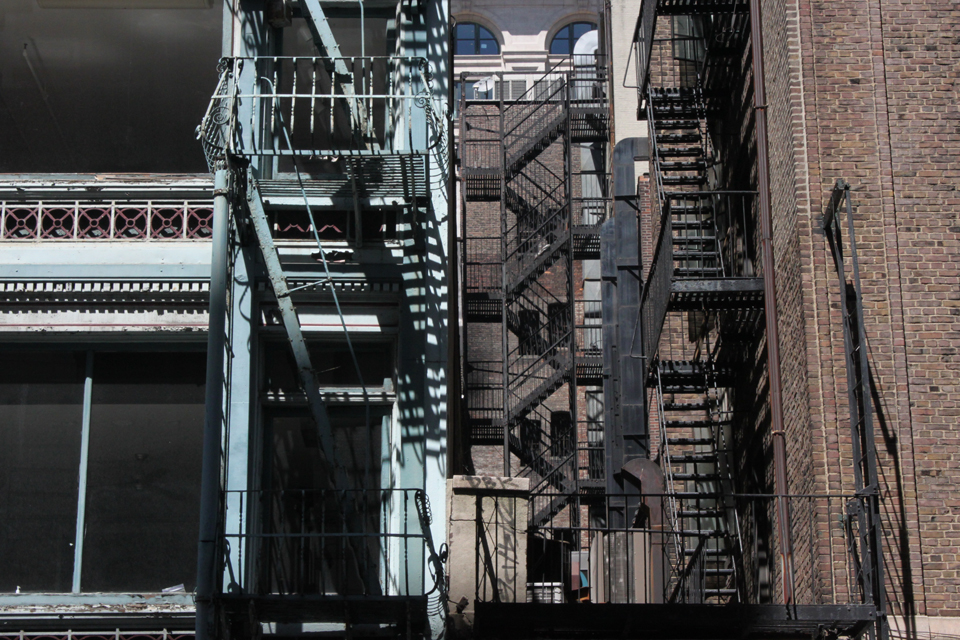
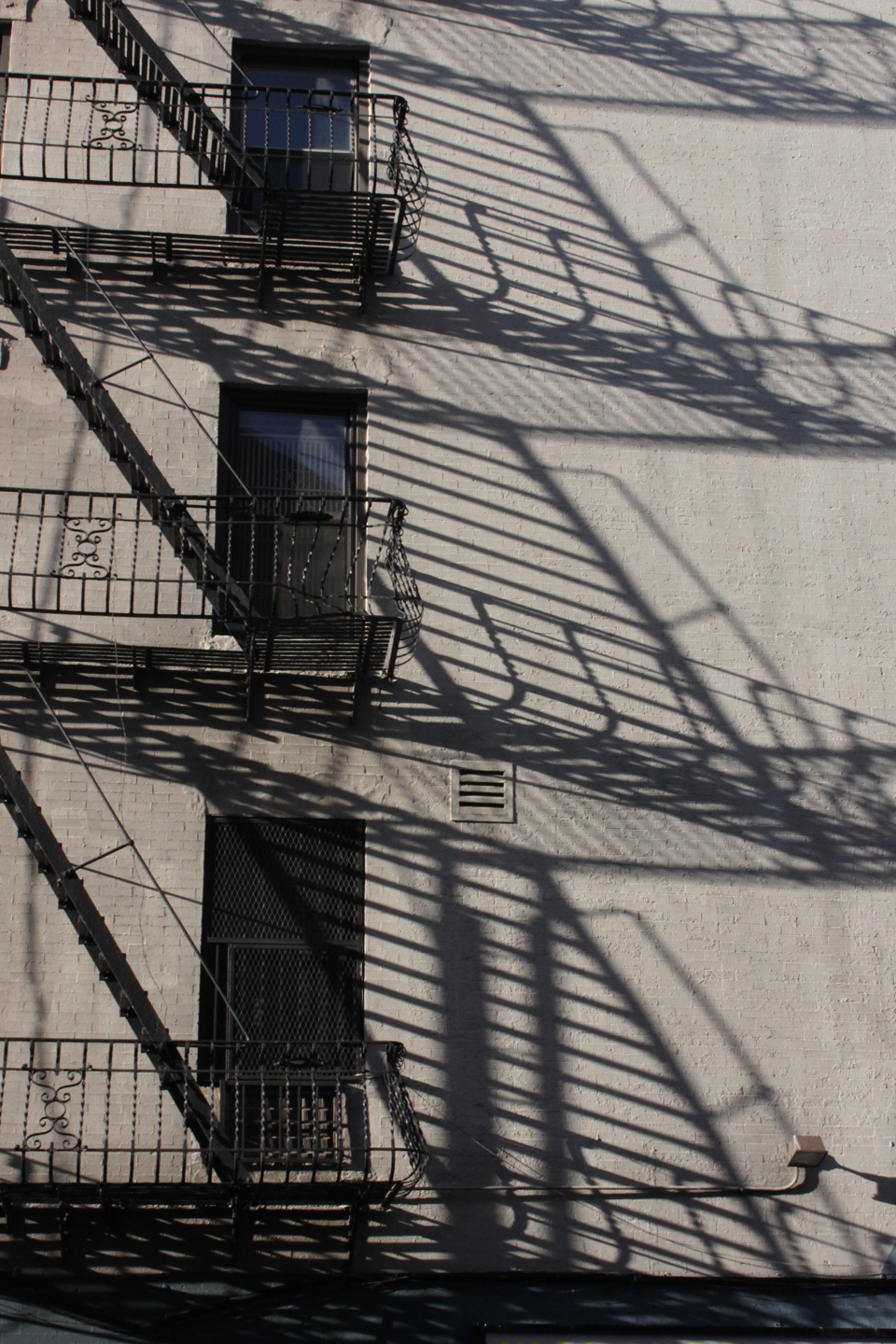

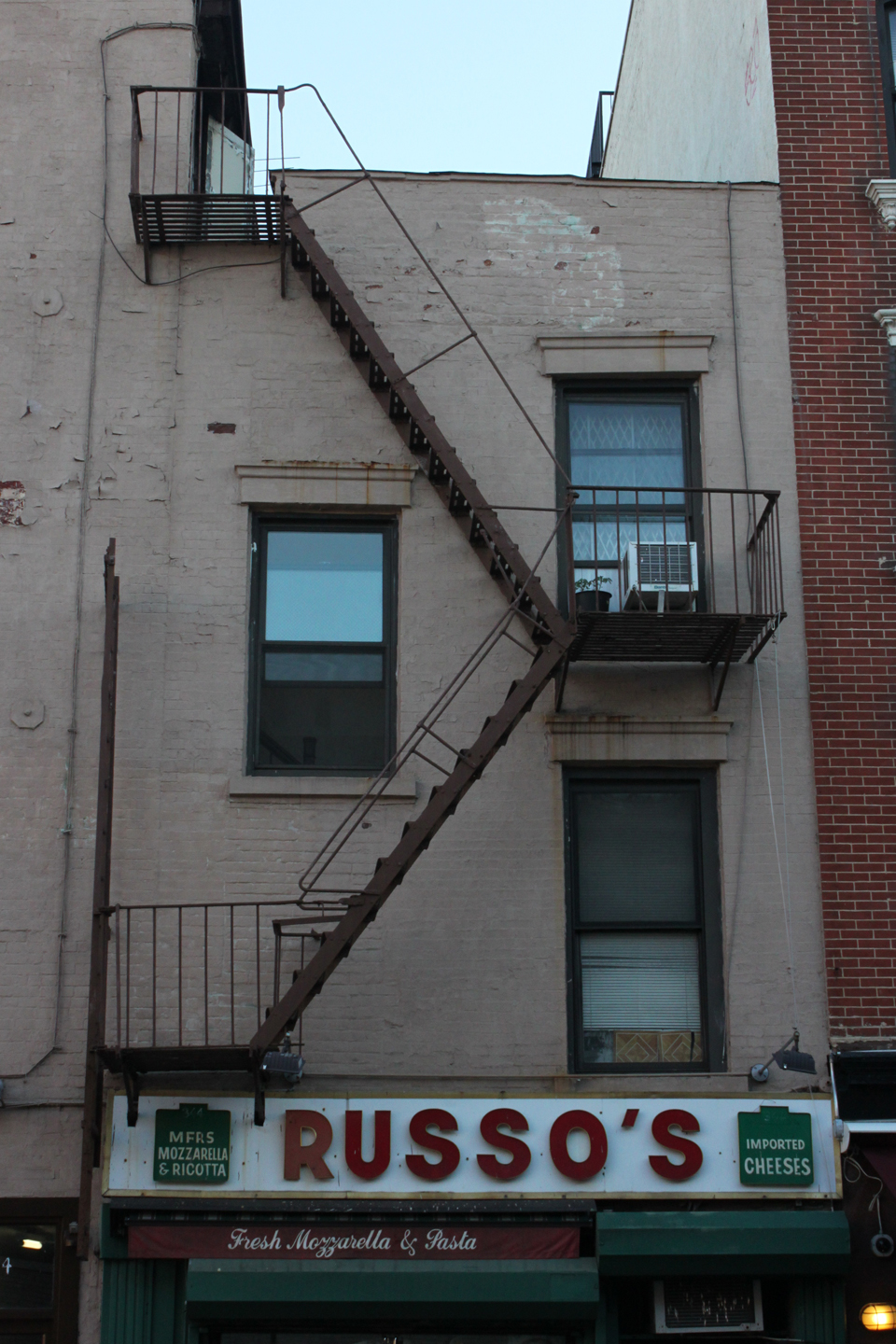

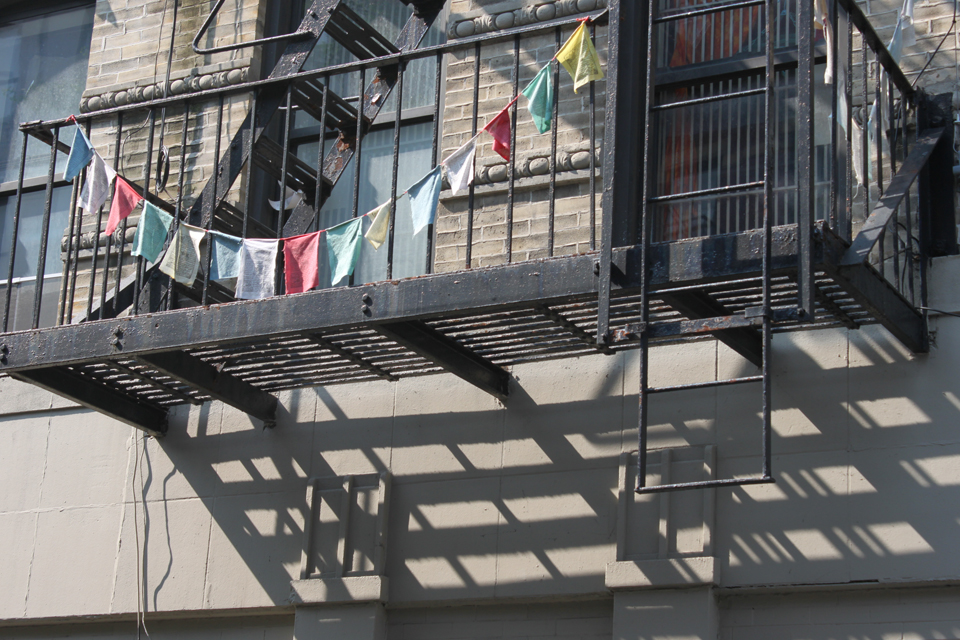


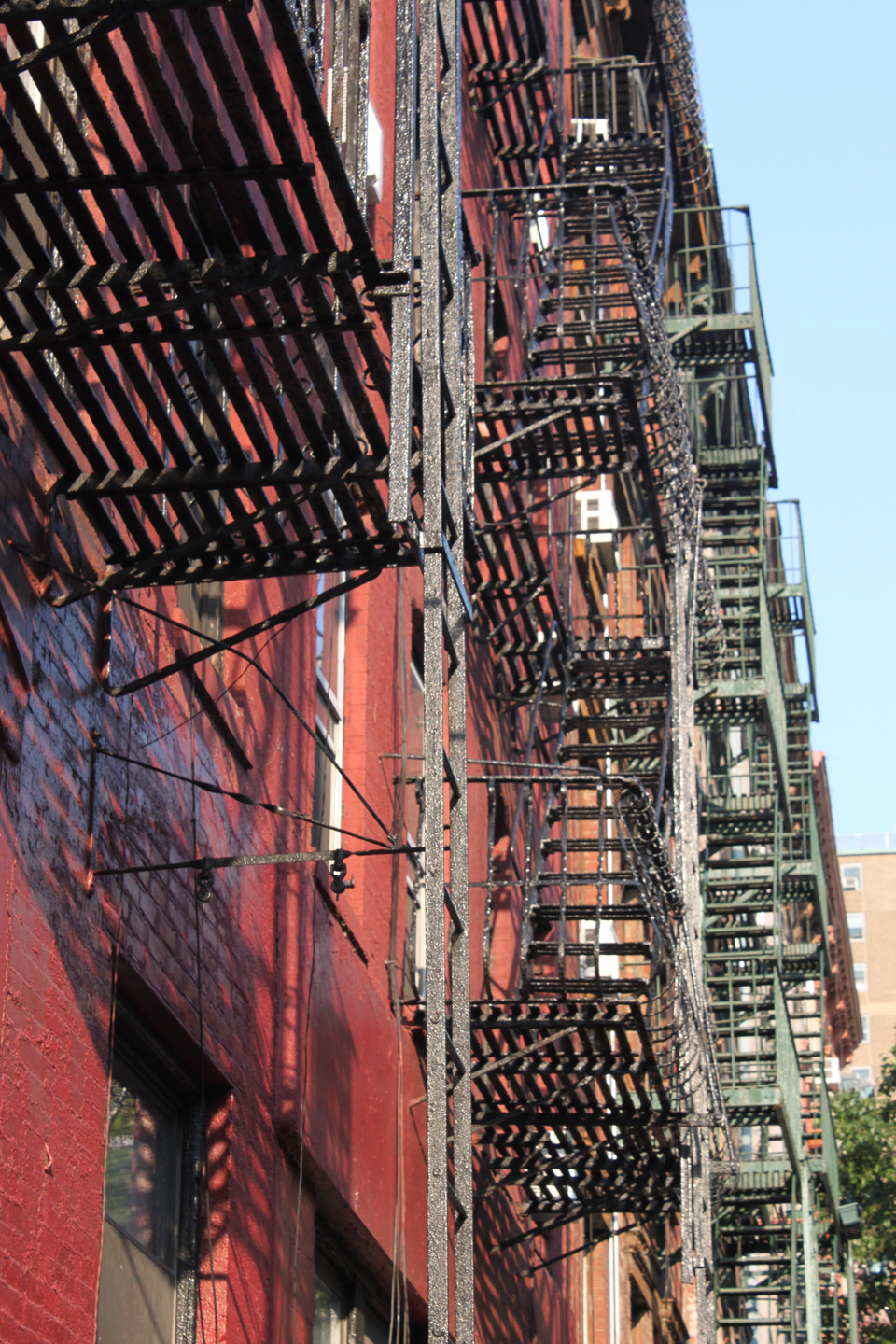
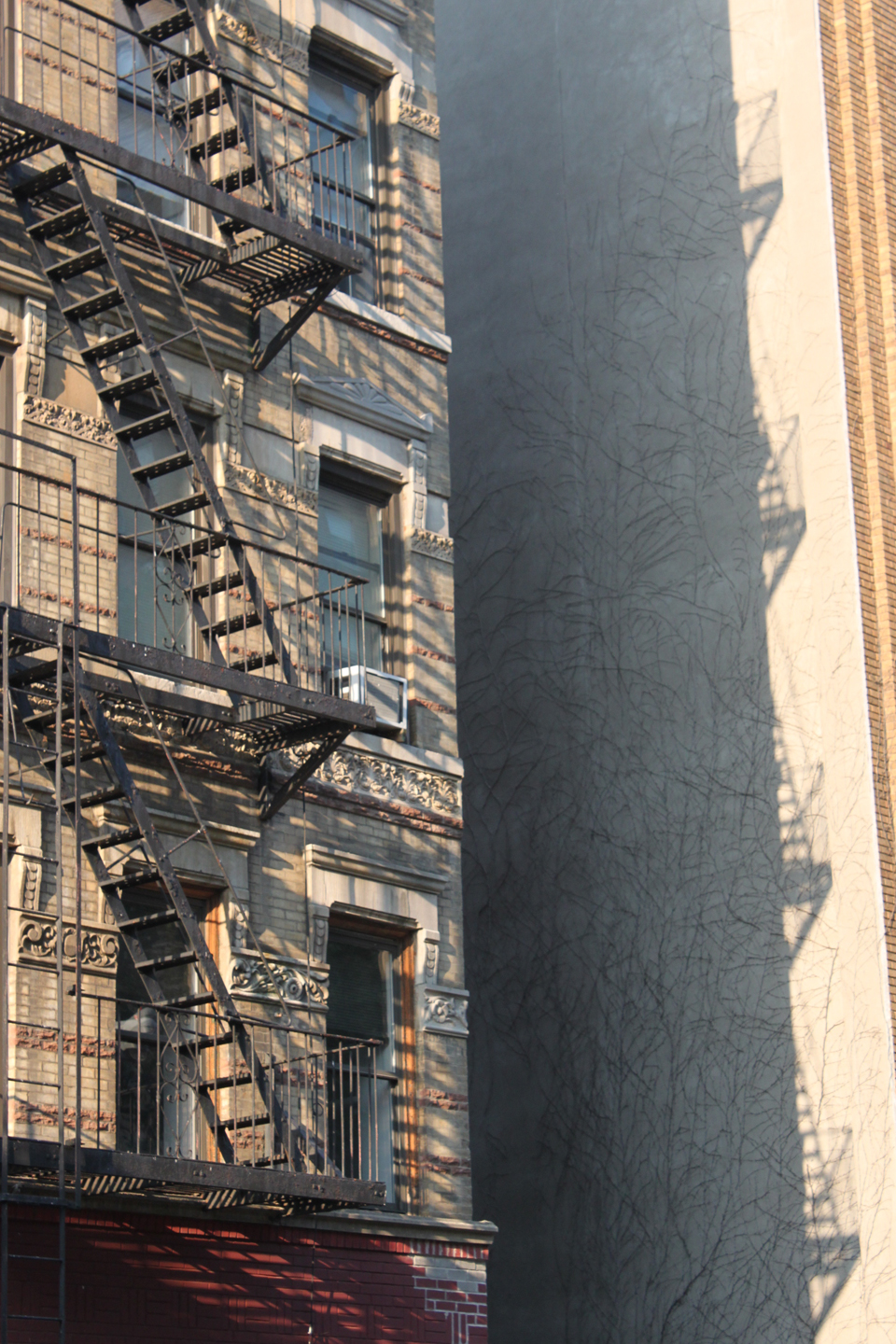


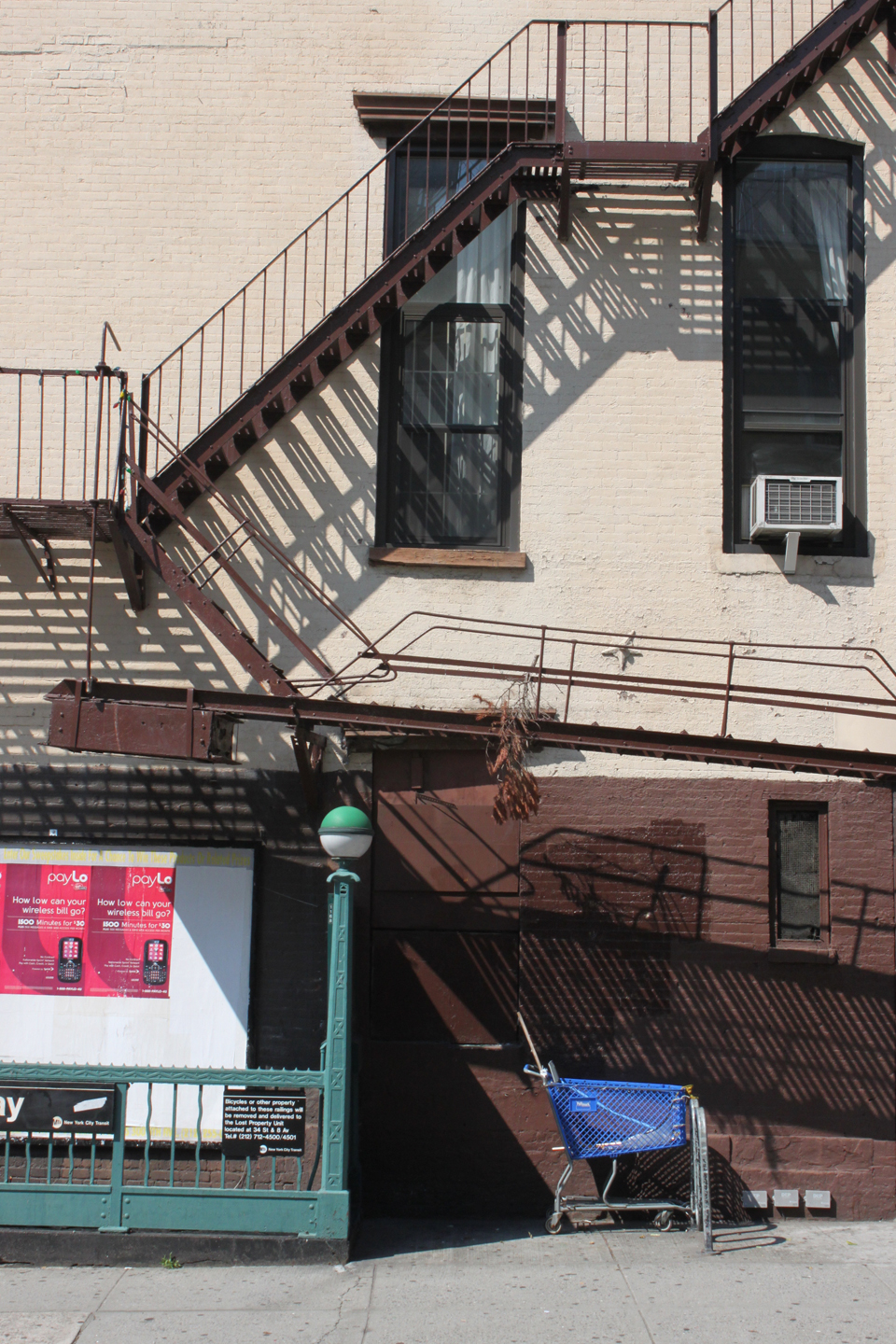
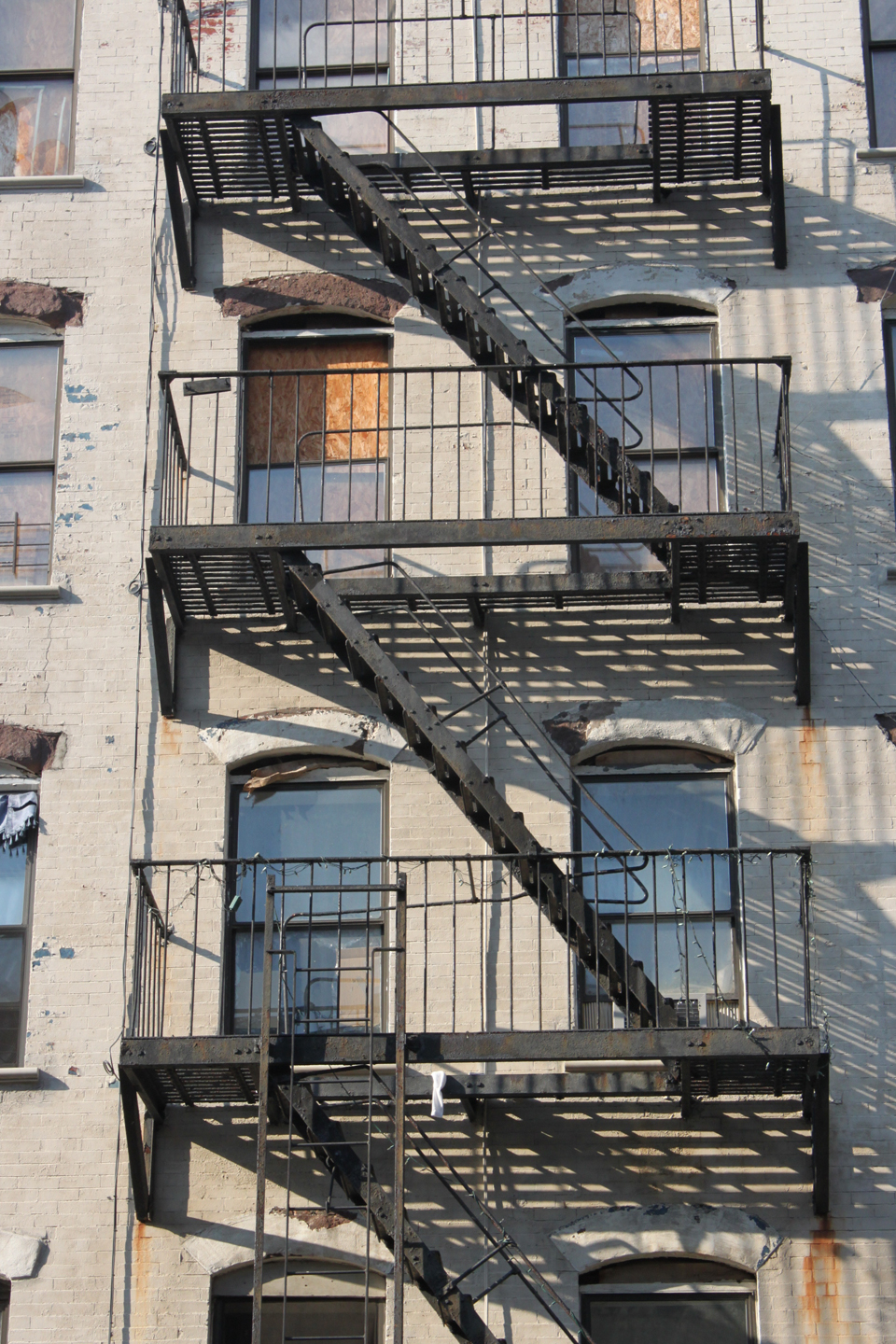
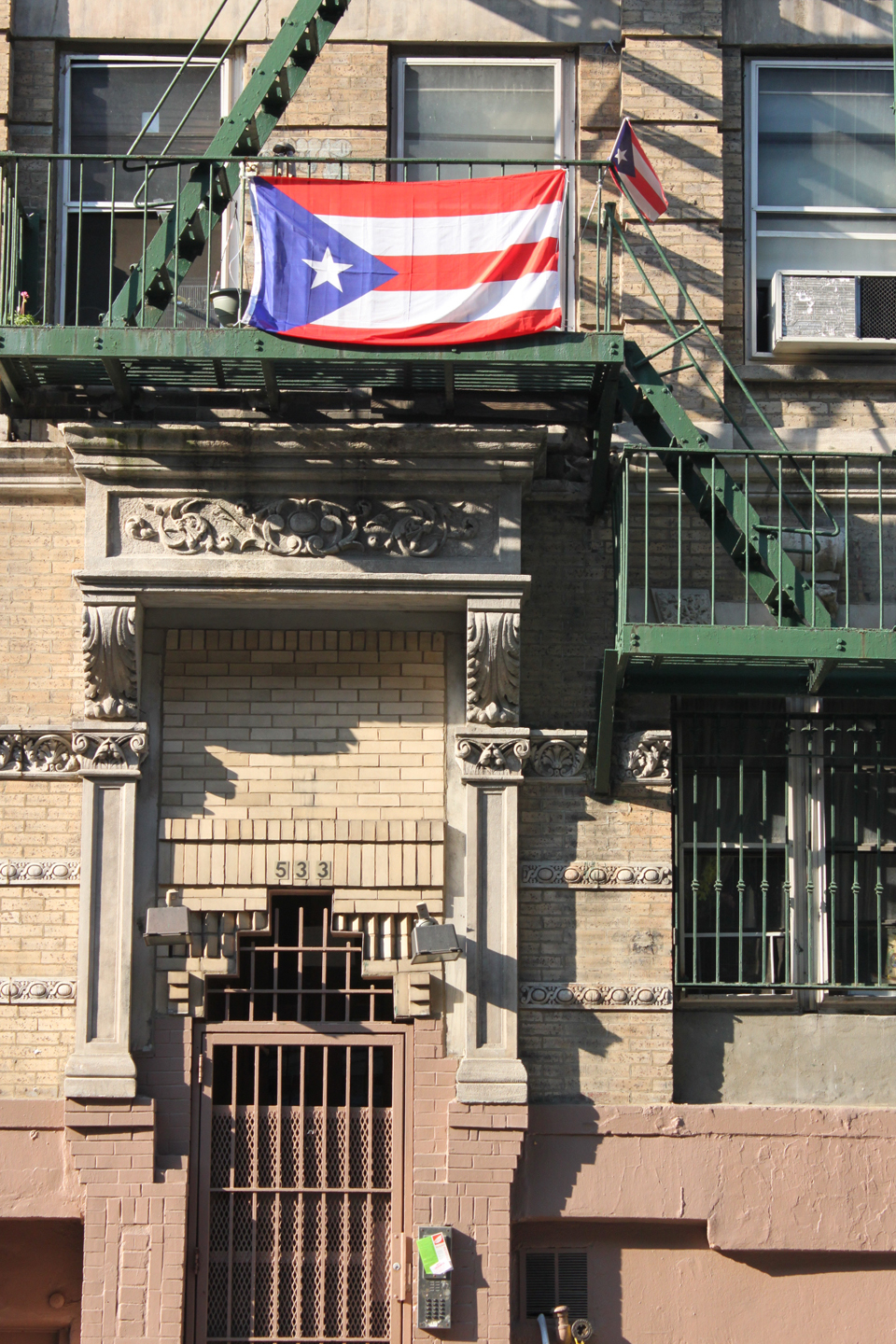


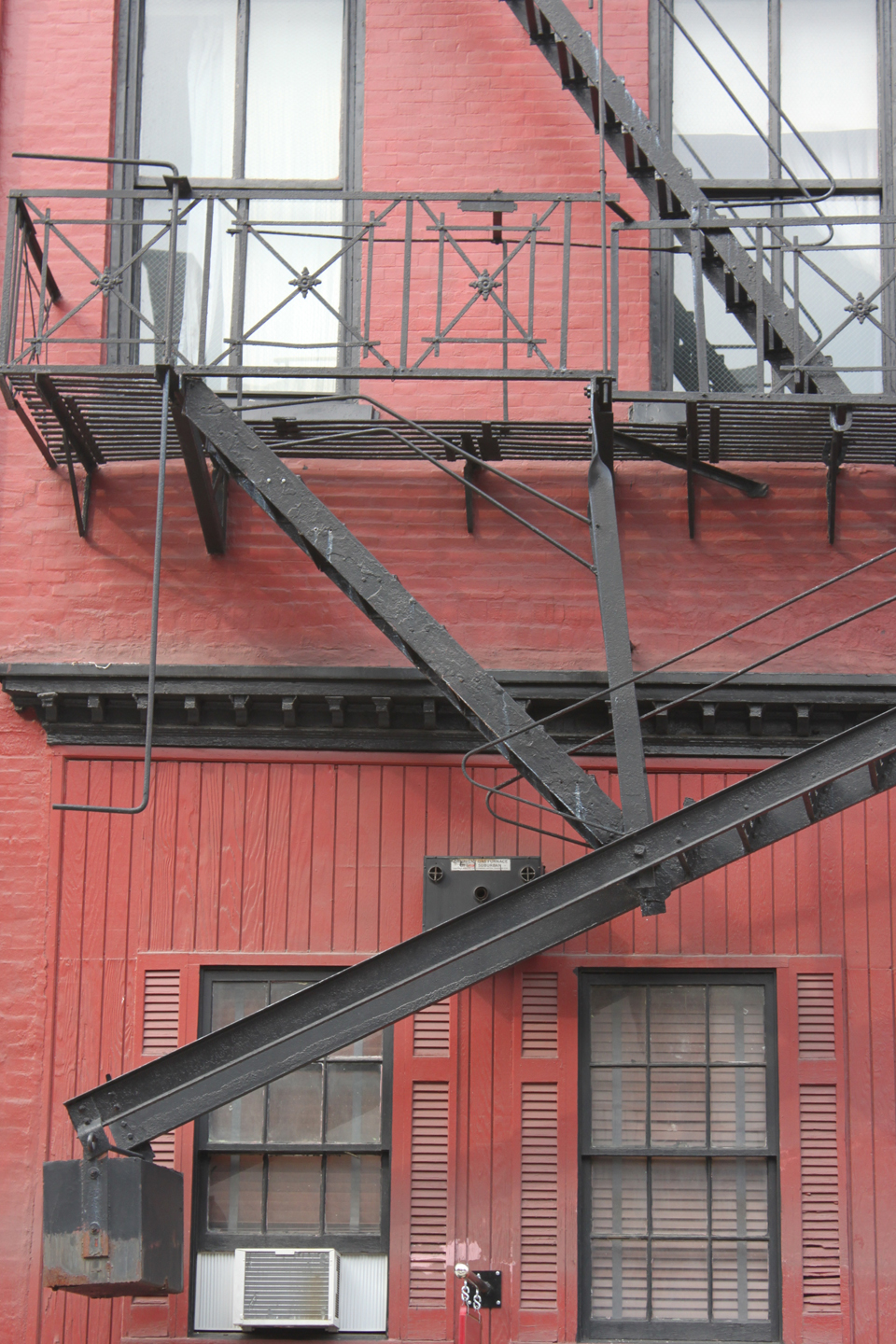
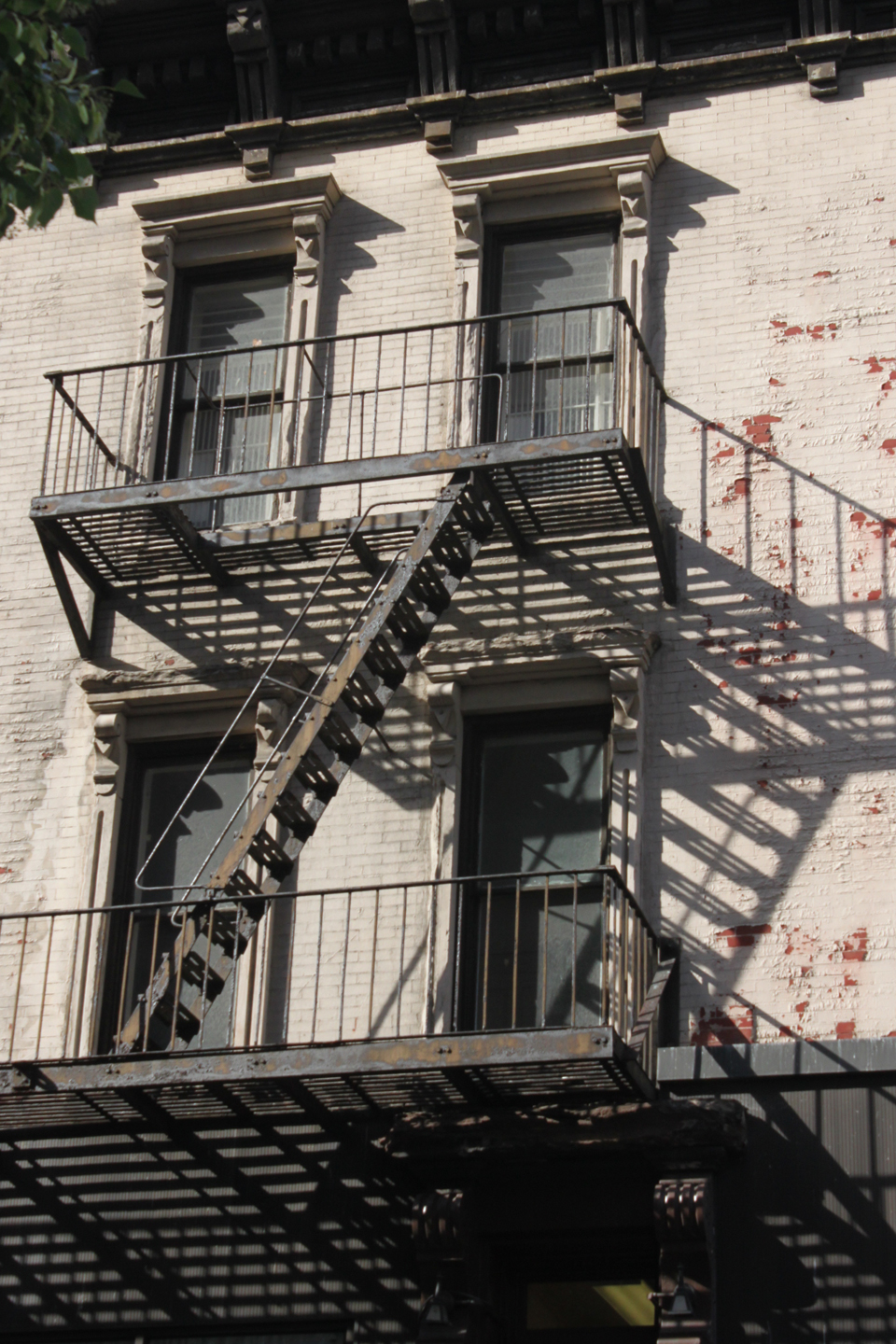


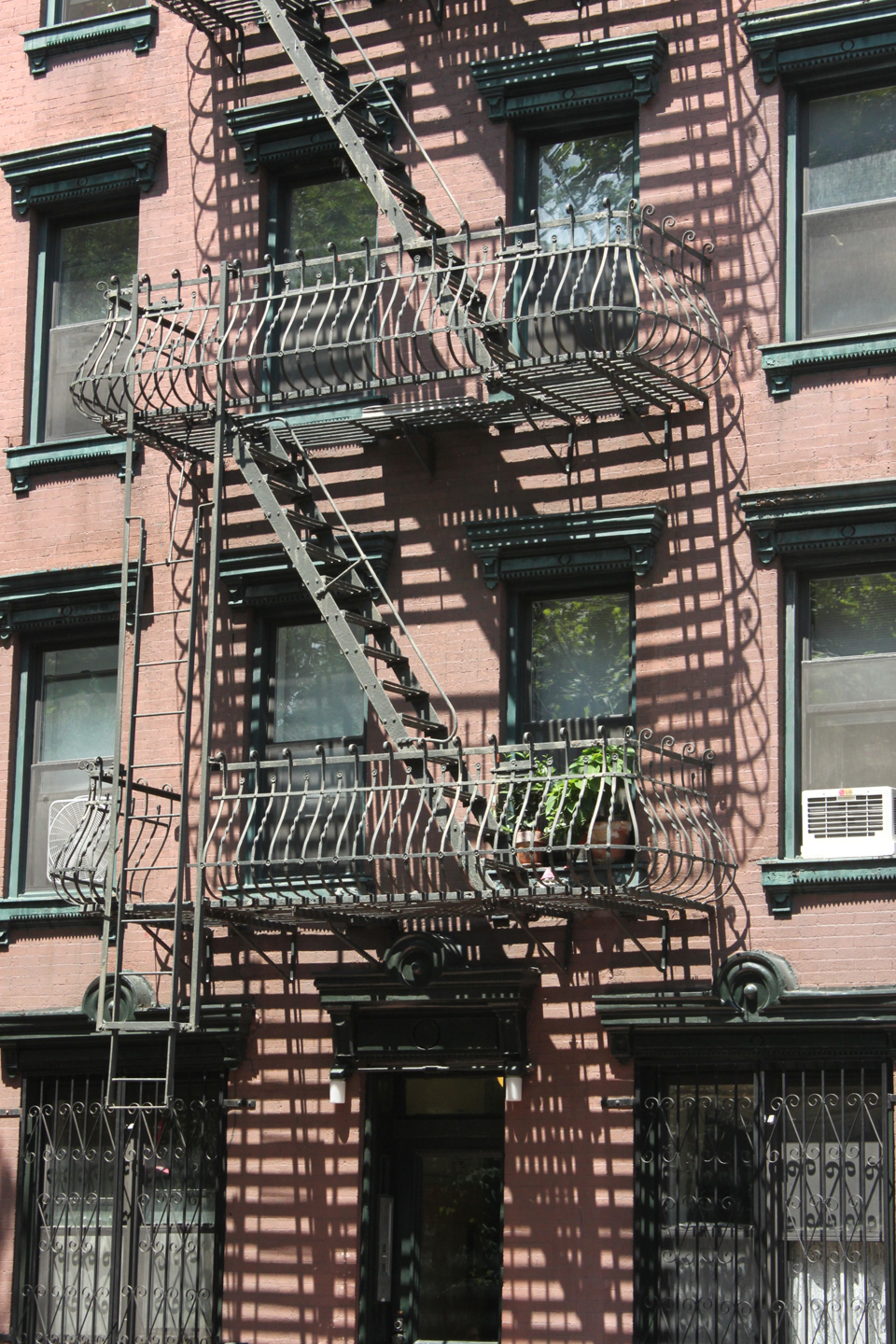
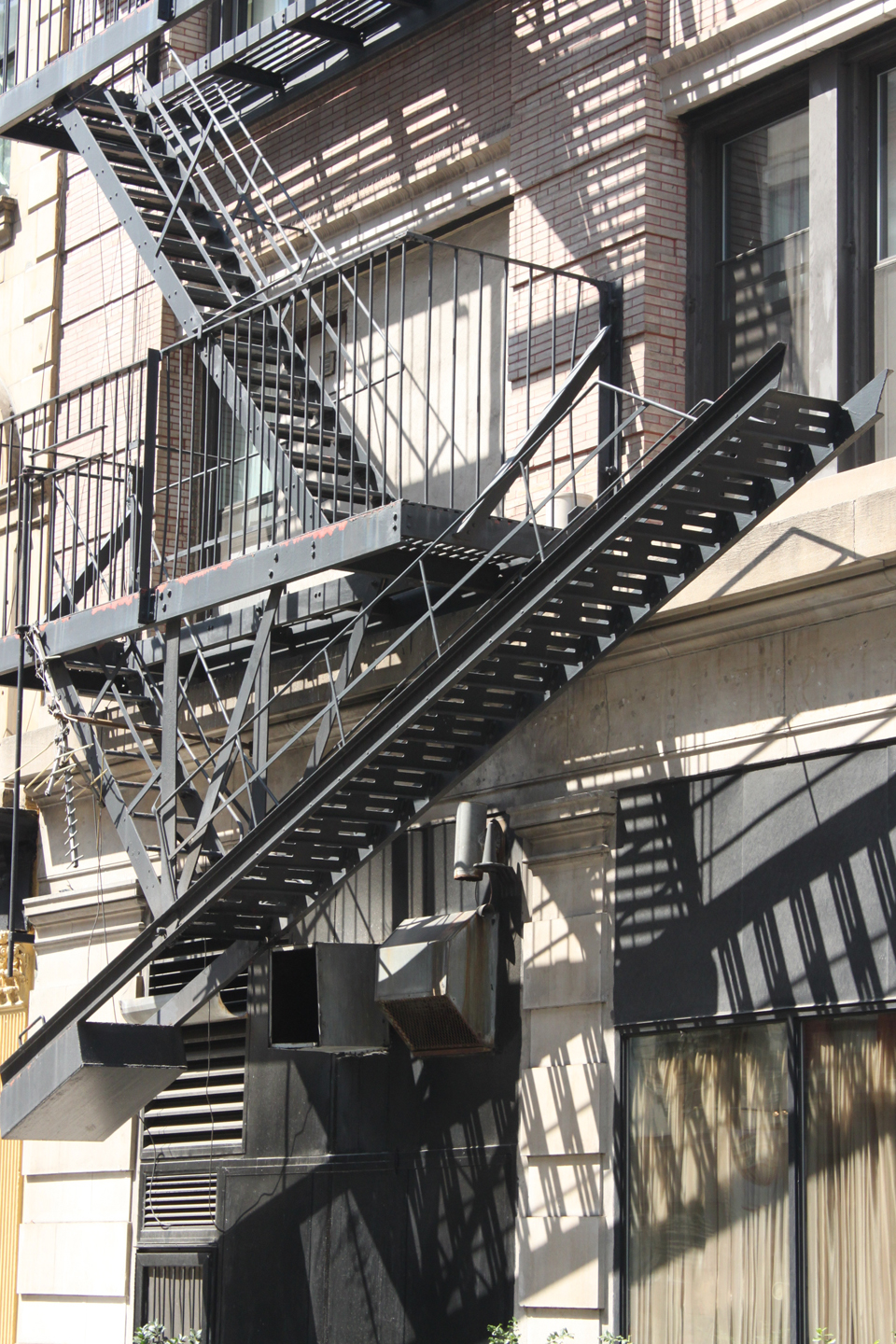
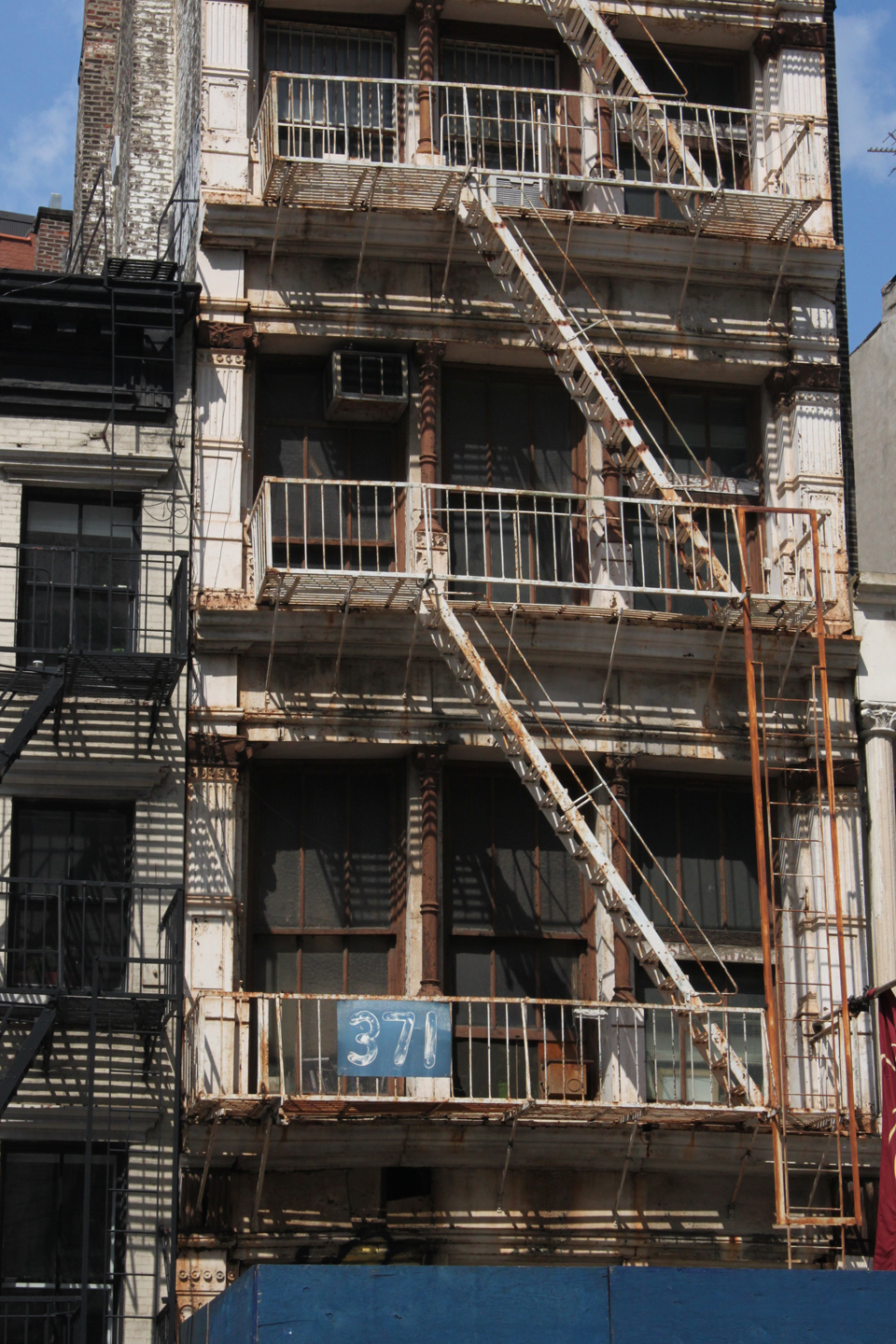
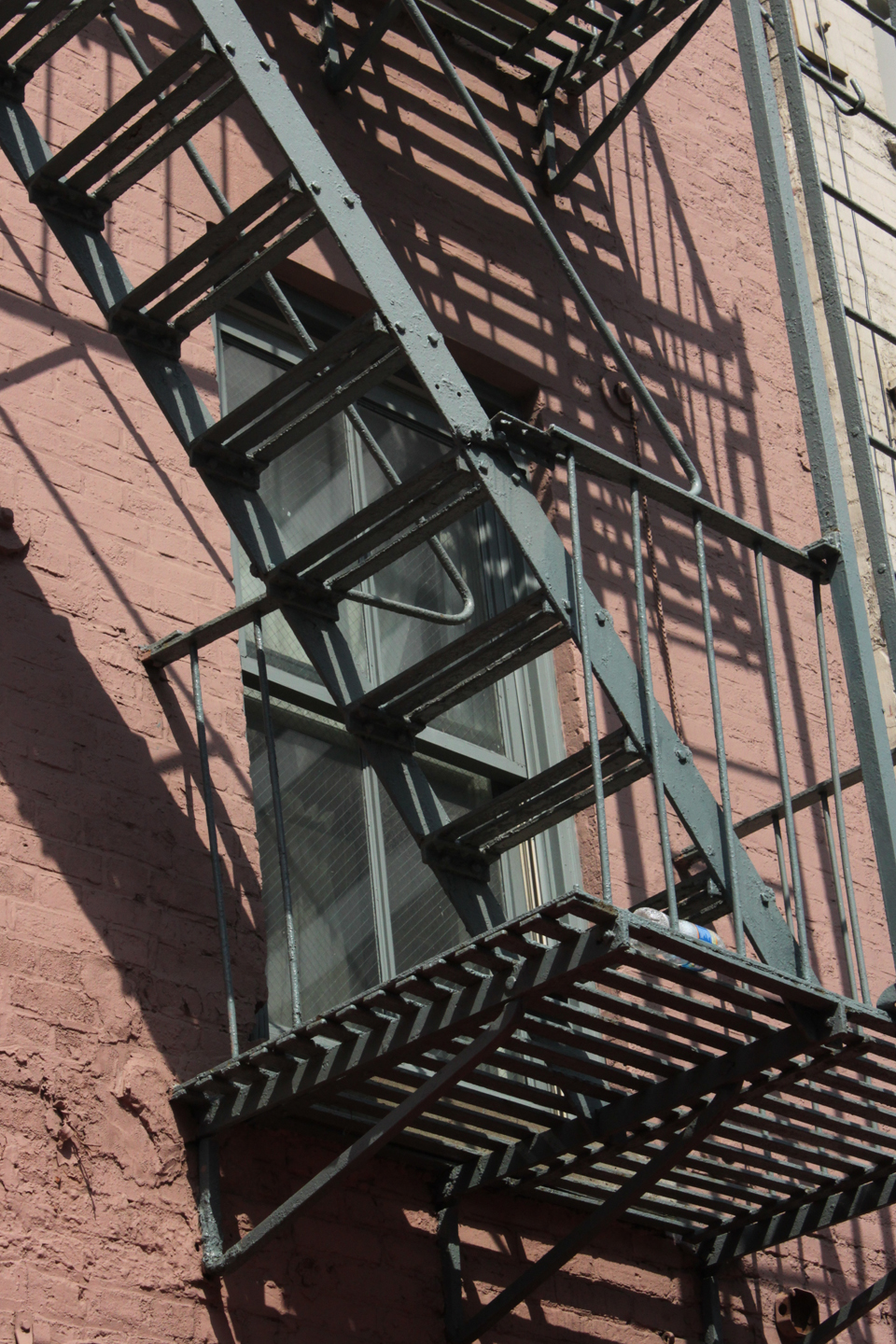
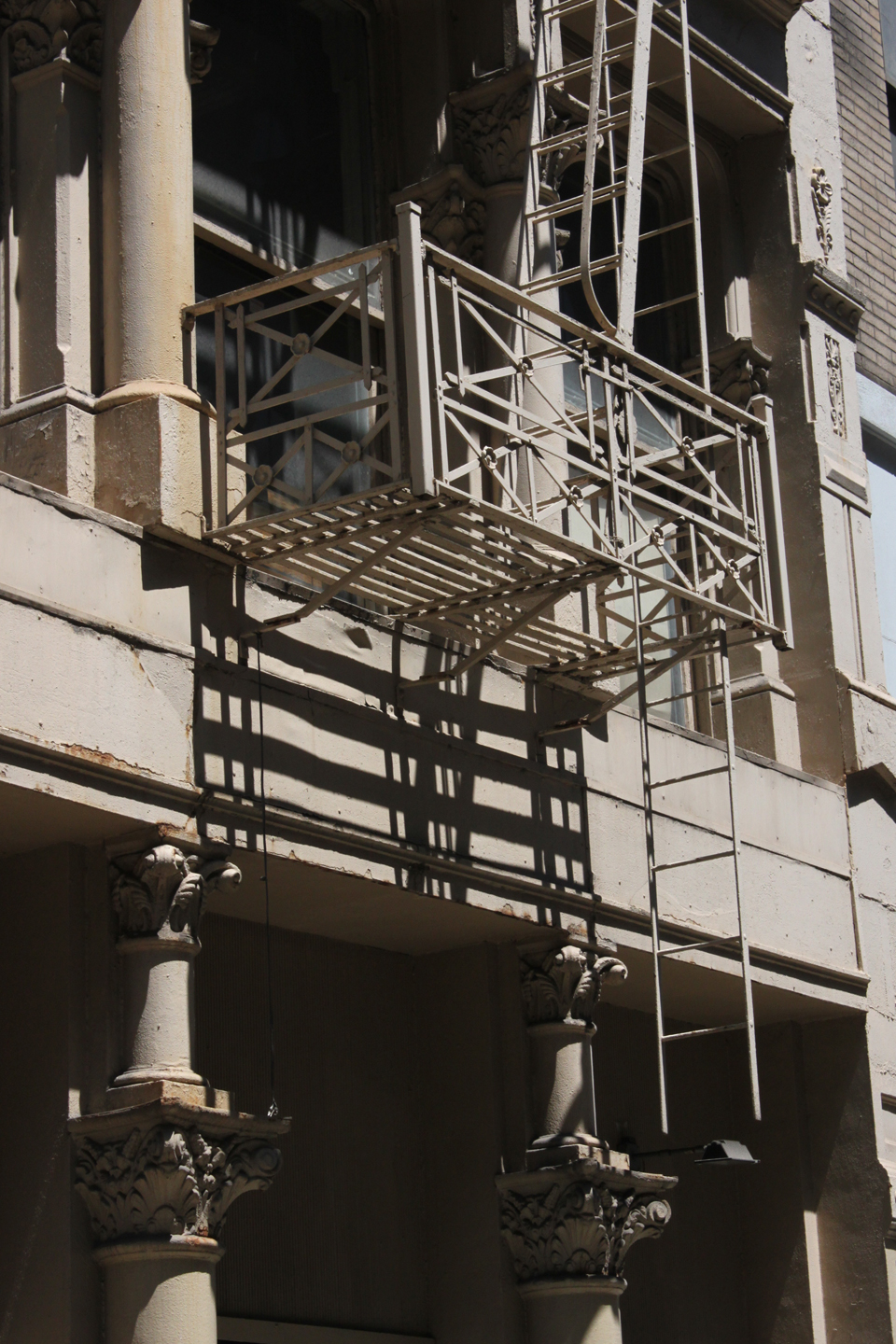



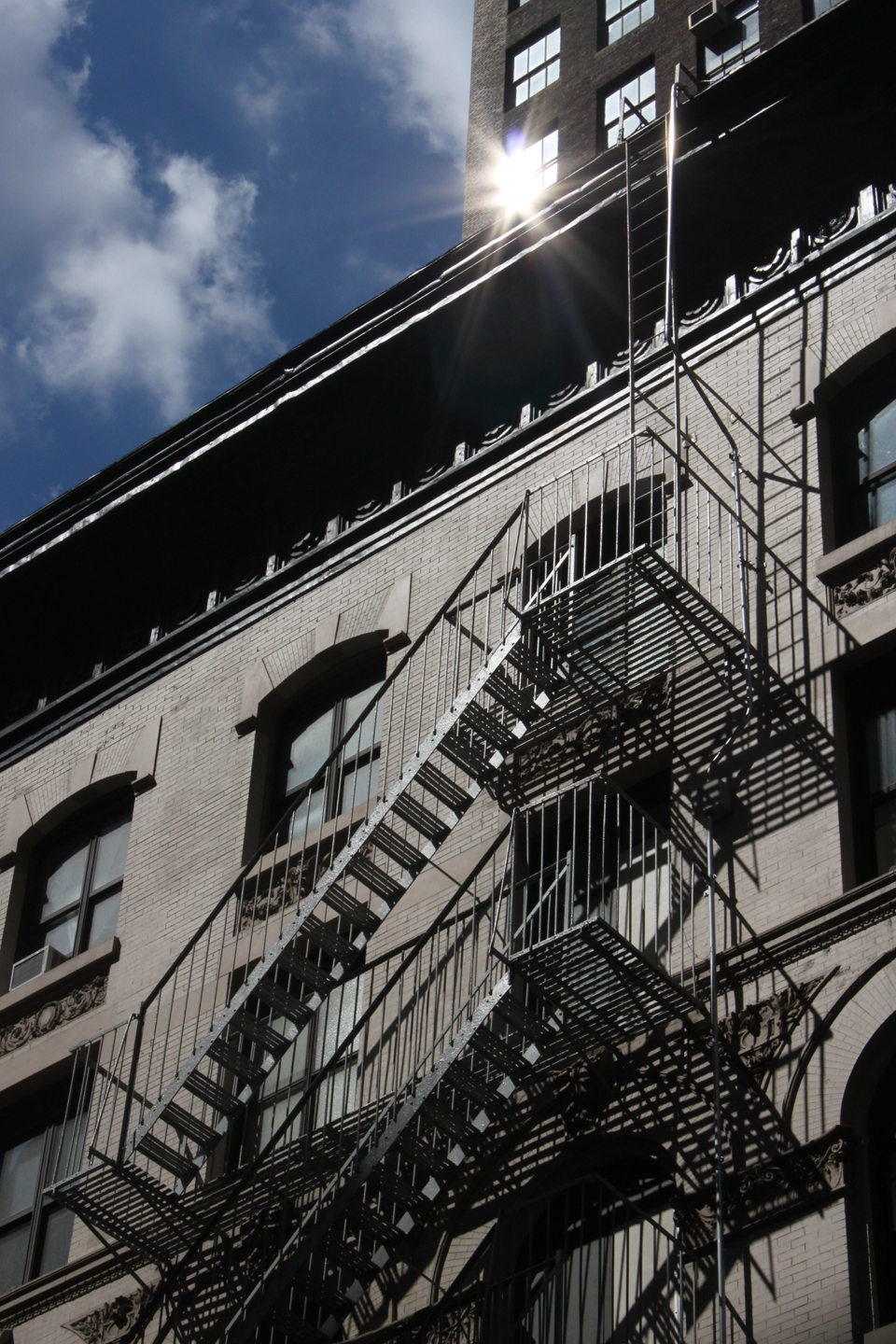

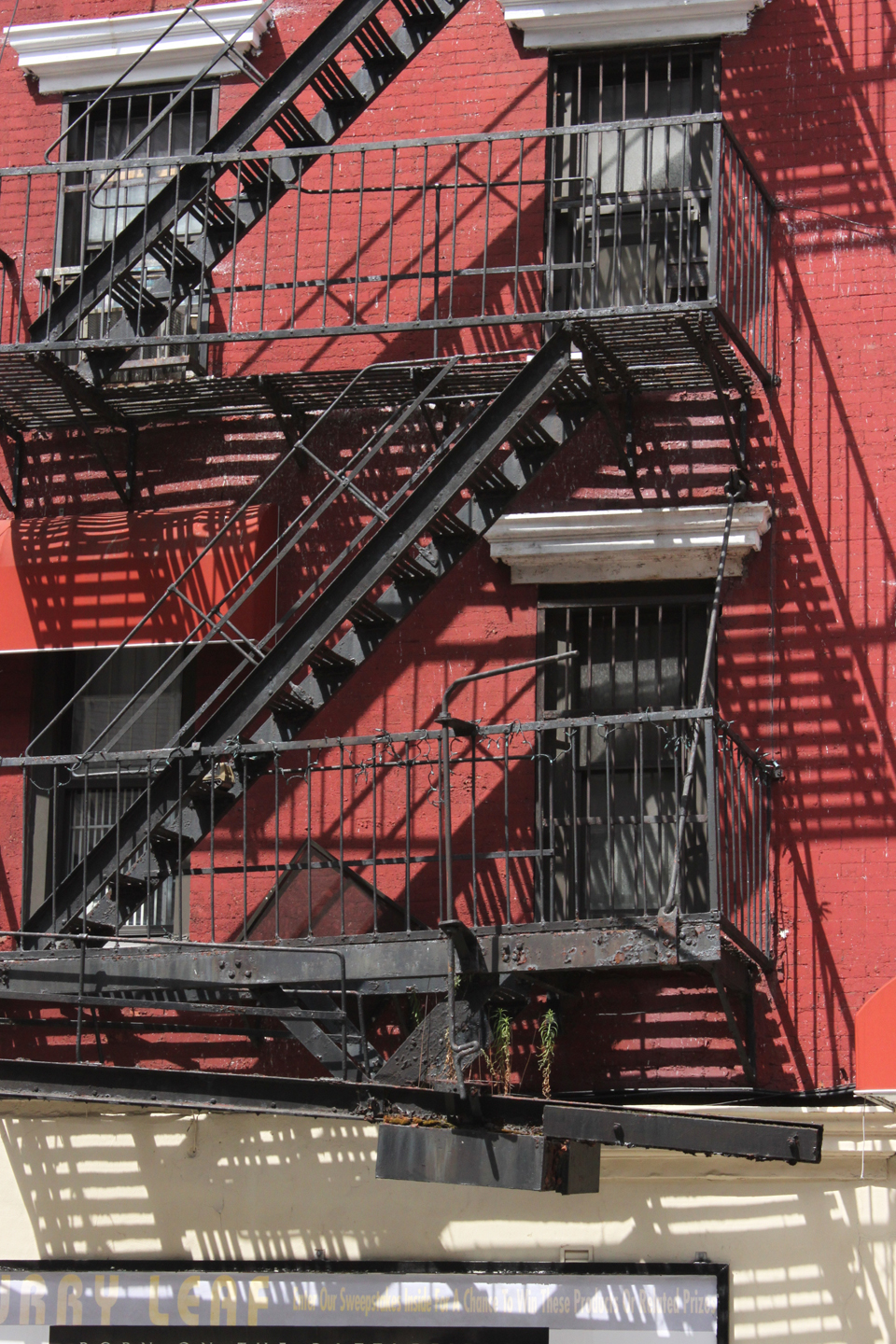



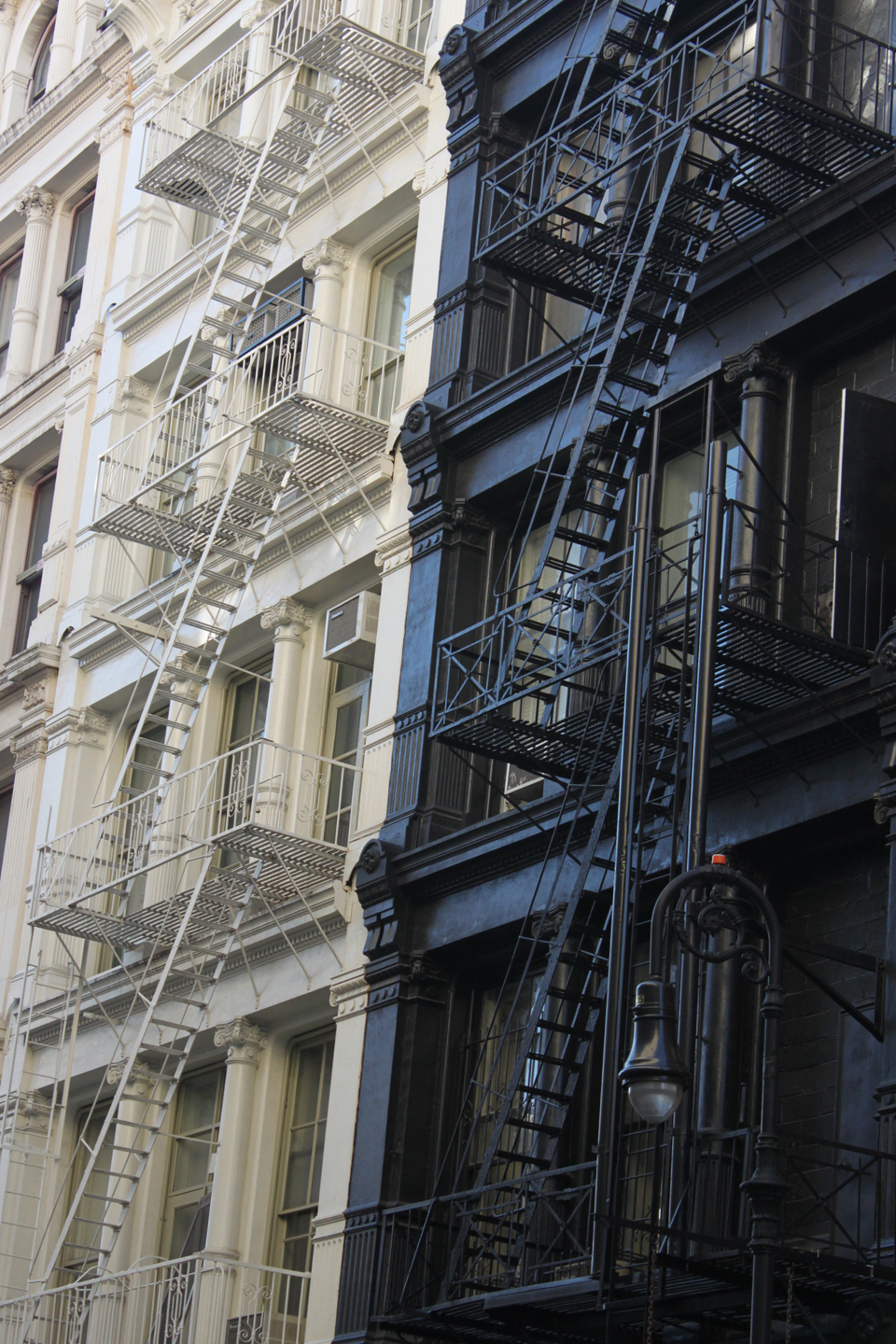


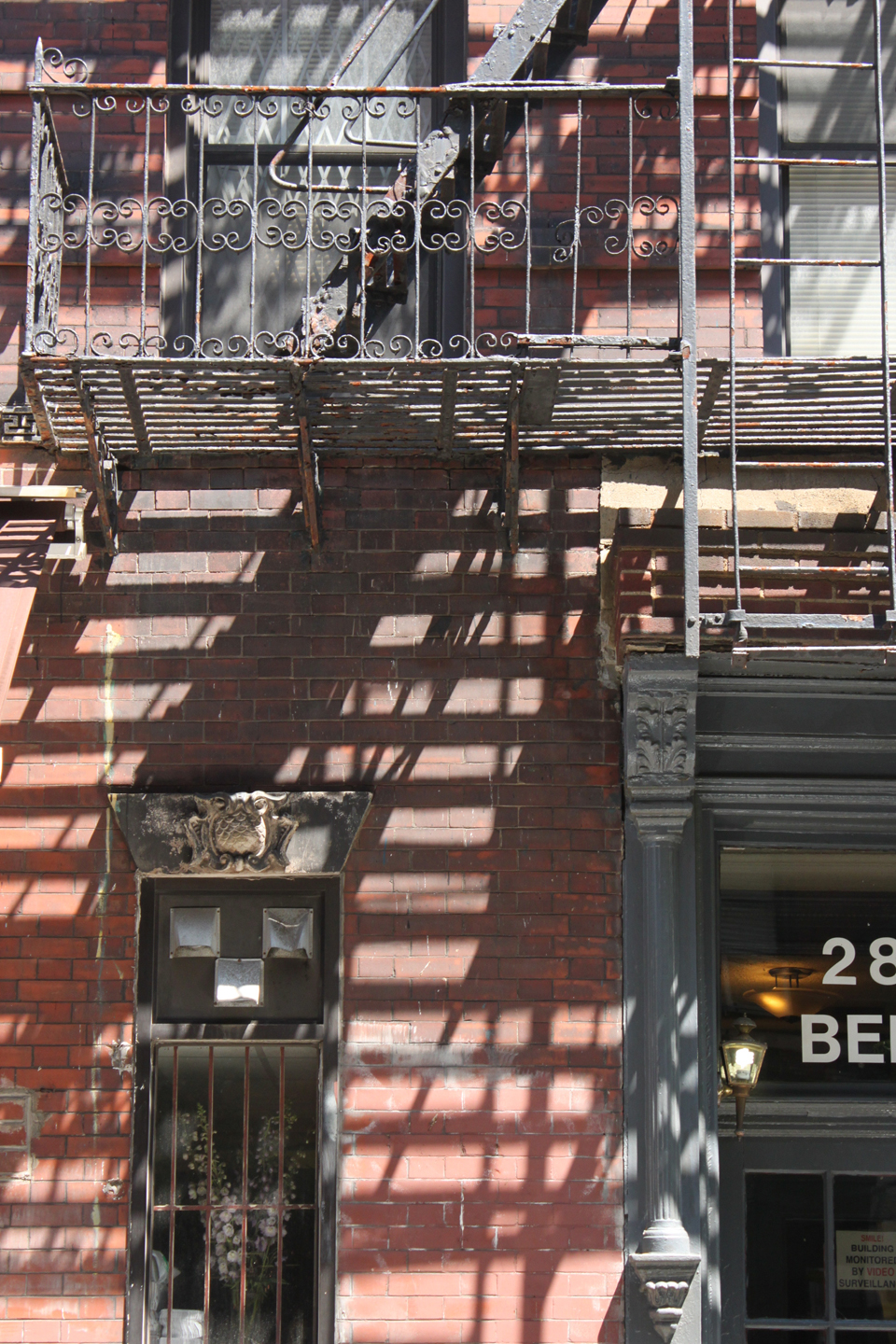
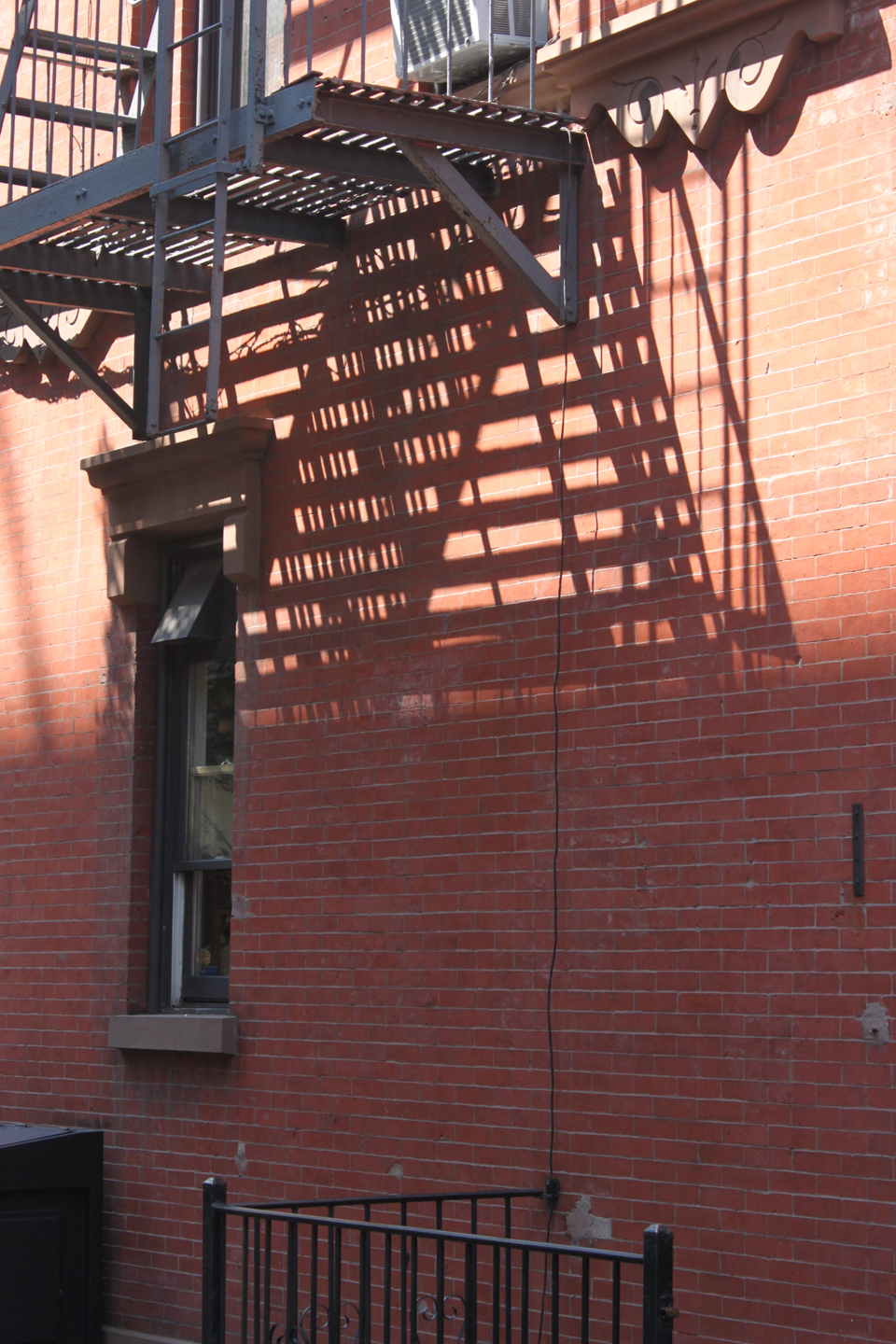

As intrinsically associated with Manhattan as fire escapes and pretzel vendors, New York’s yellow taxicab’s icon is rivaled only by the Empire State Building or the Statue of Liberty. But when Mayor Michael Bloomberg unveiled The Taxi of Tomorrow back in May, ending months of speculation as to the future of this ubiquitous presence on the city’s streets, he brought an untimely end to decades of sunshine-colored style and swagger.
Of course, you’ll still be able to hail a yellow cab, but a few years from now it won’t be a Crown Victoria with aged tires and temperamental brakes. Sure, the driver will still be a cranky foreigner who always insists on taking Sixth Avenue, but he’ll be behind the wheel of a Nissan NV200 minivan, the winning car in the city’s Taxi of Tomorrow design competition. The Japanese manufacturer beat out similar concepts from Ford and Turkish company Karsan, earning itself a ten-year contract to provide New York with some 13,000 taxis starting in 2013.
The NV200 is not New York’s first minivan taxi: similar designs were introduced as early as 1996. Since the 1960s the Taxicab and Limousine Commission has leaned heavily on the Chevrolet Caprice and Ford Crown Victoria, which for decades vied for fares alongside the iconic Checker, the last of which did not retire until 1999 (though production stopped in 1982). The current version of the Crown Victoria has become something of a classic in its own right, having been on the road since 1998. However, in the last few years an increasing number of alternative vehicles have joined the fleet: as of 2011 there are seventeen approved taxi models in New York City, some of which have hybrid motors, though the Crown Victoria still represents 60% of all New York cabs. Aside from offering a smoother, comfier ride, it has endured precisely because it looks and feels like a taxi should. Unfortunately Ford retired the model earlier this year, hence the need for a replacement.
Crossing 23rd Street near Madison Square Park today I happened upon a public display of the Nissan NV200, a pop-up exhibit located in the shadow of the Flatiron Building, in the new pedestrian area that until recently was part of Fifth Avenue. At first sight, the winning vehicle appeared to possess one fatal flaw: nobody will want to be seen dead in it. An awkward oblong with an extra-high ceiling and sliding doors, the car belongs in the kind of suburban town people once came to New York to flee from. By 2019 all New York taxis will be the NV200, which already looks set to go down in history as an eyesore on the city’s roads and a running joke among New Yorkers — though in an unfortunate twist its imminent ubiquity will mean the joke is on them.
The NV200 has sparked further controversy over the fact that this state-of-the-art vehicle is inaccessible to disabled passengers. Naturally, the city is keen to draw attention to the taxi’s partial-electric motor, high fuel efficiency and host of revolutionary features, which include a panoramic sunroof throughout the whole back seat, passenger airbags, anti-bacterial non-stick seats, independent passenger climate controls and passenger charging stations –- one outlet and two USB ports.
This list of specifications is indicative of how New York’s priorities have become skewed. Yes, we live in a fast-paced city that supposedly never sleeps, but who needs to plug in a laptop and charge an iPhone in a taxicab? The fact that we have convinced ourselves otherwise says everything about our disengaged, entitled society and the people running it. Though it may have nothing to do with the New York we think we know, the unfortunate reality is that the Taxi of Tomorrow is perfectly in keeping with the New York of 2012. This is just the latest episode in Mayor Bloomberg’s corporate crusade to eliminate character and individuality from the street and transform the city into a luxury playground destination for the rich and famous (or just plain rich).
After an initial plan to equip all taxis with hybrid engines was quashed, in 2008 New York cabs were given a fresh look, including new door decals (which replaced the old stenciled “N.Y.C. TAXI” lettering) and an official logo. Created by Swiss graphic designer Claudia Christen, the new branding even featured handy instructions on how to hail a cab, in the form of a stick man with his arm raised.
The first sign that taxi rides themselves were to be disrupted was the 2008 mandate for the insertion of a small television screen into the backseat, a pointless and universally despised device with a particularly rebellious touch-screen OFF button. Its presence ensures that each passenger is routinely greeted with the jolting theme from ABC’s Eyewitness News moments after getting comfortable. Admittedly, there are few places left in the world that televisions have yet to infiltrate, but this so-called Passenger Information Monitor (or PIM, as nobody calls it) conveniently doubles as a credit card payment machine whose functionality rate tends to hover just above fifty percent. Of course this will all seem quaint once the NV200 has rolled into town, complete with its 15-inch television screen, suggesting it perhaps also offers a choice of the latest movie releases on demand.
Unwanted accoutrements notwithstanding, for me the New York taxi experience has yet to be tarnished. My favorite thing about riding in the backseat of a cab is that you are treated to so much of the city and so many aspects of urban street life — not to mention myriad architectural marvels if you sink in your seat — flying by in a matter of minutes. But many are oblivious to what’s whizzing past their window, and miss it all because they’re too busy consulting an app to tell them the quickest route to the Bowery Hotel.
I remember the first time I walked out of JFK Airport and stood in line for a taxi to take me to Manhattan. That cab ride was and remains the most intensely memorable one-hour car journey of my life. But if I’d been asked to step aboard a Nissan NV200 I may have opted for the subway. I’ll never forget the sense of power I felt when I hailed my first cab one evening on Central Park South. I still take great comfort in watching the endless, steady stream of taxis gliding down the Avenues at night. Today the few Checker Cabs still running on Manhattan’s streets are used to advertise banks or chauffeur newly-weds, but on the rare occasions when I spot one — parked on a shady street or speeding uptown — I can never quite believe my eyes. It’s like a glorious dream.
Years from now, when the Taxi of Tomorrow has become the taxi of today, immortalized in a thousand movies, will it provoke a similar emotion? Or will people be turned off by the predictable mirror-image of their own suburban existence? New York’s rapid transformation over the last ten years has the potential consequence of coming full-circle: sooner or later the city will finally stop being desirable for the precise same reasons it became desirable (again) in the first place. It will have become too safe, too clean, too un-different. Maybe then — and only then — they’ll bring back the Checker.